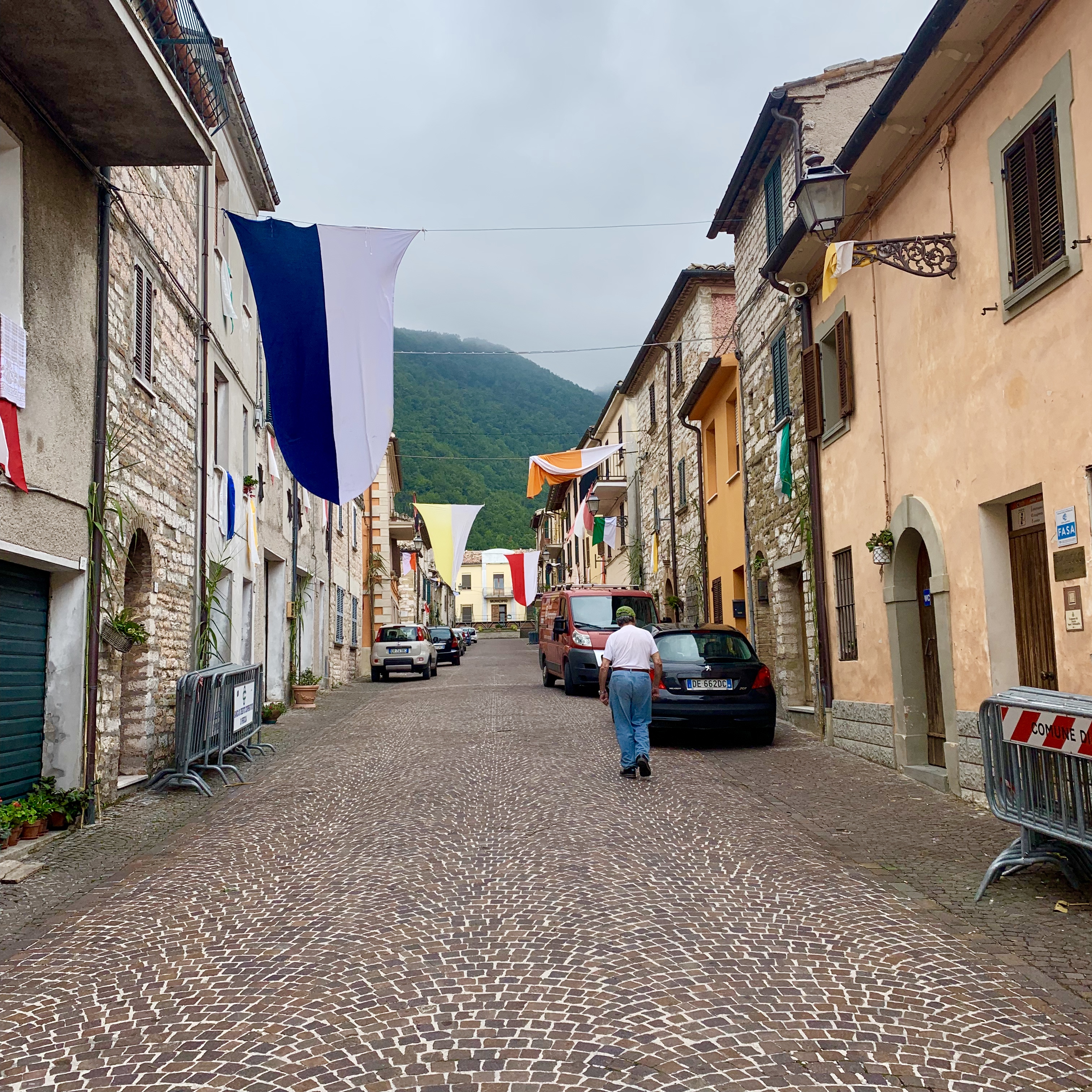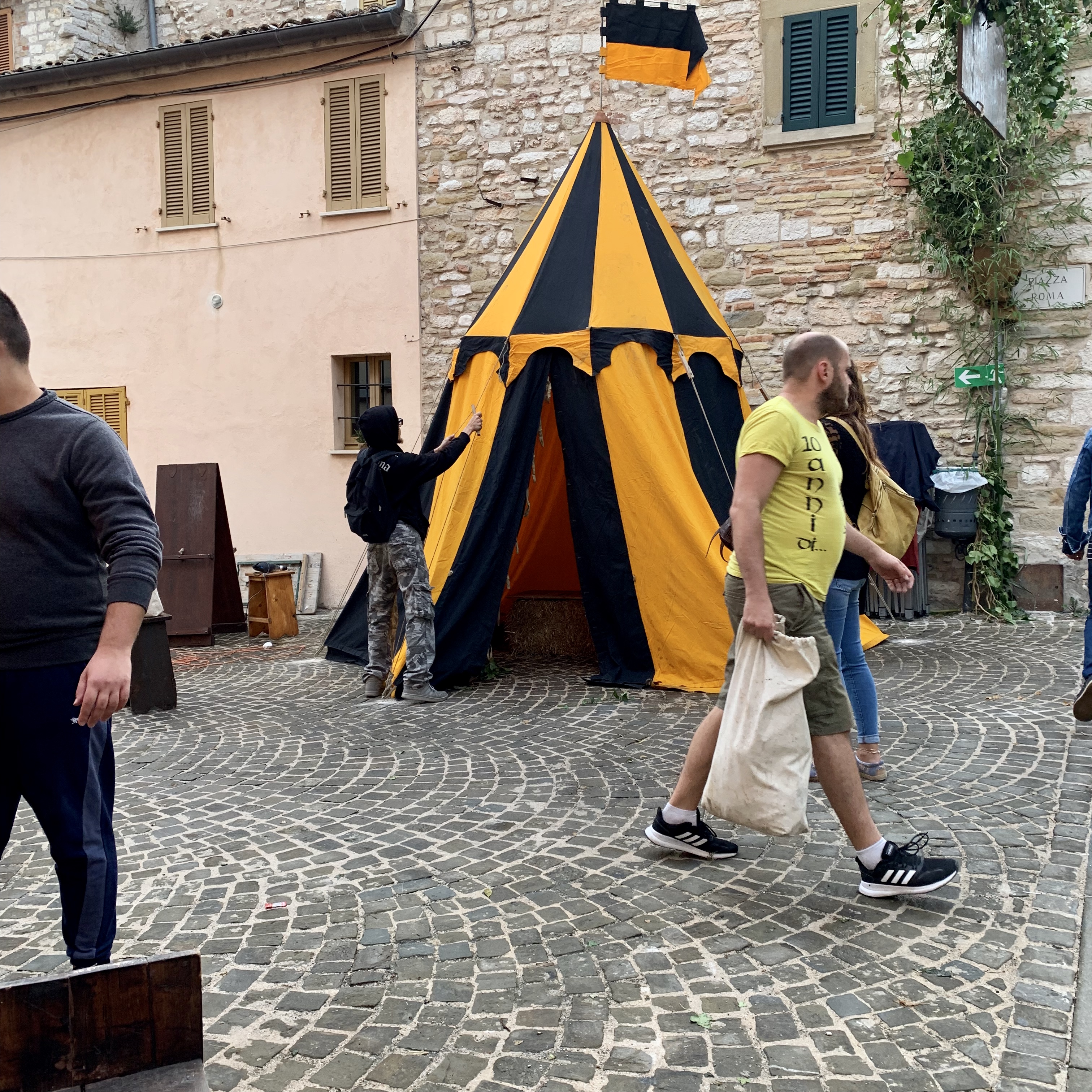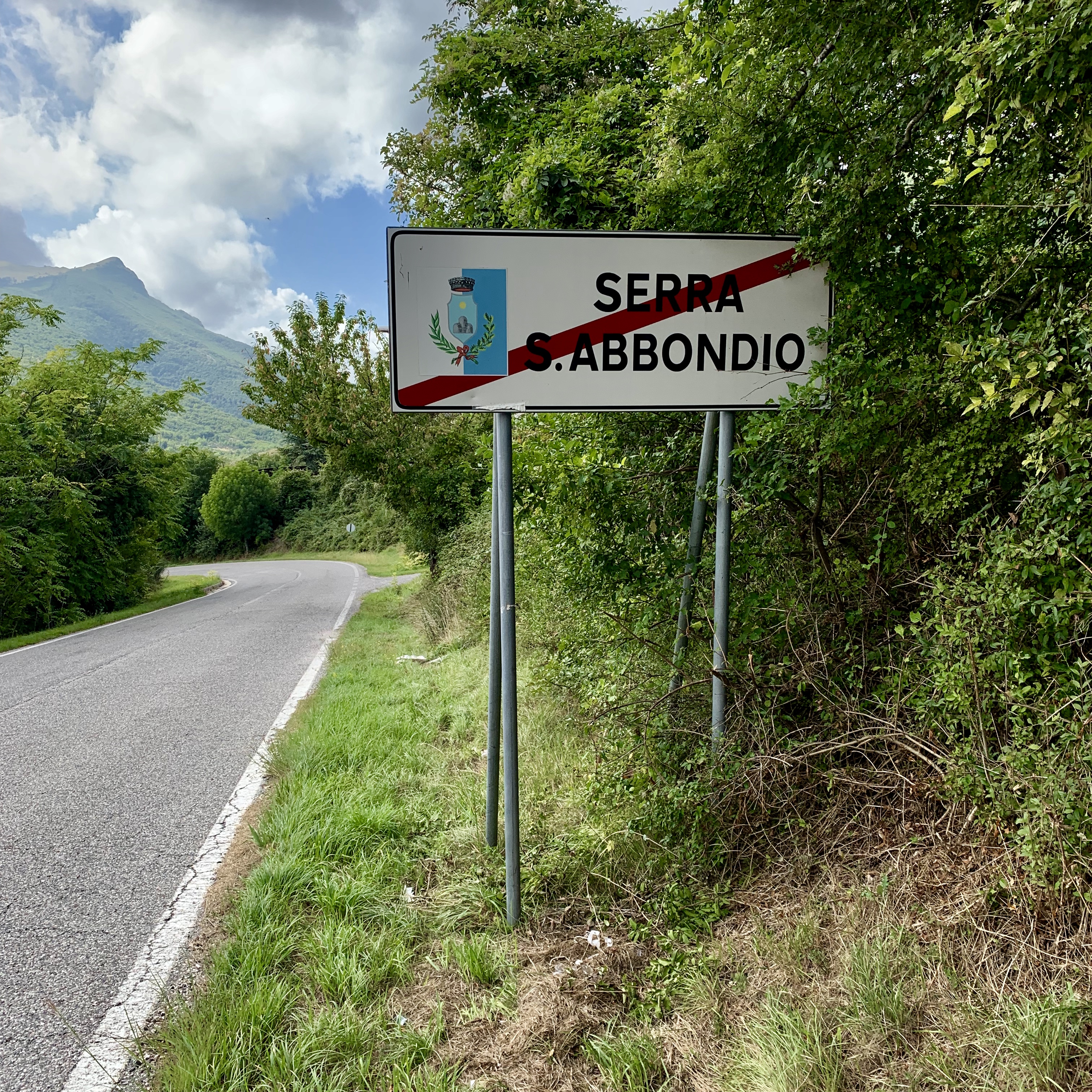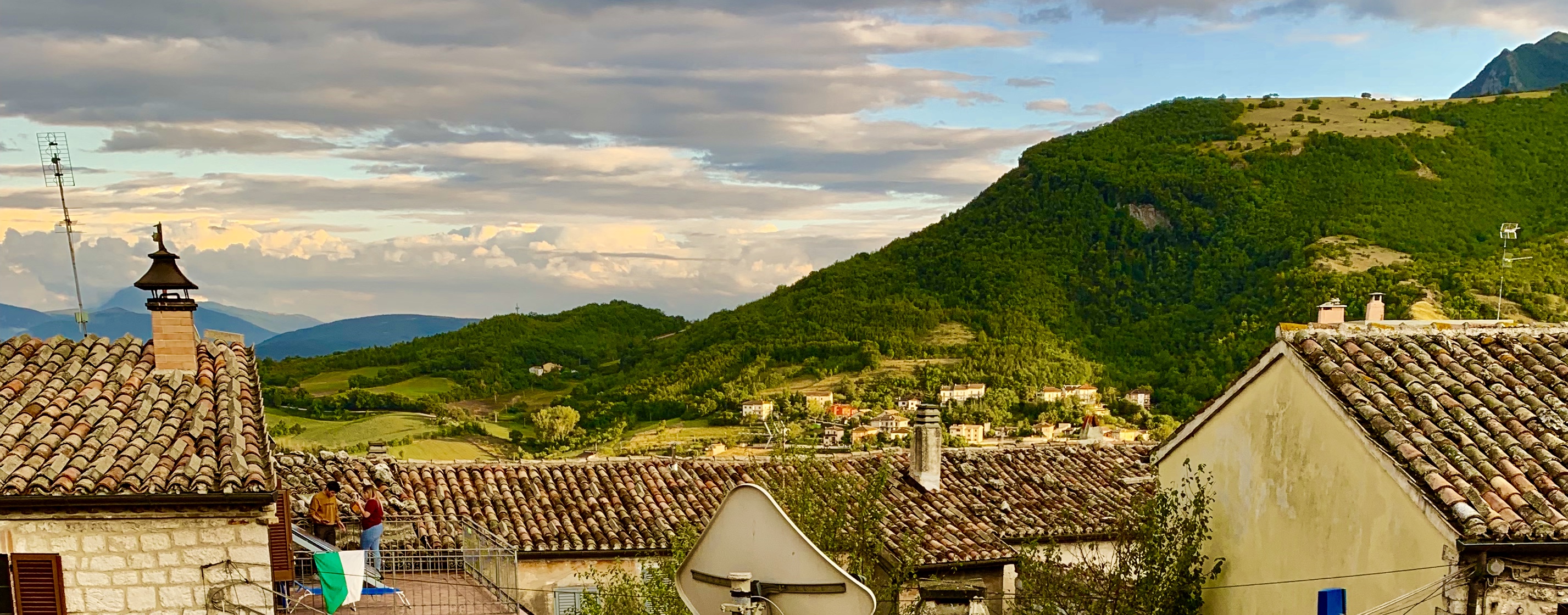03-10 September 2019
We are in our last week in Serra. The town is filled with preparations for the Palio della Rocca, the annual three-day medieval pageant. Adriana and Gino Secondo arrived Wednesday, very tanned, making a special trip from their summer home on Sardegna. They will return to the island until the end of the month before coming home to Rome.
After nearly a month here, we are more entrenched in Italian culture, seeing familiar faces every day at the bakery, at the bar, and on the street. Introductions include responses such as, “Oh, you are the Americans,” or “My father and your father were good friends when they were young,” or “Is this your first trip to Serra?” (No. Robert has been here nine times, Bonnie four.)
We managed a few excursions in the past week including trips to several abbeys, a fortress, a small-town mercato, and Pascelupo and Coldipeccio (about the most remote place around here and the ancestral hometowns of the Mattei family of San Mateo).
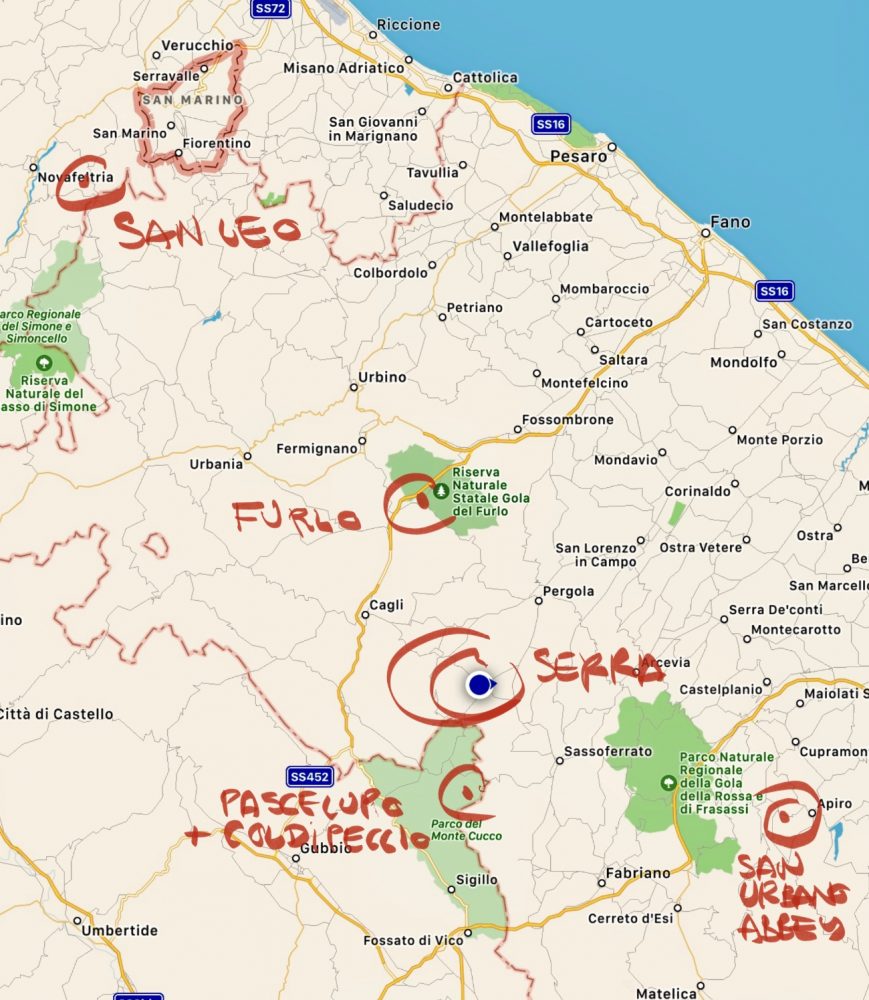
Saying goodbyes
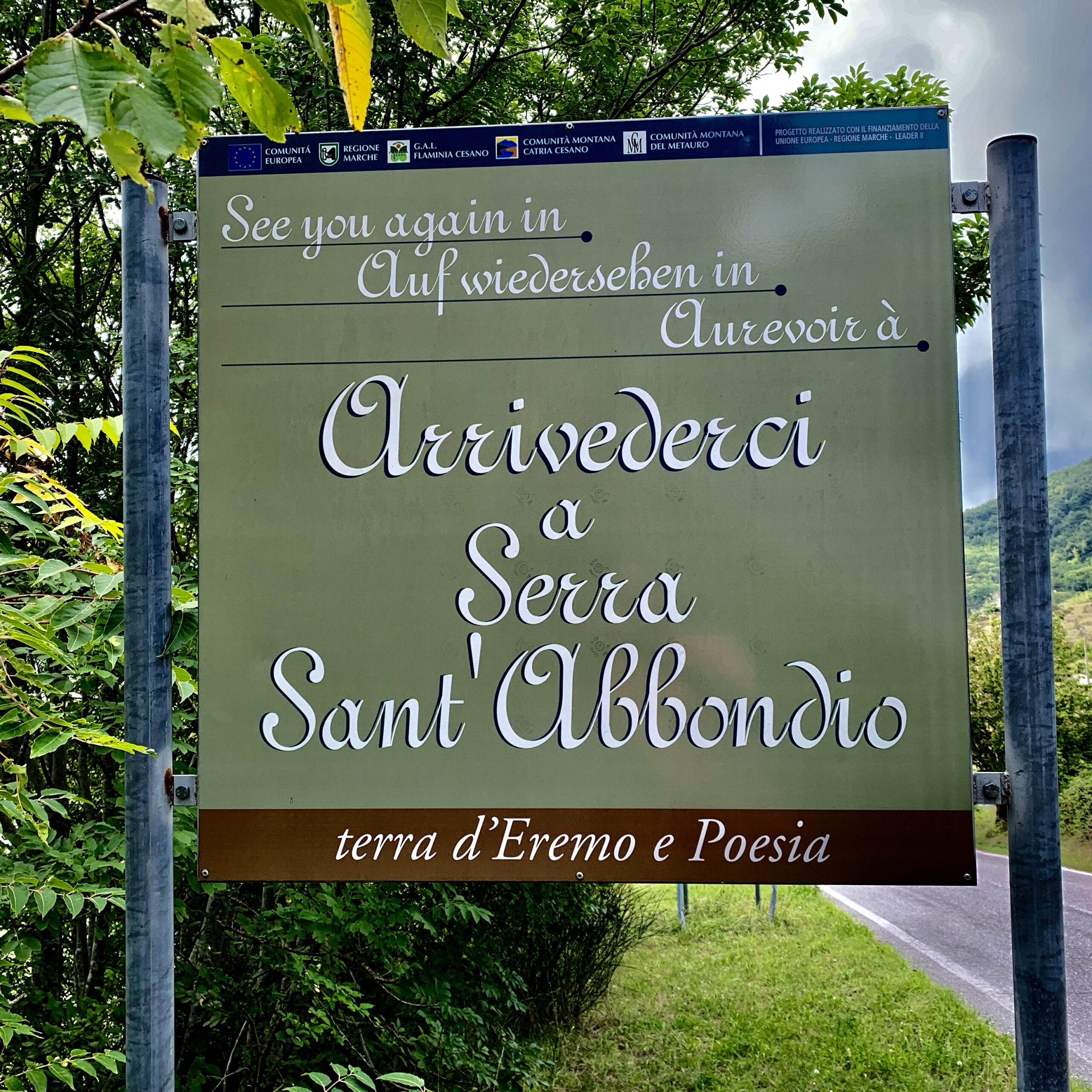
Italians take their goodbye ritual seriously. After a social gathering with friends or family, no matter how large, you must connect with each guest, say a few words, and deliver two cheek kisses. (First lean right, then left. Touch cheeks. Not lips to cheek.) You must complete the sequence with every person, even if you barely met them. A quick wave from a distance is not adequate. Bonnie learned this after a large family lunch at an elegant restaurant. About 10 minutes after we returned to our home base, the doorbell rang. One of the guests did not have a real goodbye with Bonnie and drove to the house to complete the task properly! As soon as it was done, he drove off.
Do the math. Many of the special family meals we have attended are for about 12 people. So you deliver two kisses to 11 people for a total of 22. All 12 guests deliver these 22 kisses, so the total is 244 kisses. (Unless you divide by two, but I won’t.) Sometimes the goodbye ritual is delayed by extended conversations, making plans for the next event, waiting for cars, or whatever, so some of the goodbyes may need to be repeated a second time. More kisses. And most likely the guests greeted one another at the beginning of the event with a similar number of kisses. A Midwesterner reels at all this public affection. But bravi to the Italians.
From the Past–1973
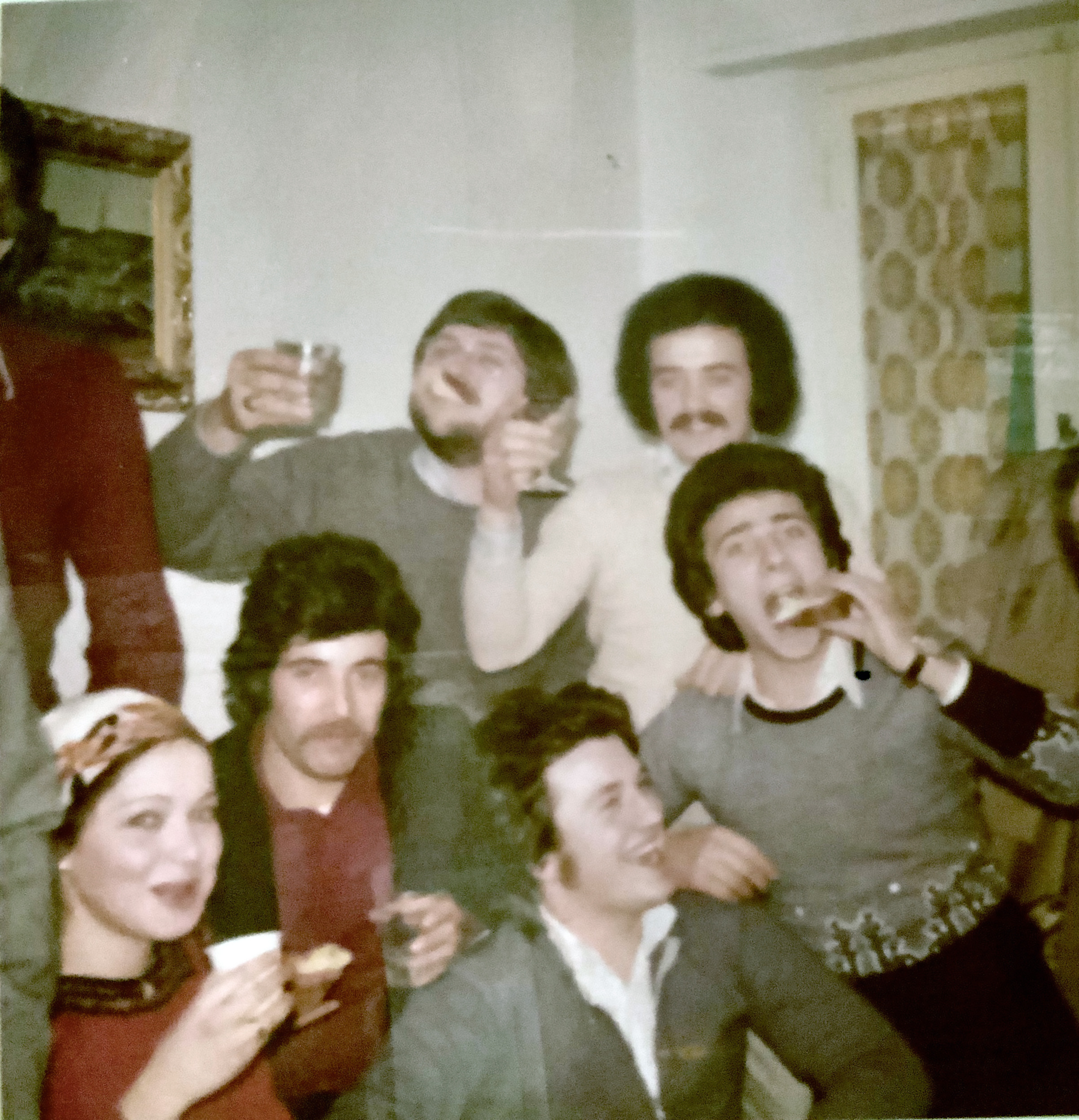
“Last” Letter from Salvini
When Robert received his official Italian Carta di Identita in the mail, he got what is probably one of the last letters signed by Matteo Salvini as Italy’s Minister of the Interior. (Think Trump in Italian.) Because of Salvini’s political maneuvering in hopes of becoming prime minister, the government collapsed immediately afterward. But Salvini has been excluded from the newly formed government coalition.
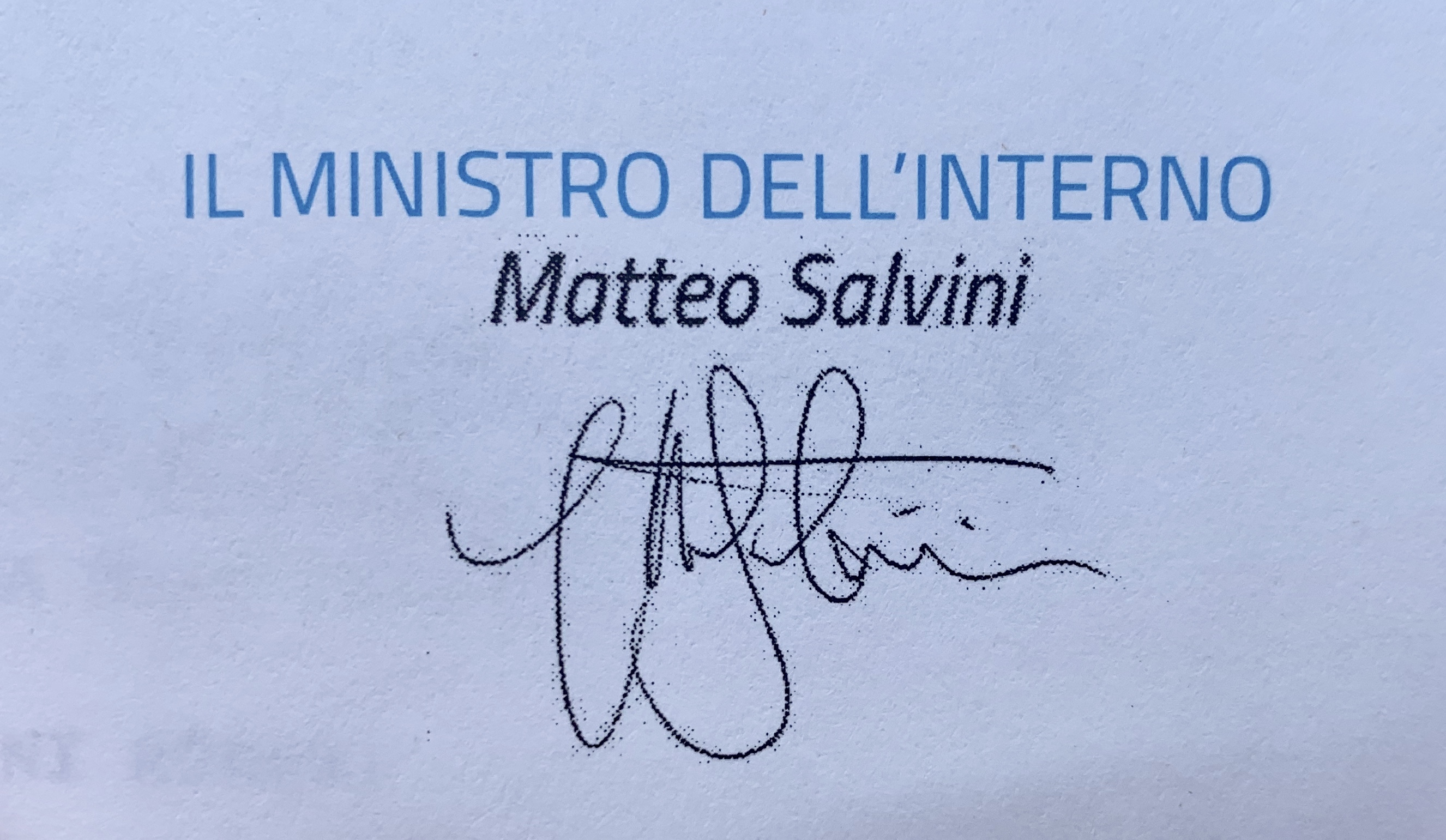
San Leo
Robert had heard of San Leo, but is not sure how, where, or when. Probably a brochure. We knew there was a fortress about 1.5 hours from Serra, and we had the day free to explore. Rain and thunder accompanied us for most of the drive. The journey culminated on a road that wound around the bottom of a cliff and up a steep grade. On top was the town of San Leo with the fortress peering down from above it.
We were surprised and delighted by what we found—a magnificent, intact fortress designed by Francesco di Giorgio Martini, the same guy who designed the long-gone fortress at Serra. The fortress, atop a summit with remarkably steep sides, is complete with several parade grounds. Martini designed many projects like this for the Duke of Urbino around 1500, before Cesare Borgia invaded the region. The views are great, including a glimpse of San Marino. We learned that the asymmetrical angles in the layout of the walls respond to the need to defend the weakest points, for example, where the hillsides are not as steep and the enemy might climb up. We now want to study more about medieval warfare. The museum in the first contains many rooms, some used by the Duke of Urbino on his visits, a prison with torture instruments, and one room outfitted with an extensive display of rifles and guns. The text and diagrams in each room were very good.
Although cloudy with a little rain when we arrived, the day turned out to be sunny. The clouds in Le Marche are always remarkably beautiful. How can they be different from the clouds in California? We stopped at a small restaurant in the town before we headed back. San Leo is definitely worth a visit.
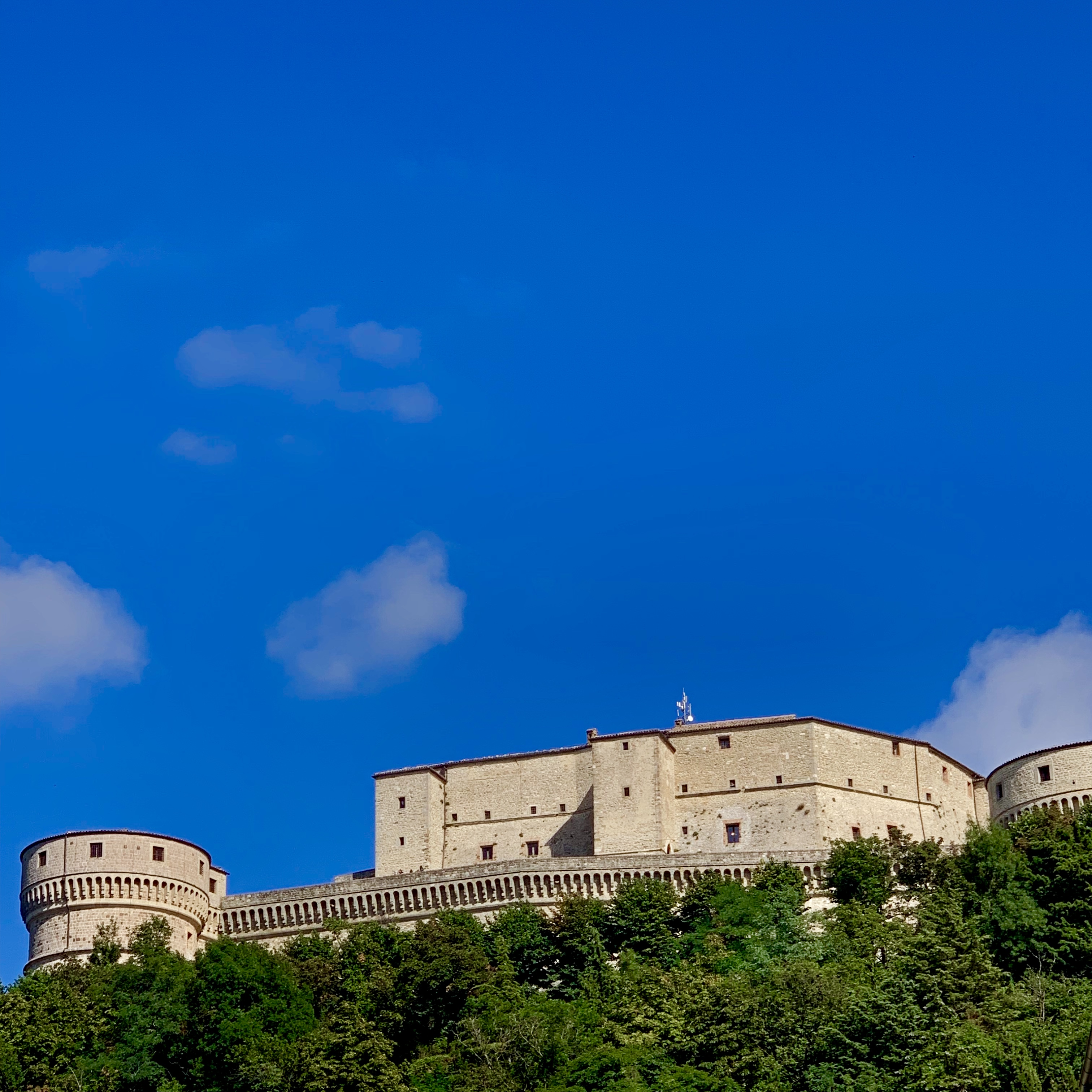
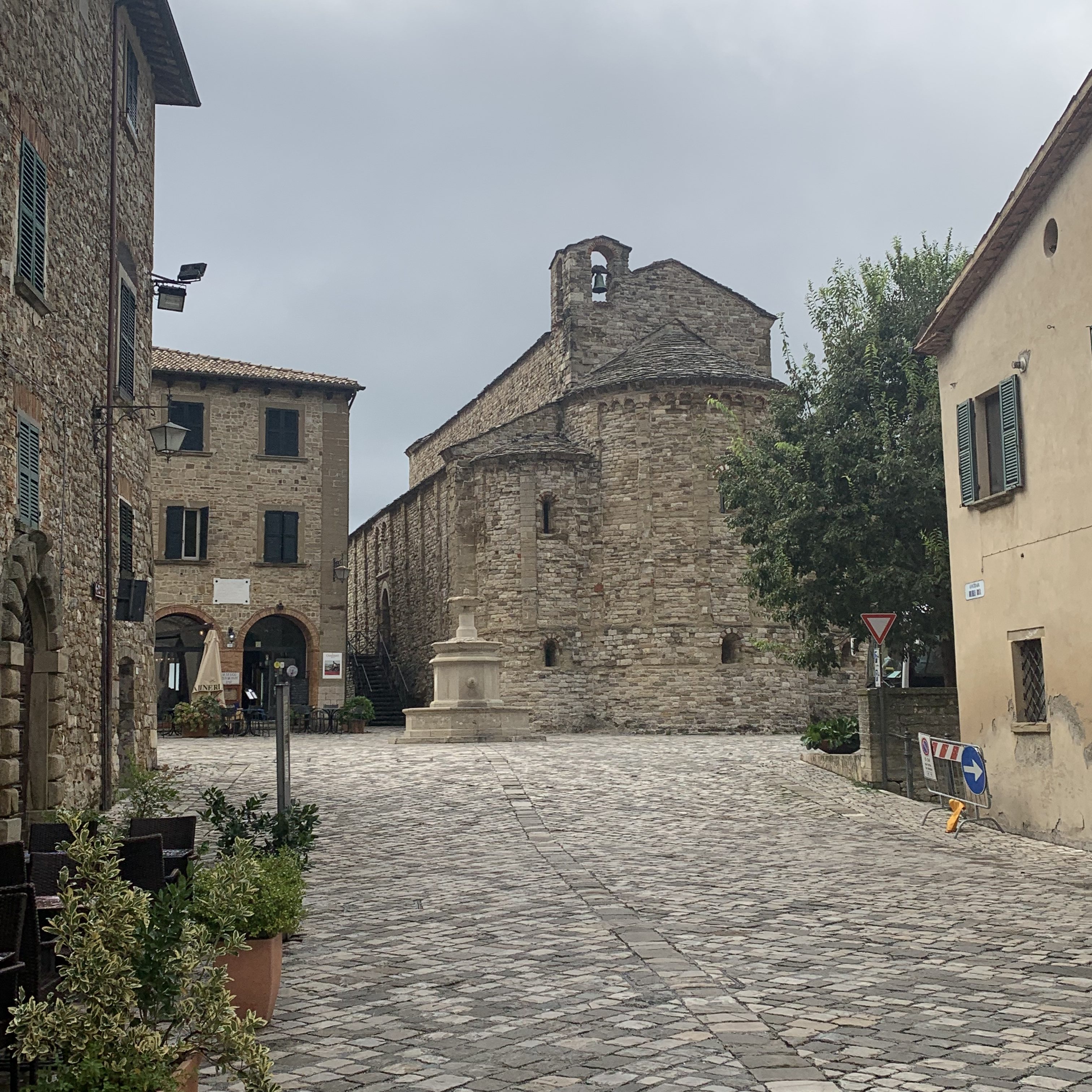
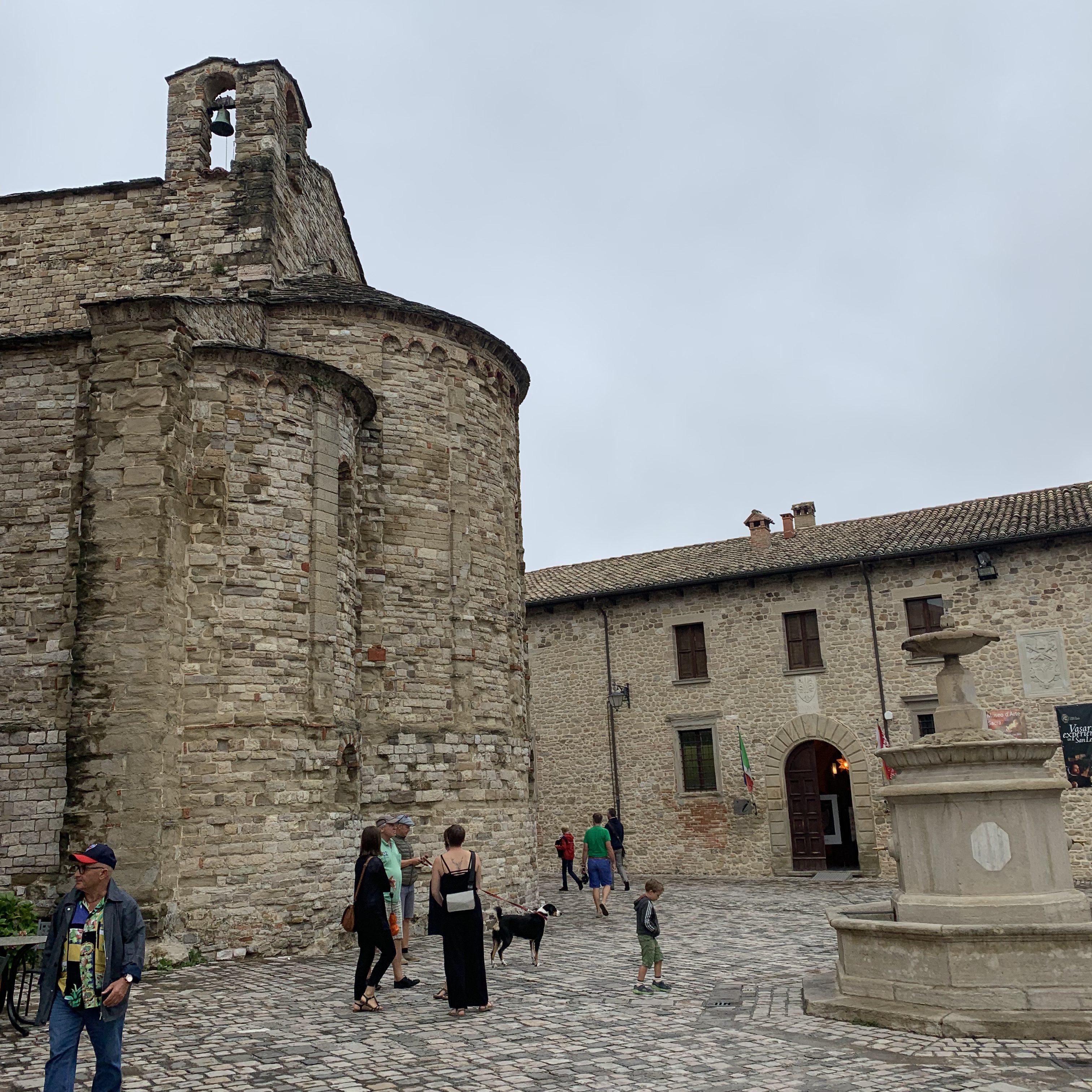
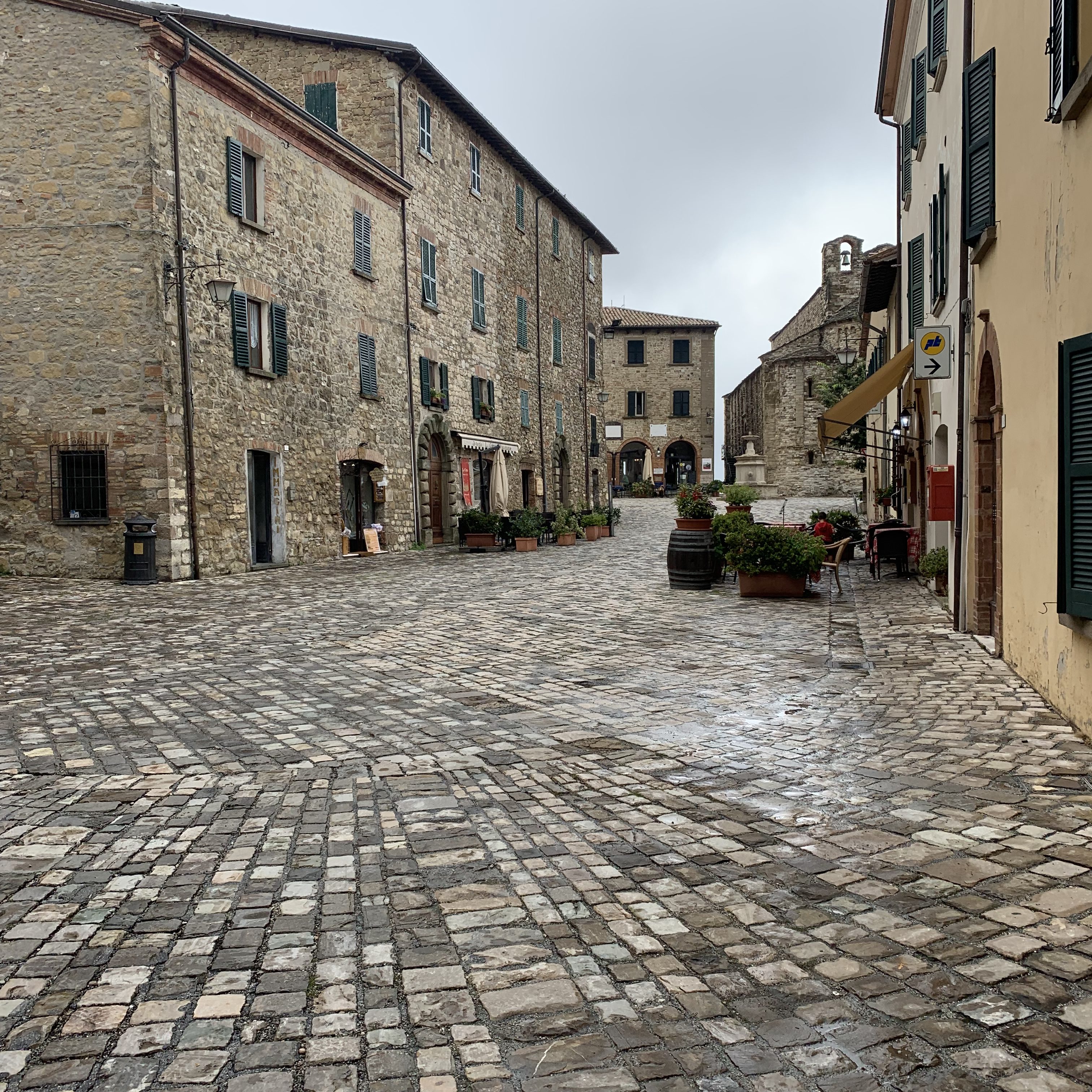
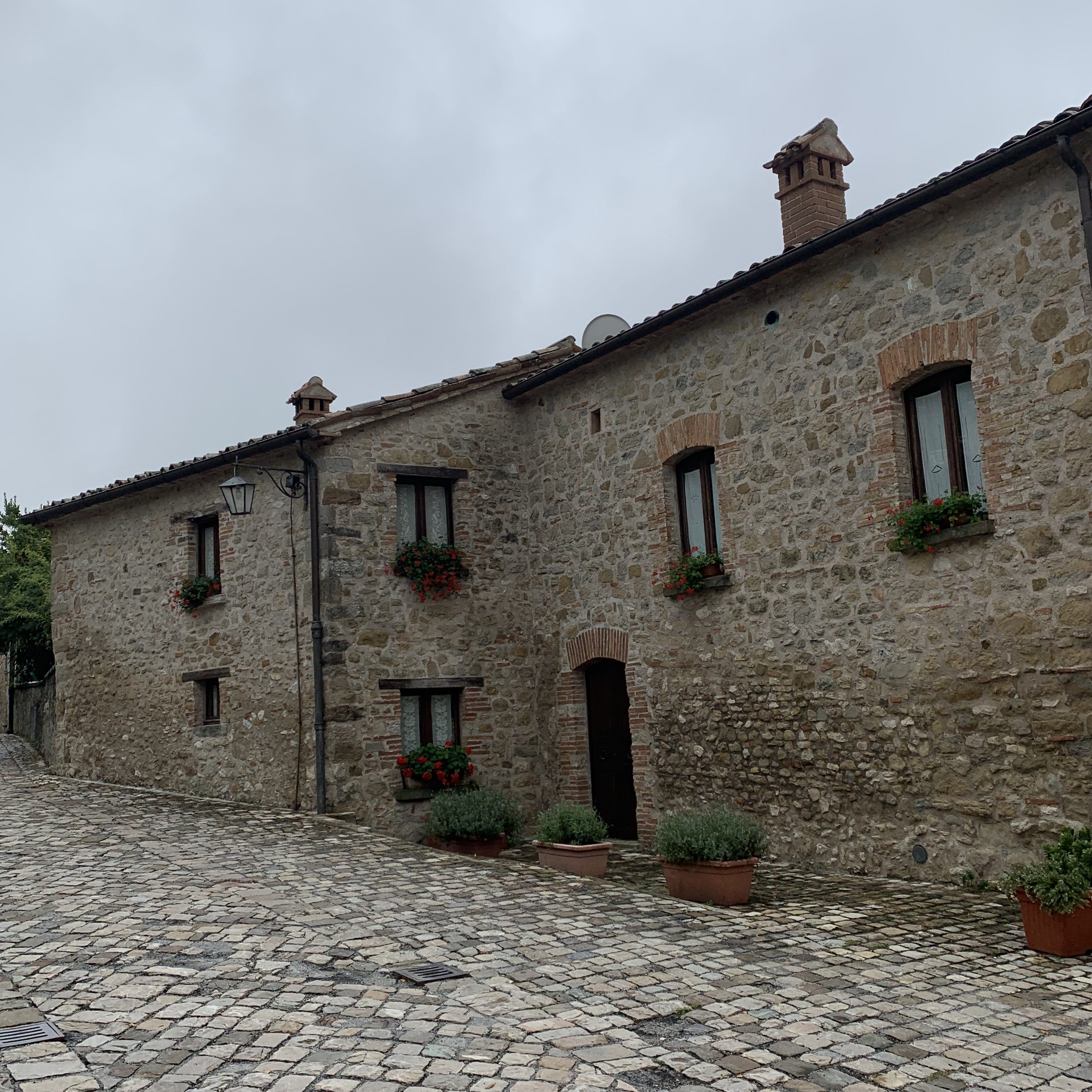
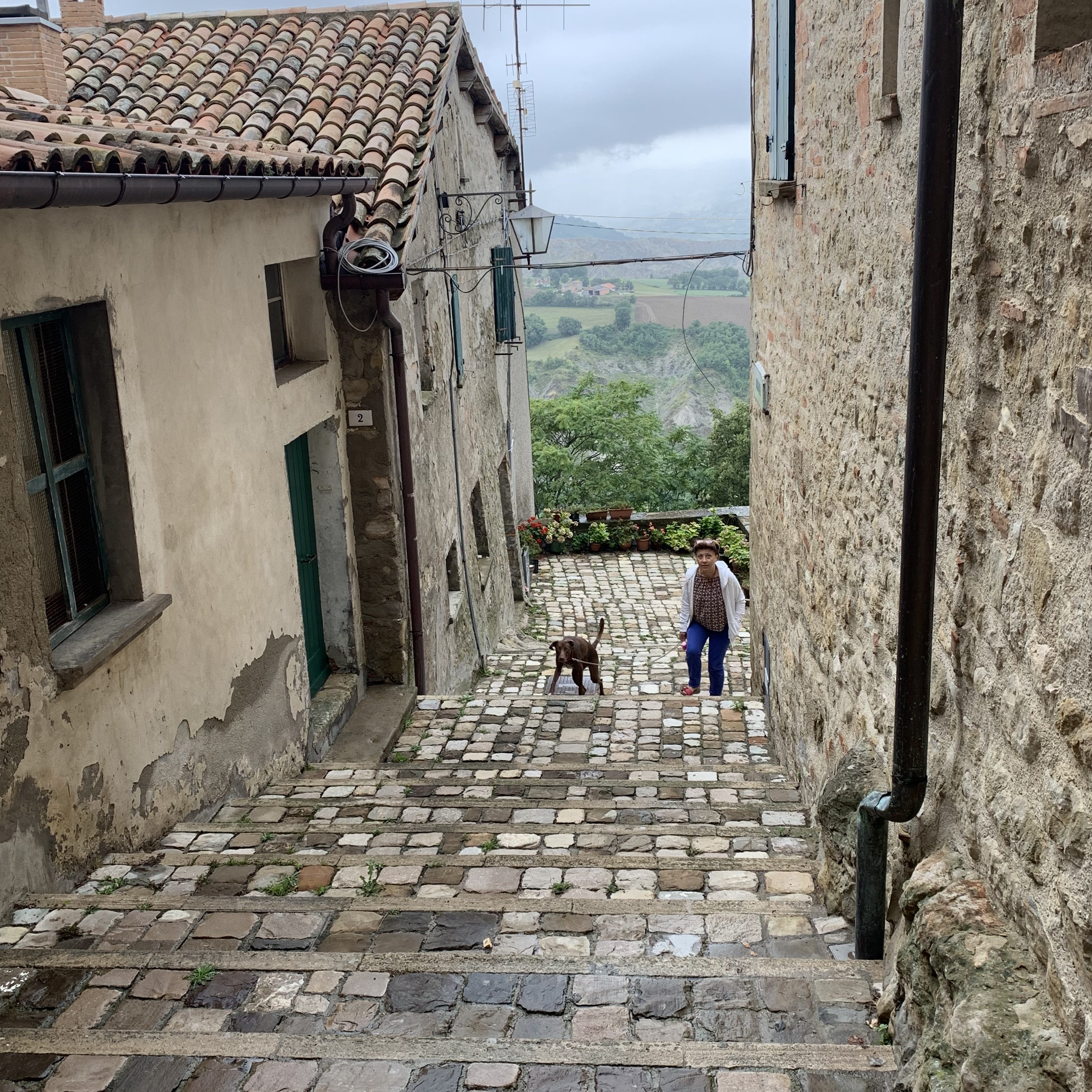
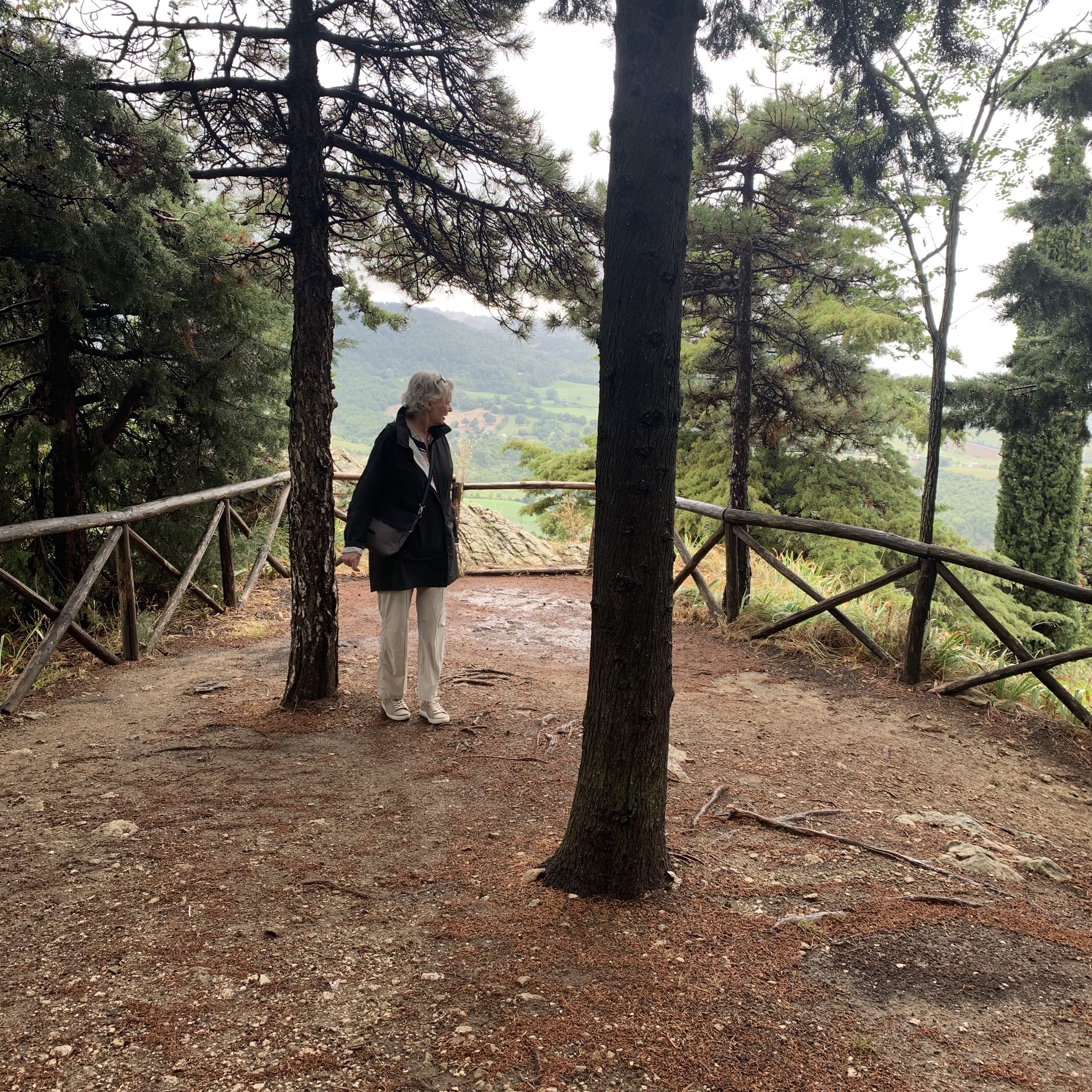
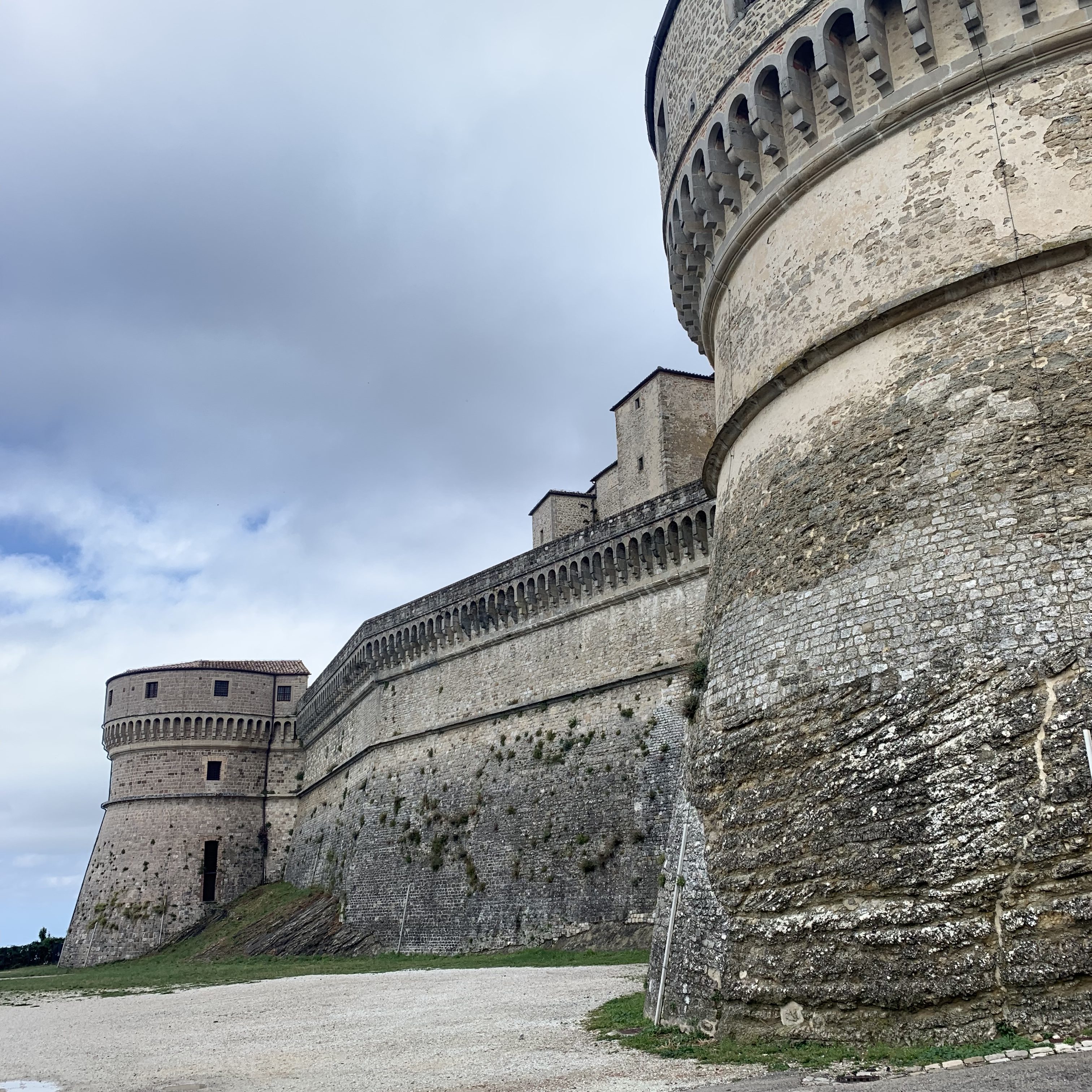
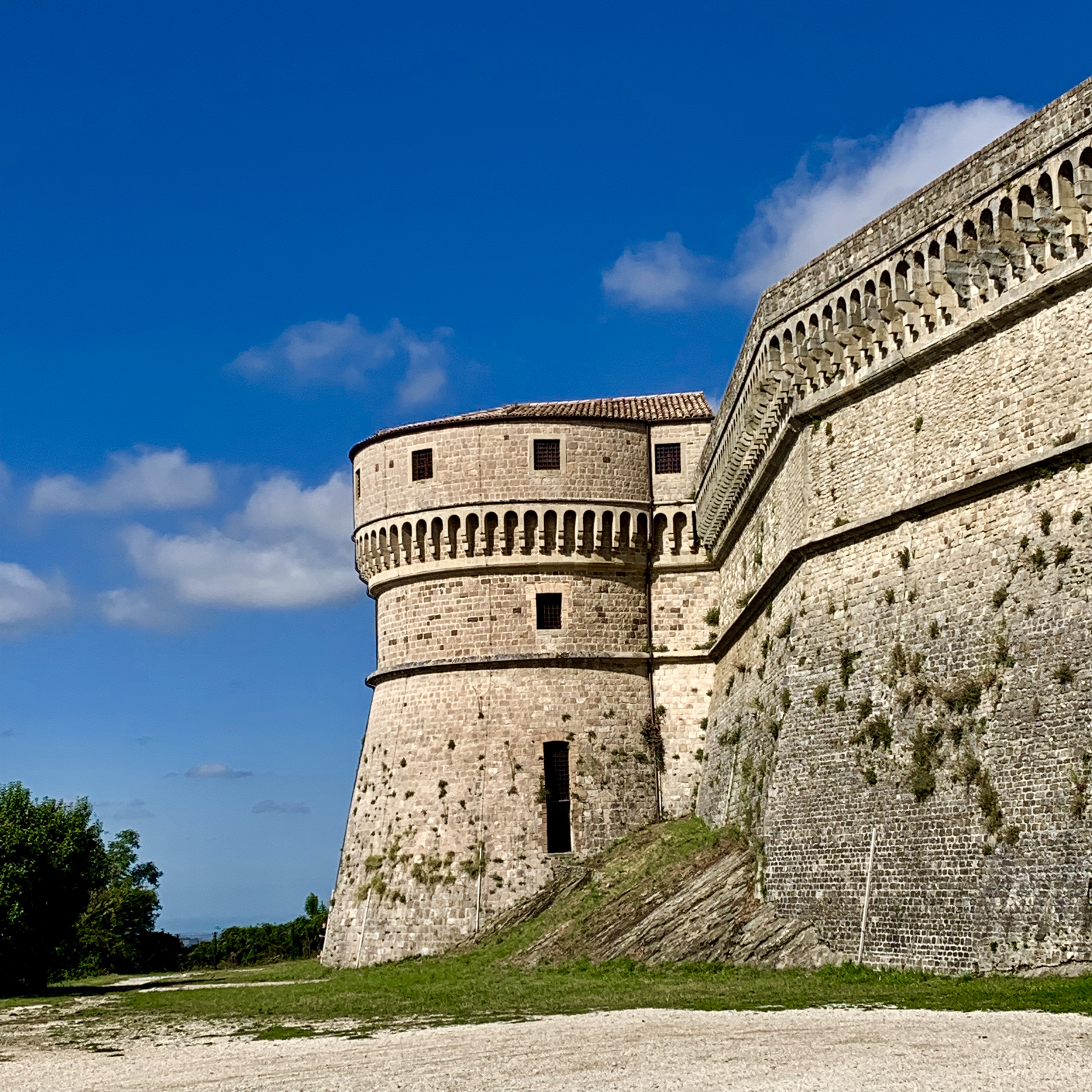
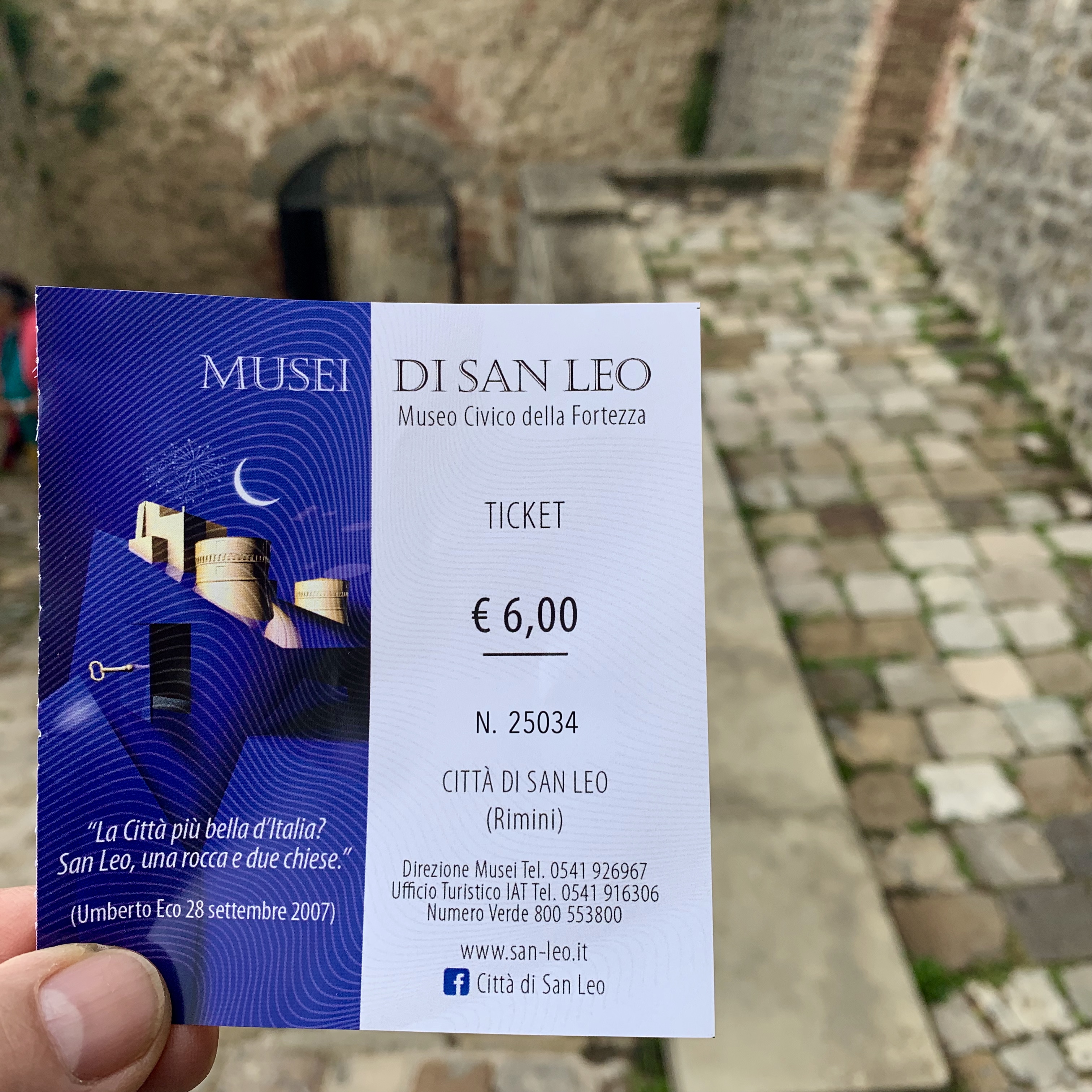
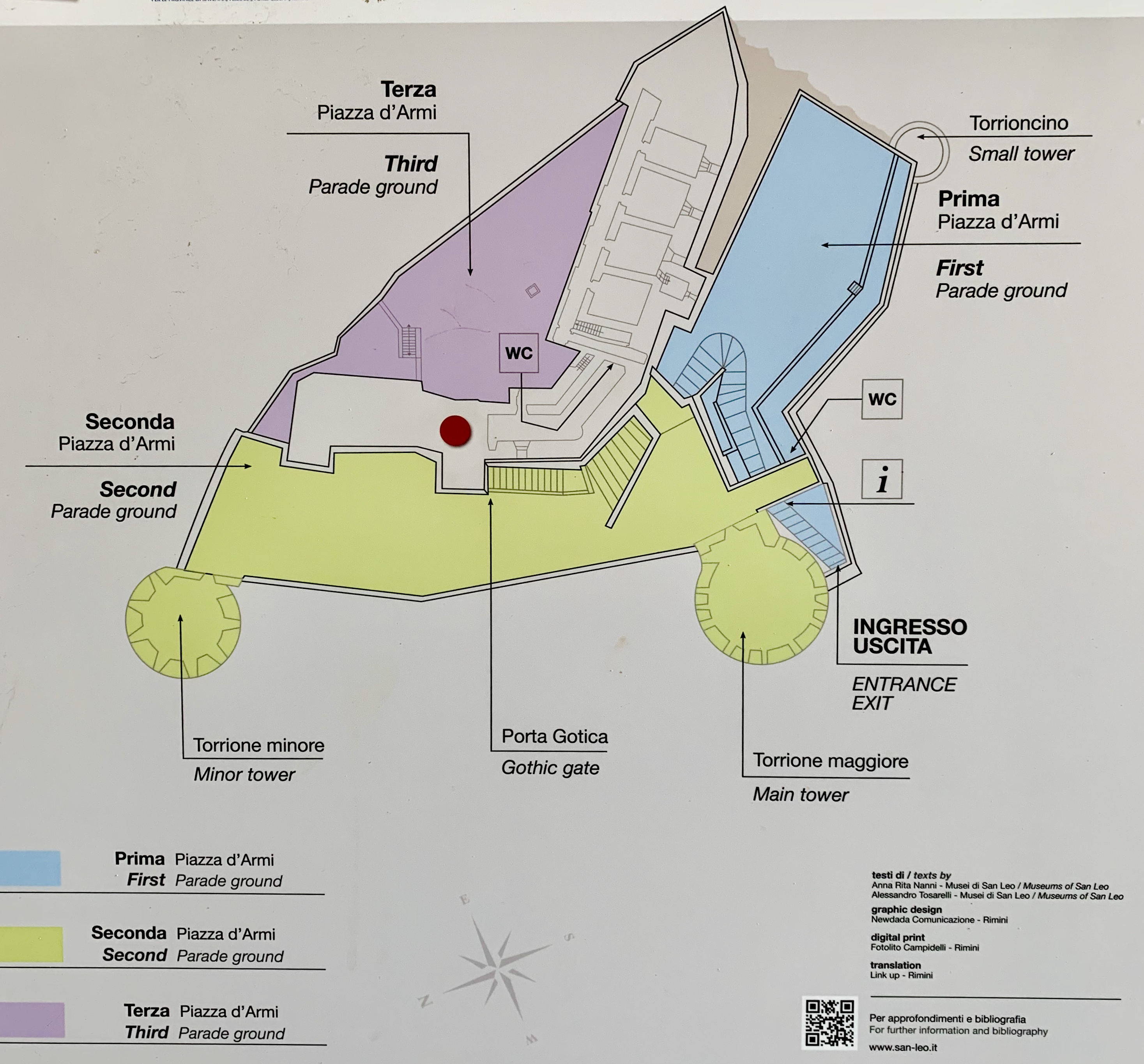
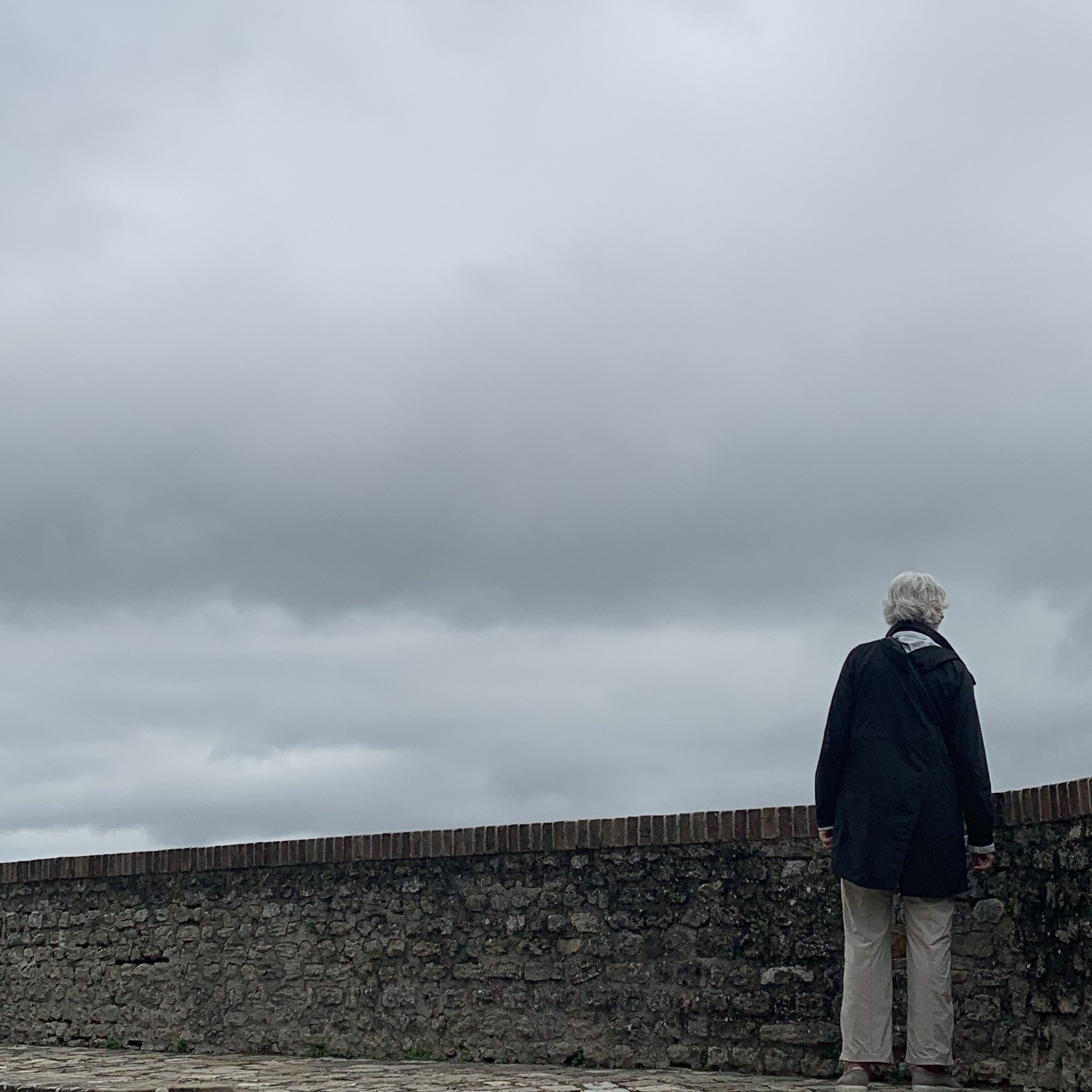
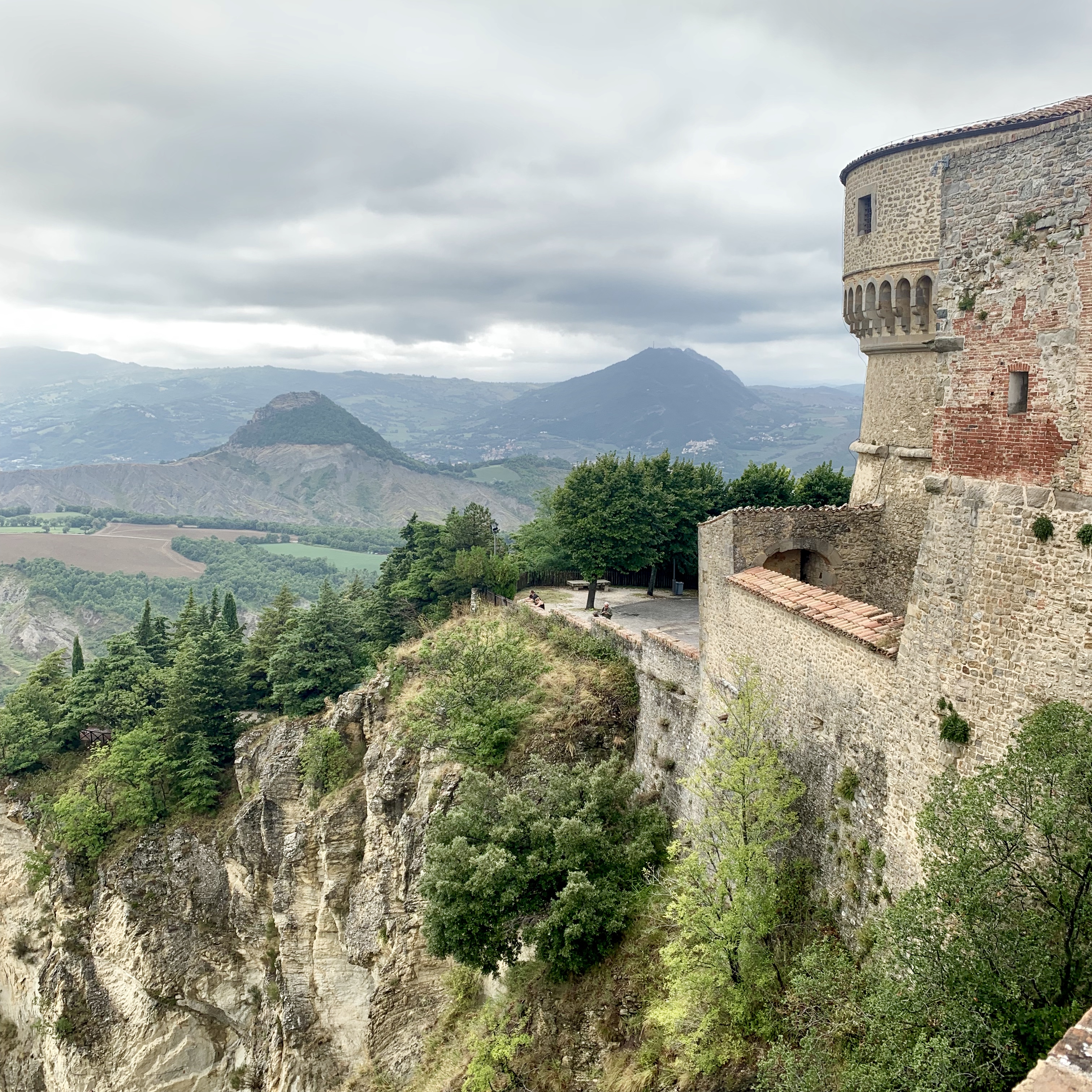


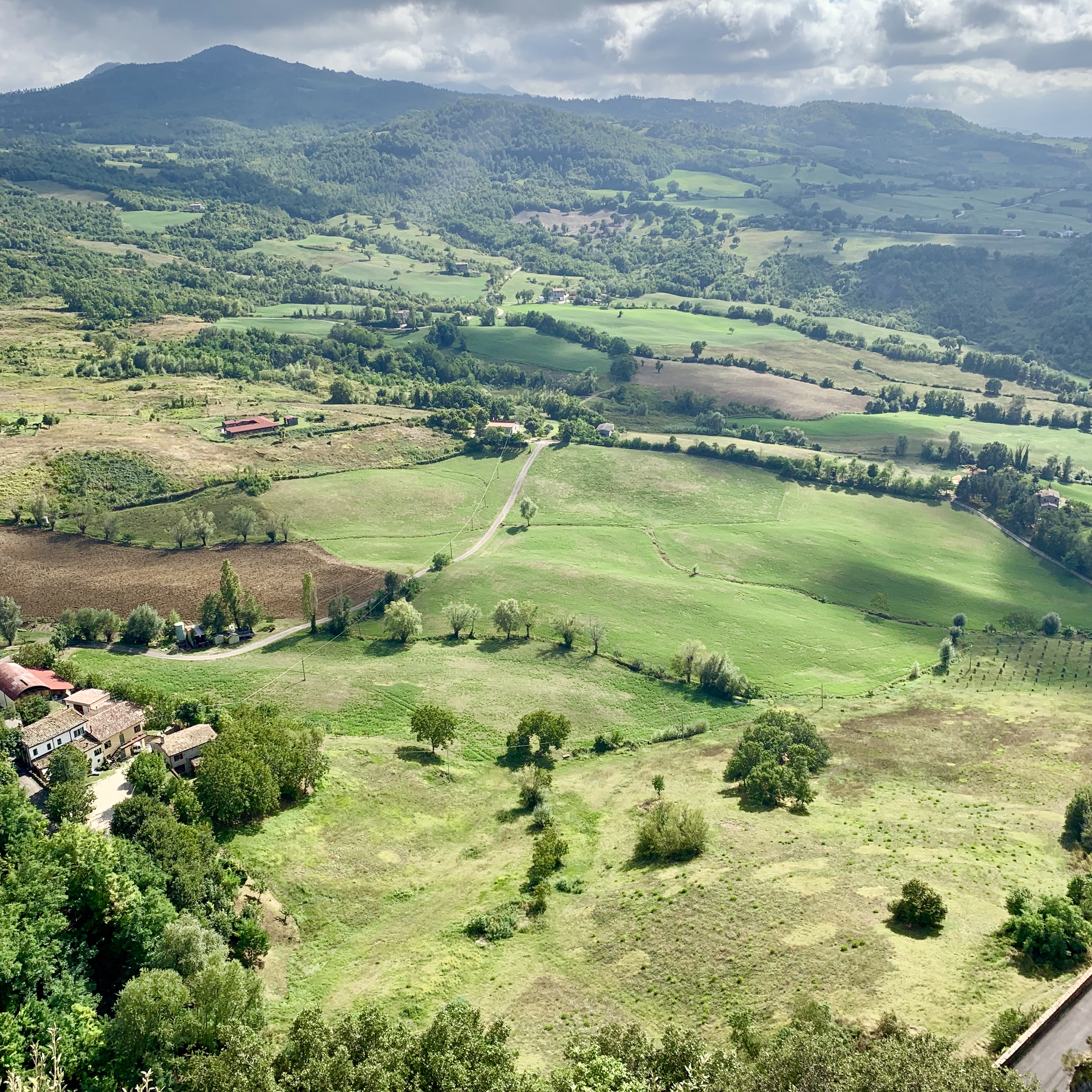
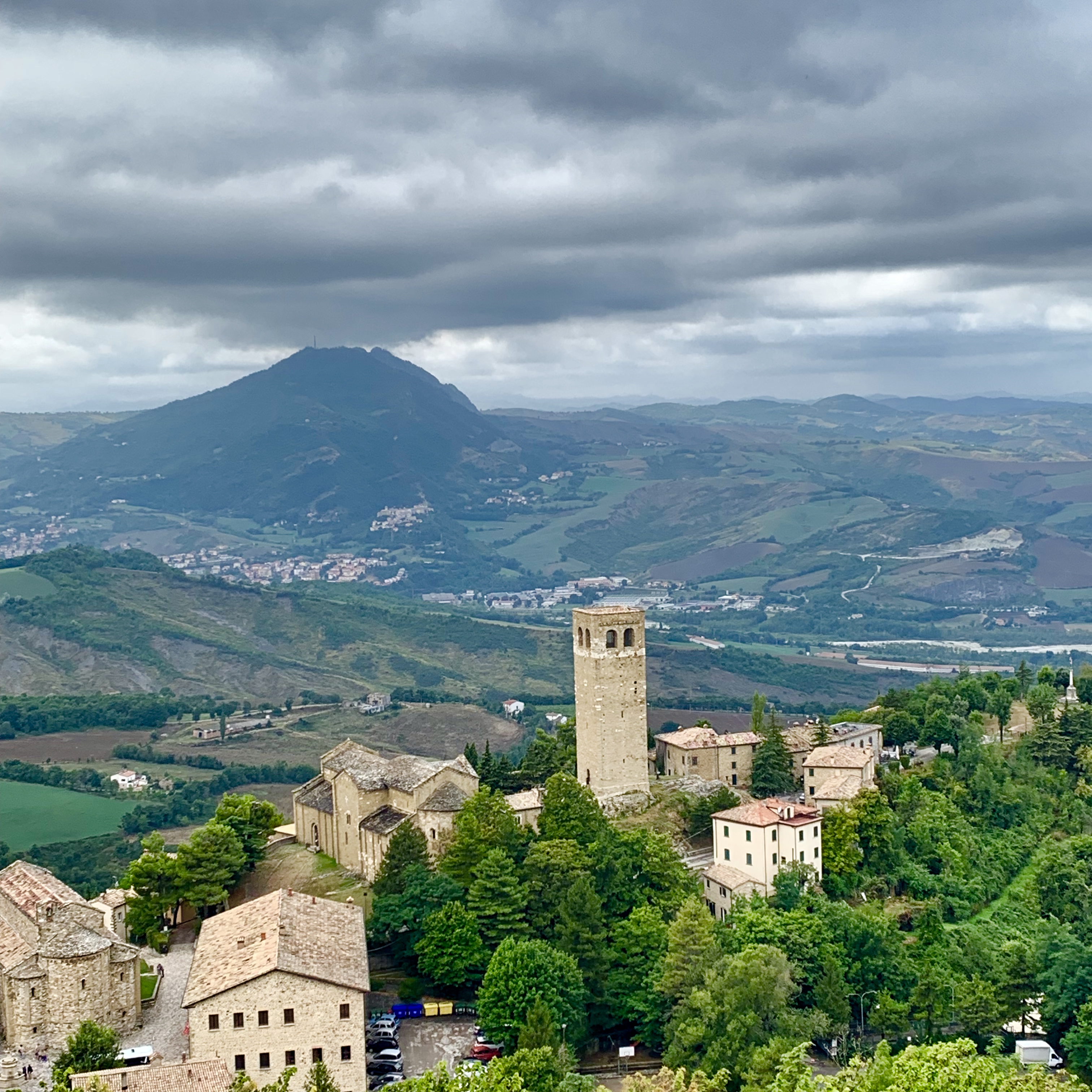
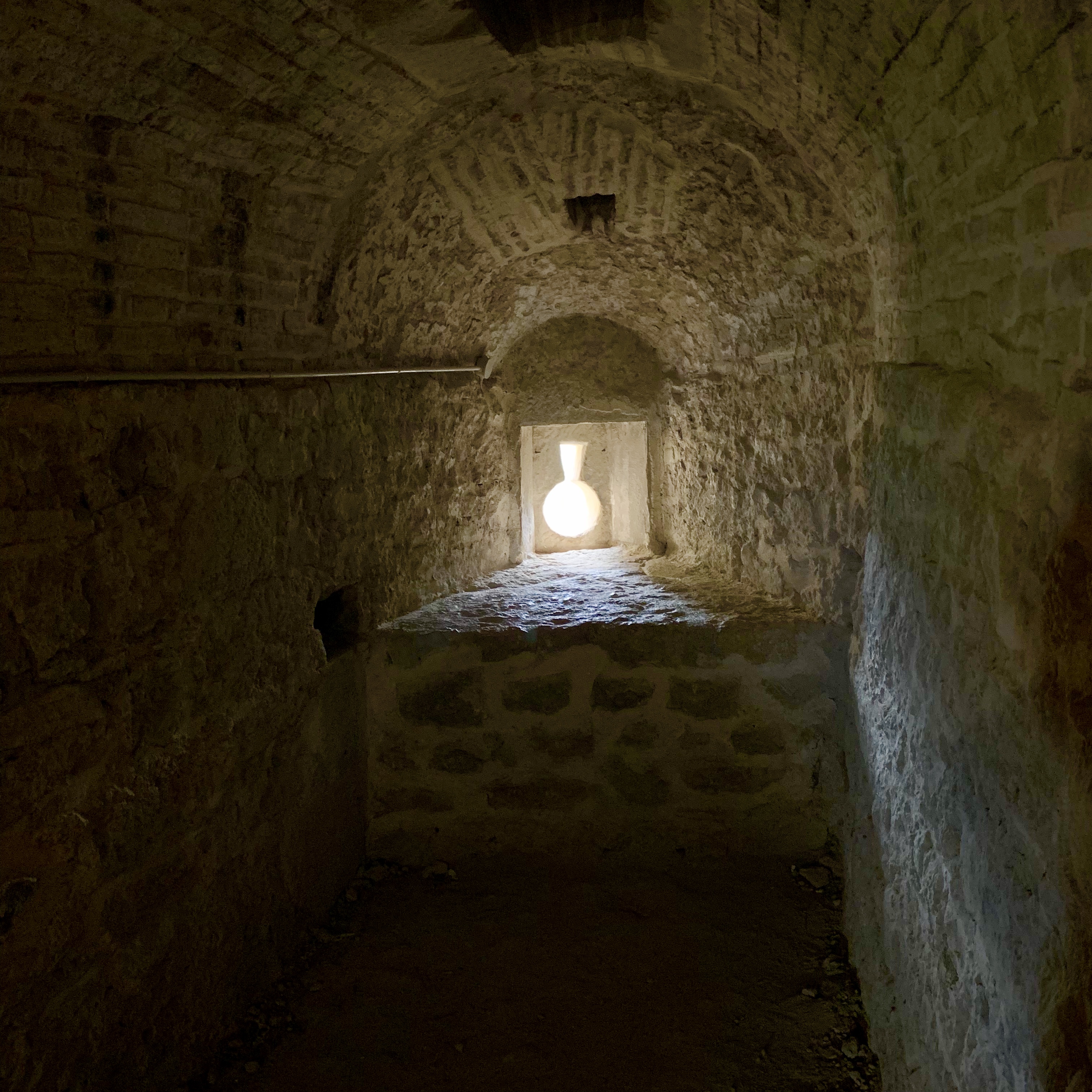
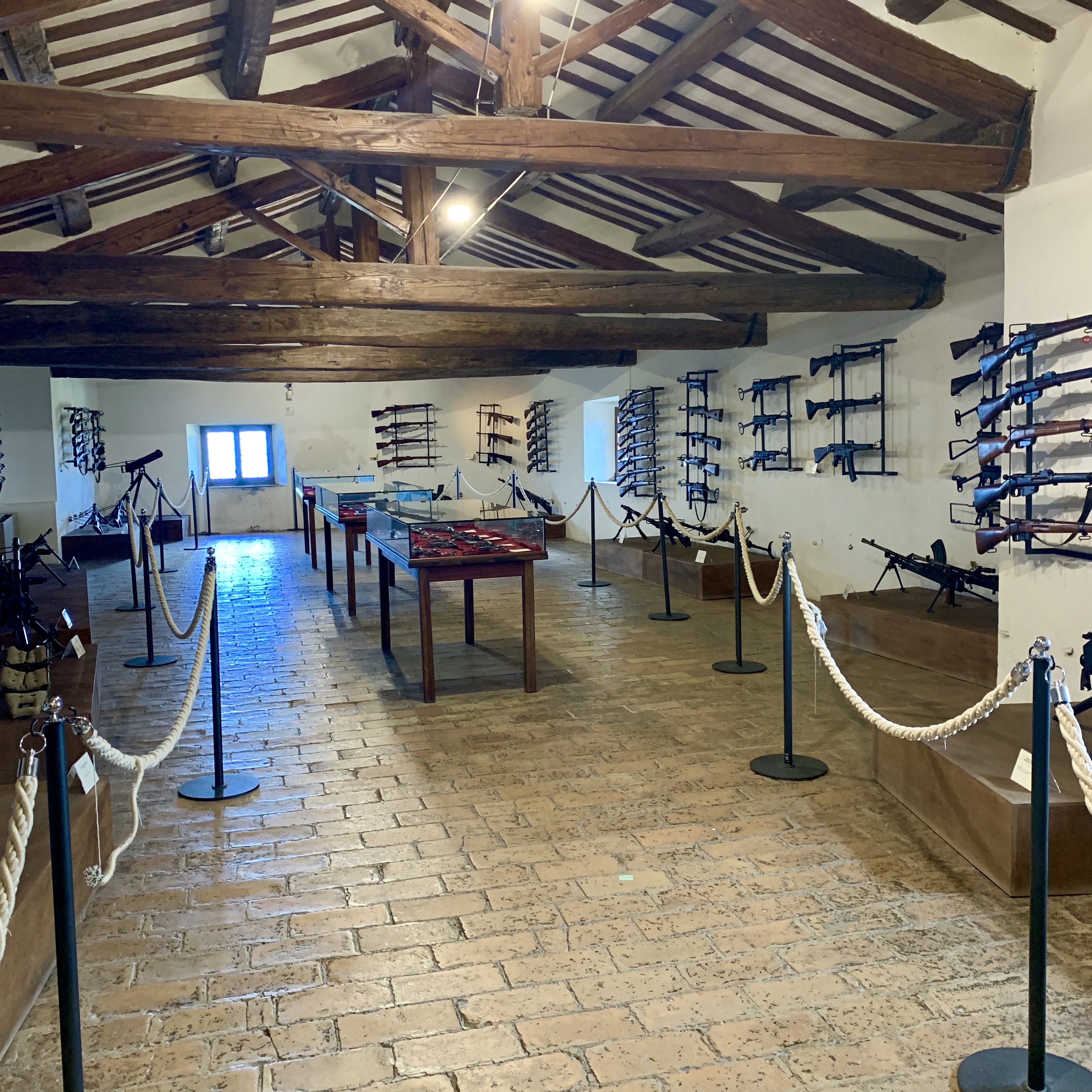
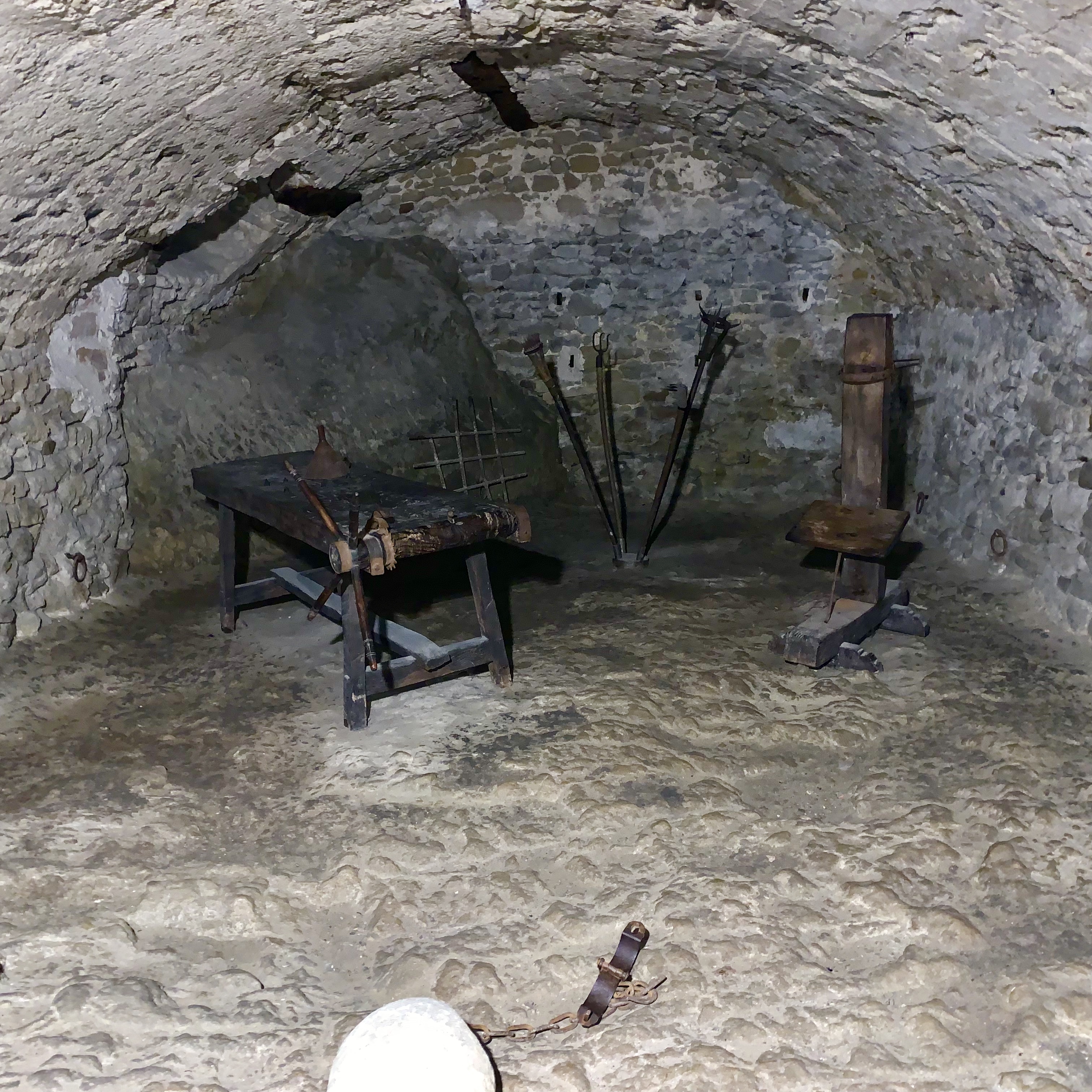
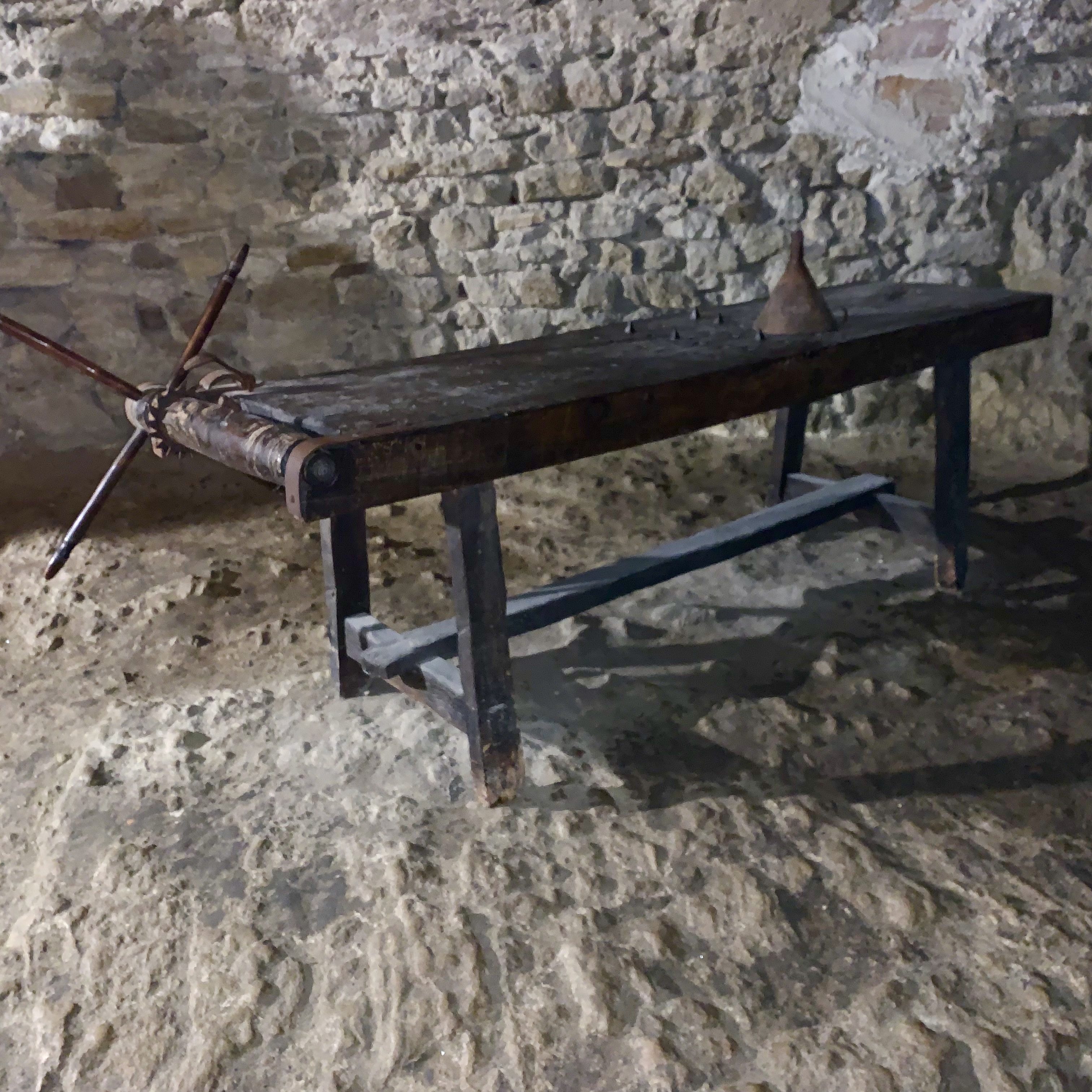
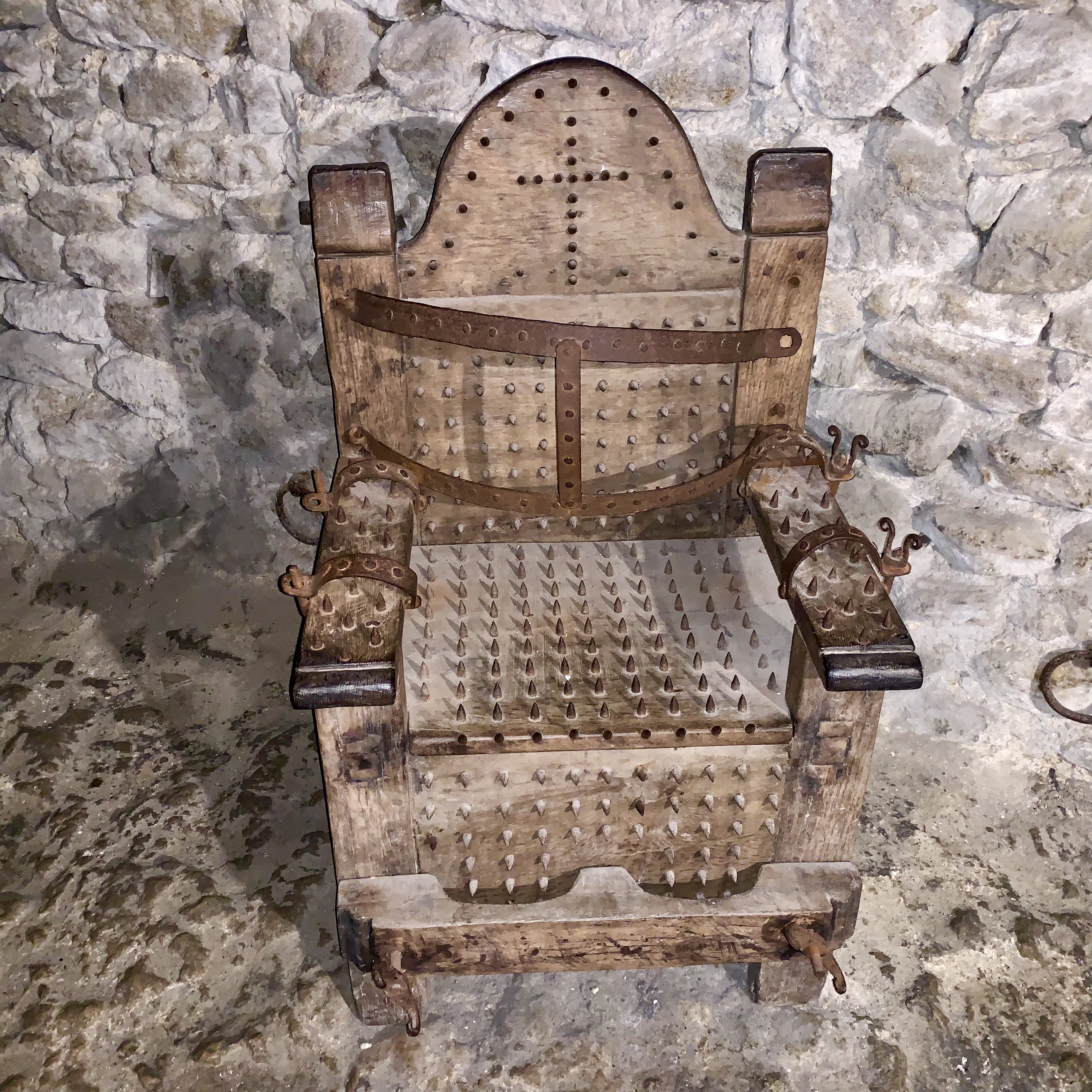
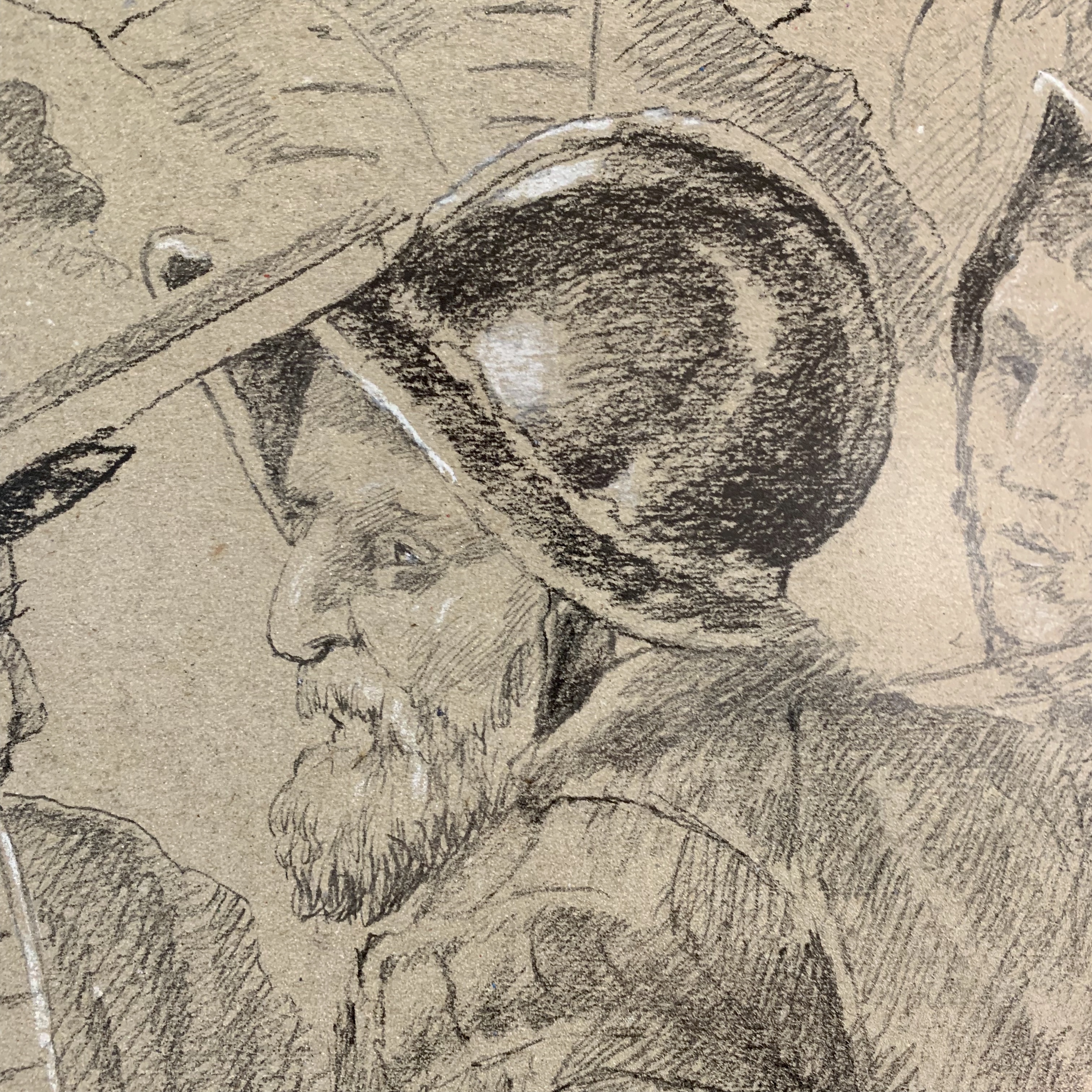
San Leo Cathedral
Built in the 1170s on the site of a 7th century church and an earlier pagan temple. Sound familiar?
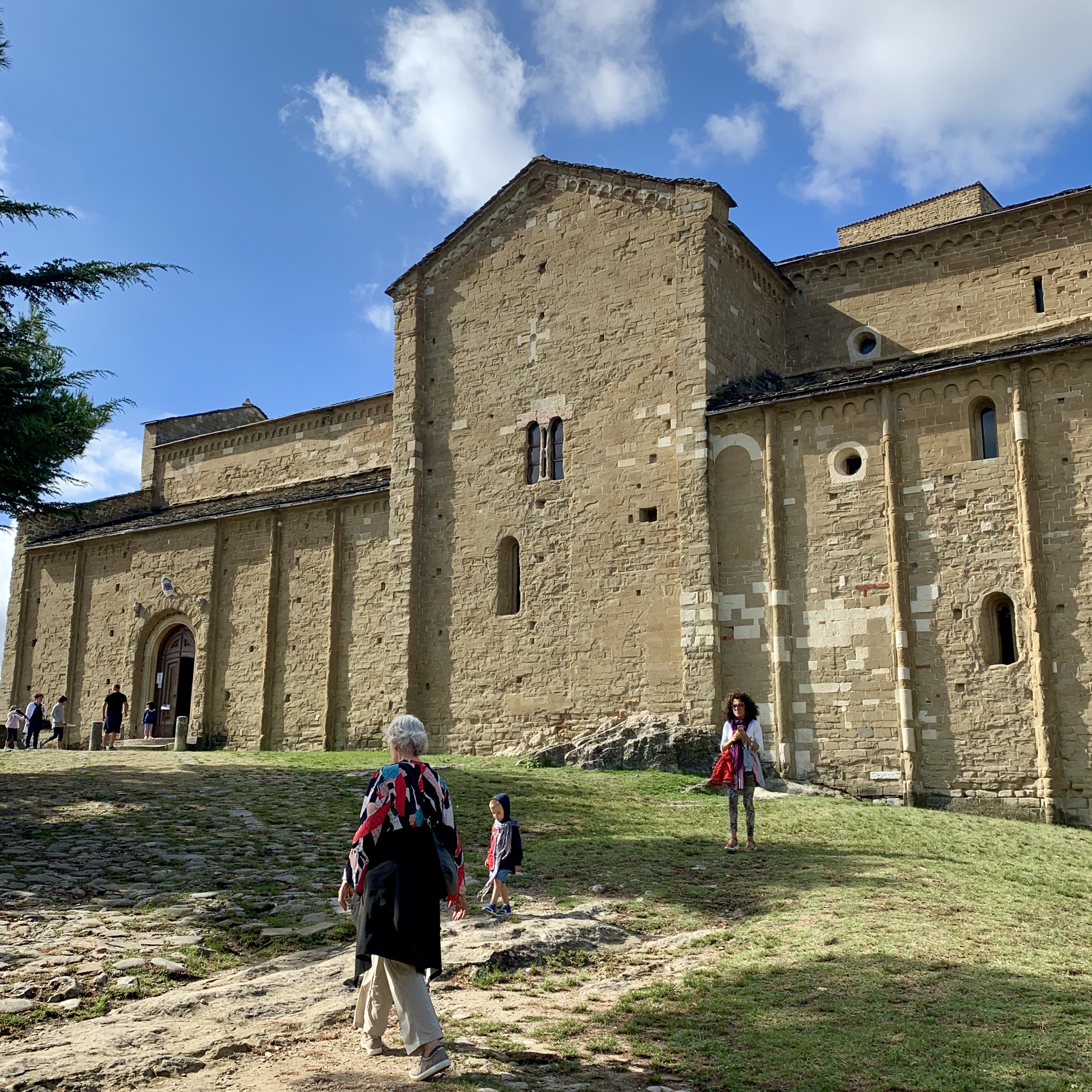
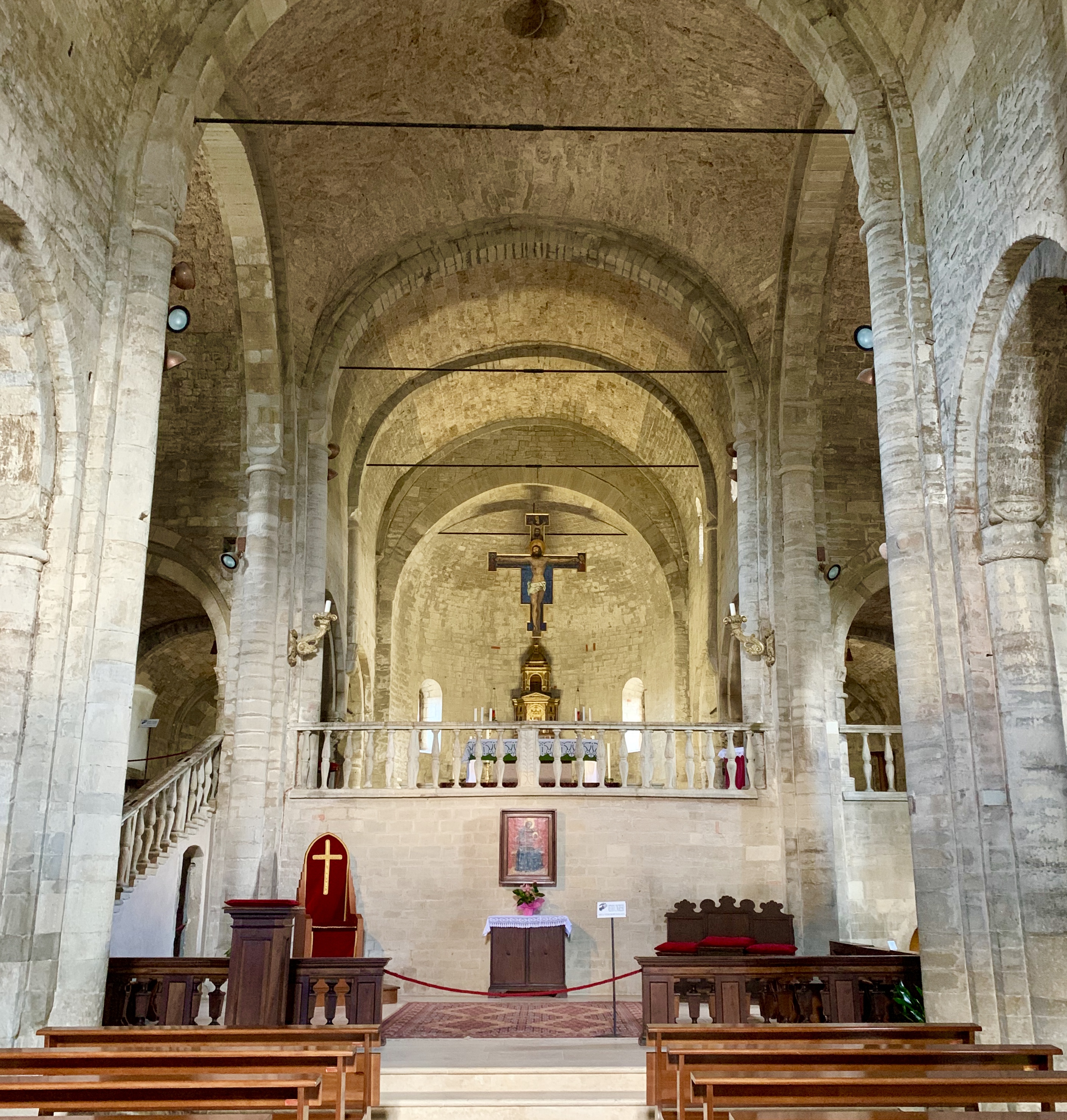
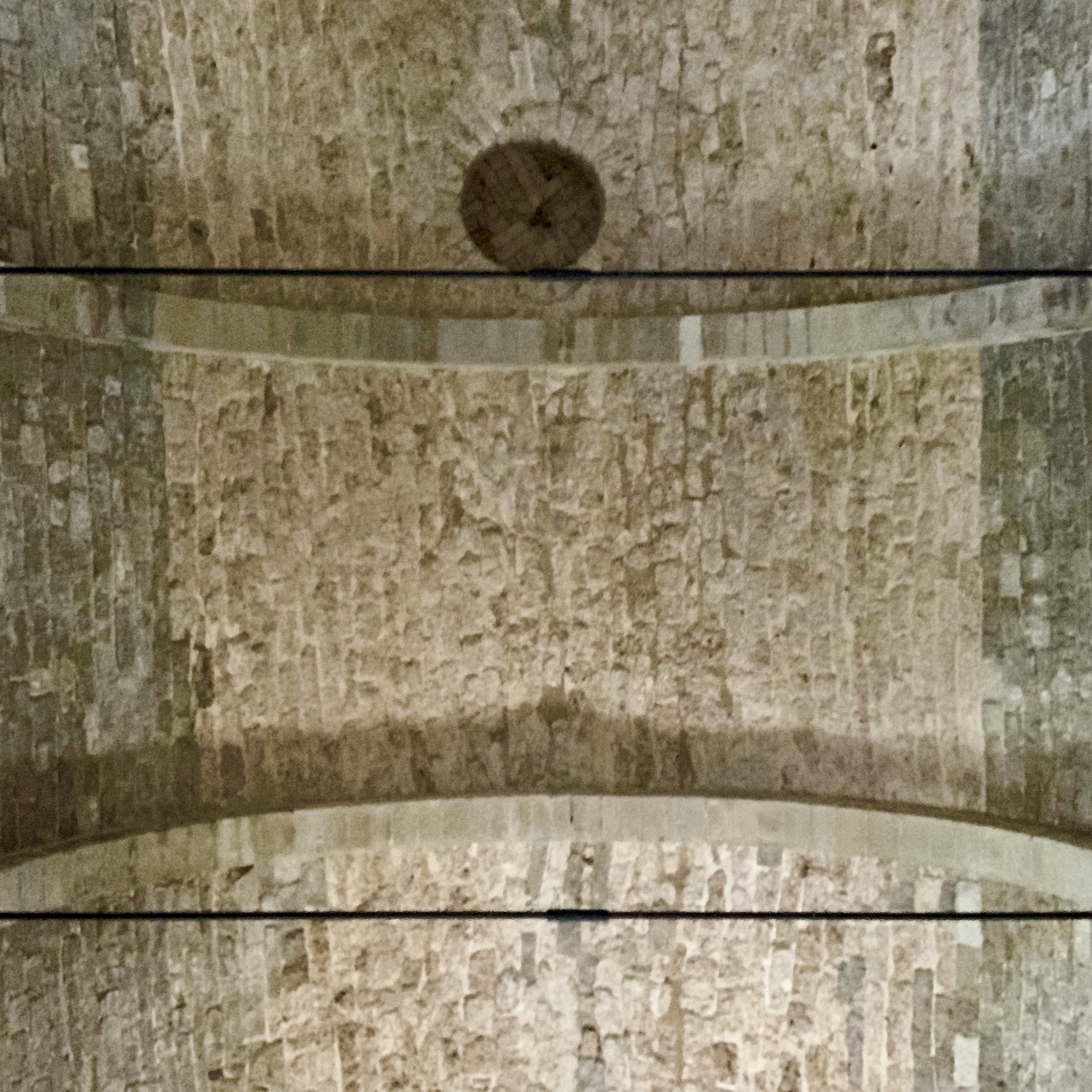
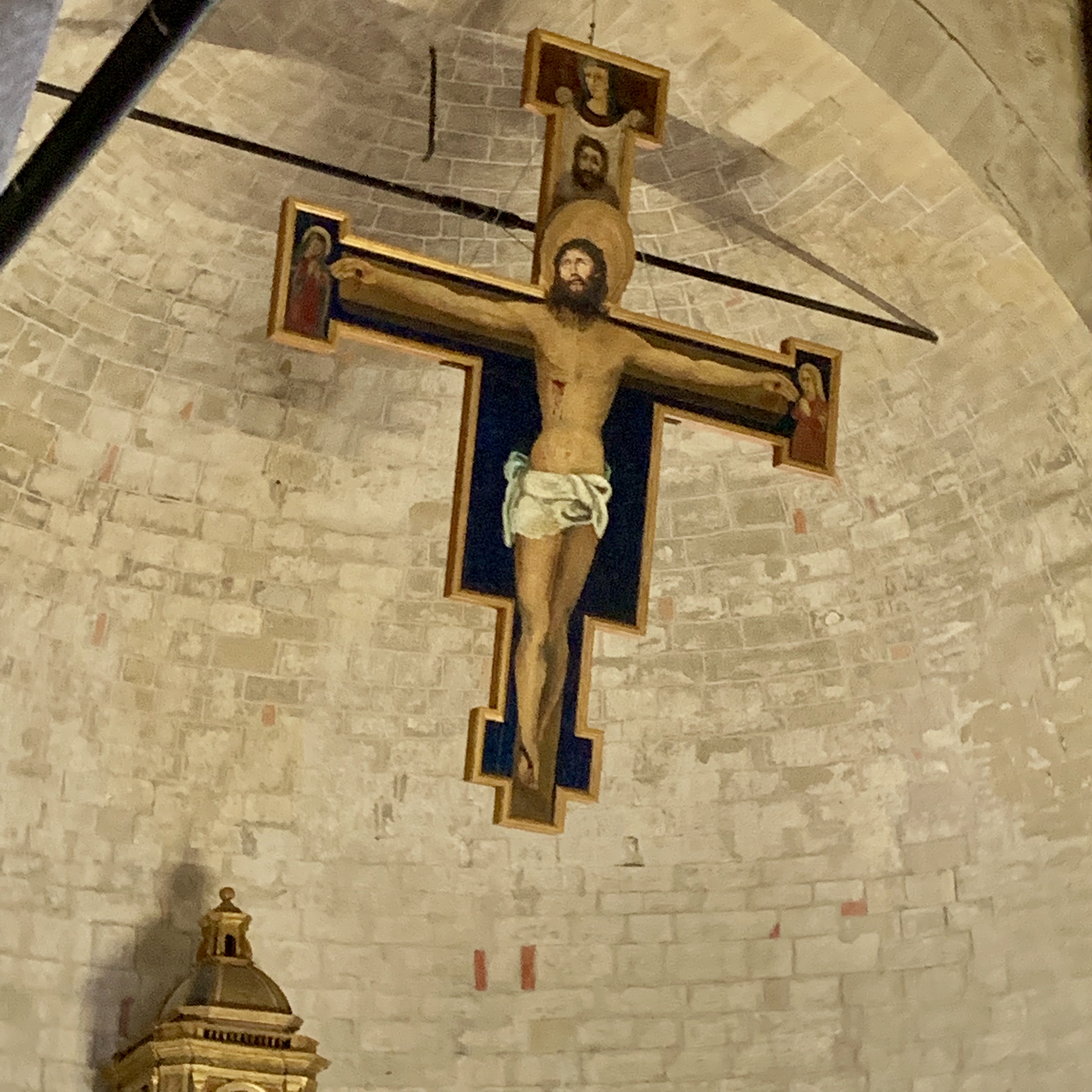
Lunch in San Leo
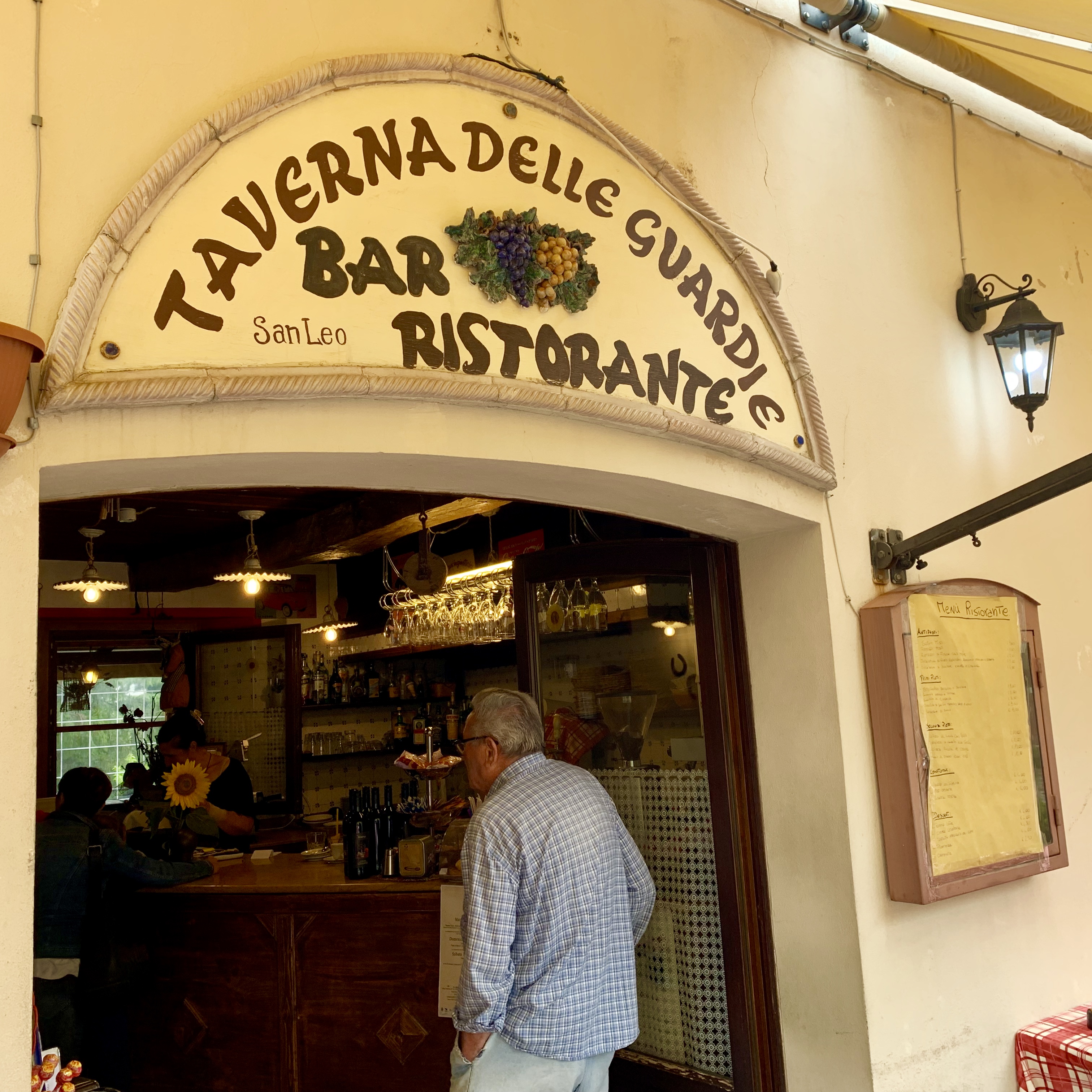
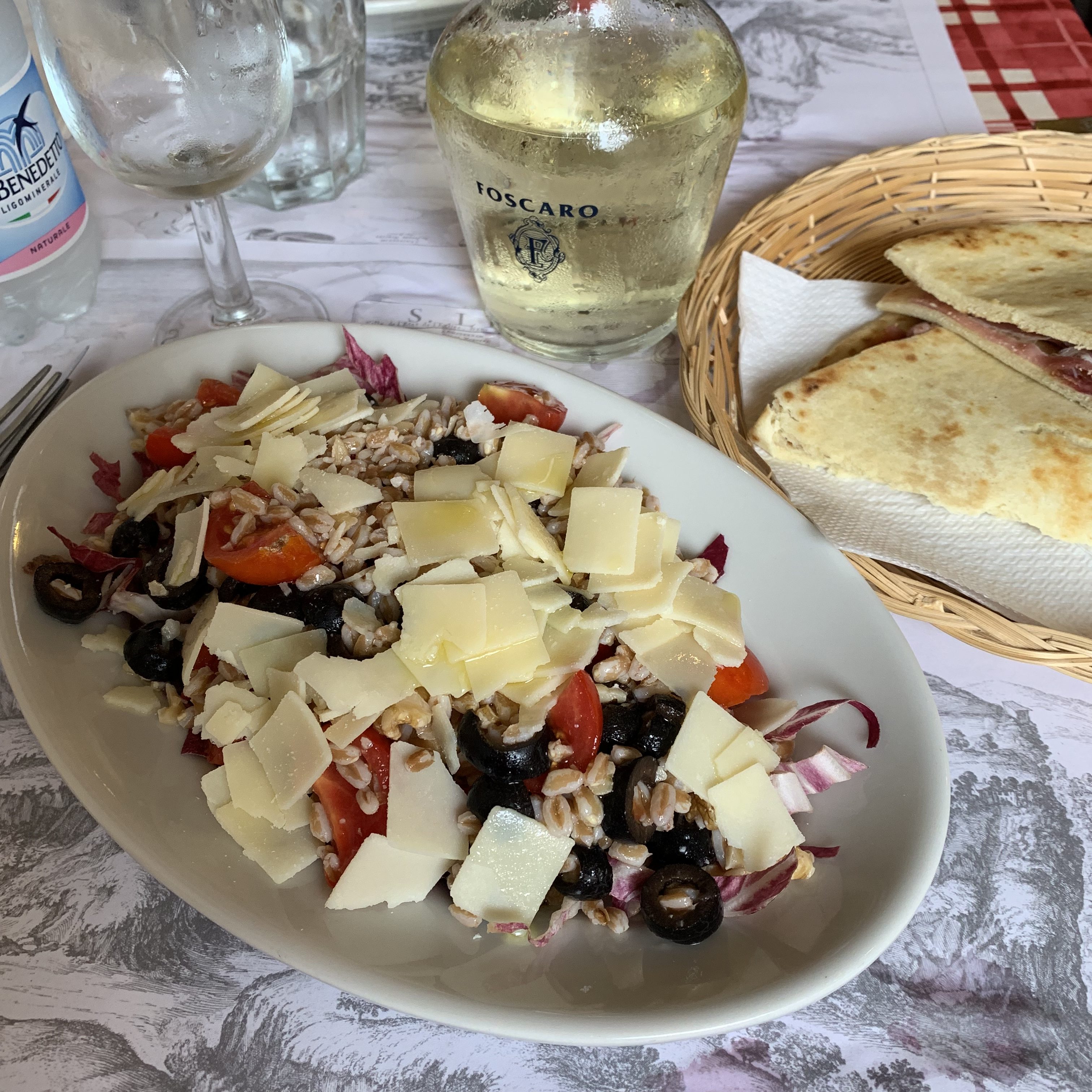
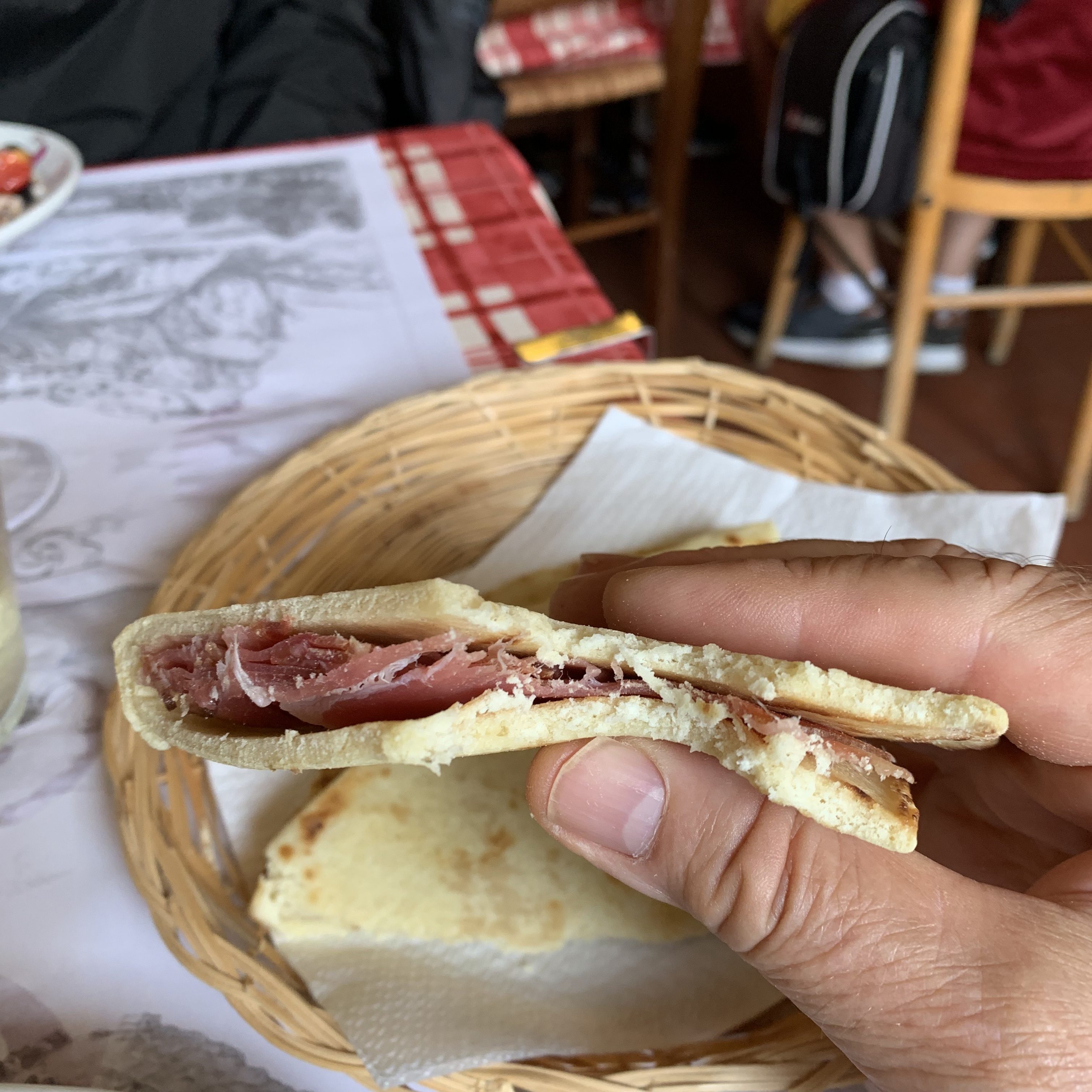
Gola del Furlo
This dramatic gorge was a big deal to Robert’s dad. It is to Robert too. The Furlo Pass is at the base of steep mountainsides and winds through a narrow gorge paralleling the Candigliano River.
The road is part of the Via Flaminia built by the Romans over the Appenine Mountains to reach the east coast at Rimini. Those guys got around. To put the road through, a Roman emperor built a tunnel here that paralleled a smaller one built earlier by the Etruscans. Romans fought the Goths for control and and fought Austrian troops here. The Lombards had their day too. This was a primary east-west connection in Le Marche until the 1980s when an autostrada finally bypassed the gorge.
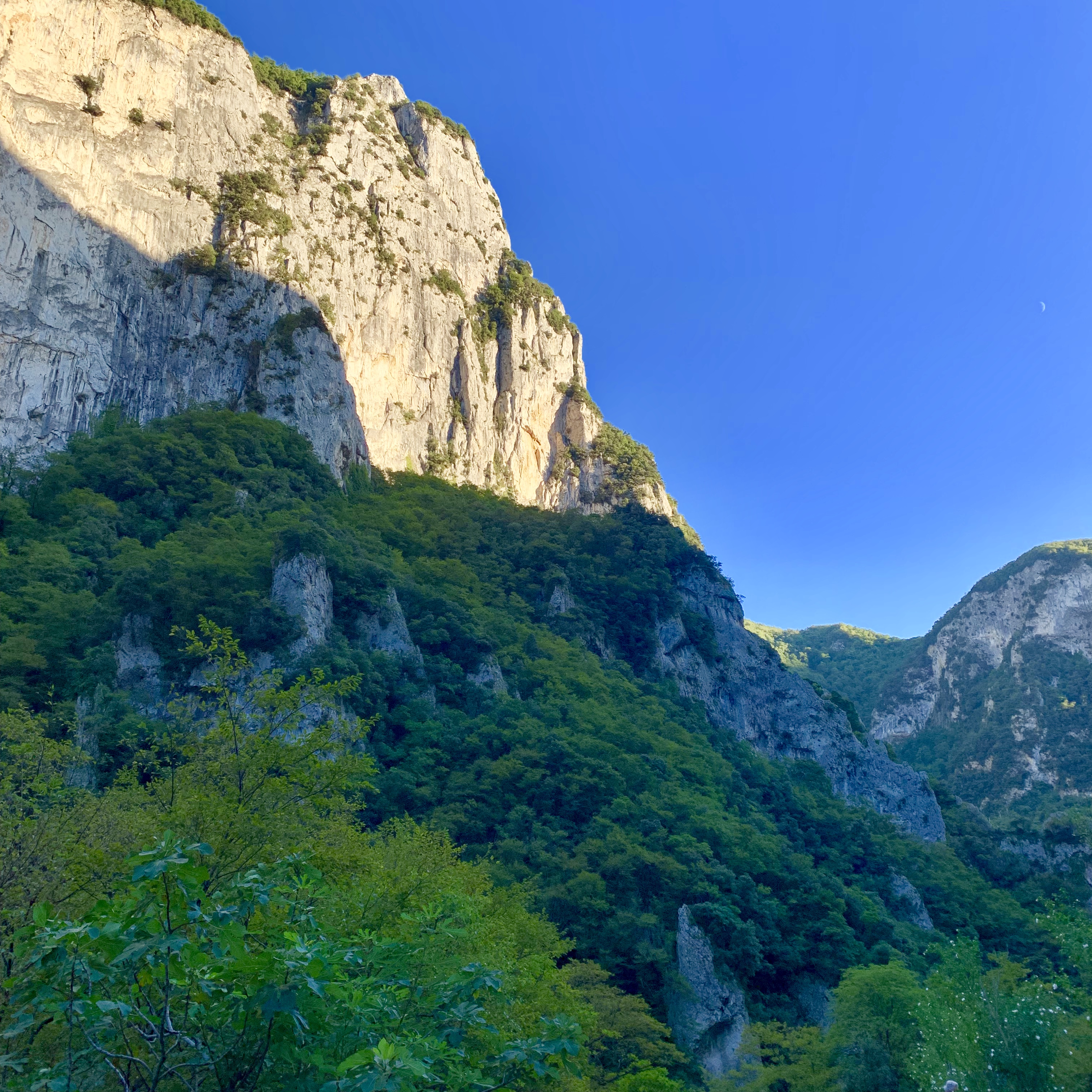
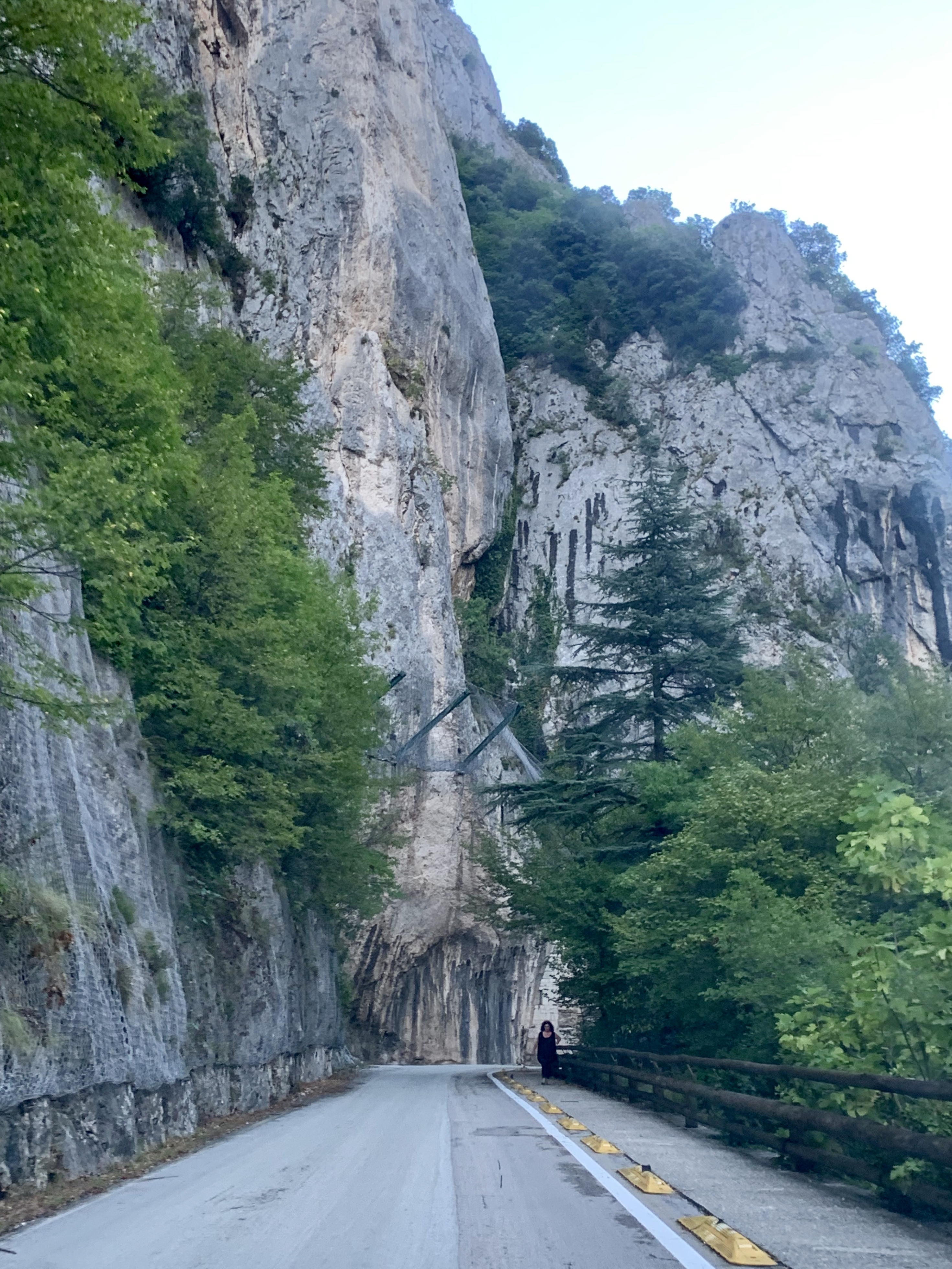
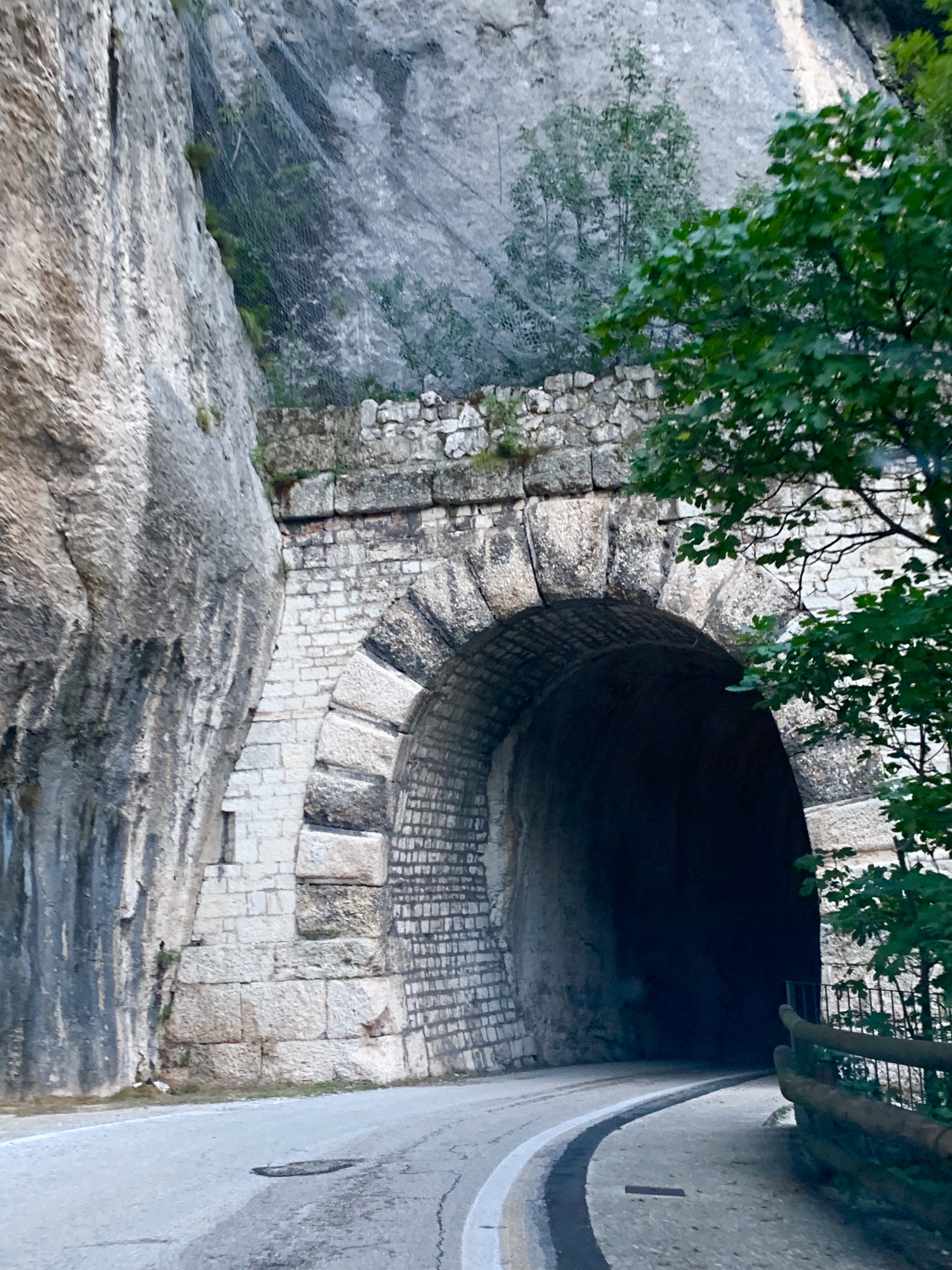
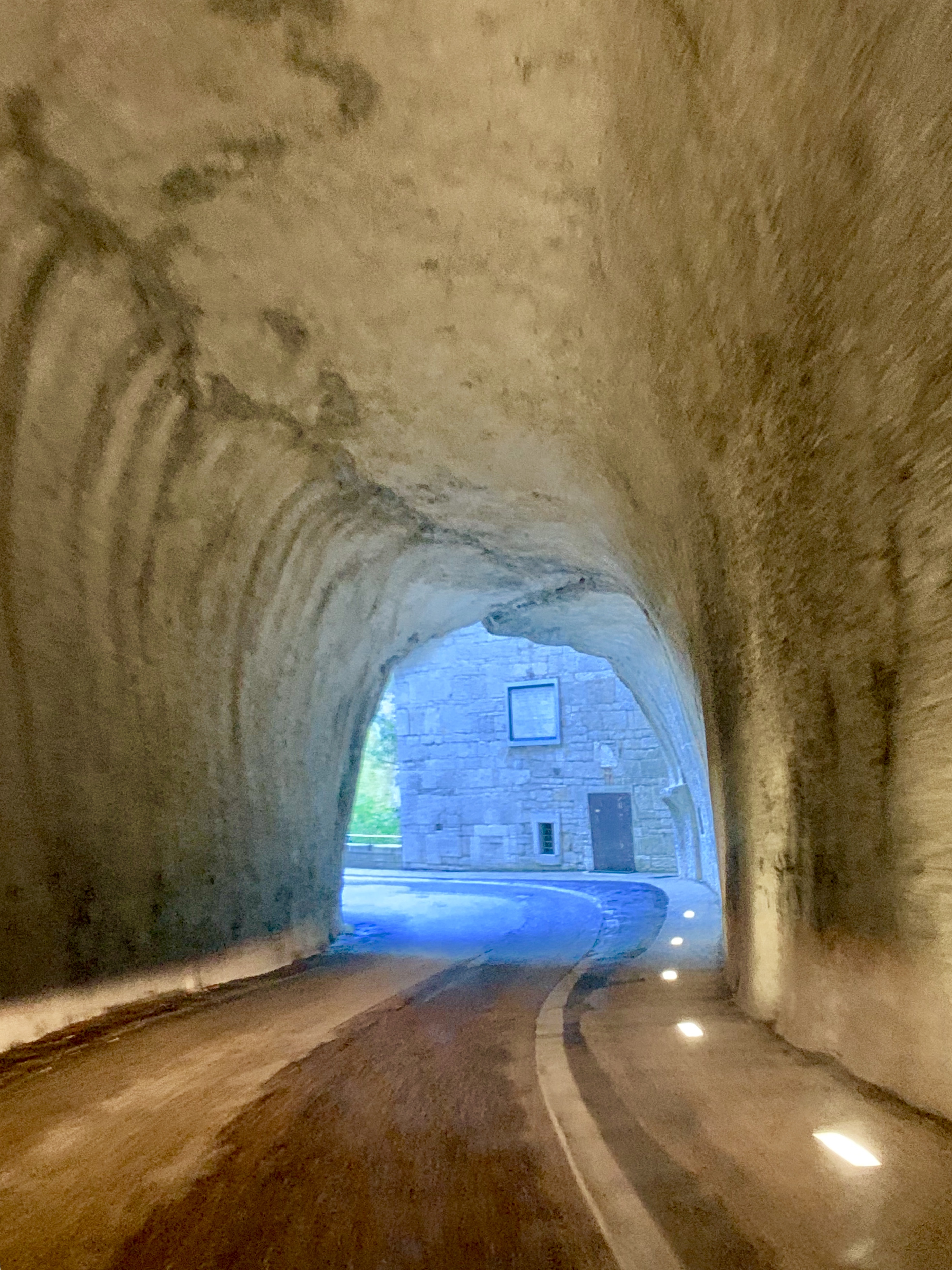
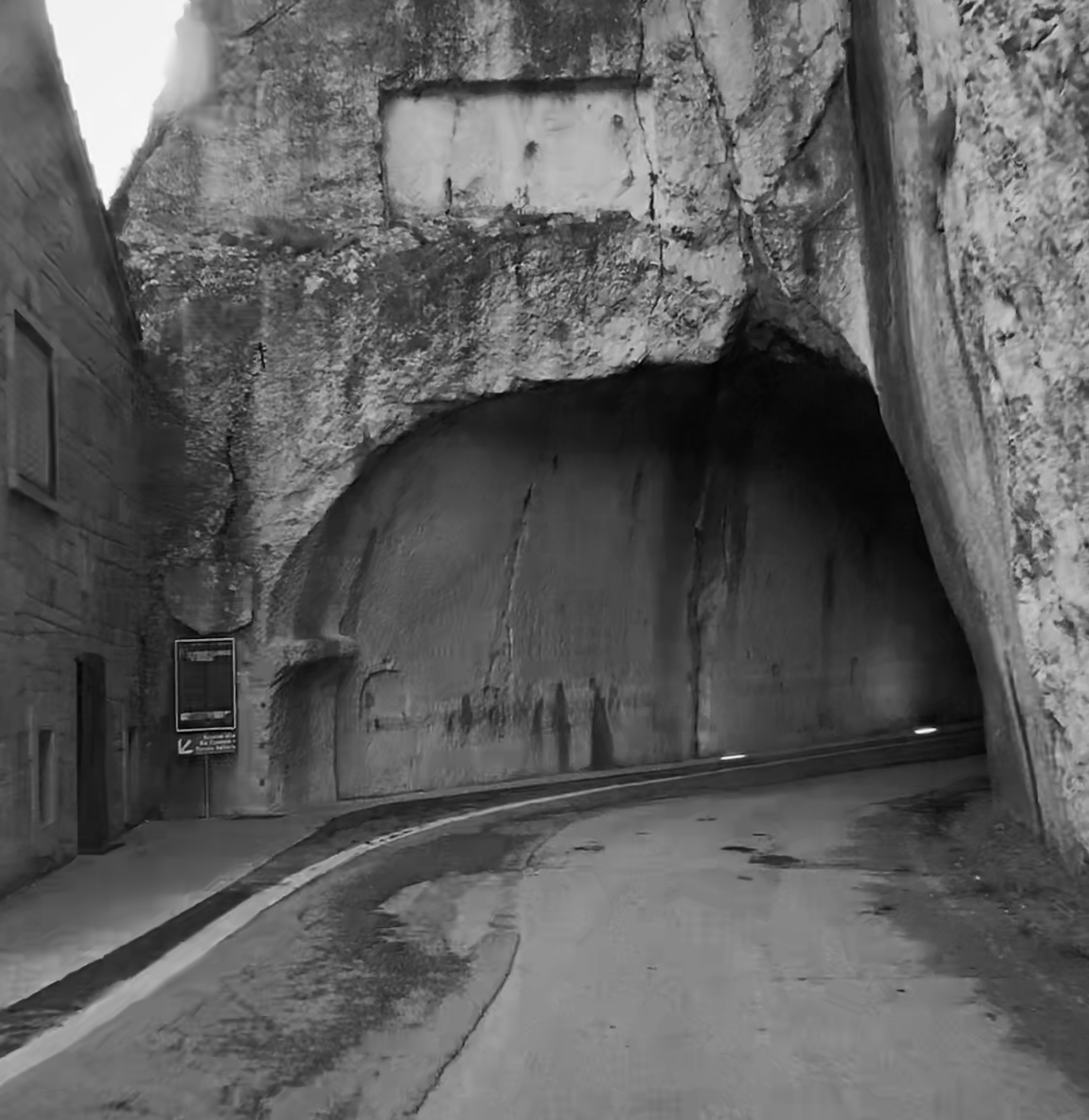
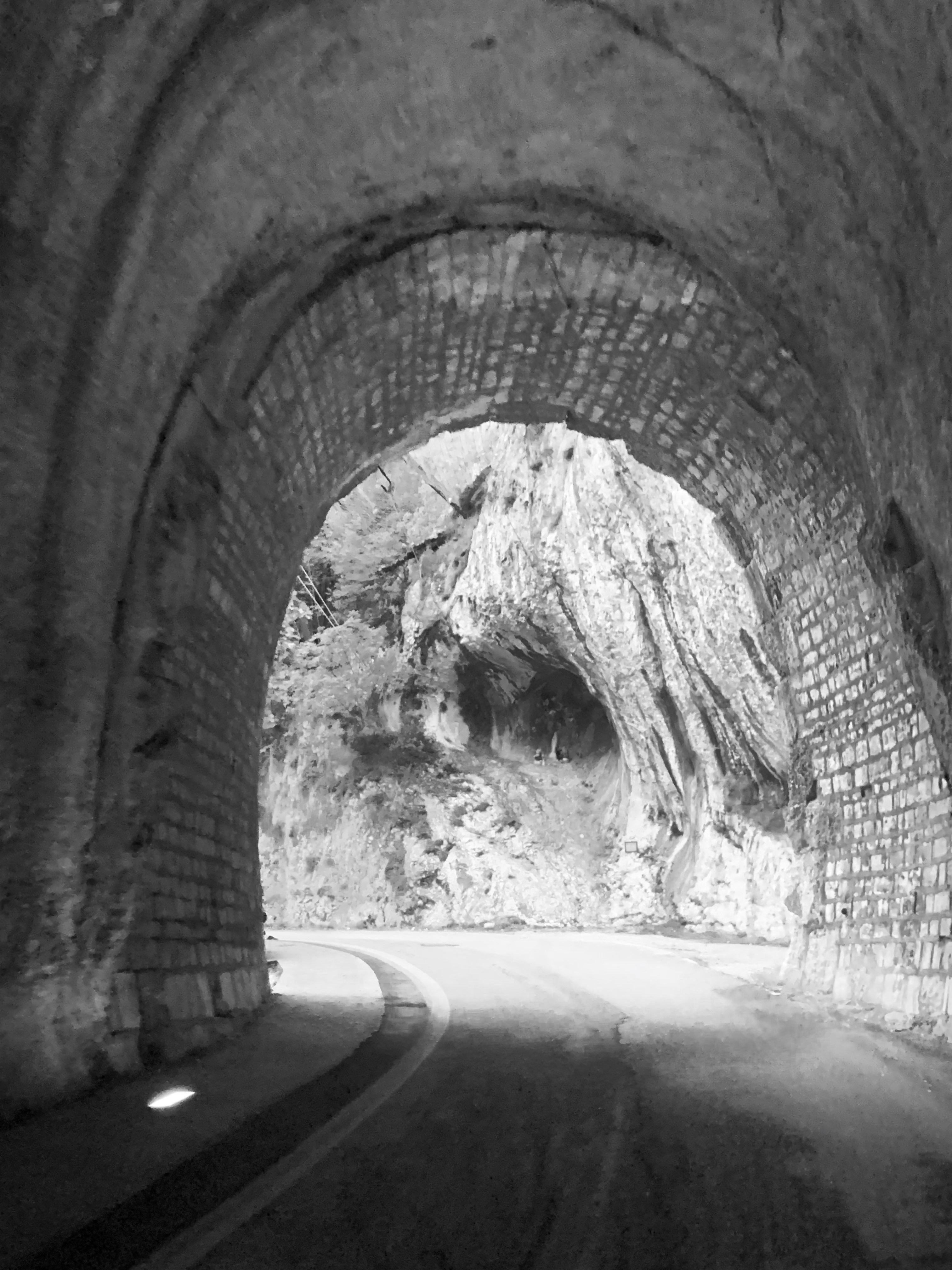
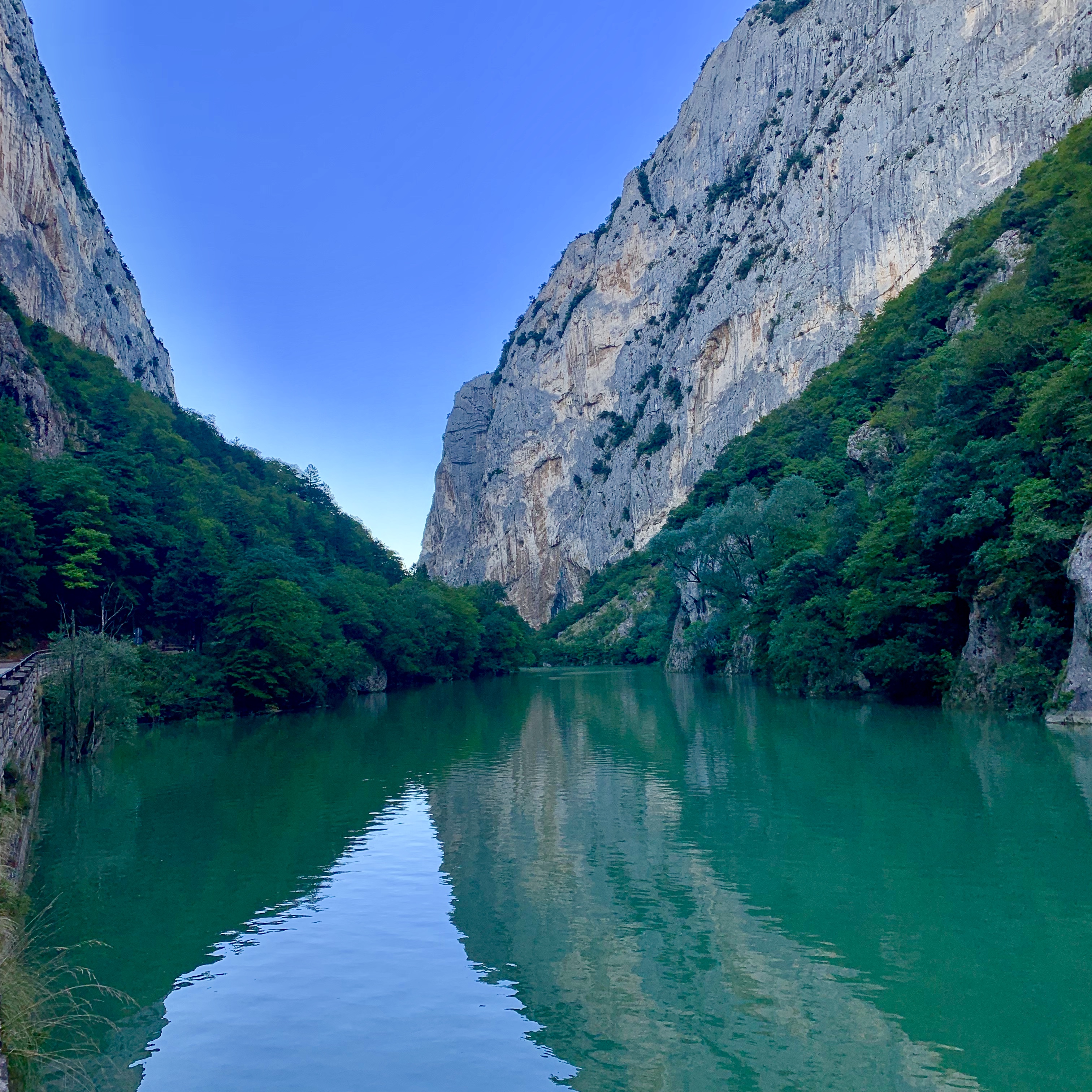
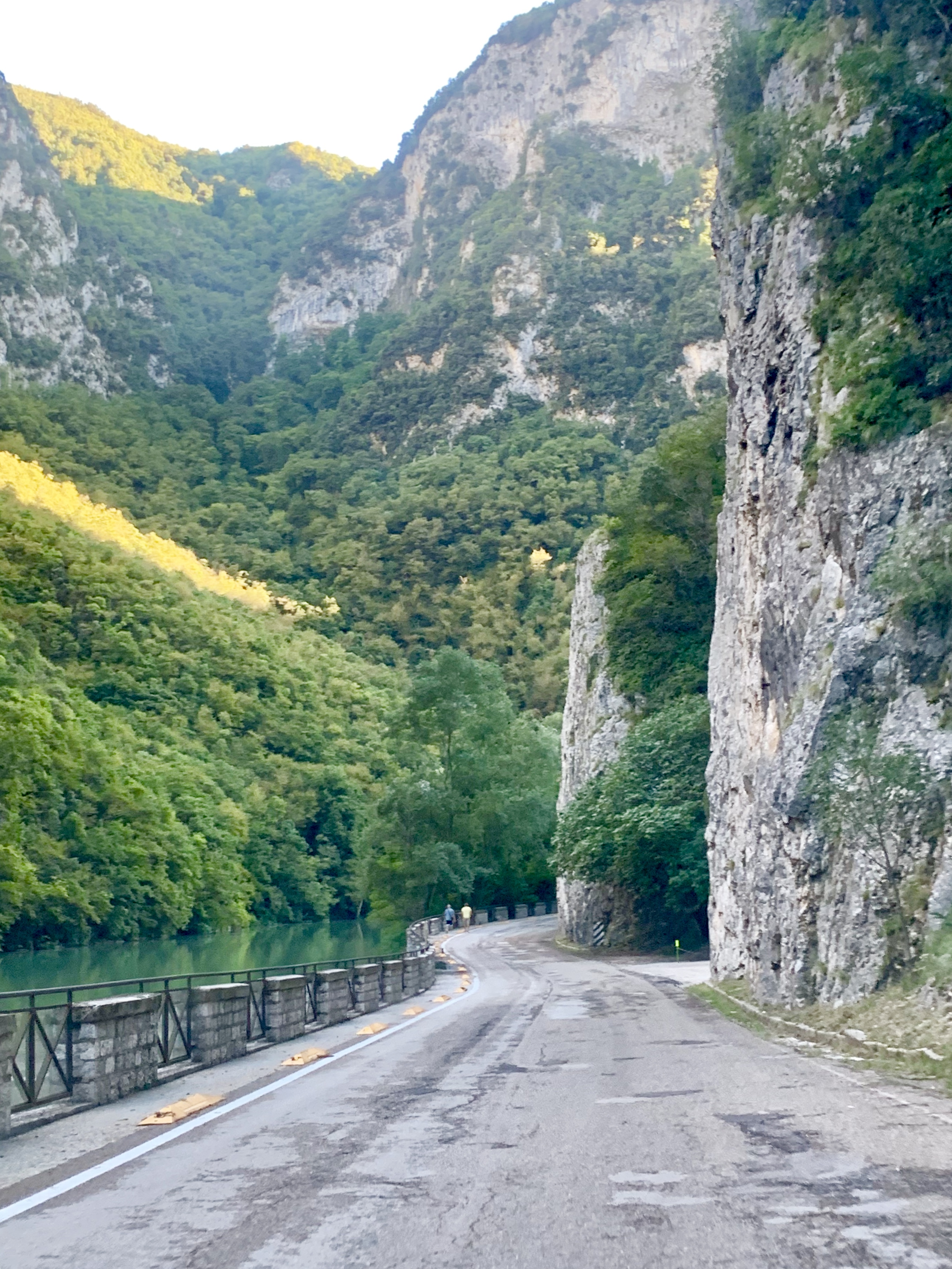
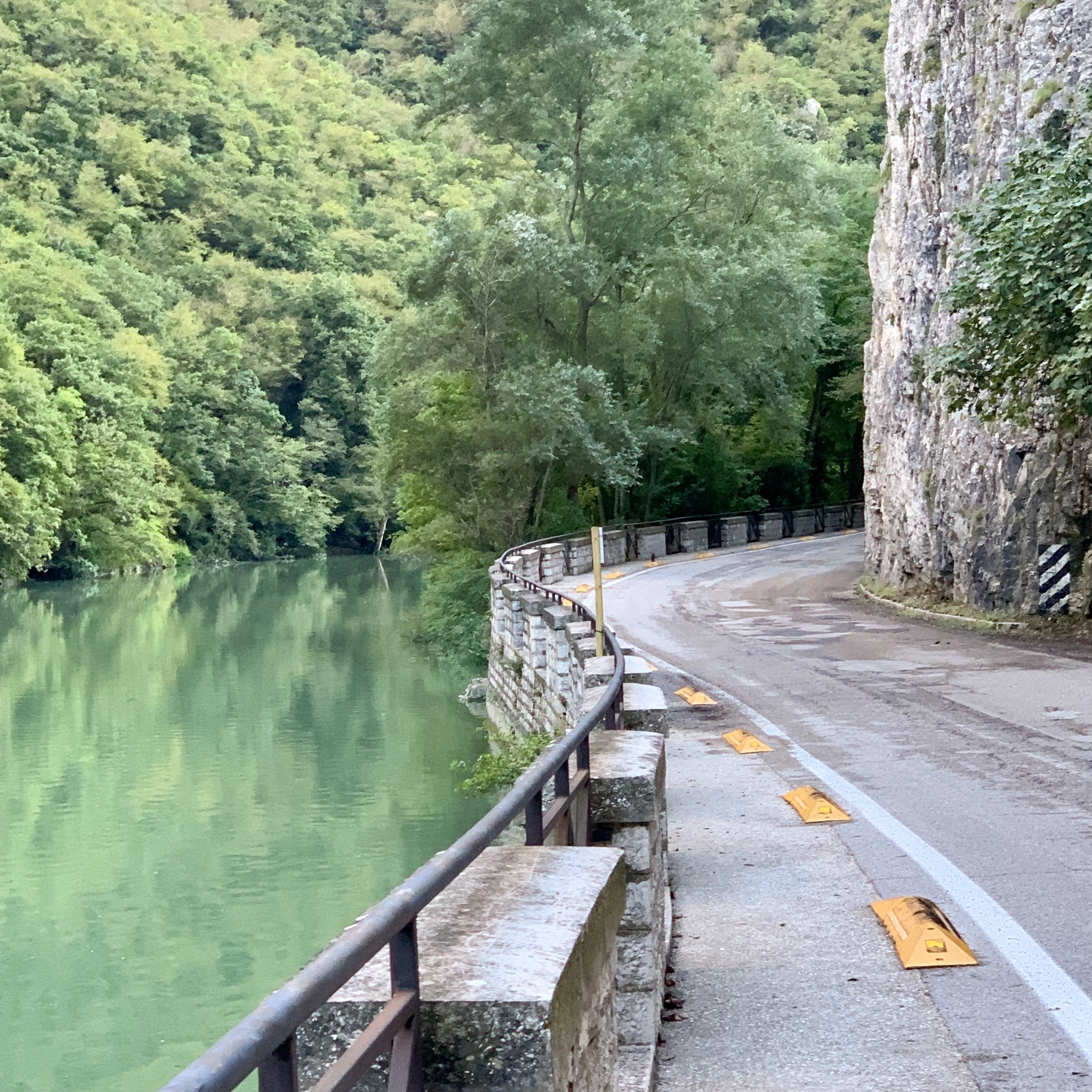
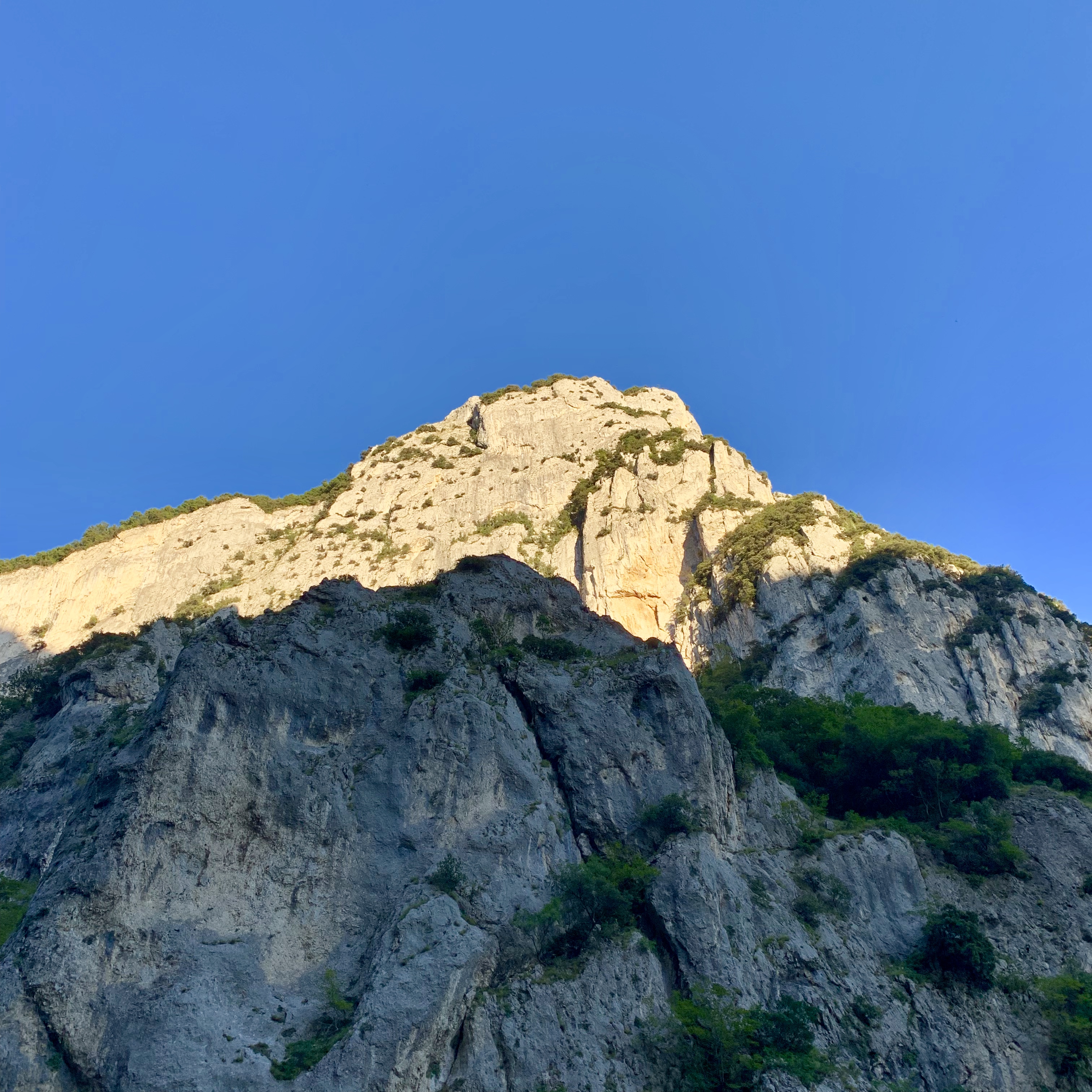
Sant’Urbano Abbey
The abbey, which dates from before 1000, is near the town of Apiro in the Province of Macerata. Adriana and Gino drove us to the spot, about an hour from Serra. The abbey has a main church above a crypt, both nicely restored. The Benedictine monks who were politically powerful battled the local townspeople over the land many times. The abbey was established when this area of Le Marche was not under papal control, and many abbeys were established in the area. Funds to build the structure probably came from taxes imposed by the Benedictines on land owners and profits they collected from sharecroppers on their land. The specialized builders and craftsmen who built the abbey probably came from farther north in Italy.
Now there is a restaurant and lodging with swimming pool. Something to keep in mind if you are in the area.
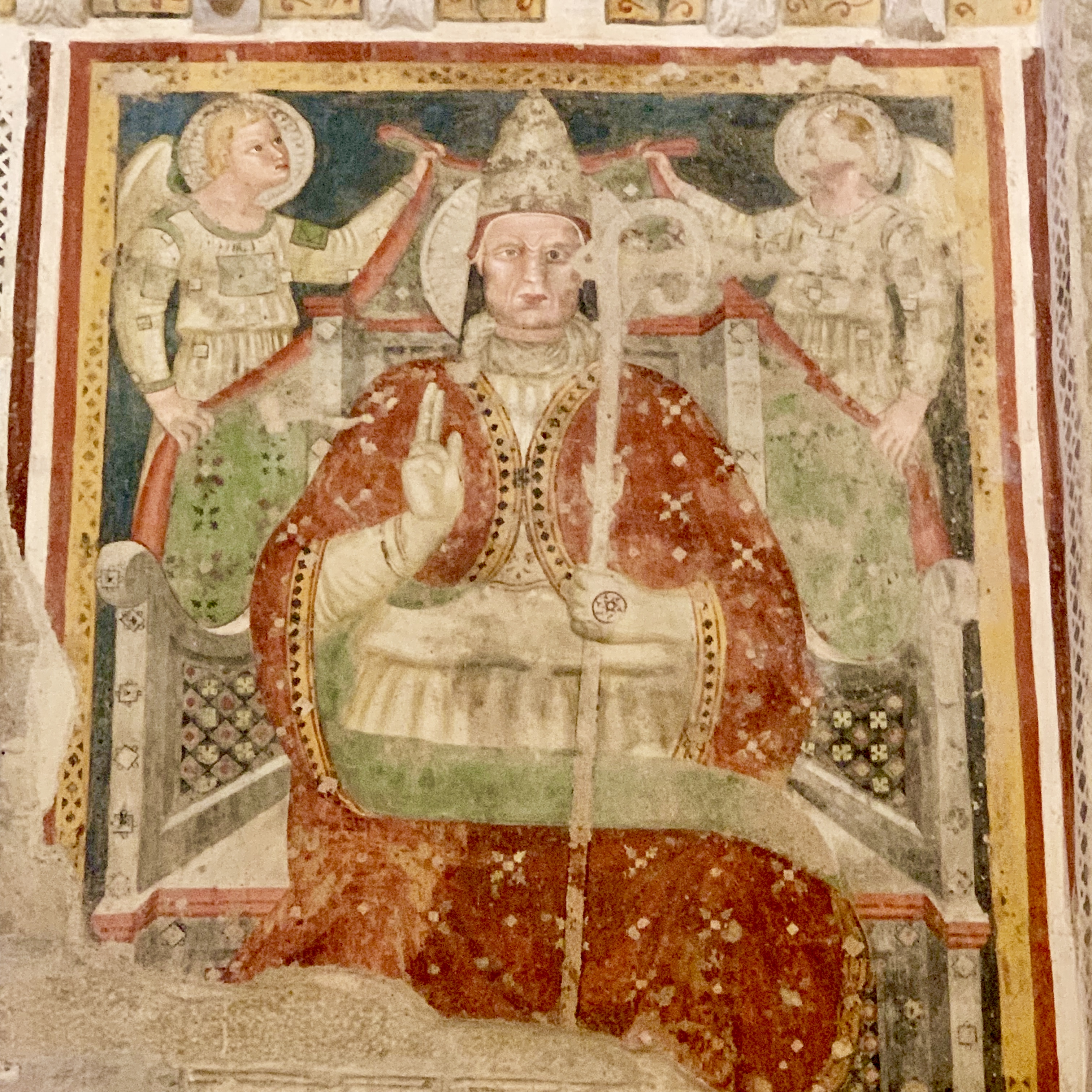
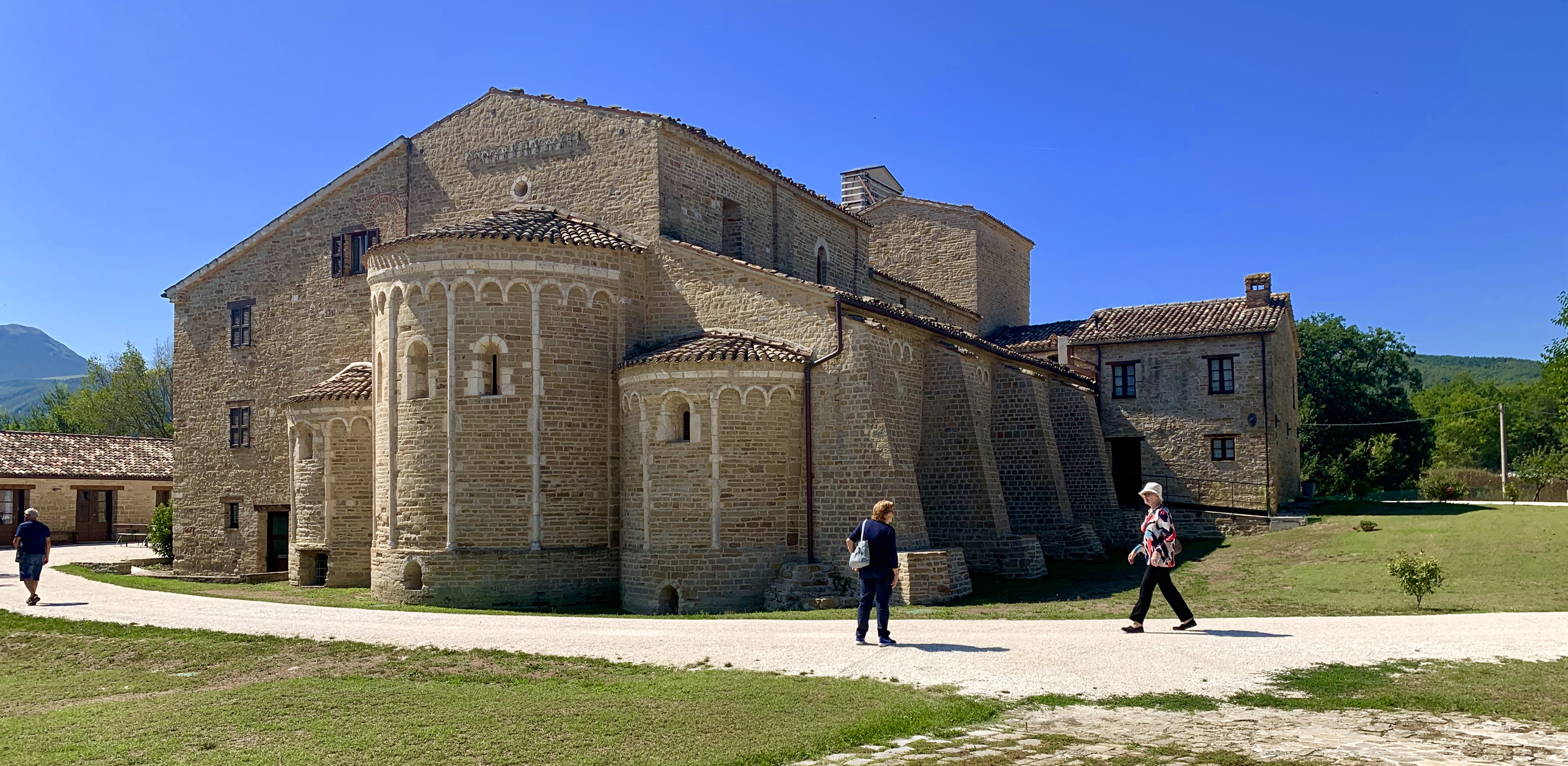
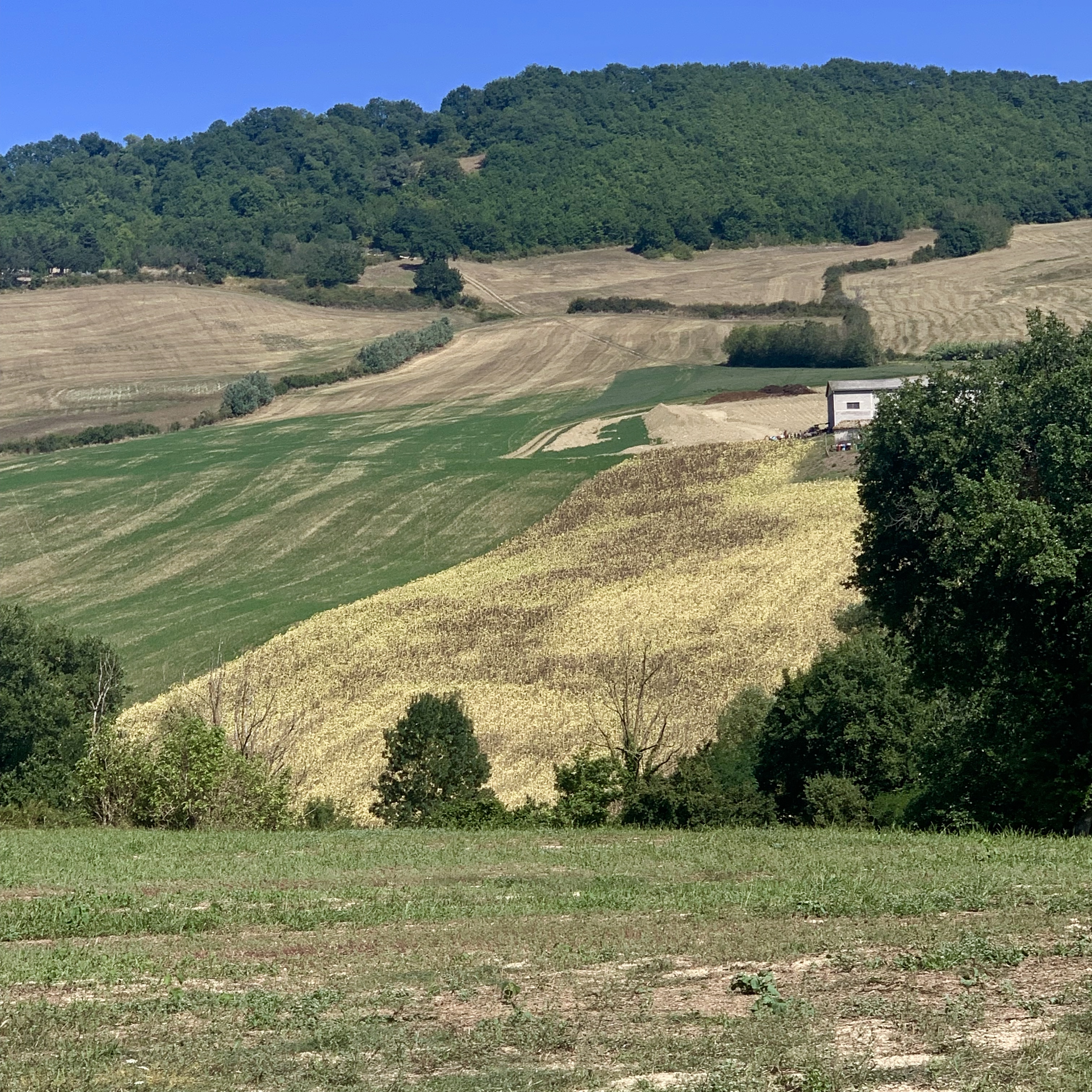
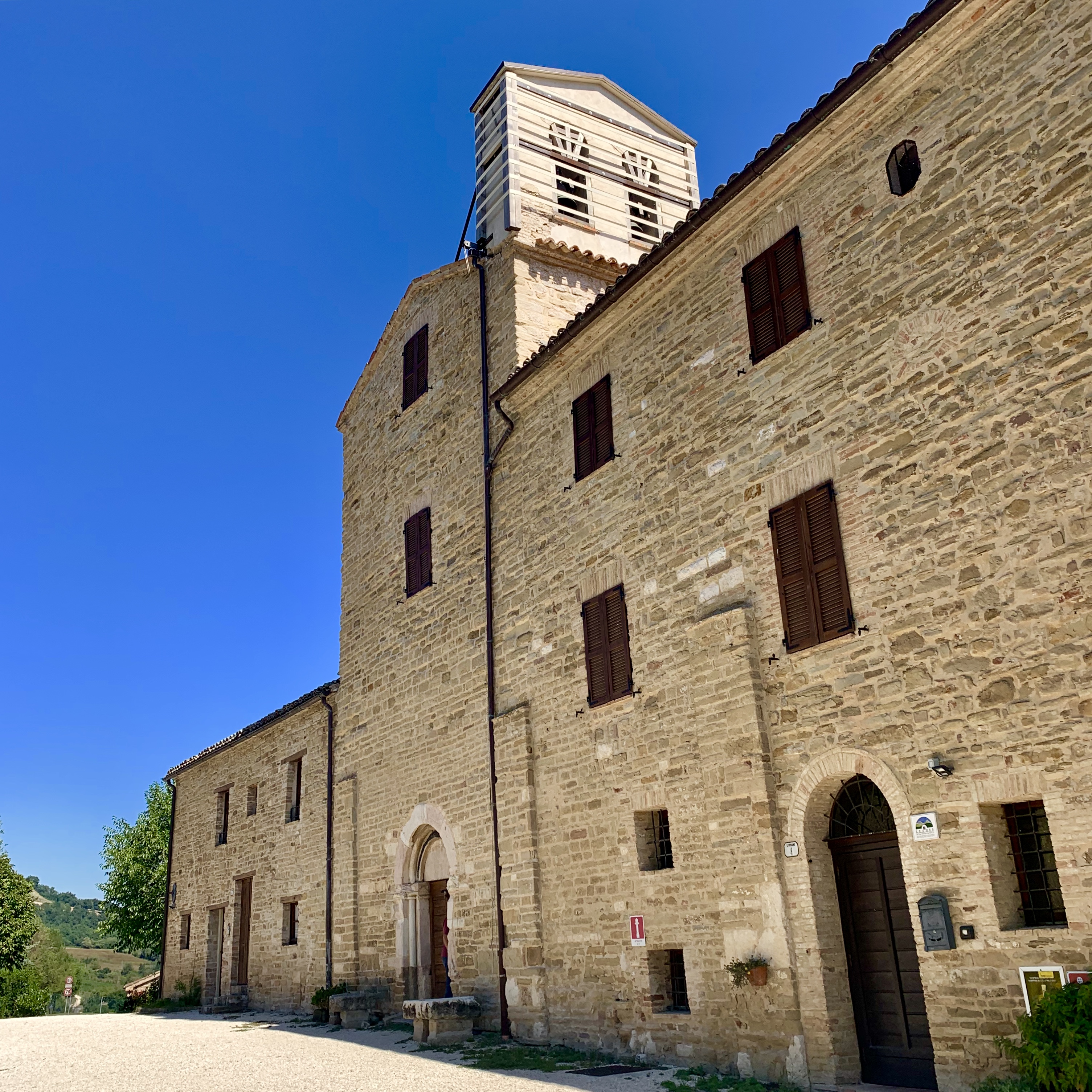
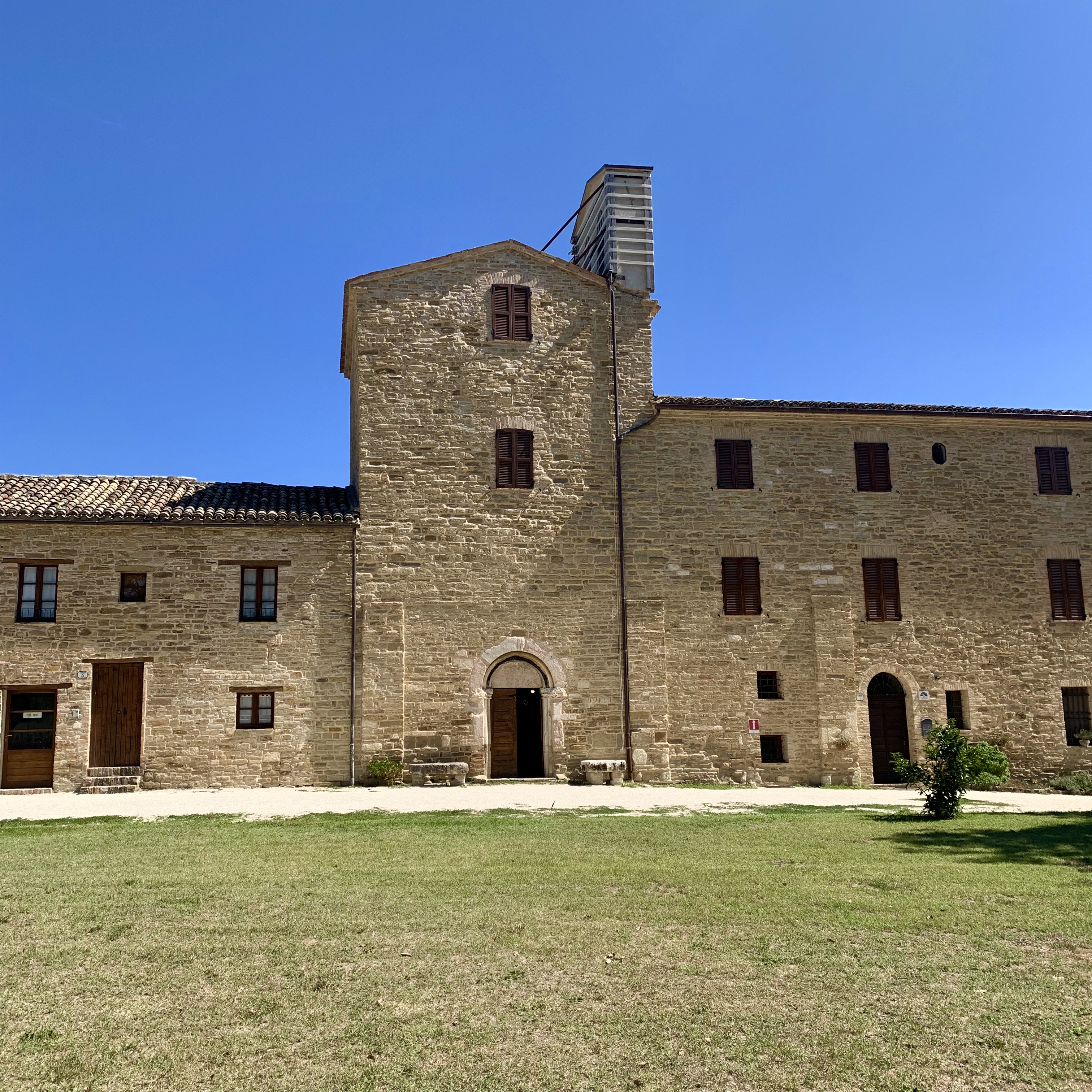
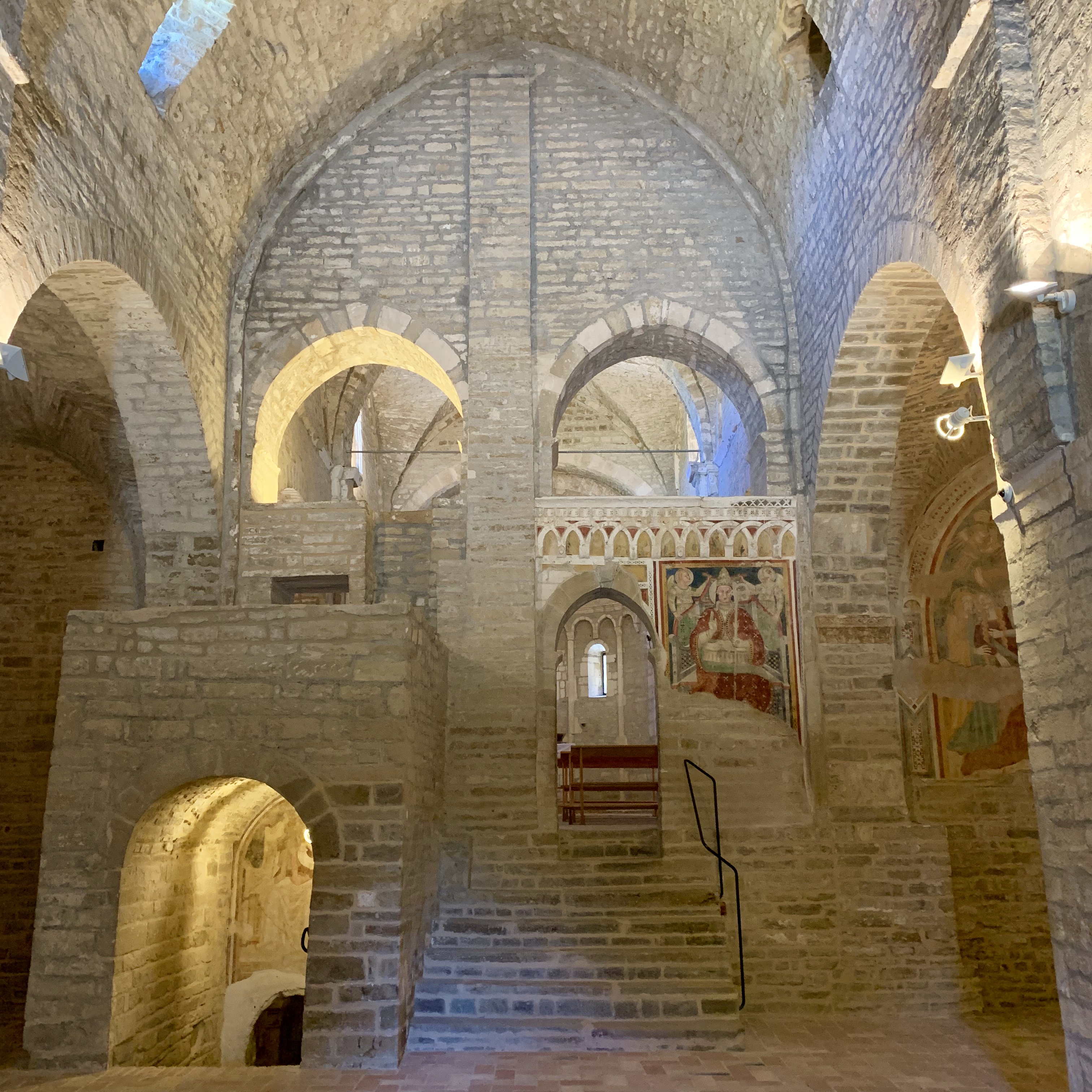
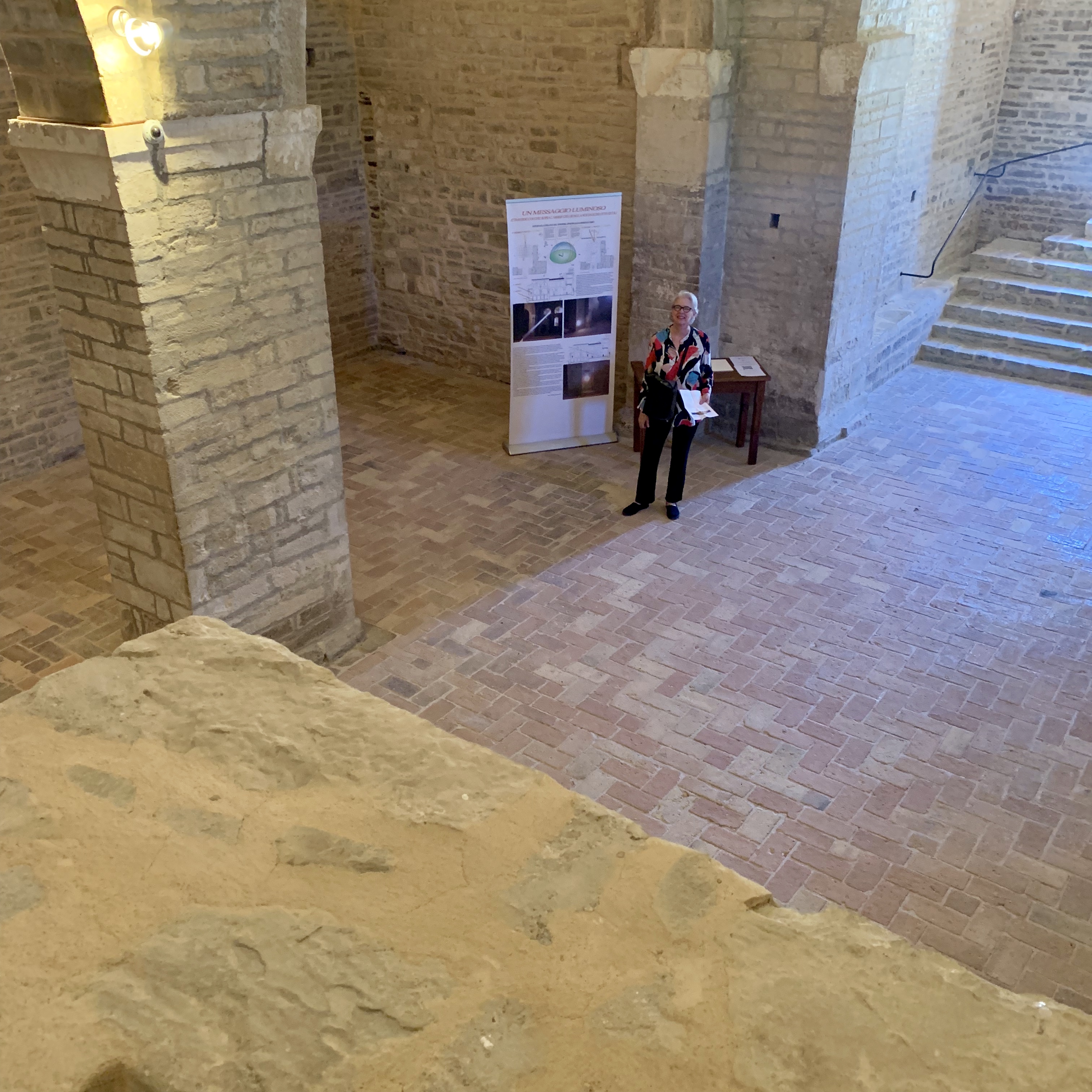
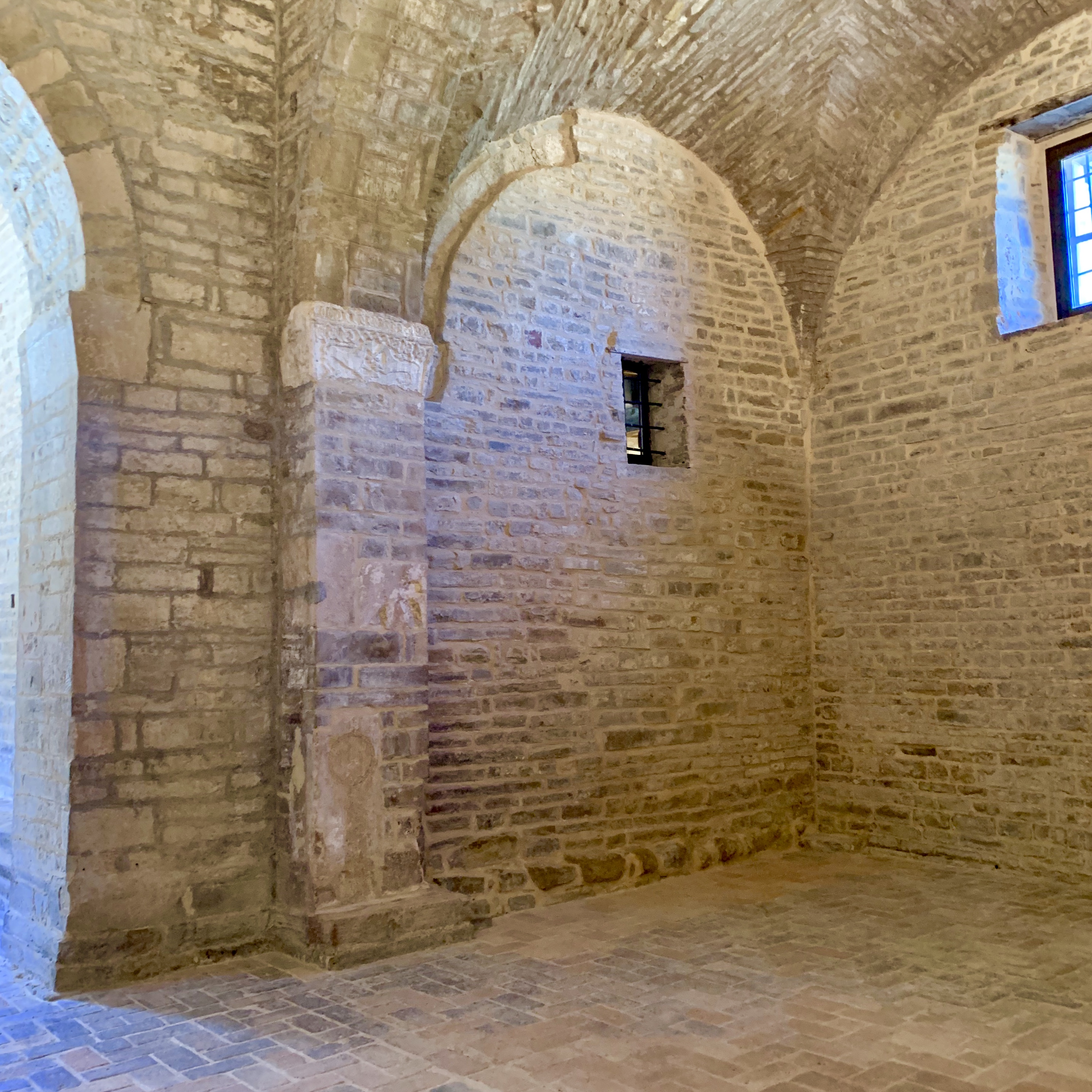
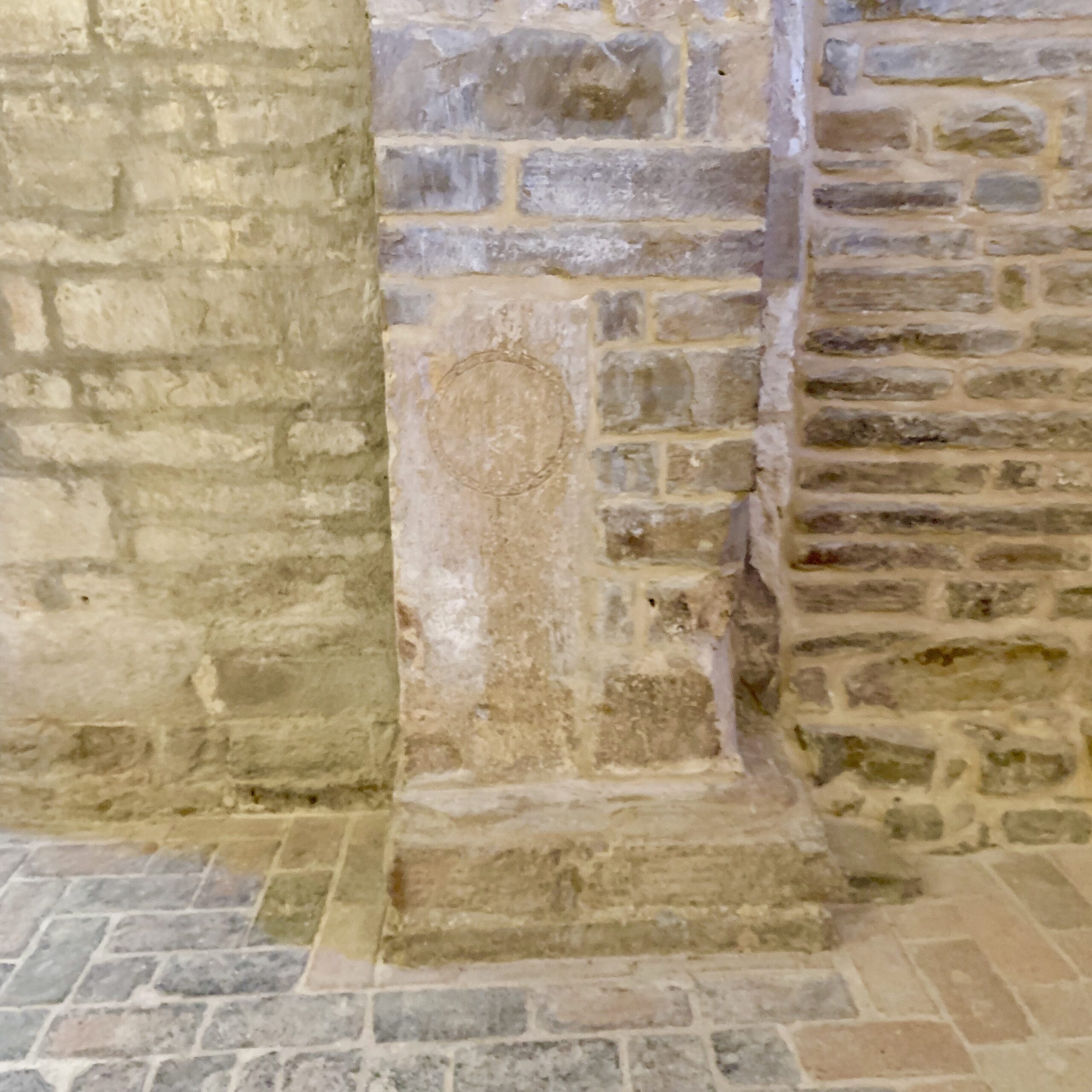
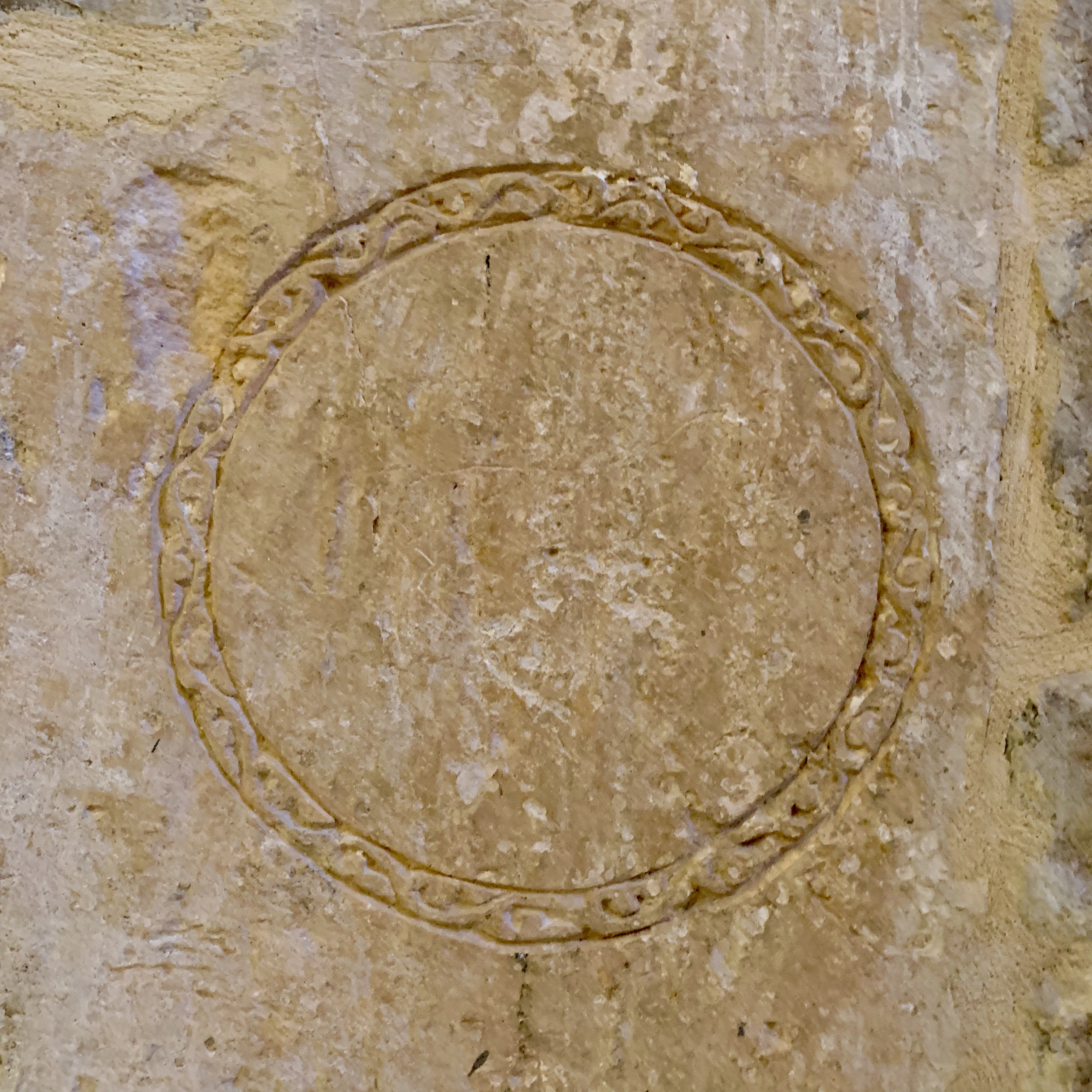
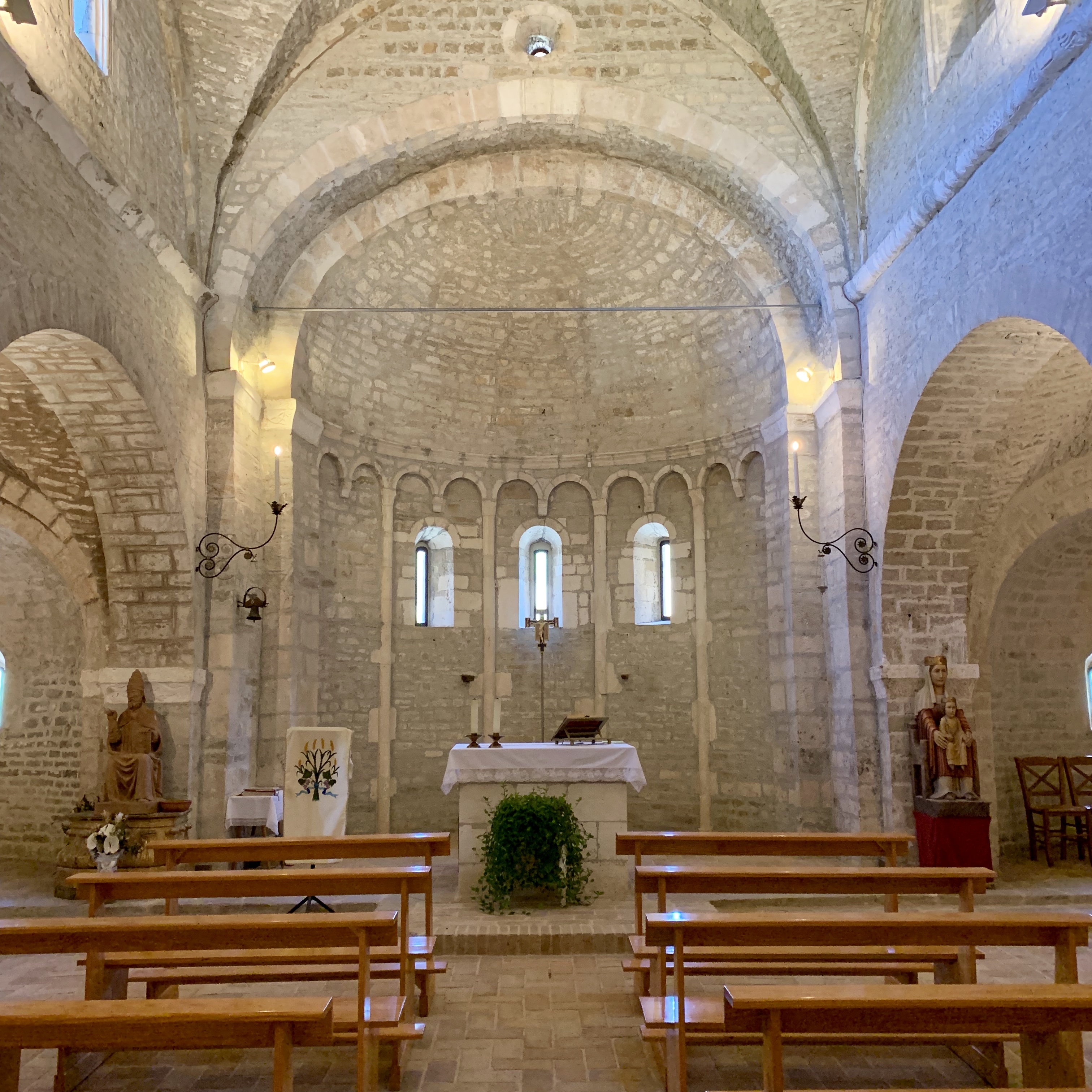
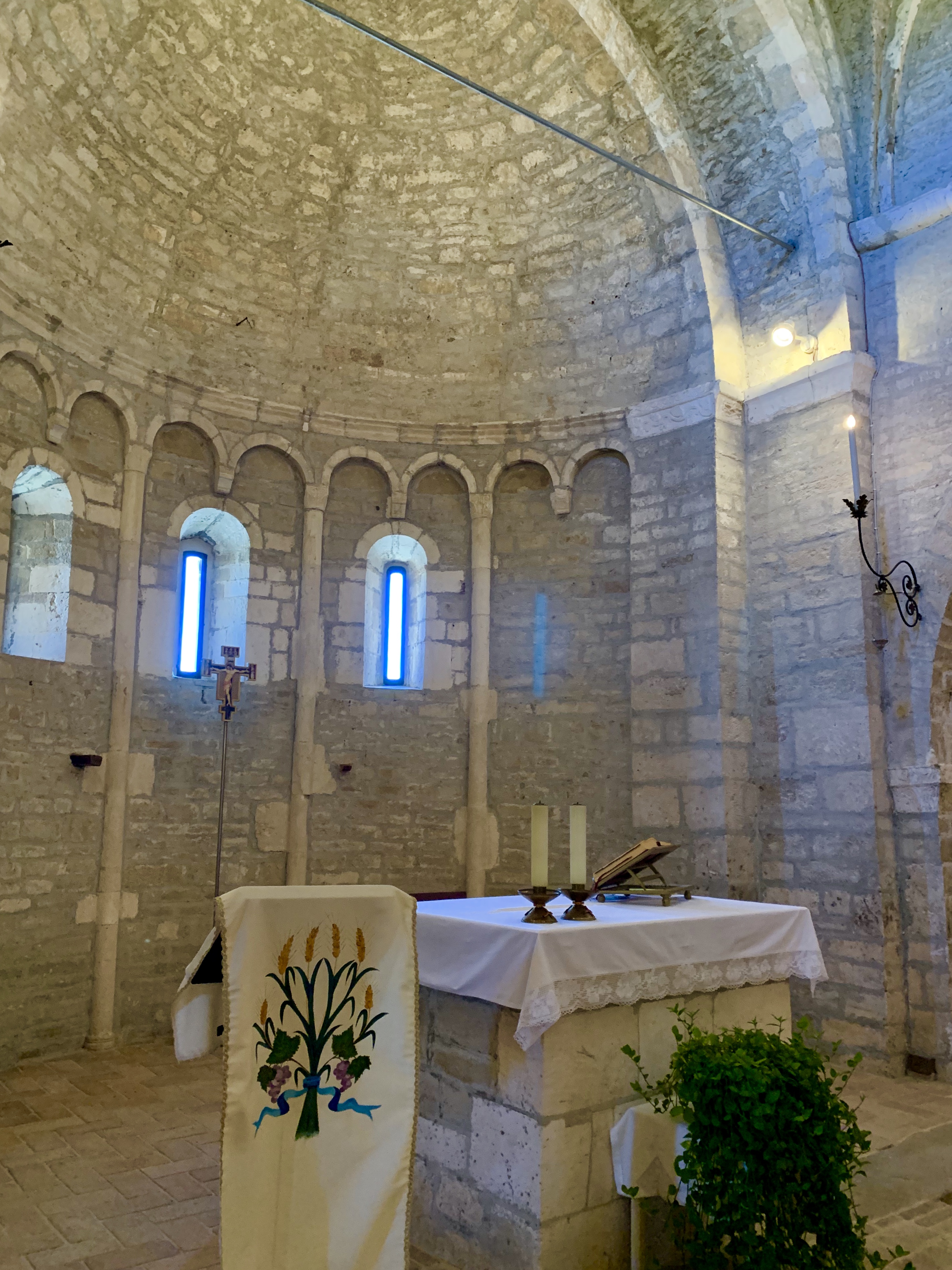
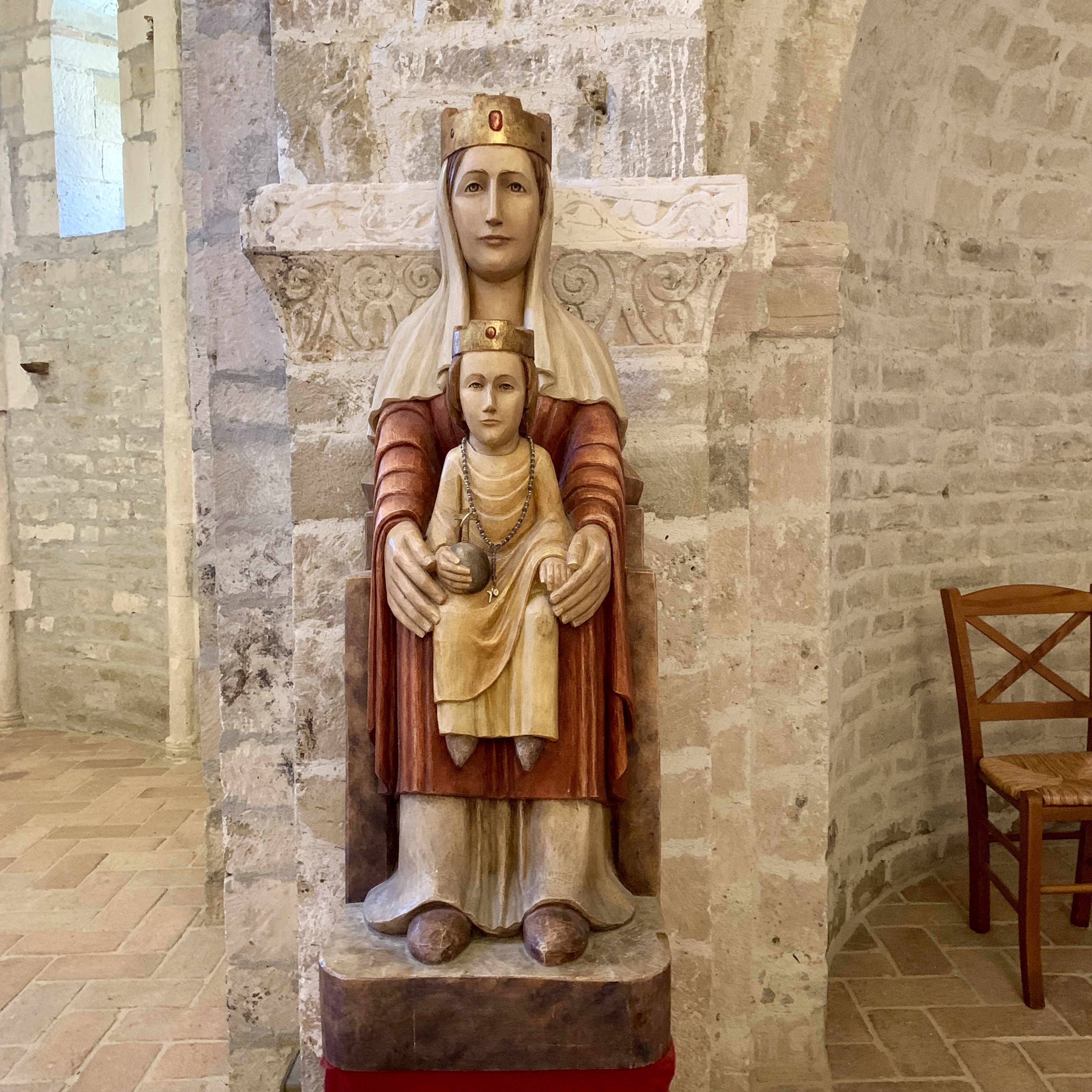
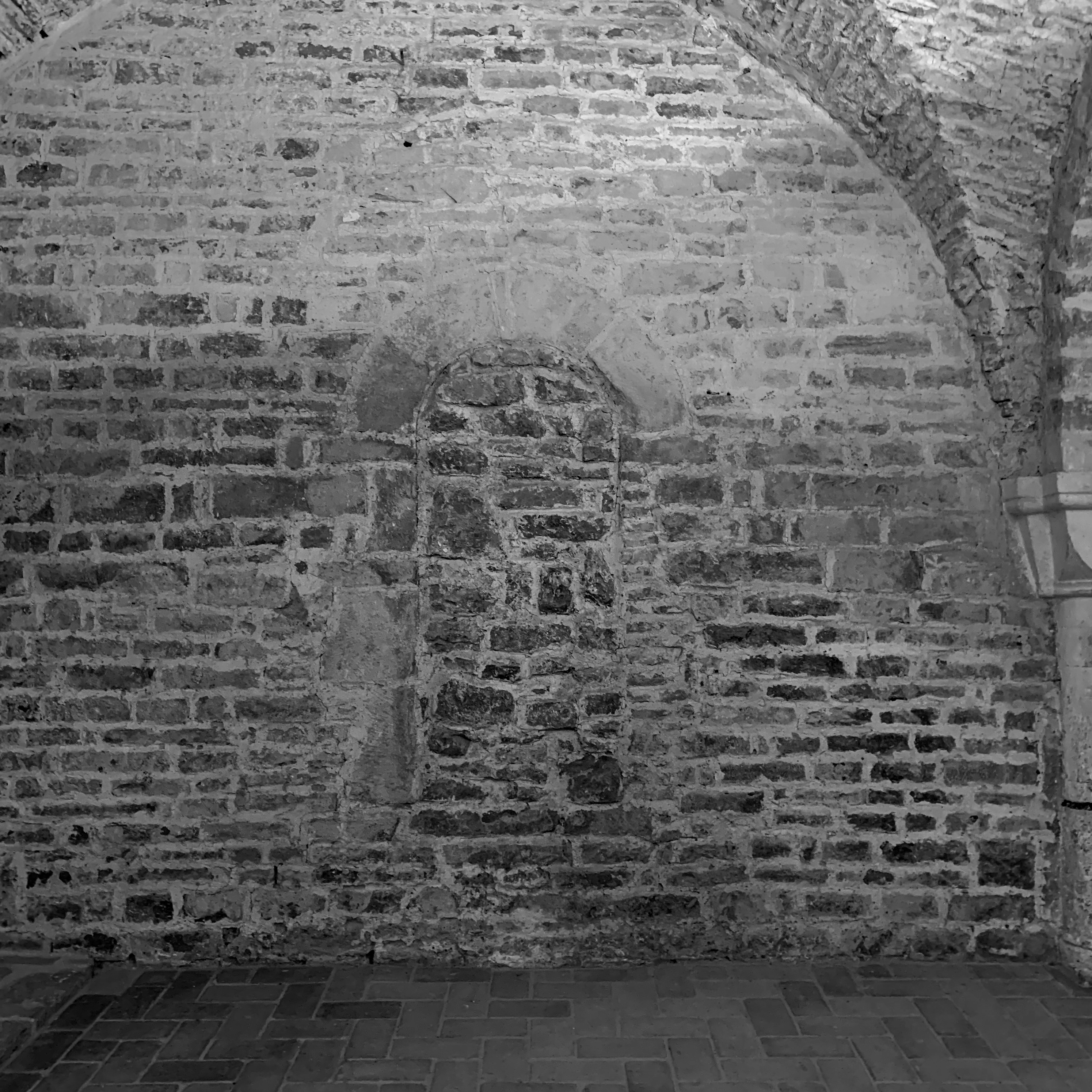
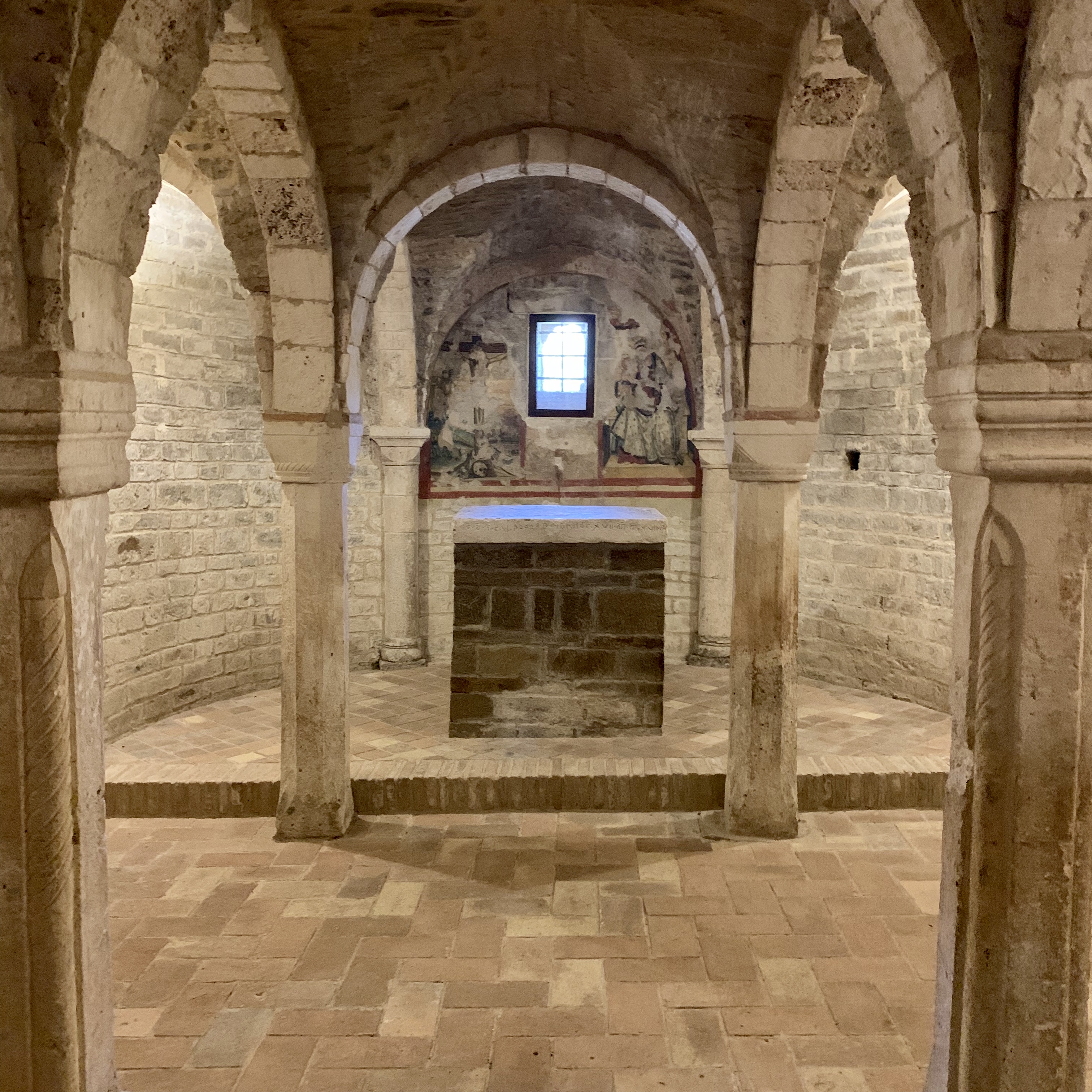
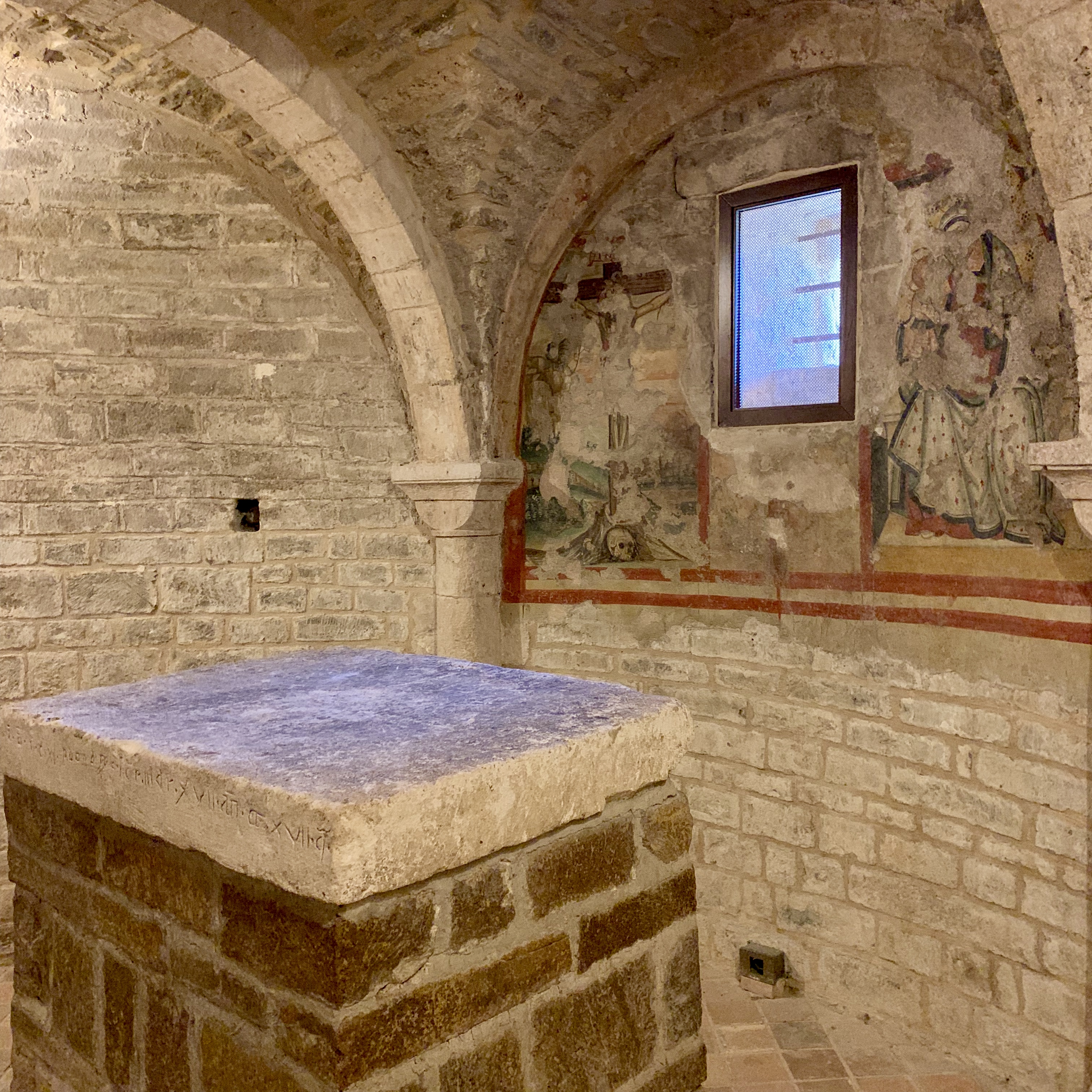
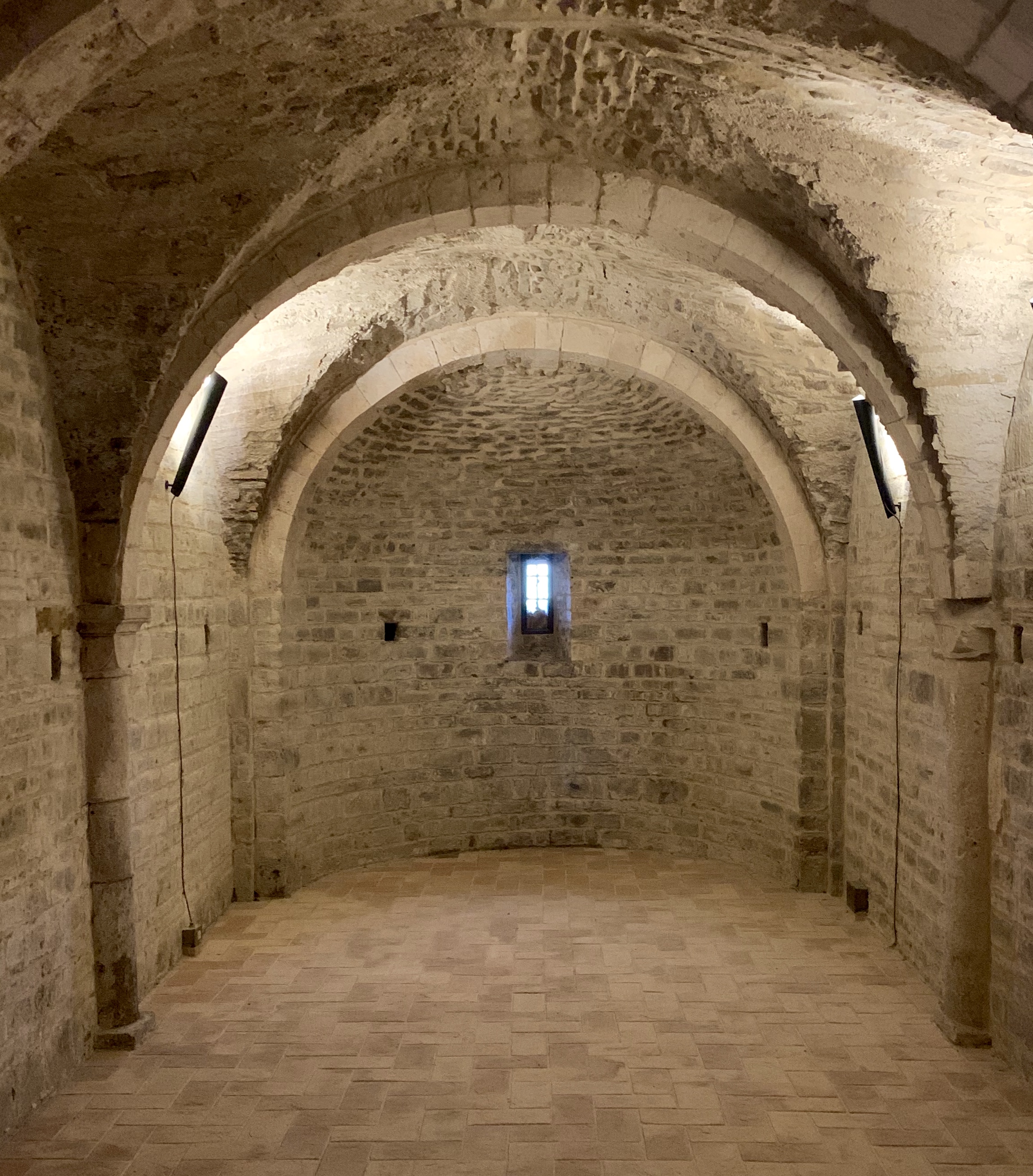
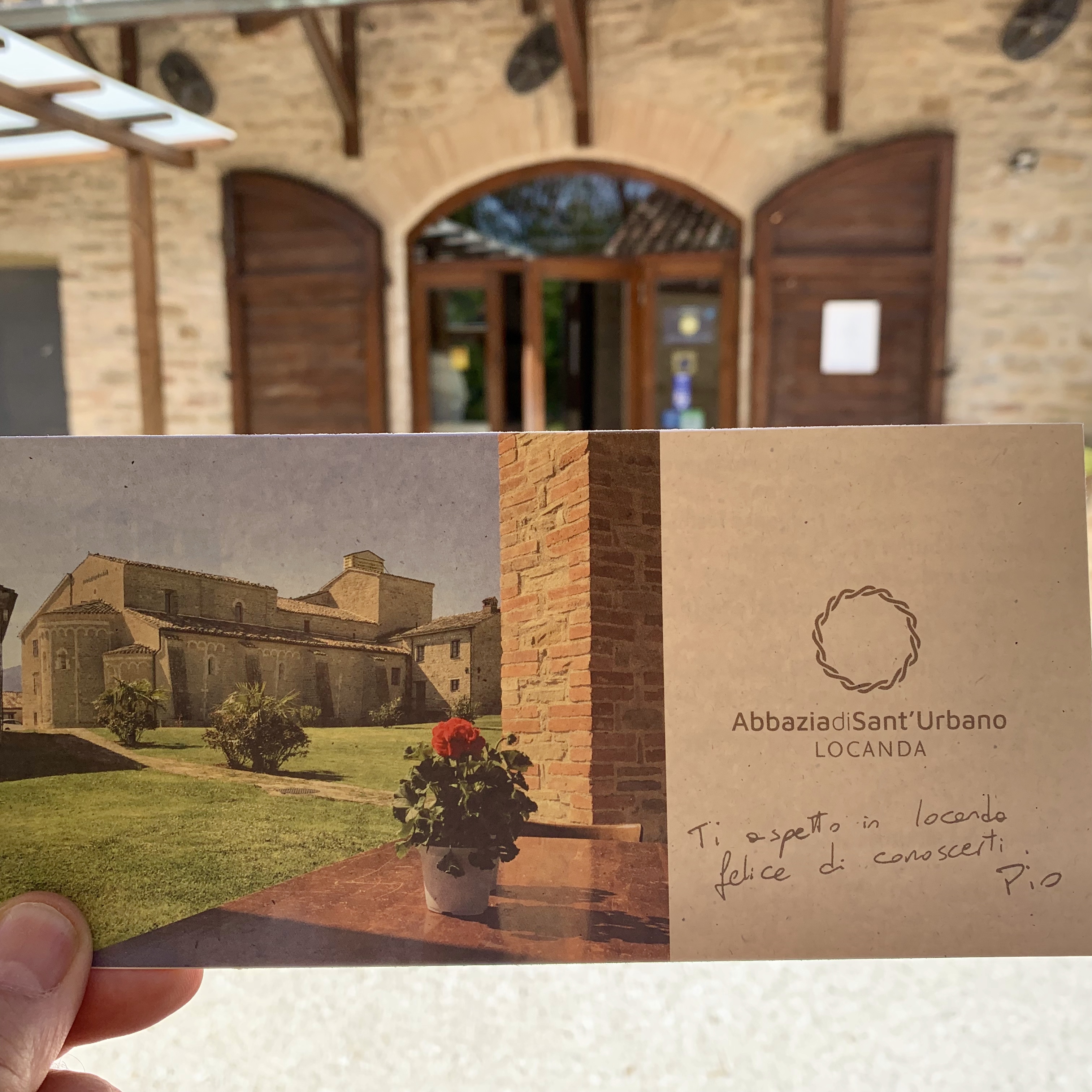
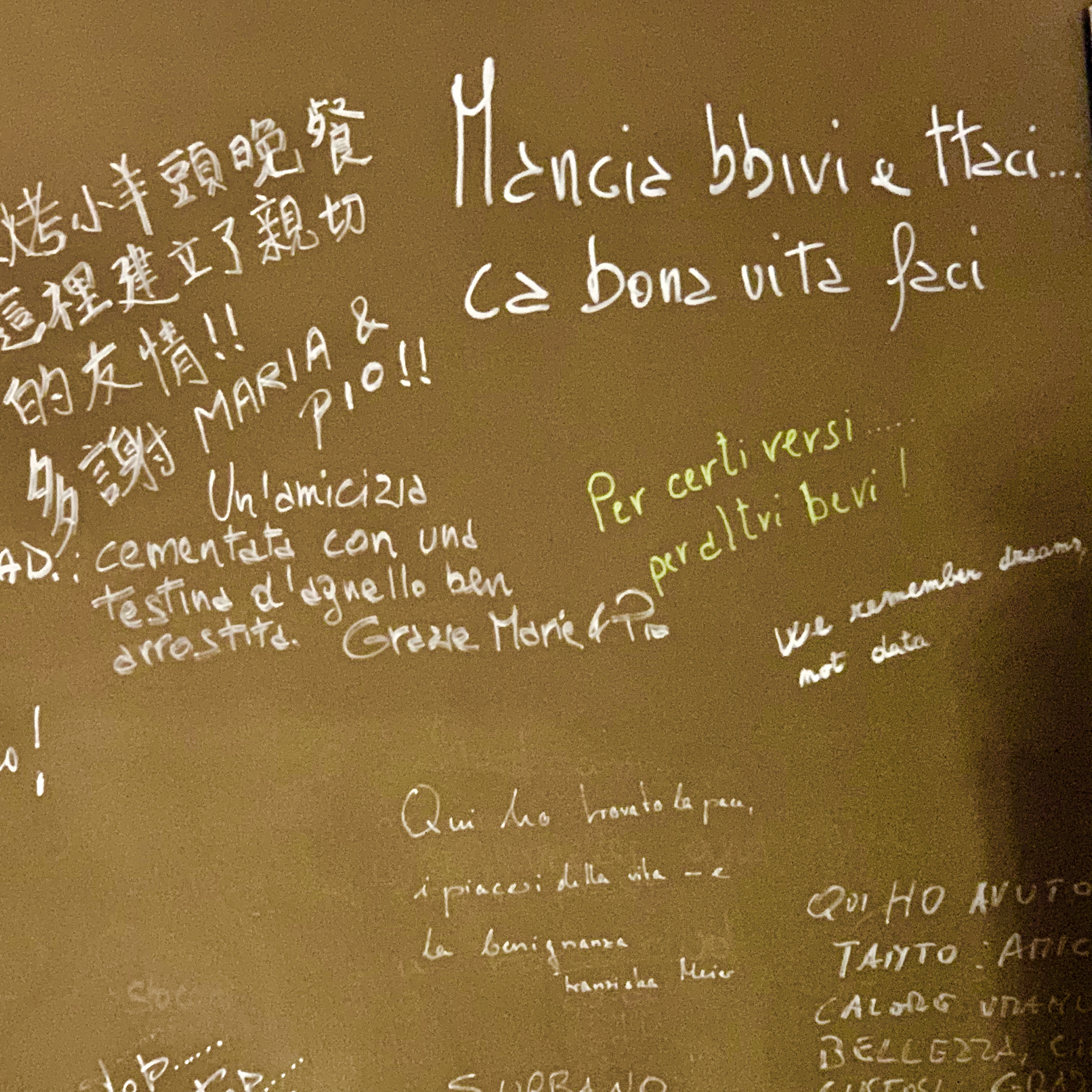
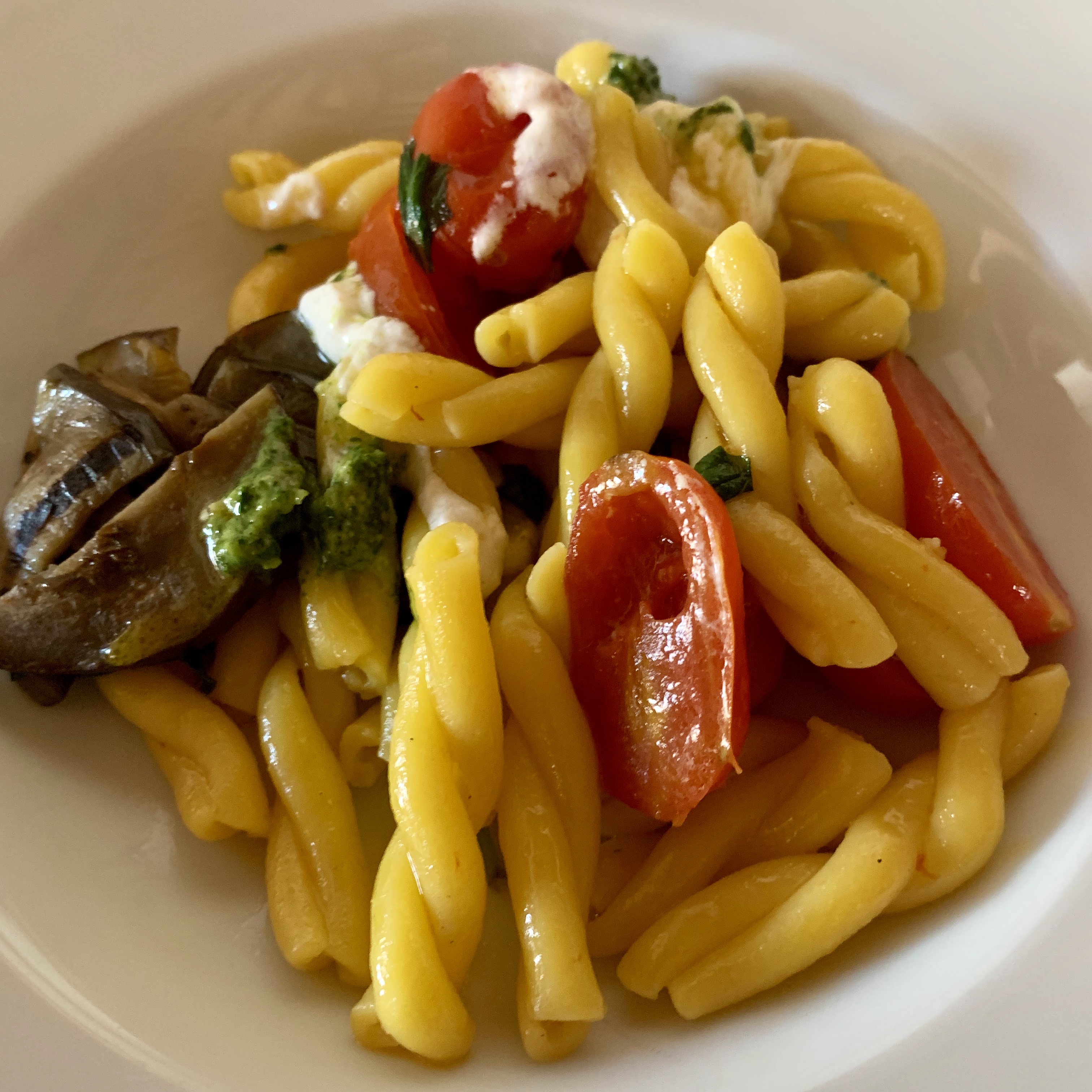
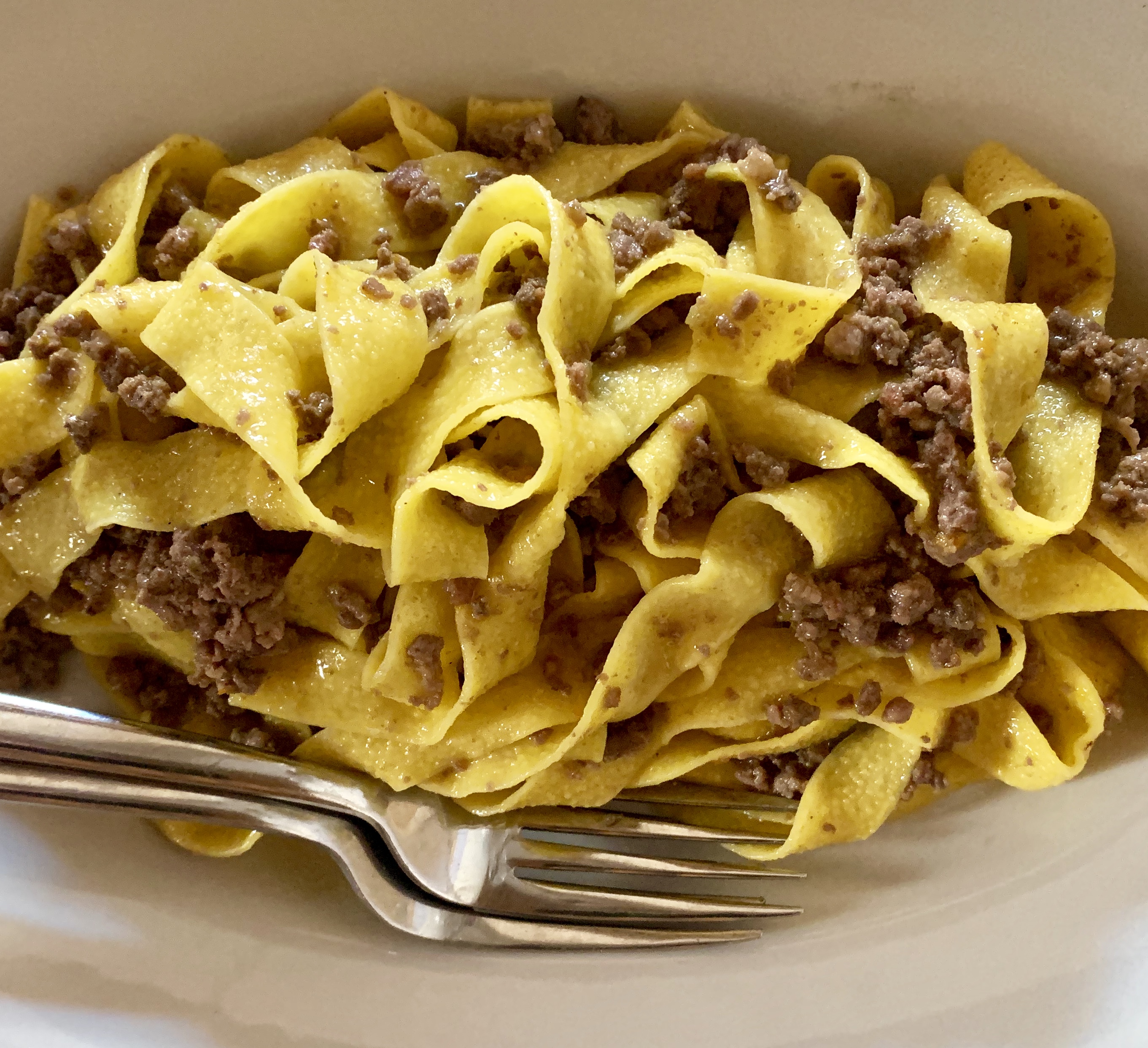
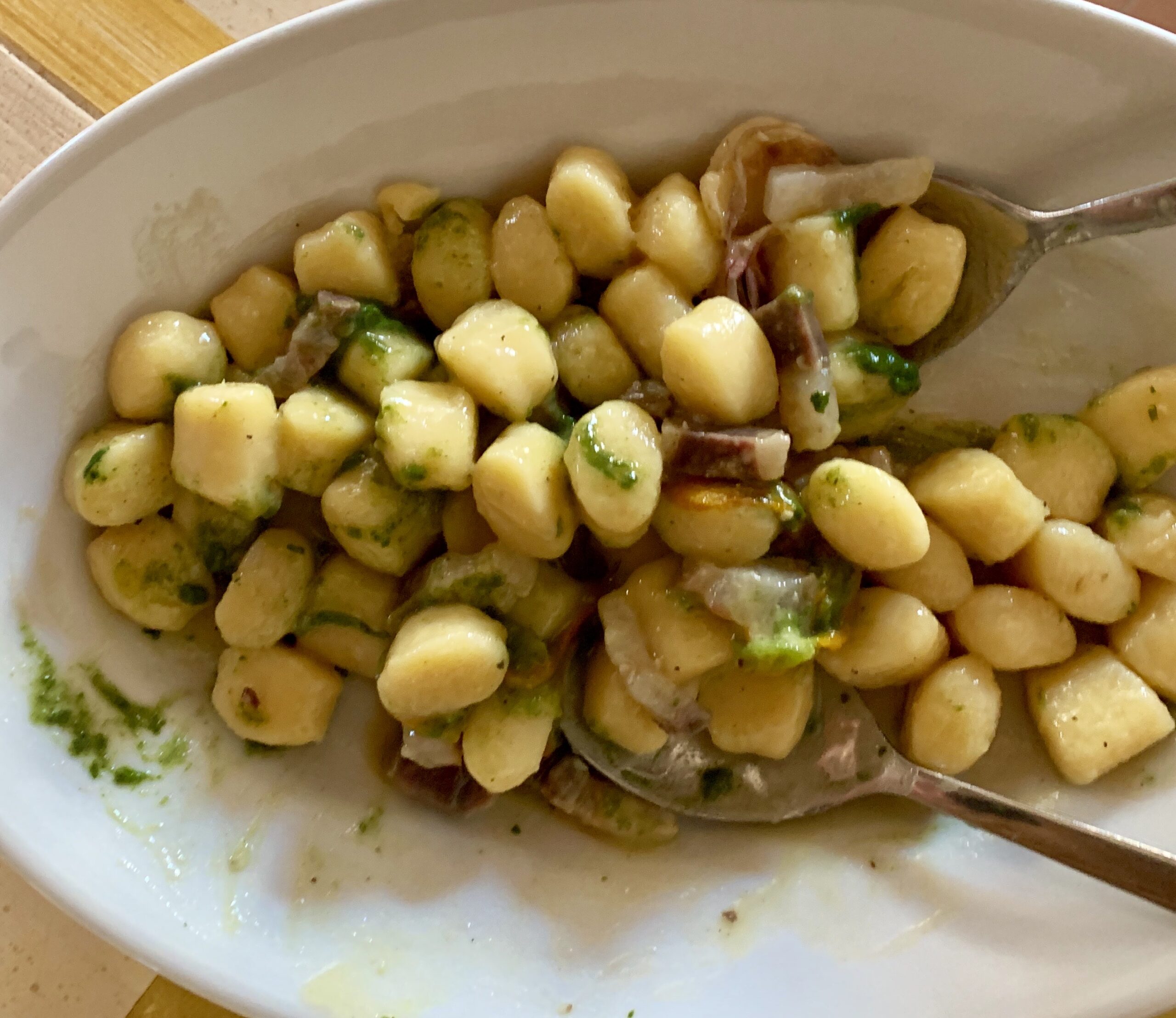
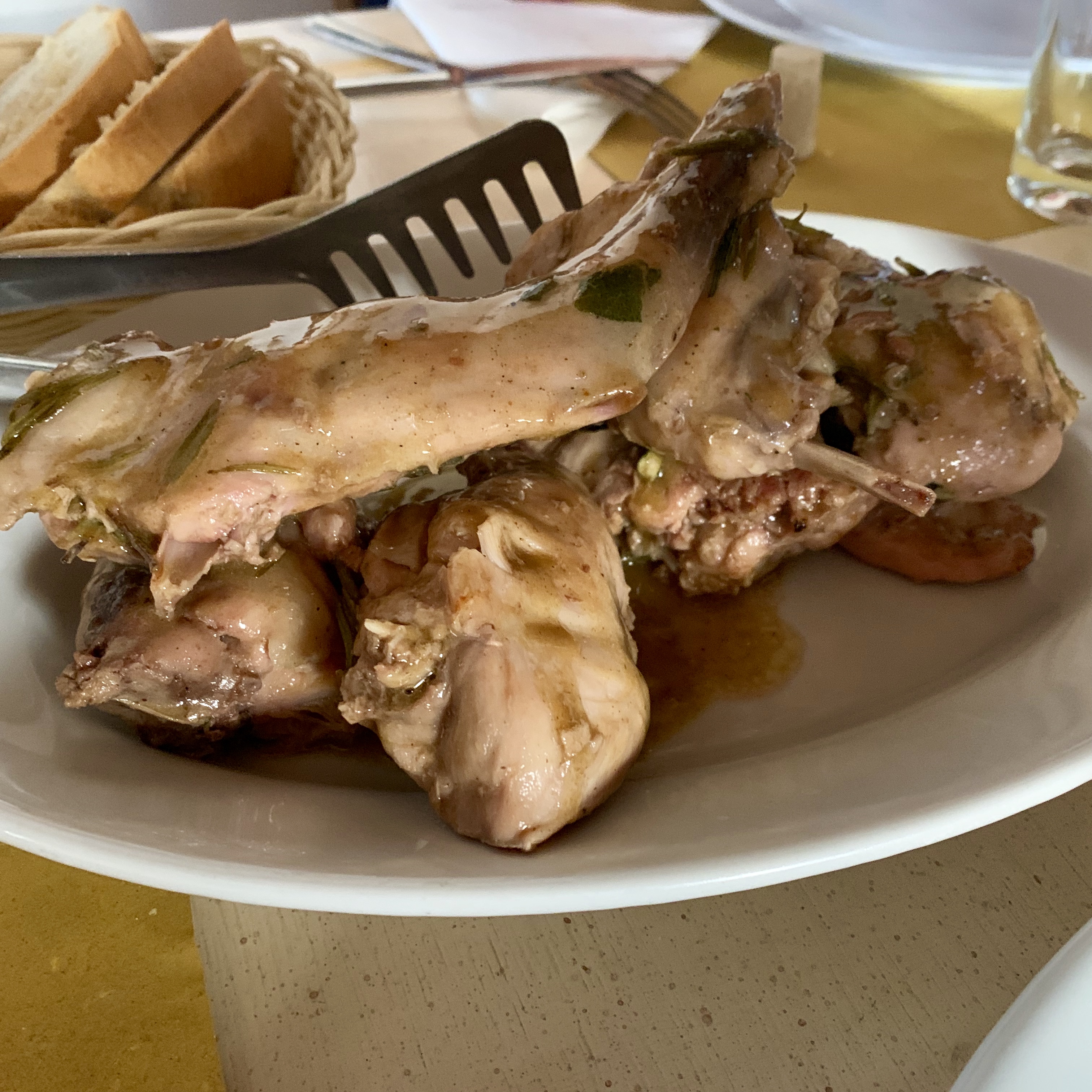
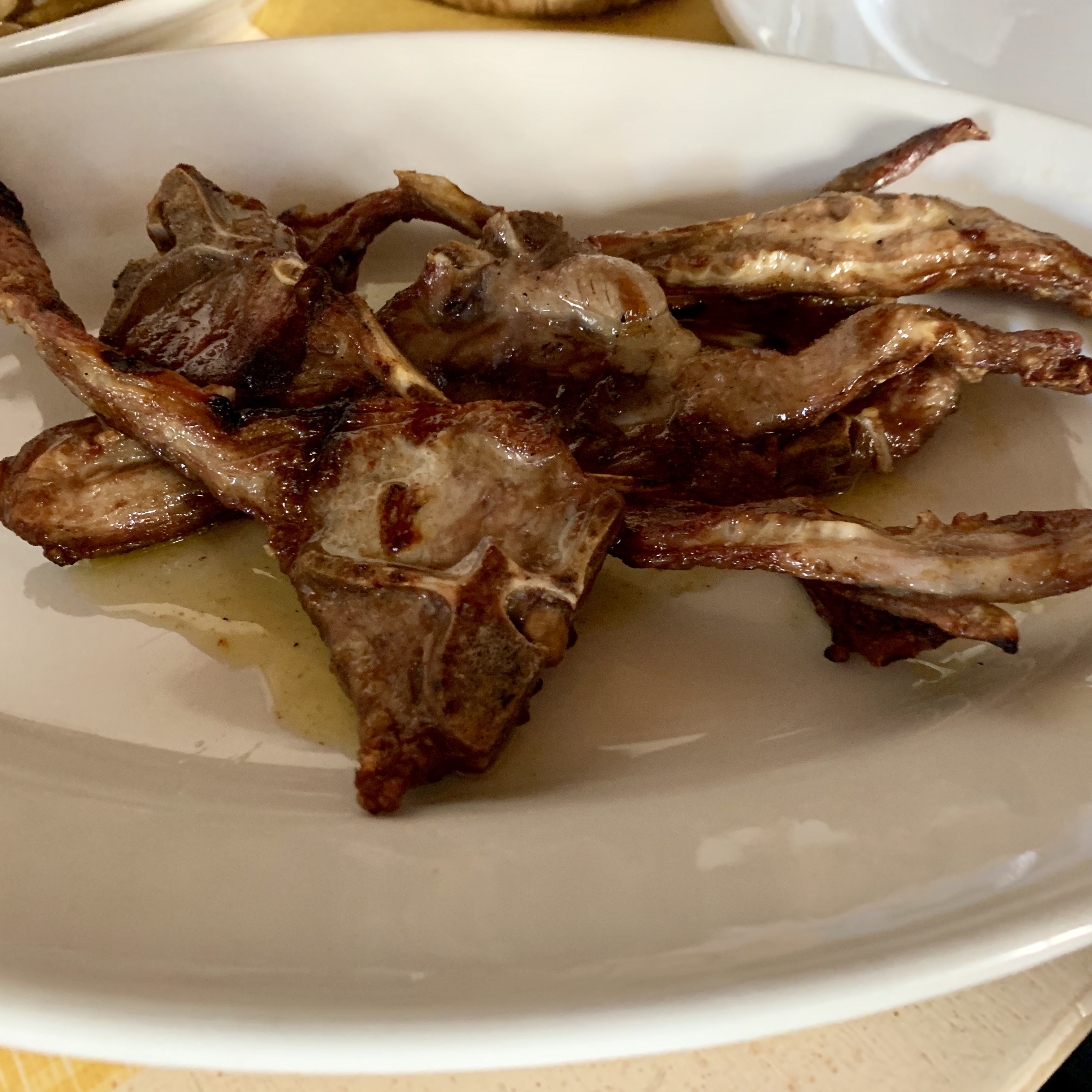
Adriana’s turn at making pasta . . . And the winner is . . .
We know who won, but we’re not saying. Besides, this was not a contest. Or was it? We note that cousin Adriana rolled all four eggs of pasta at one time. Luciana and Robert rolled the pasta in two batches. We are sure Zia Santa was smiling at our progress. By the time we are 90, we should have making pasta down pat. (Zia Santa started when she was 5!)
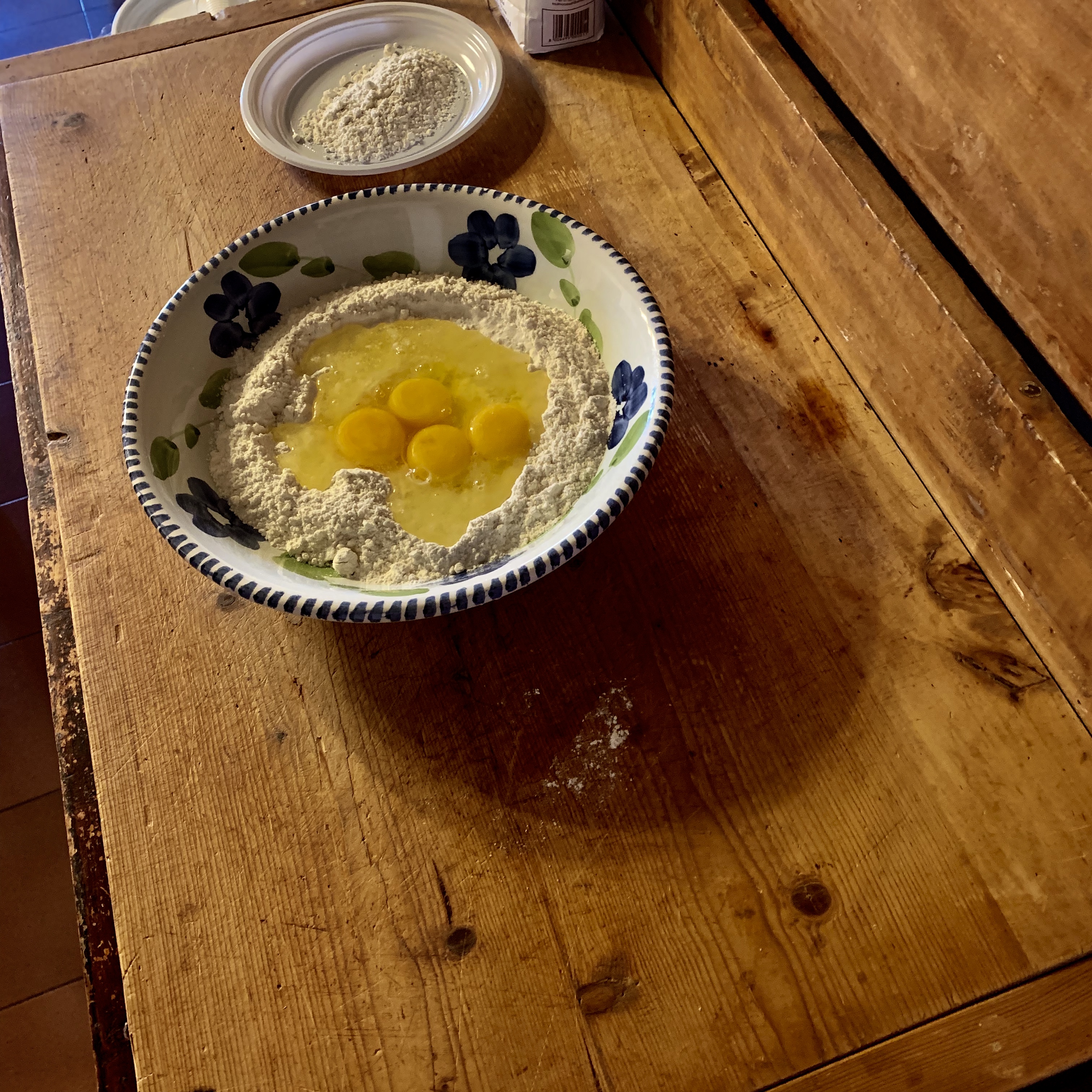
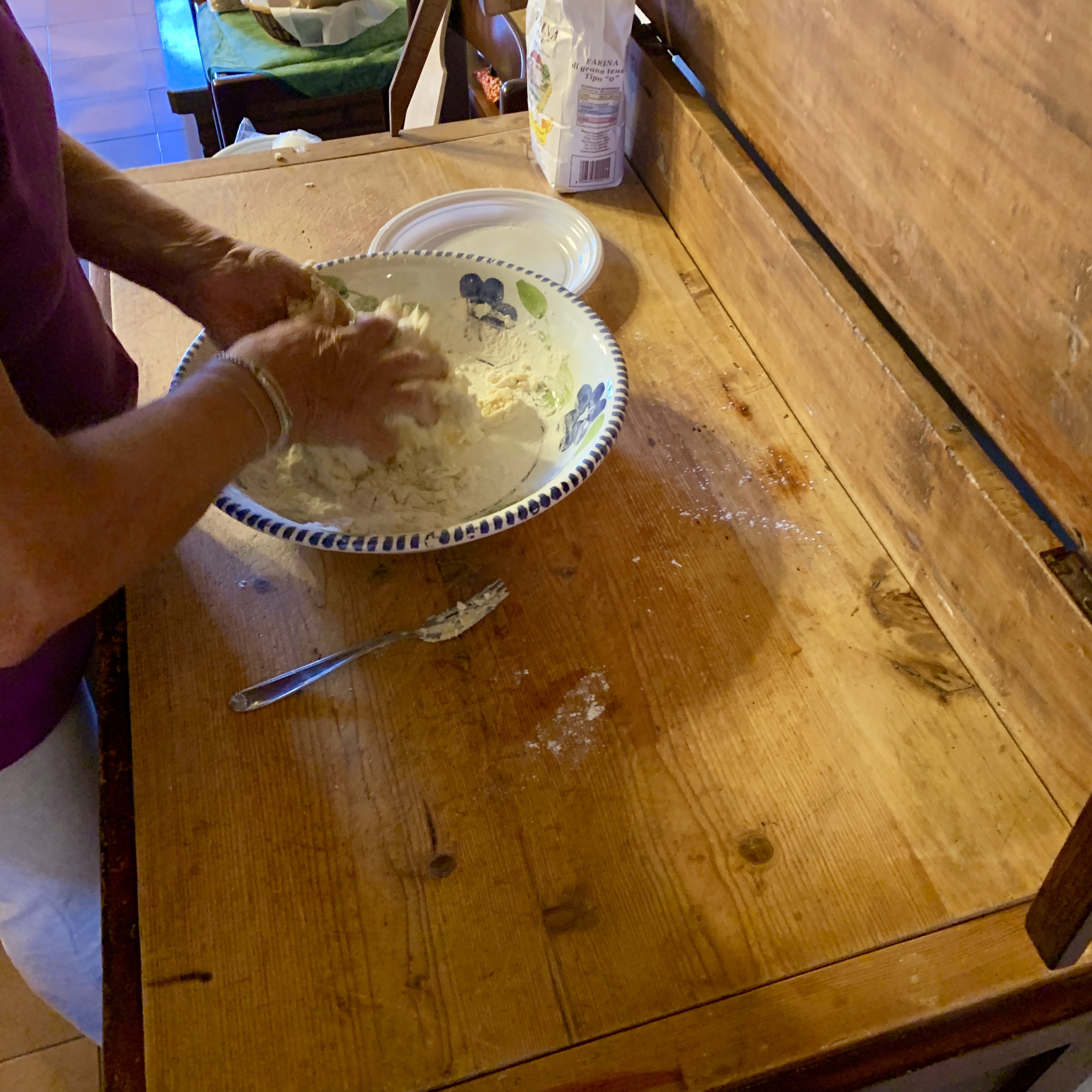
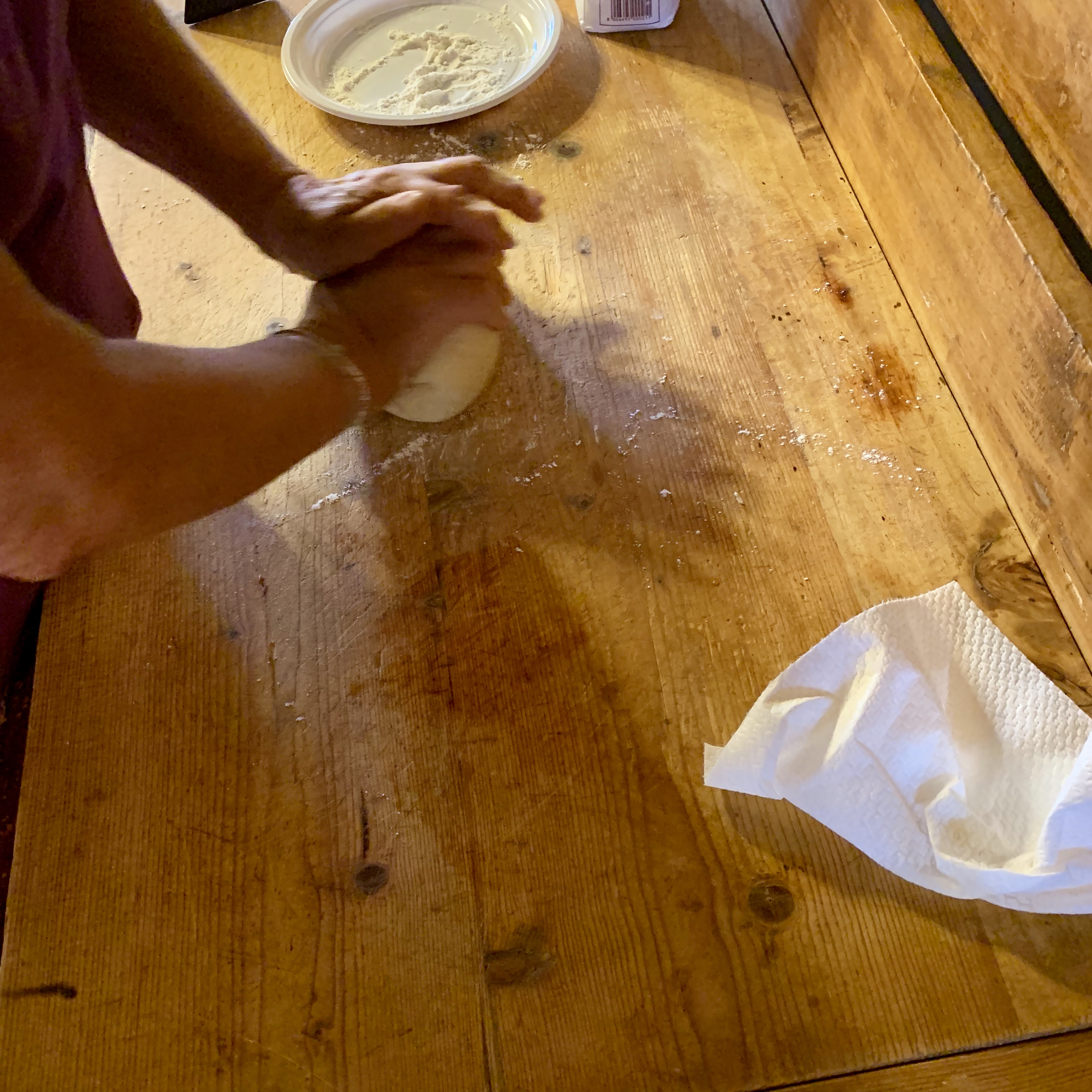
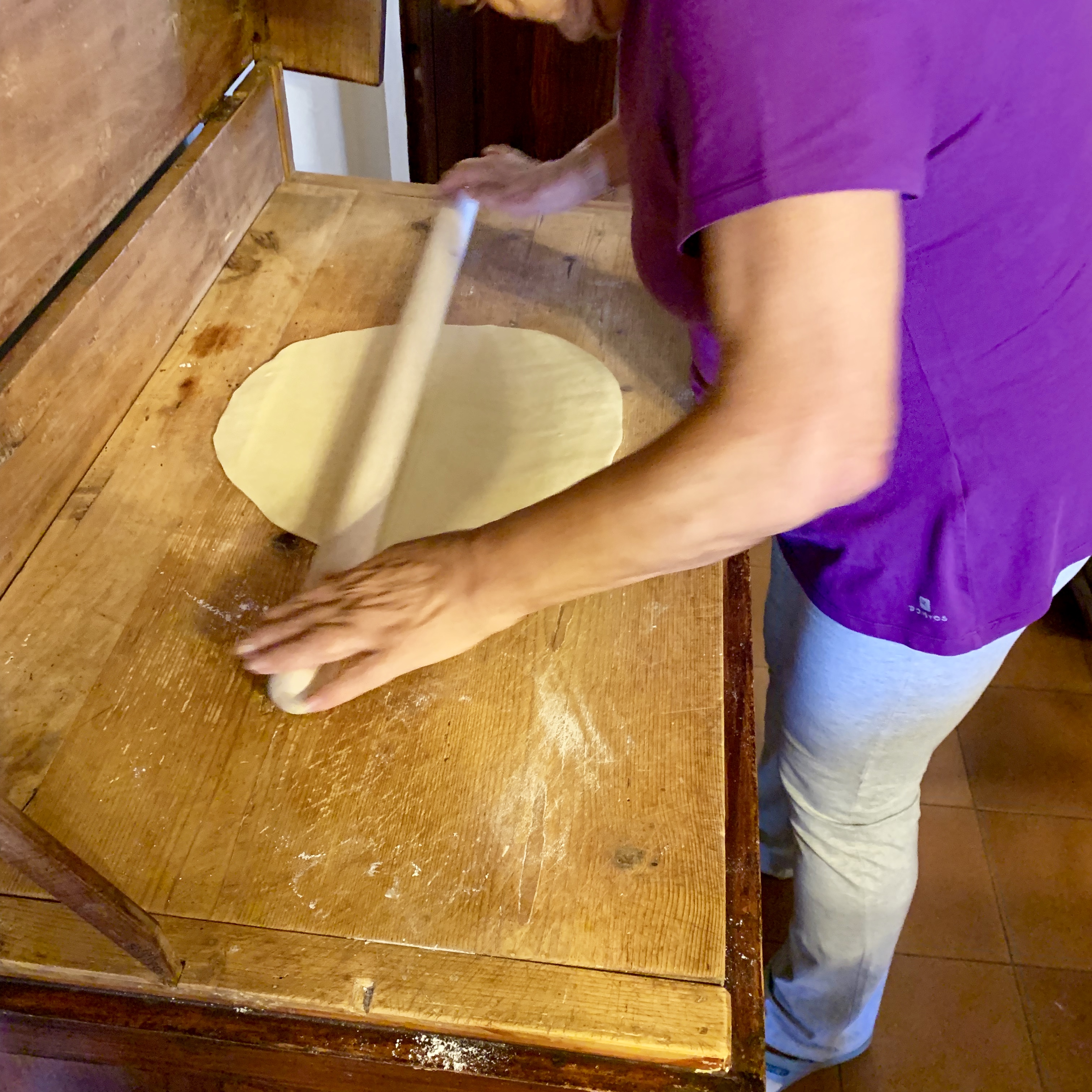
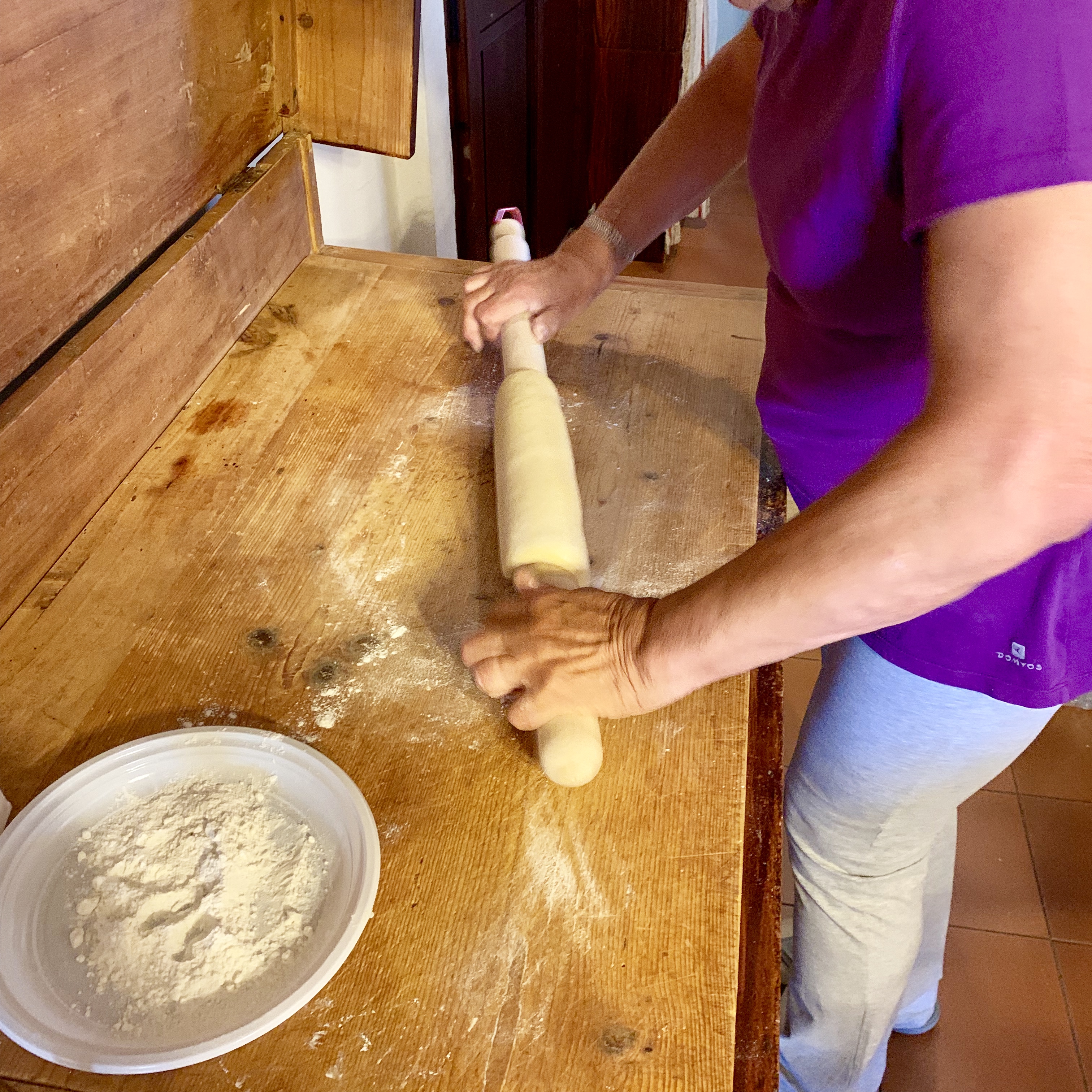
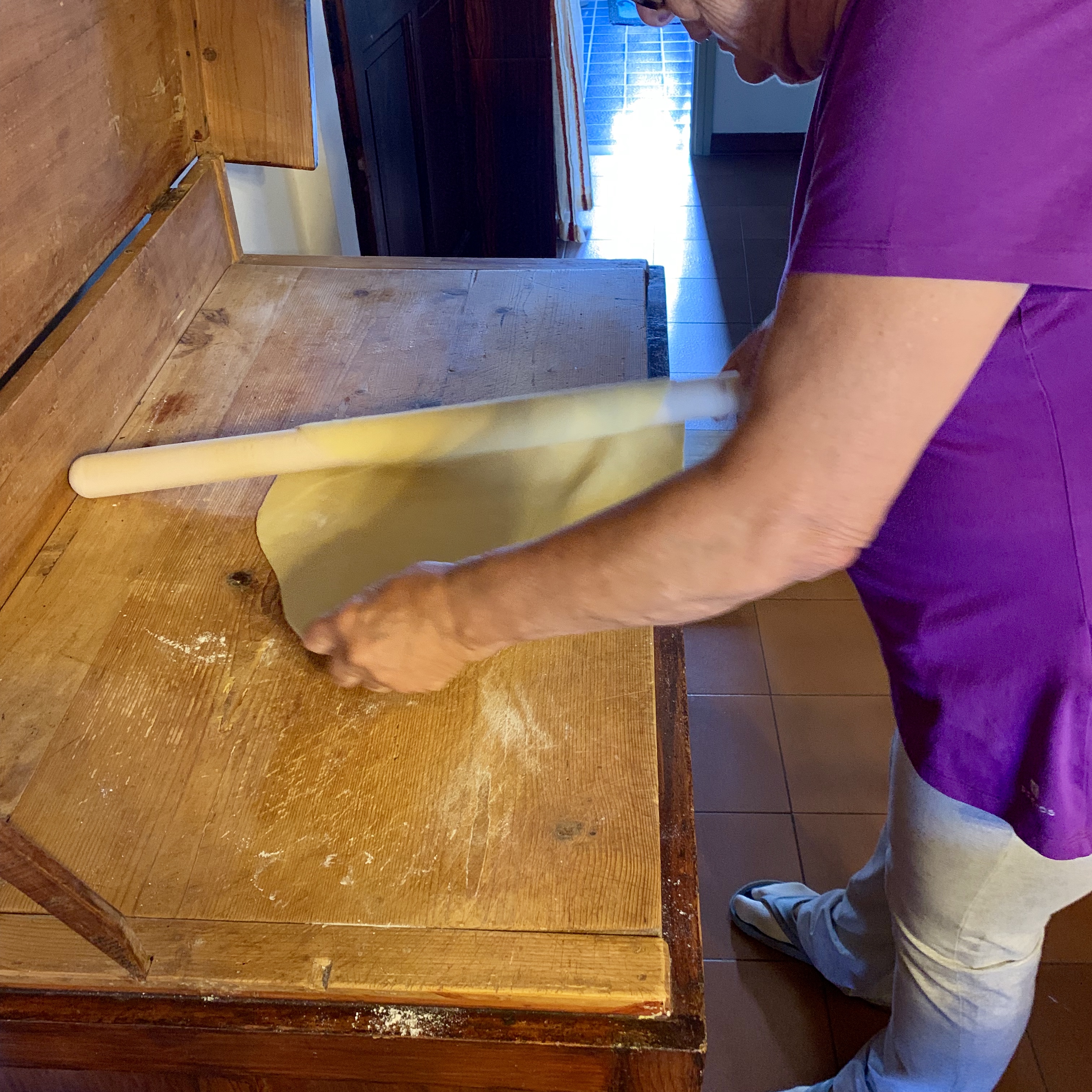
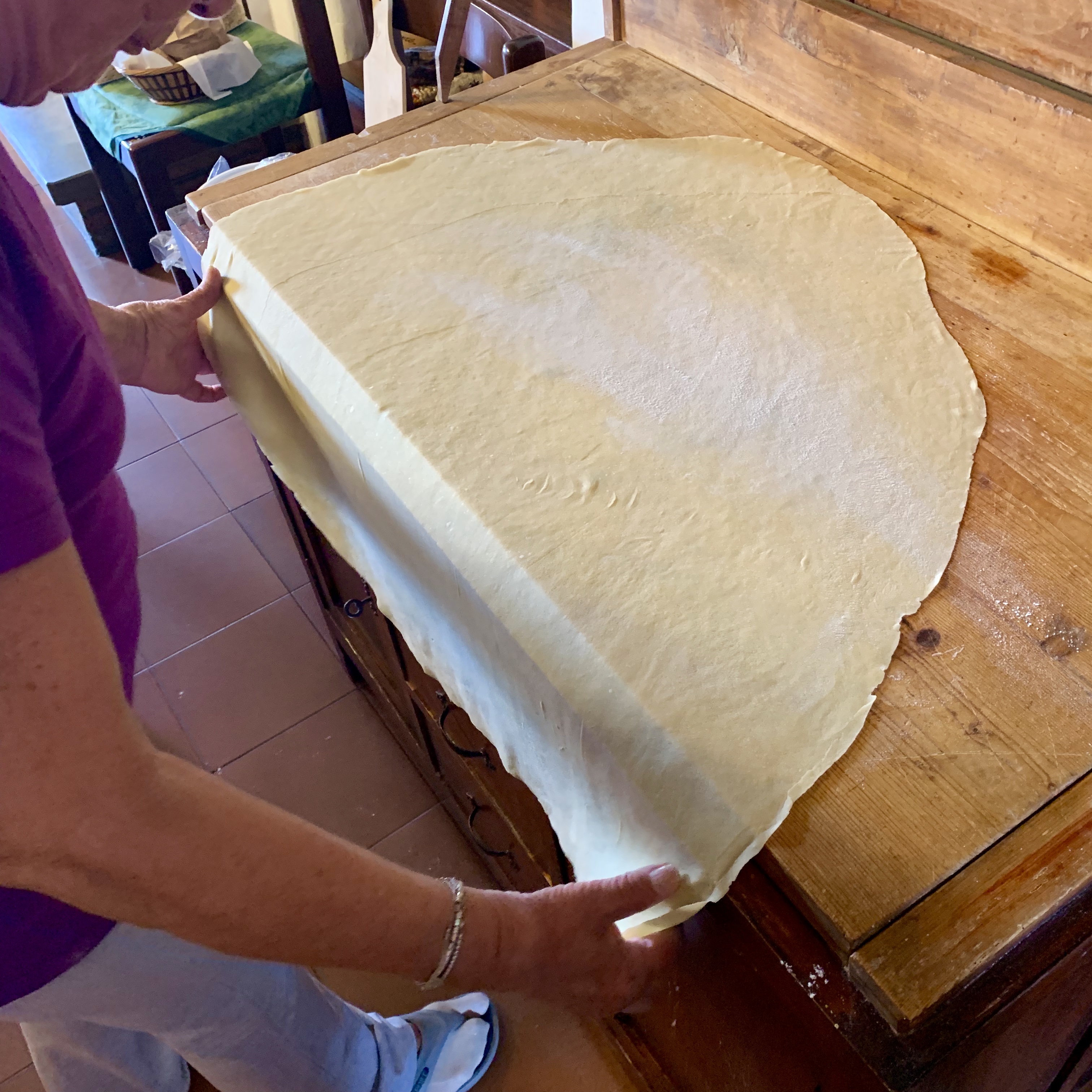
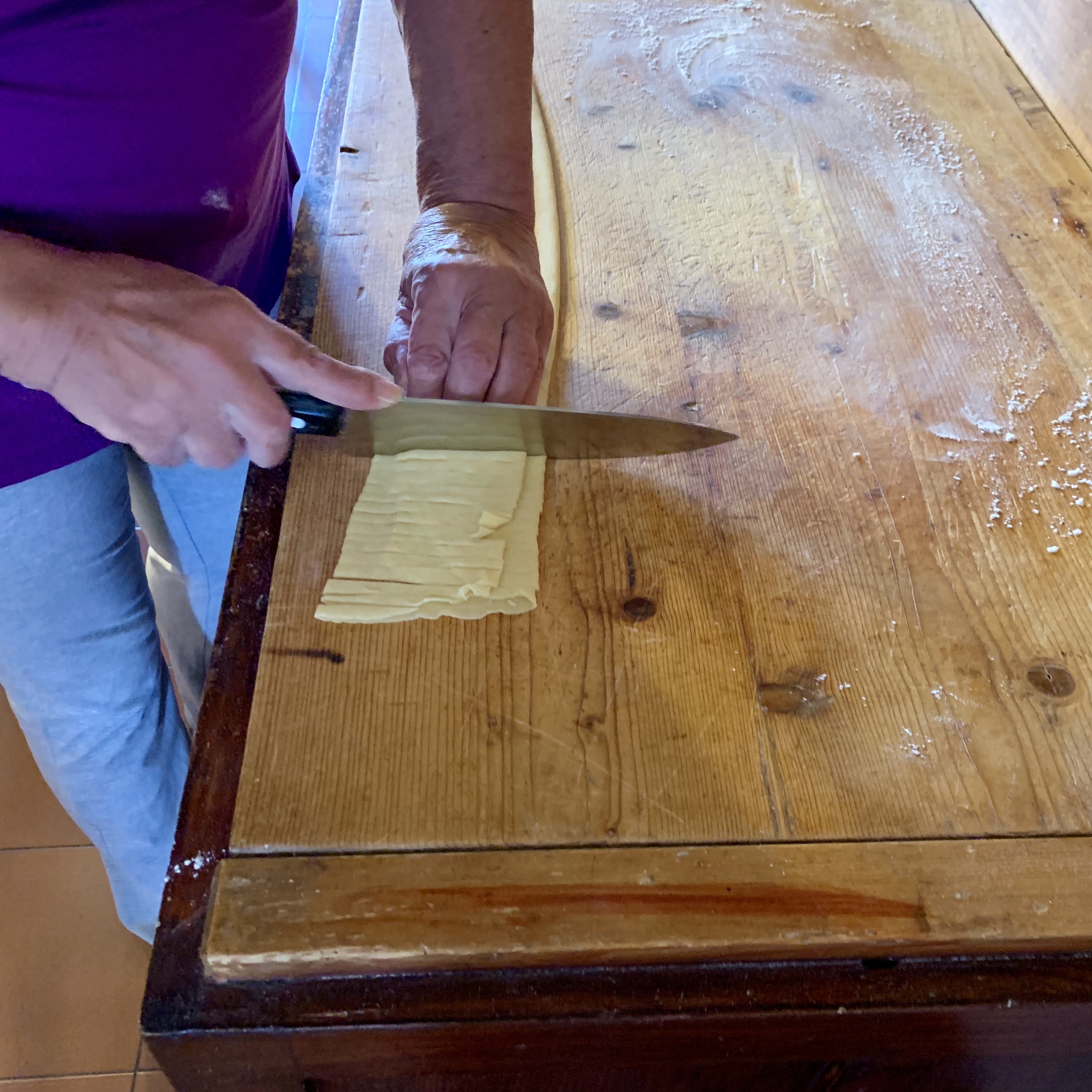
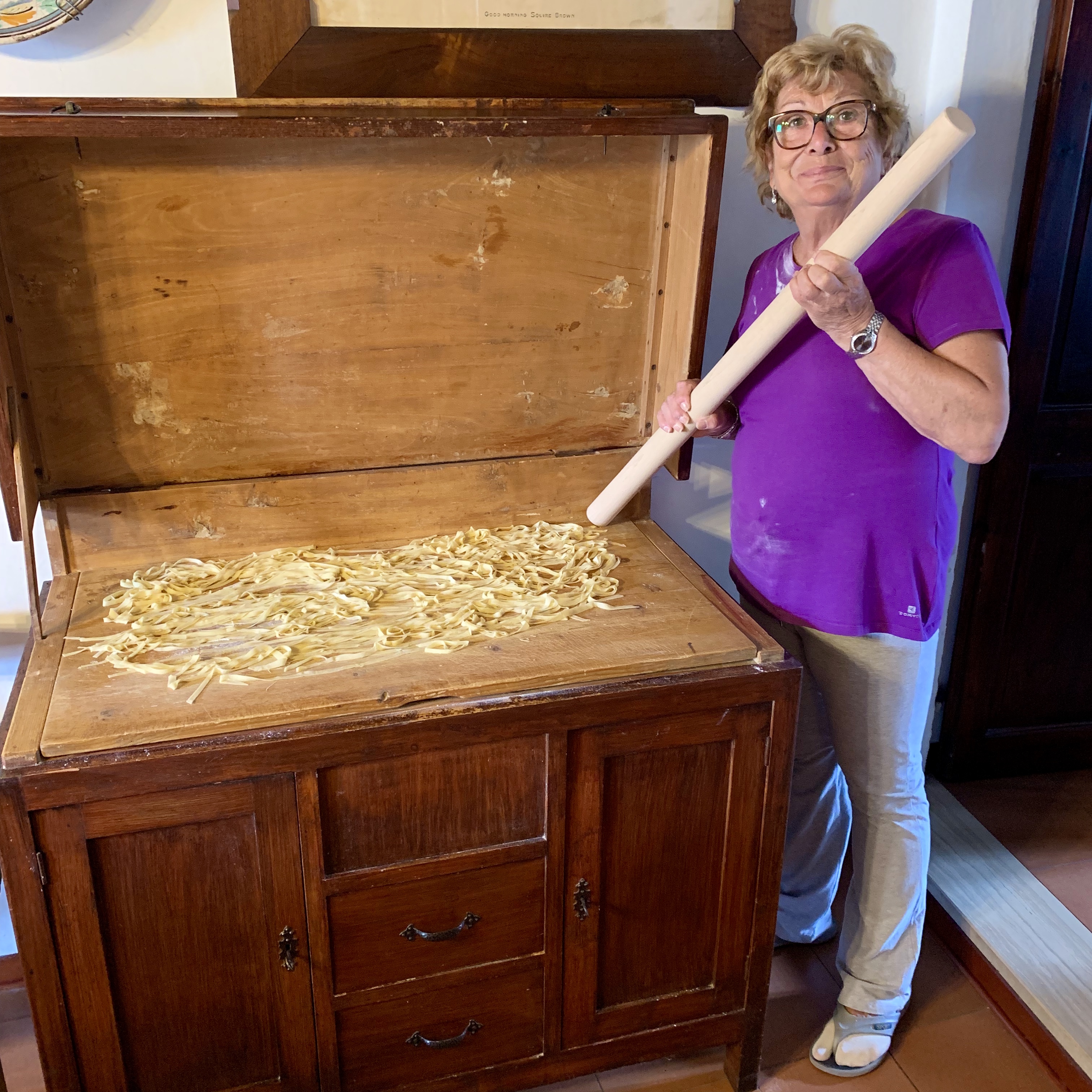
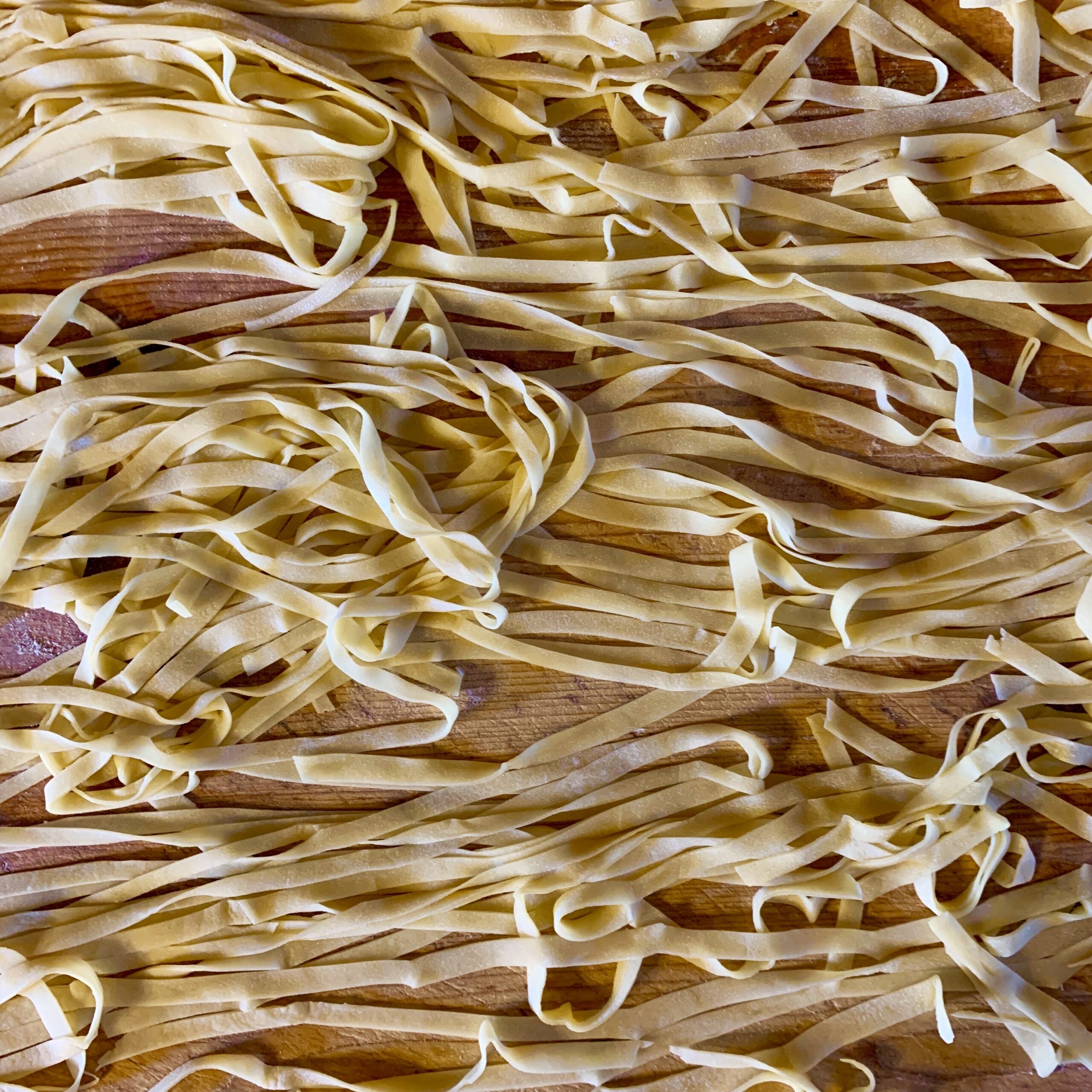
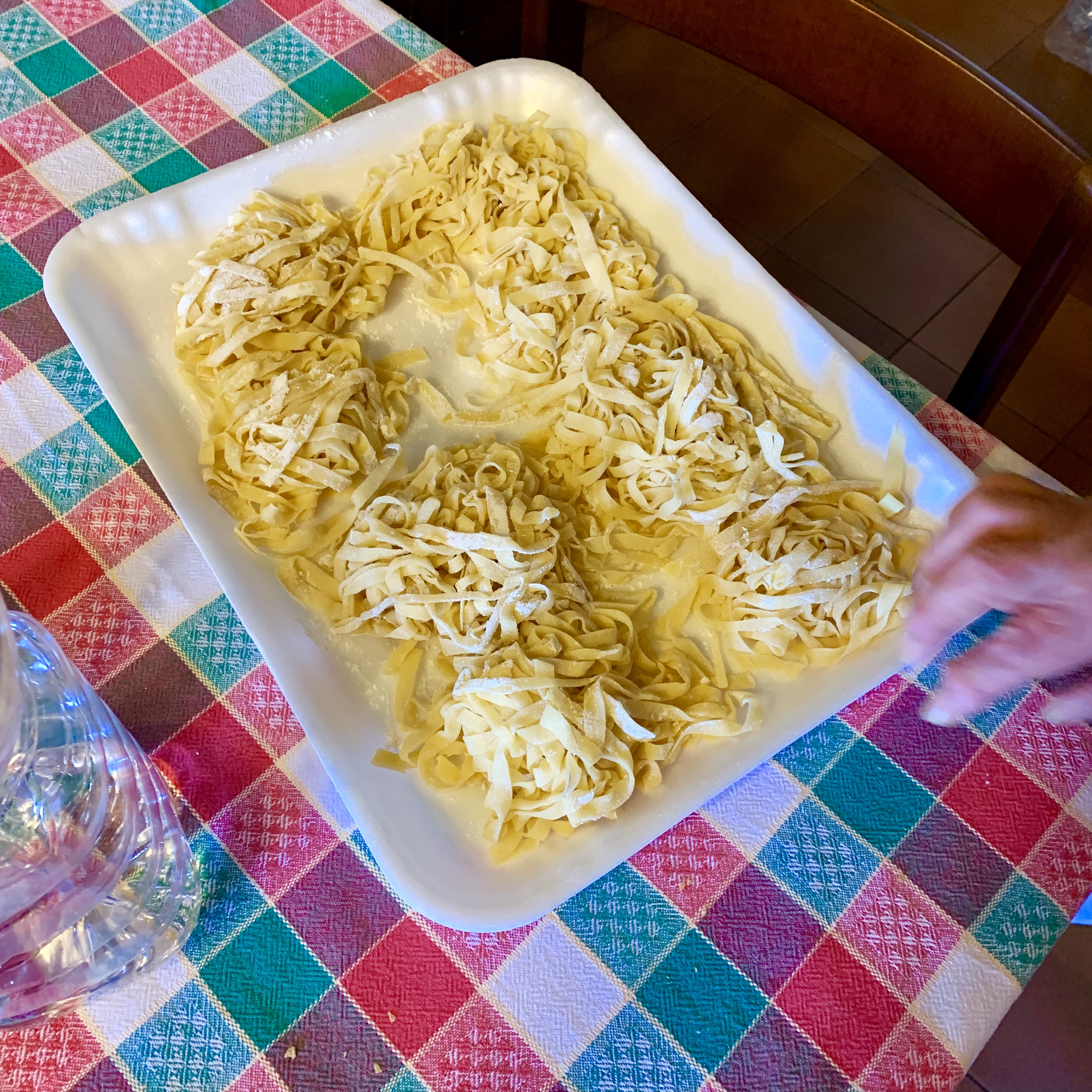
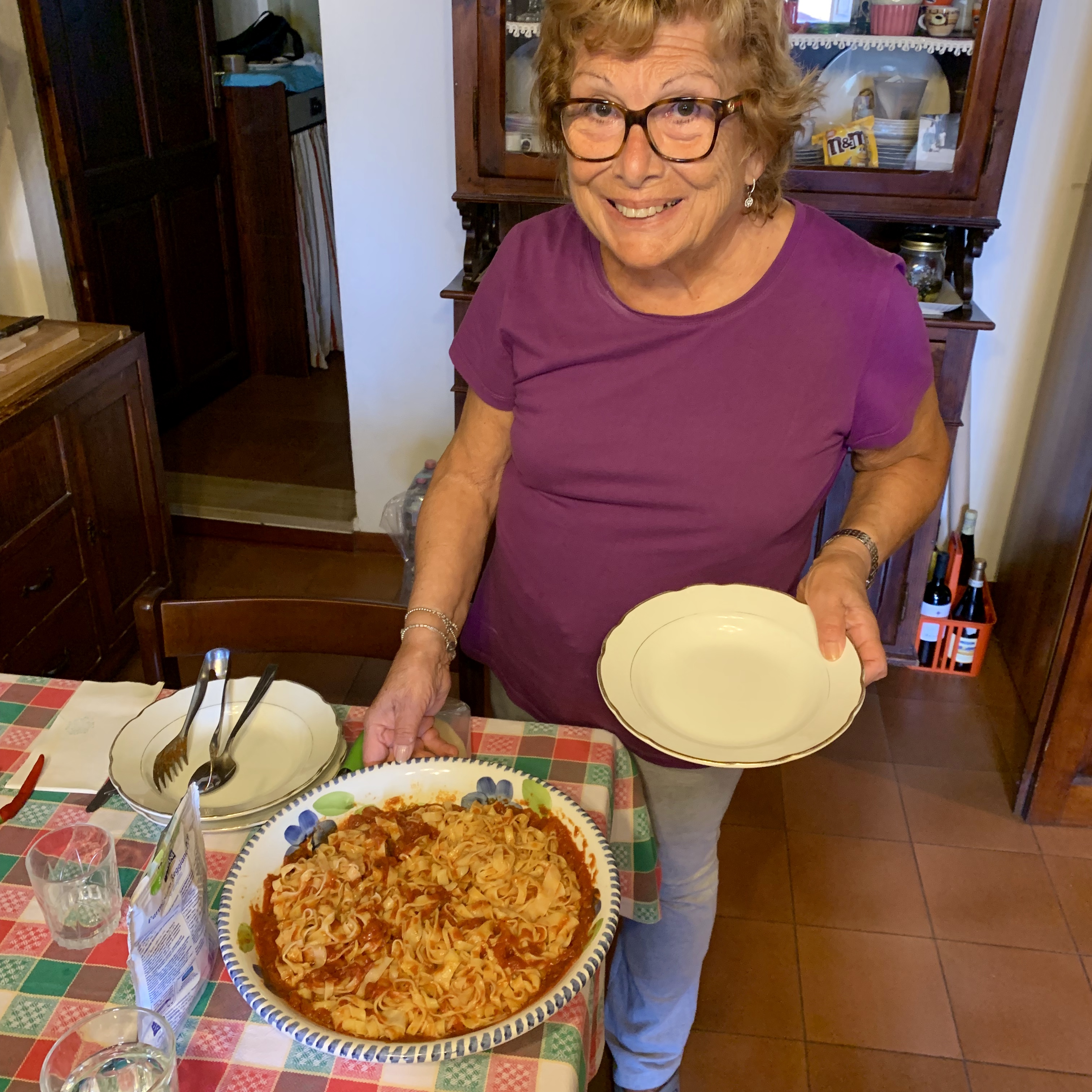
Cibo e bibite a casa
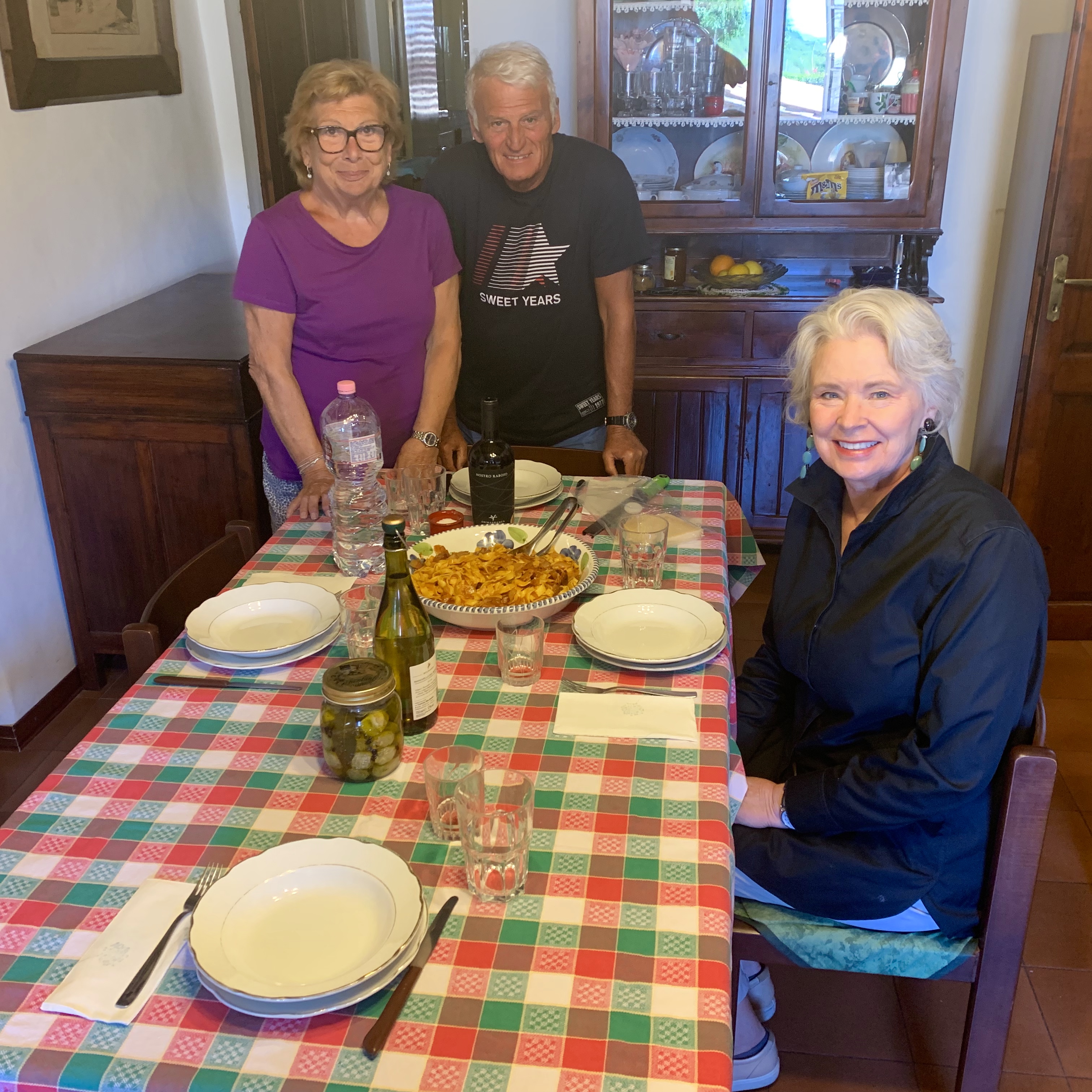
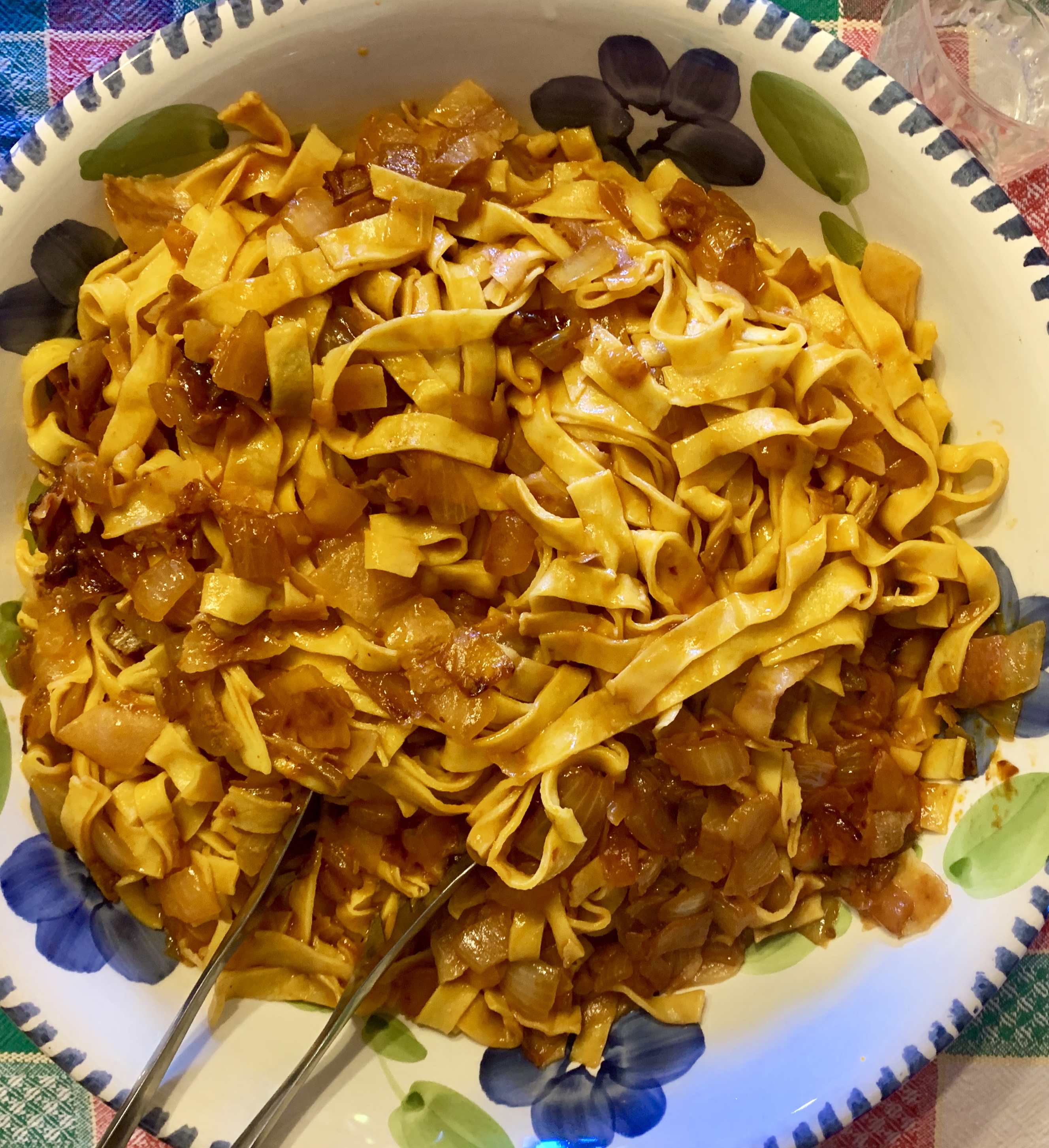
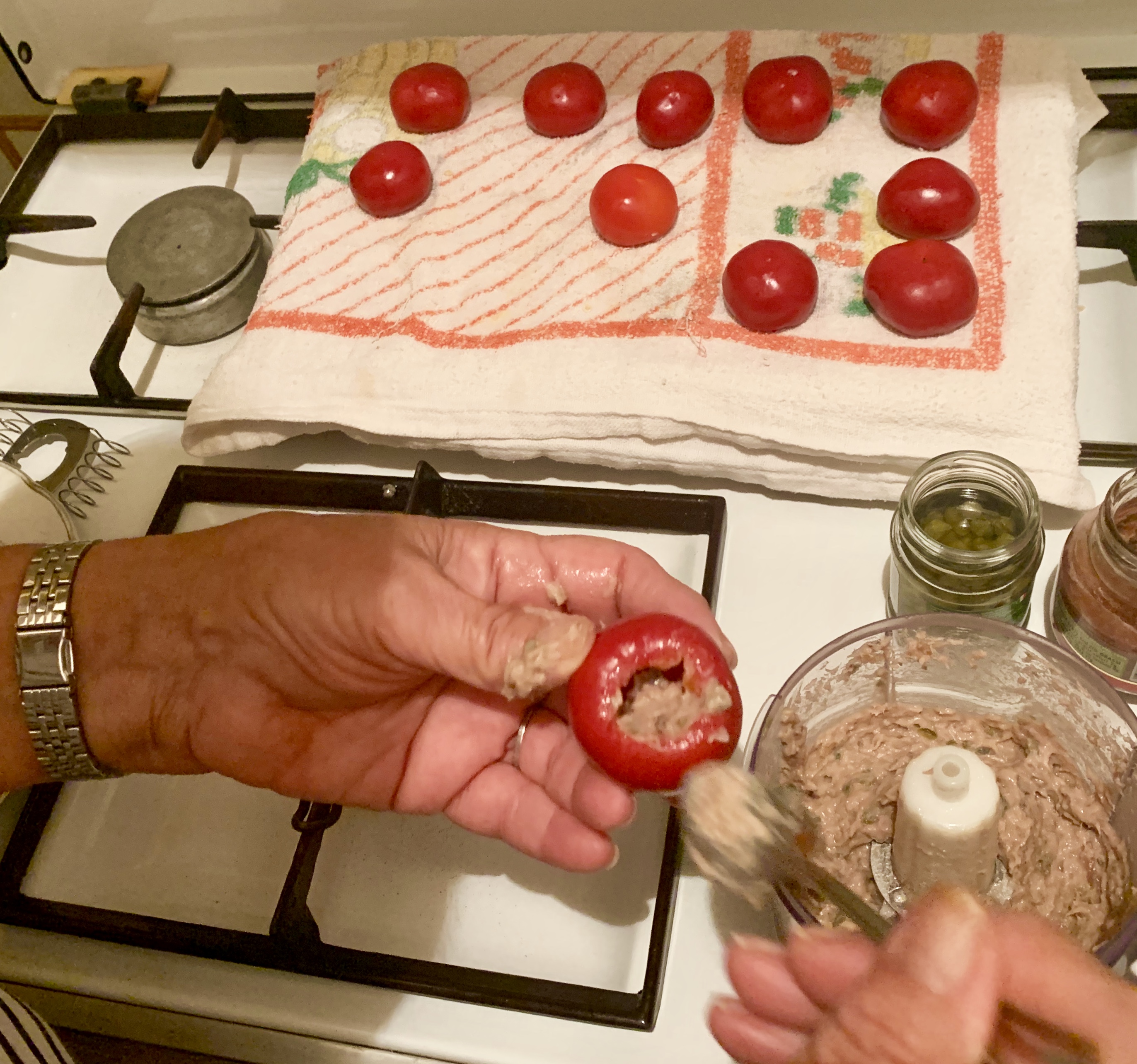
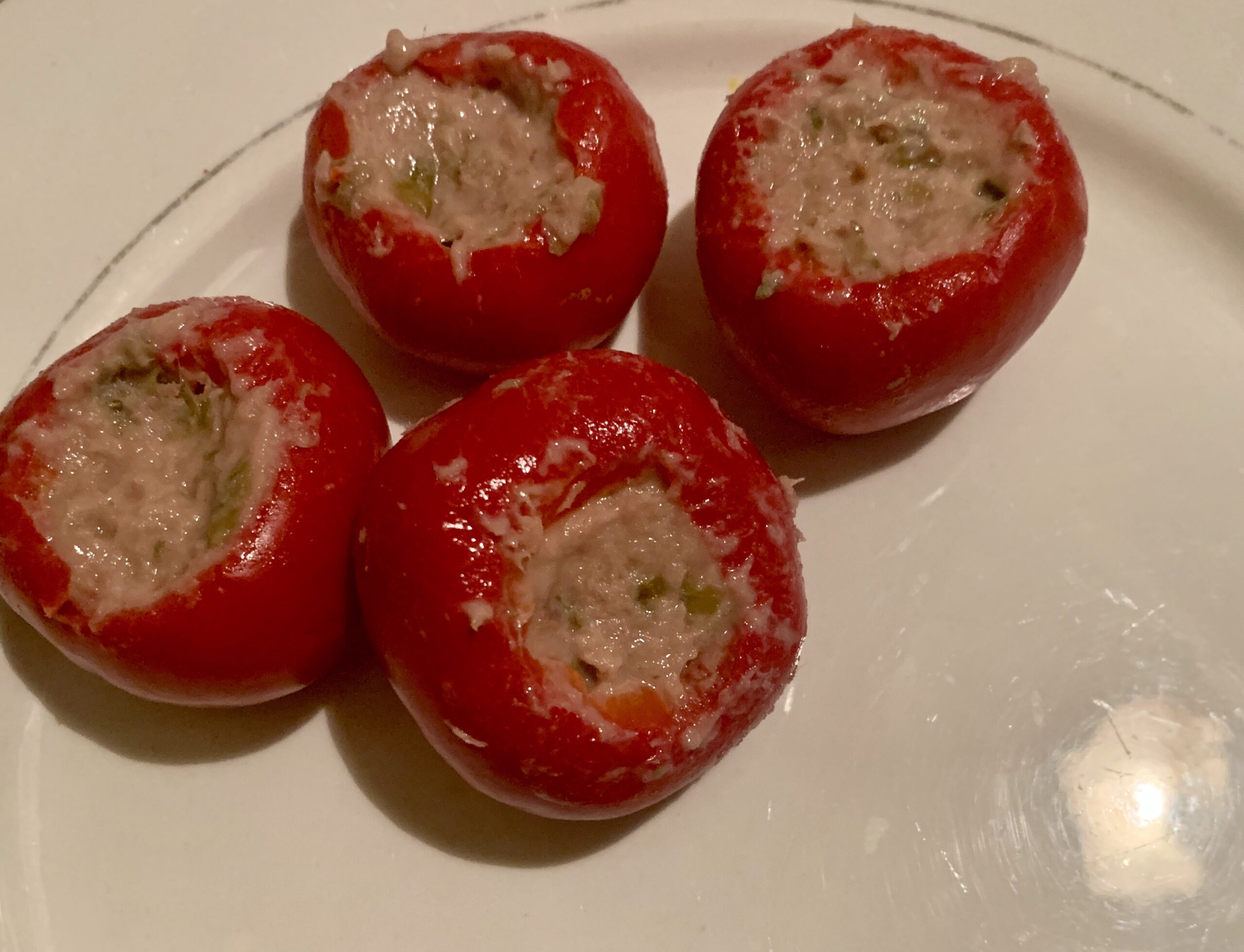
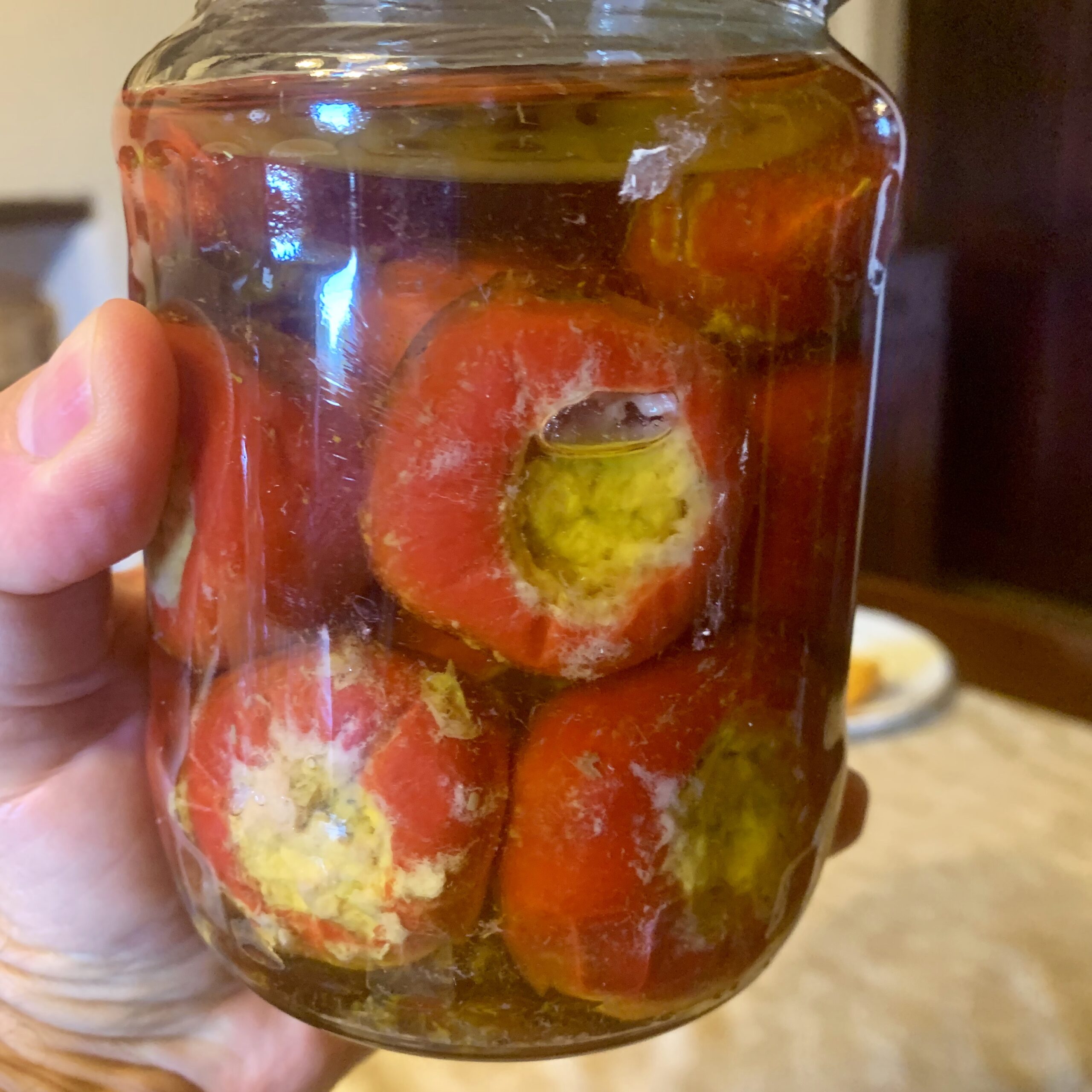
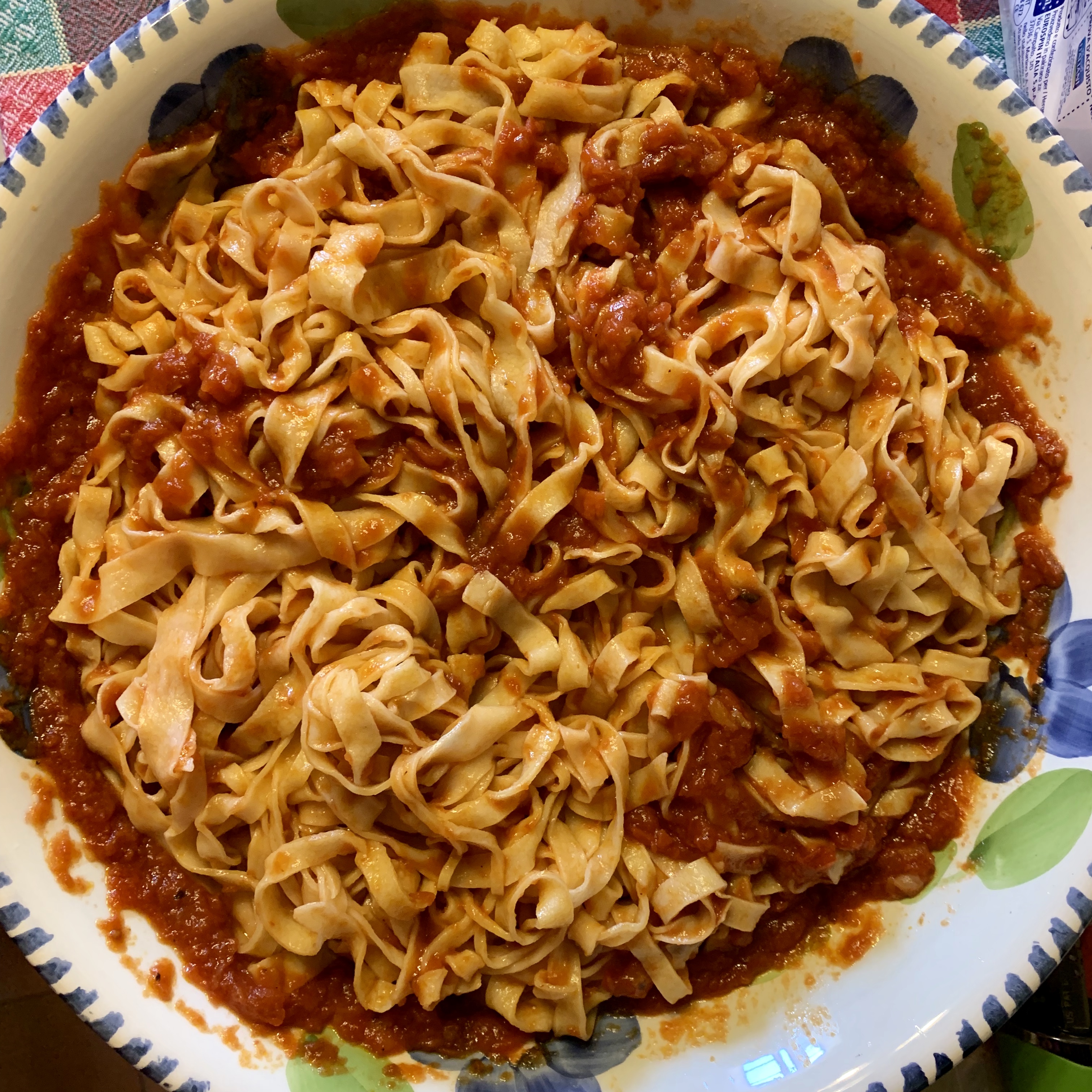
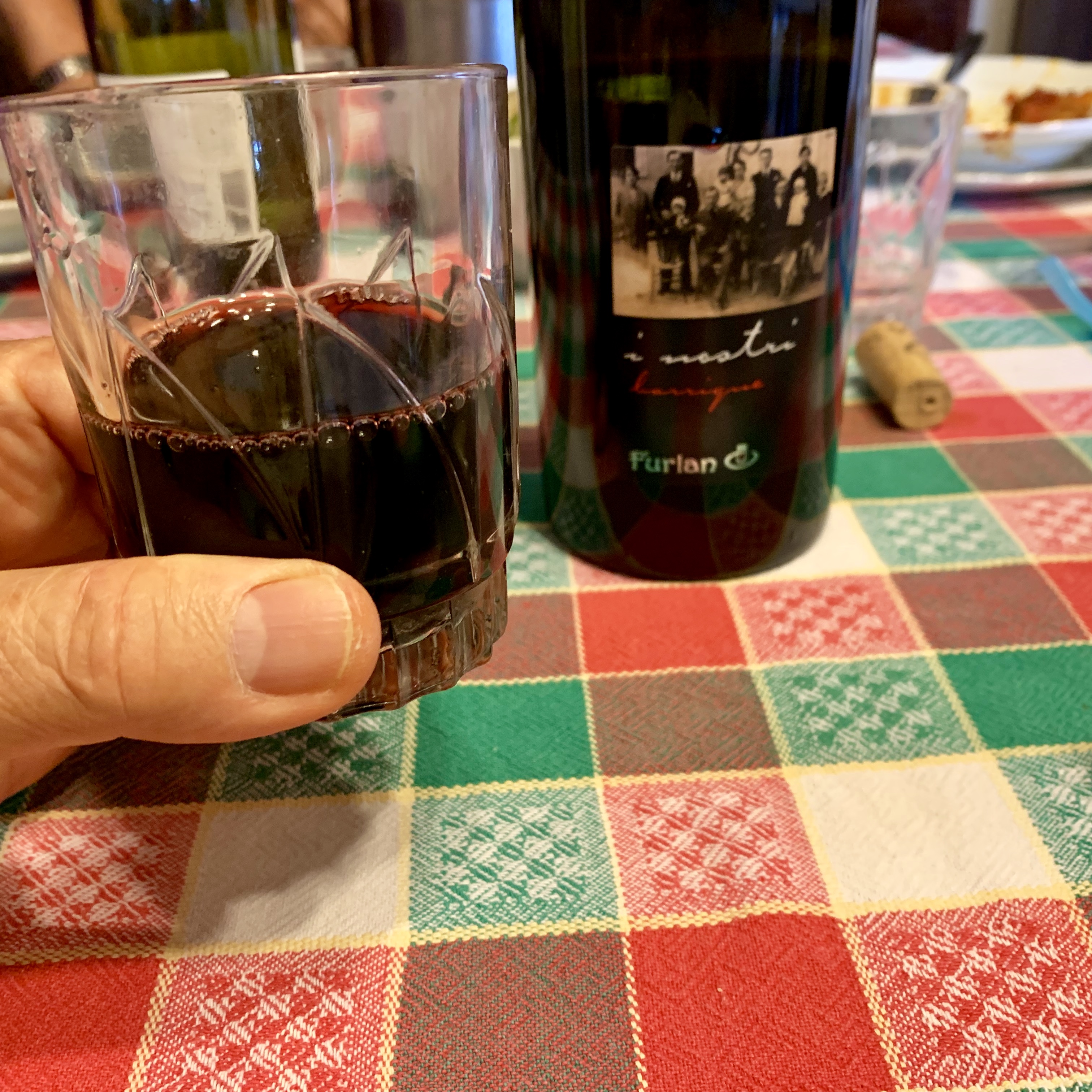
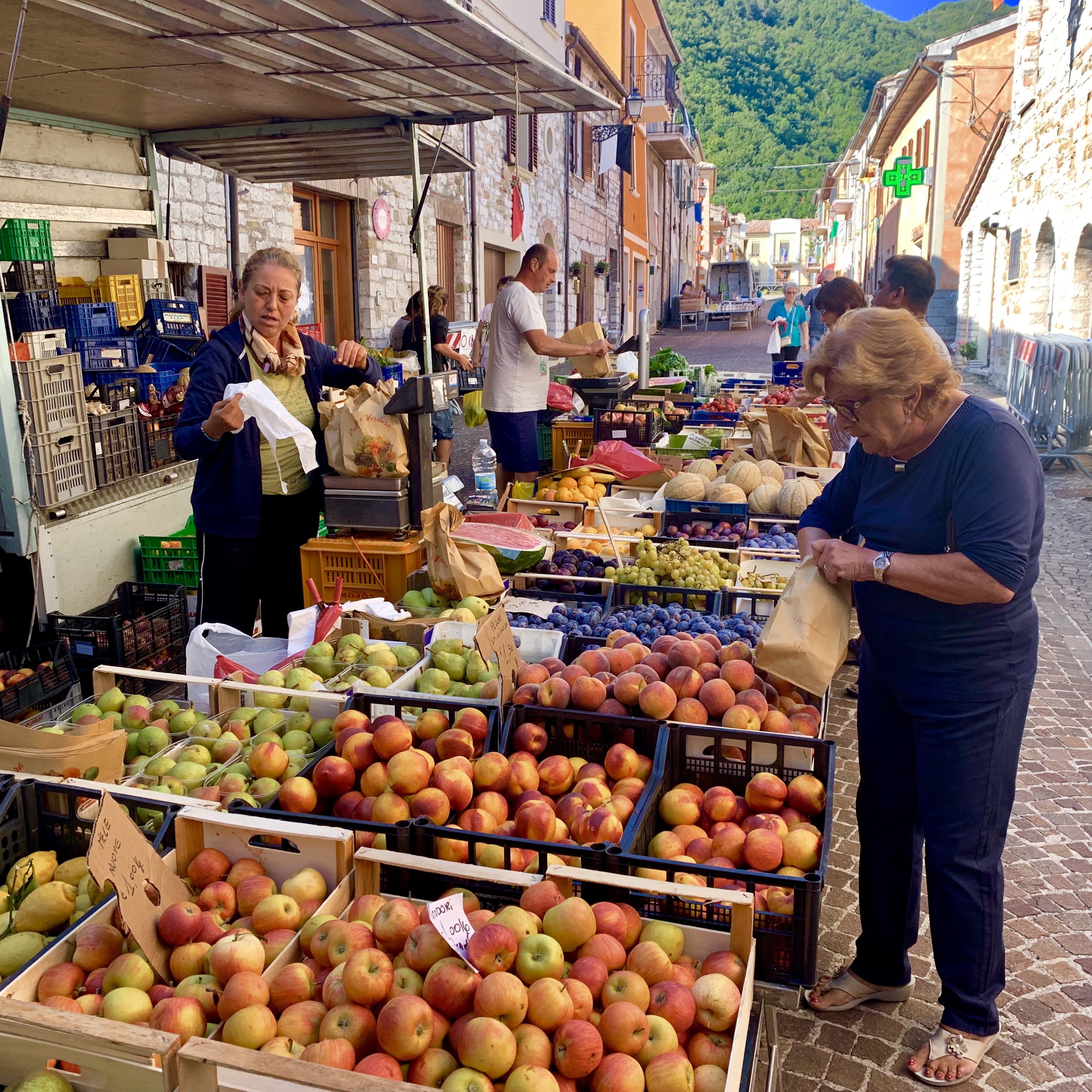
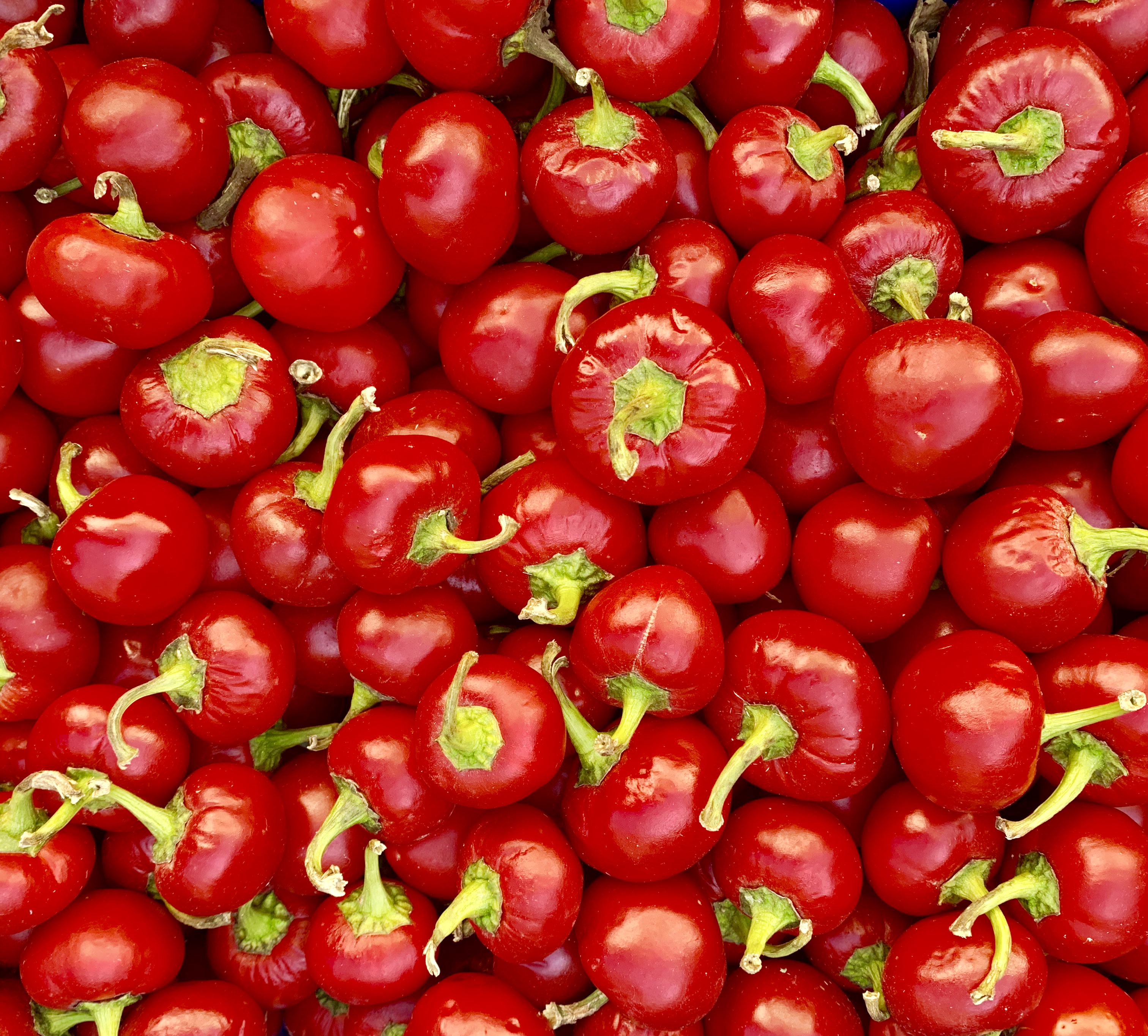
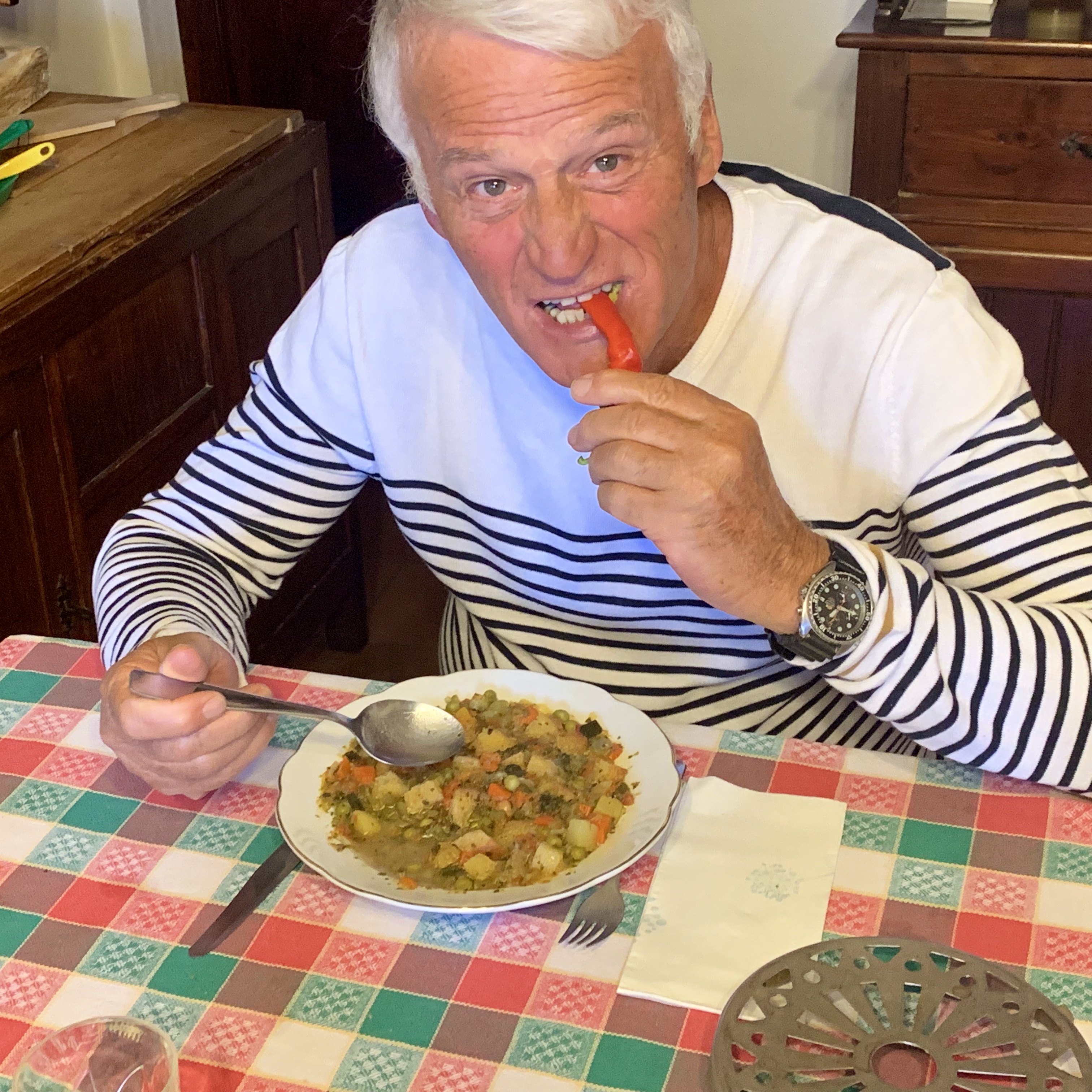
One last dinner out
We decided to go to the Paradiso just outside of Serra for one last dinner here. Very friendly folks (everyone knows everyone here) with great local food. Their crescia is one of the best around.
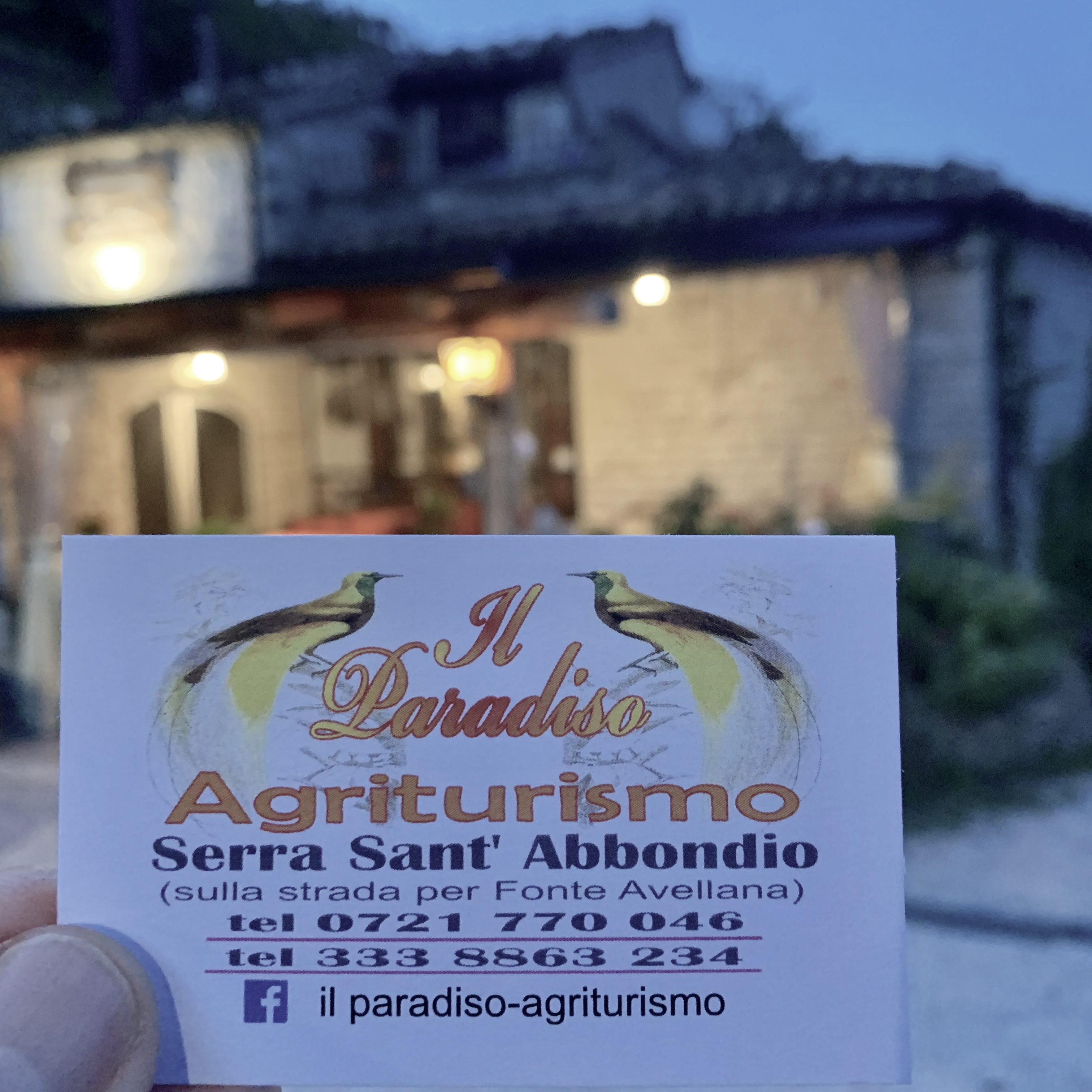
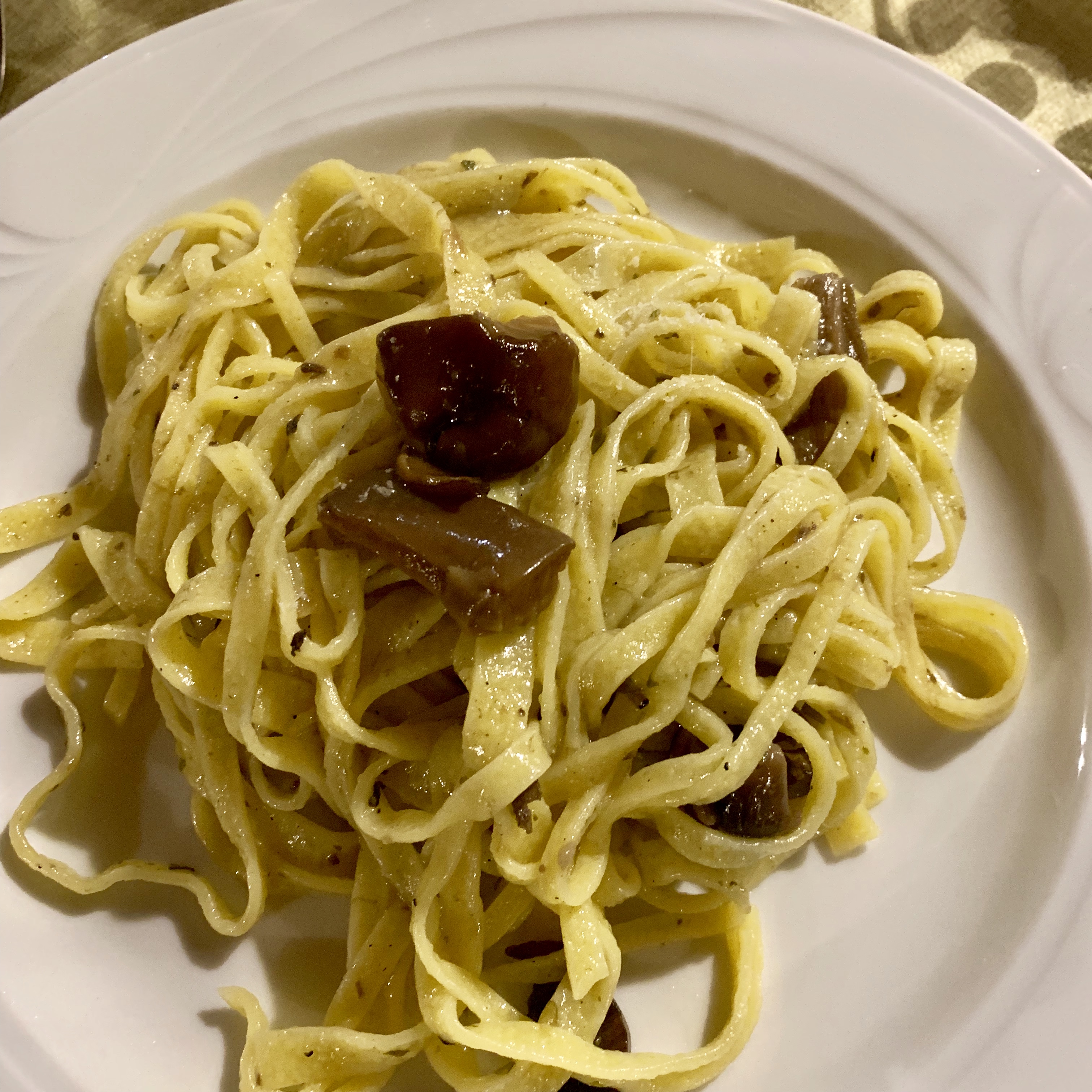
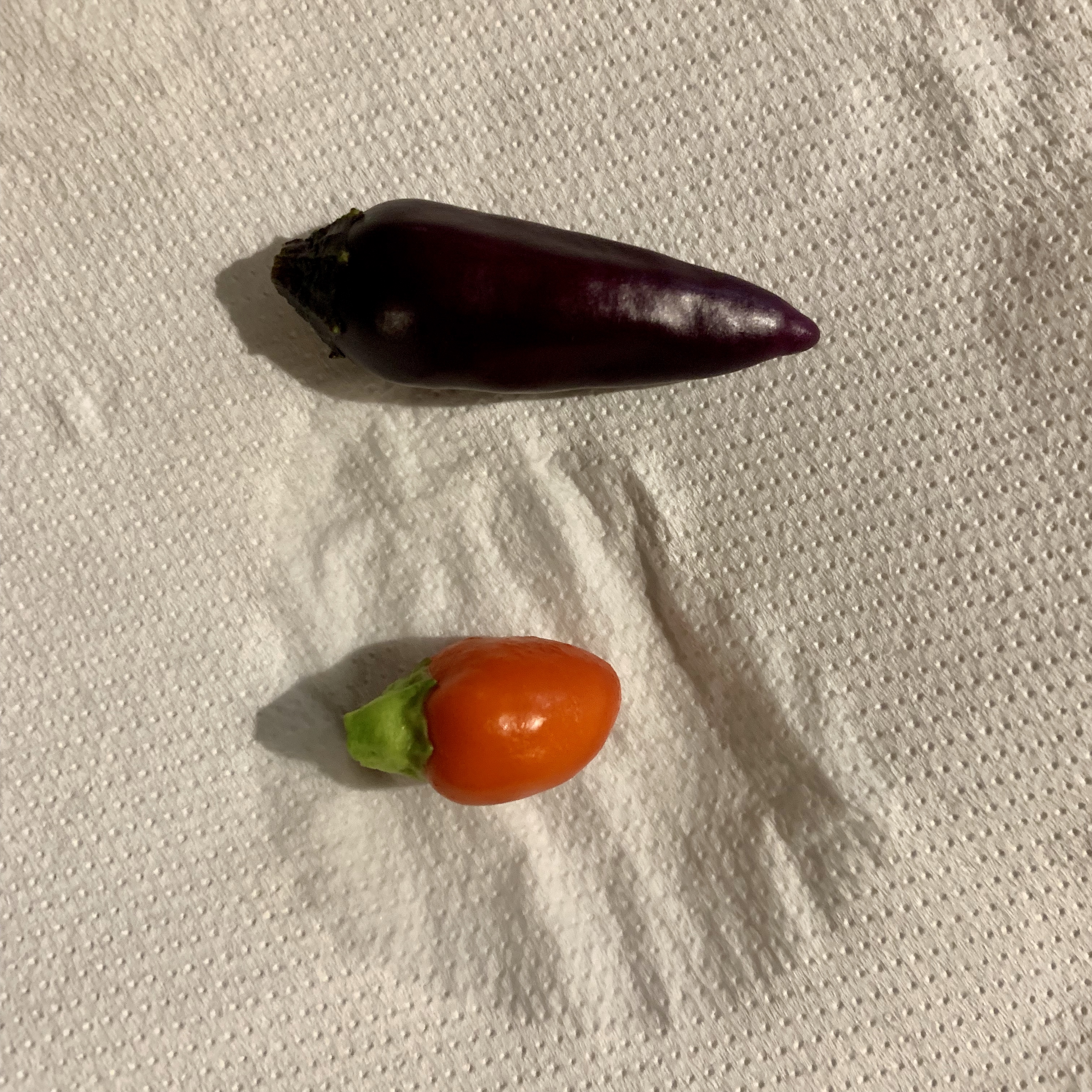
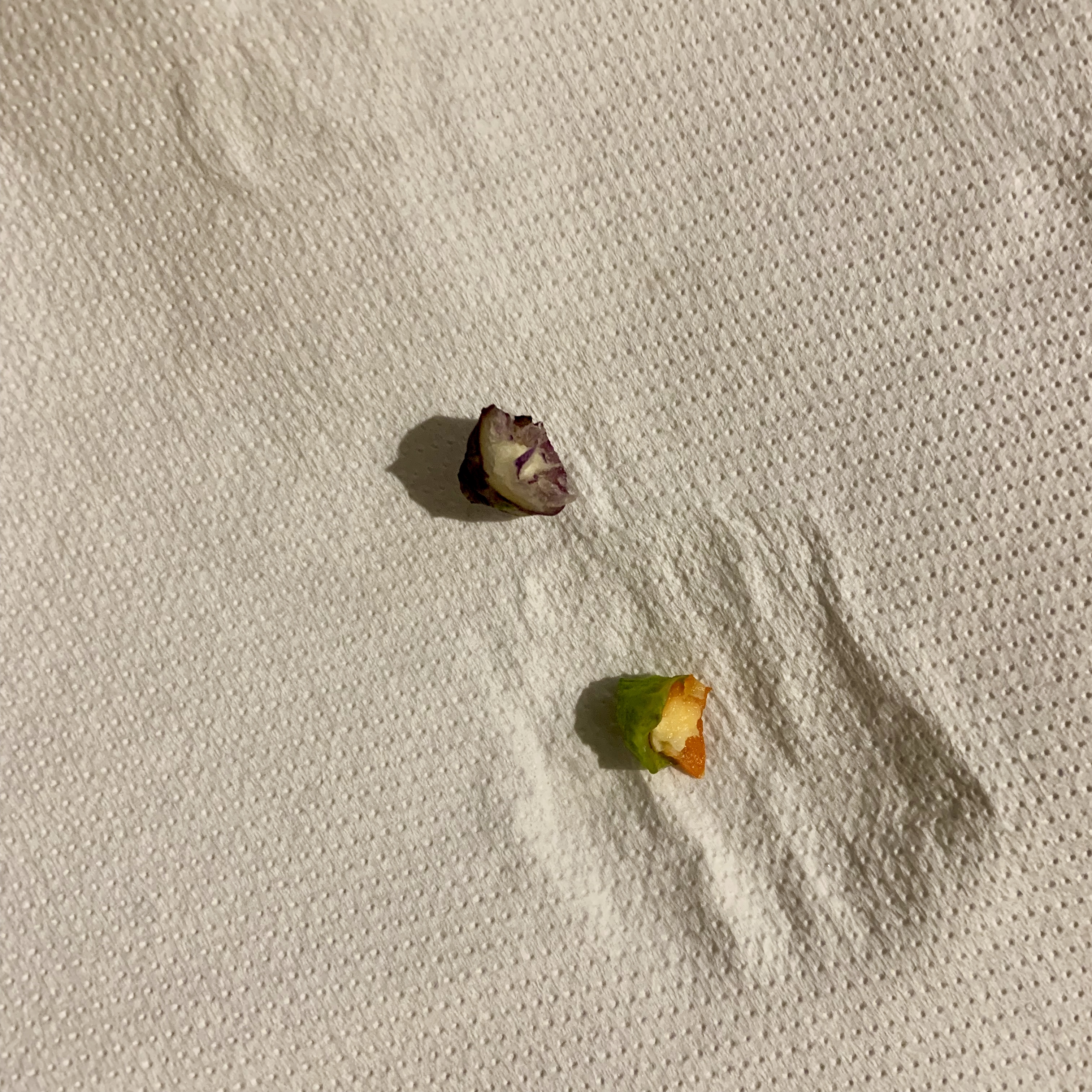
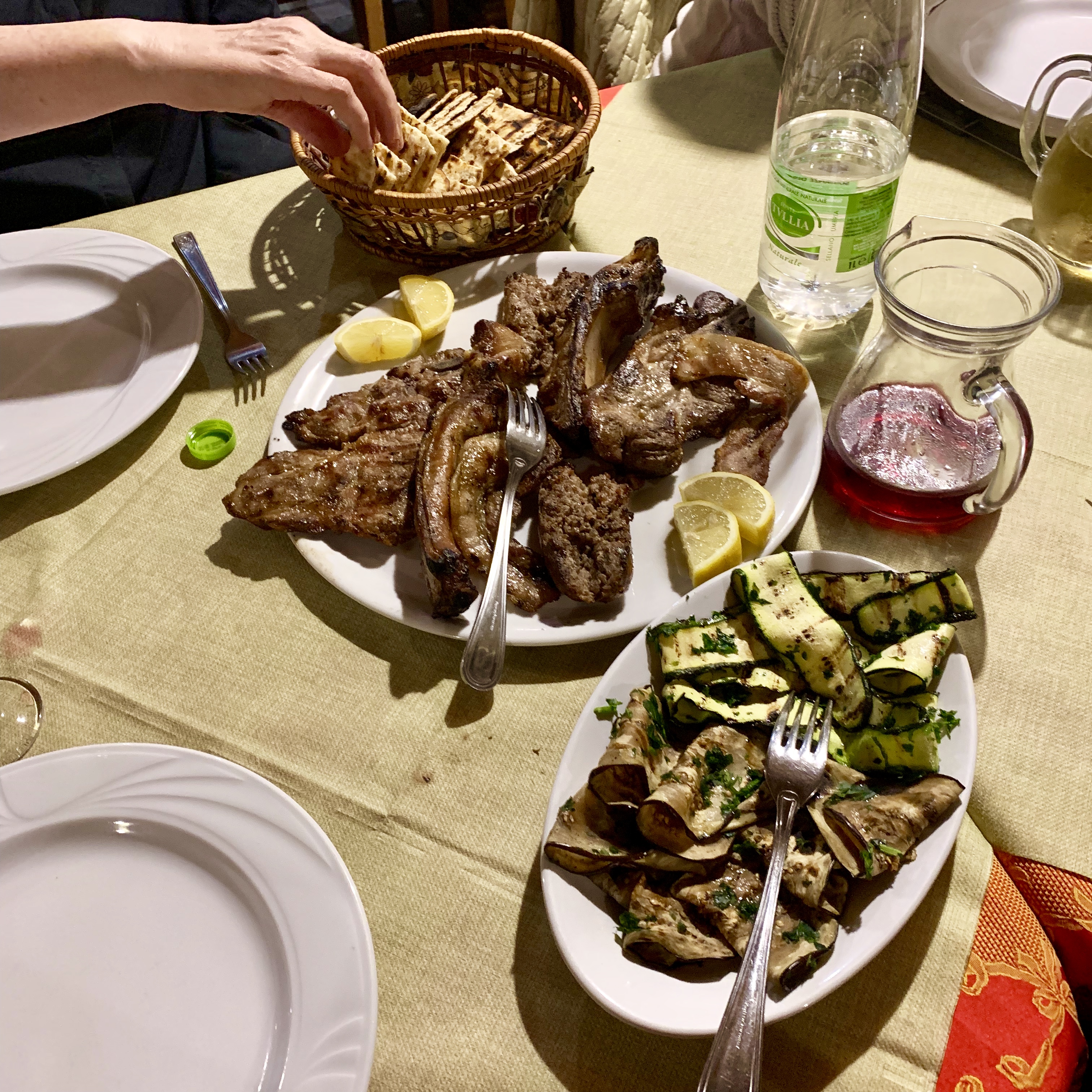
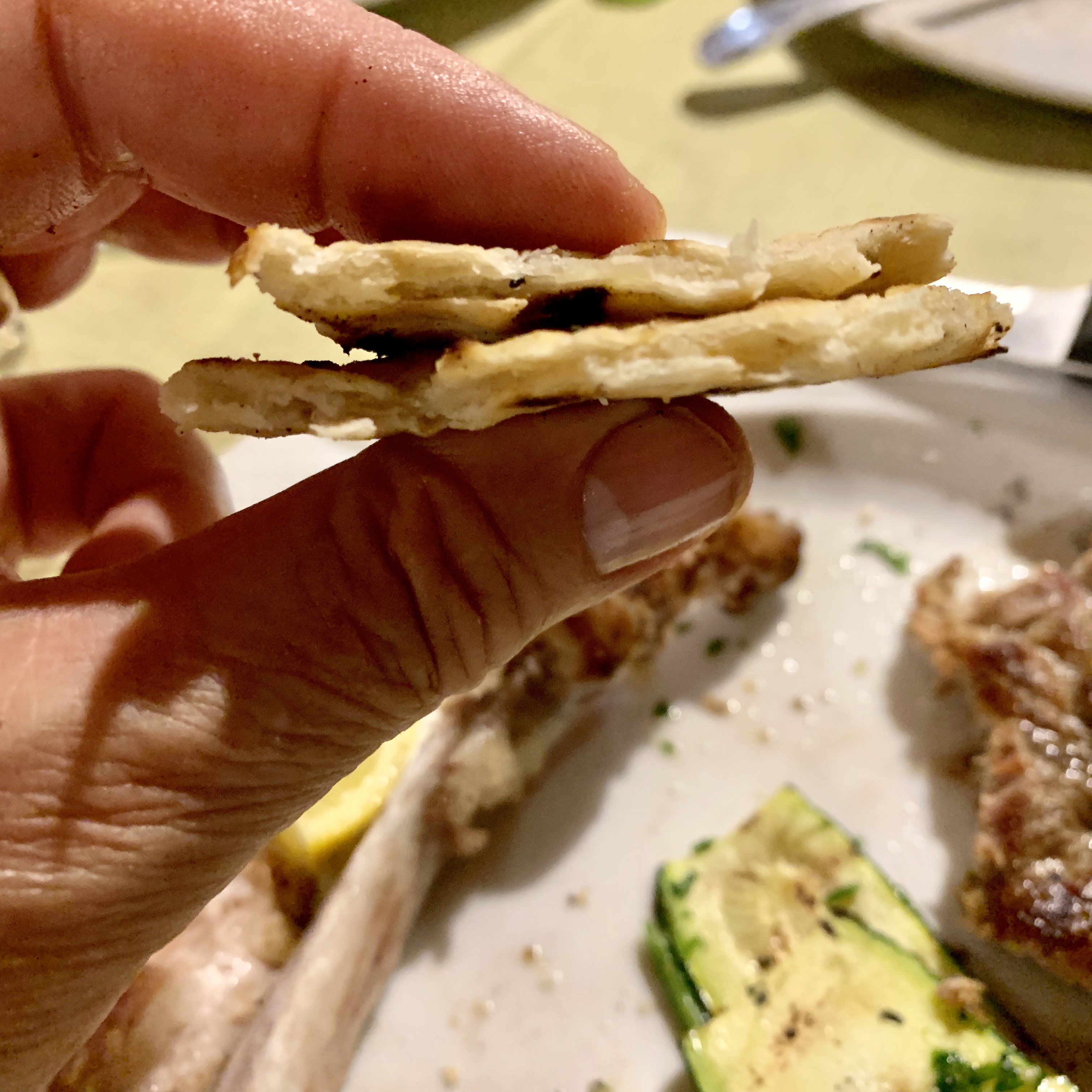
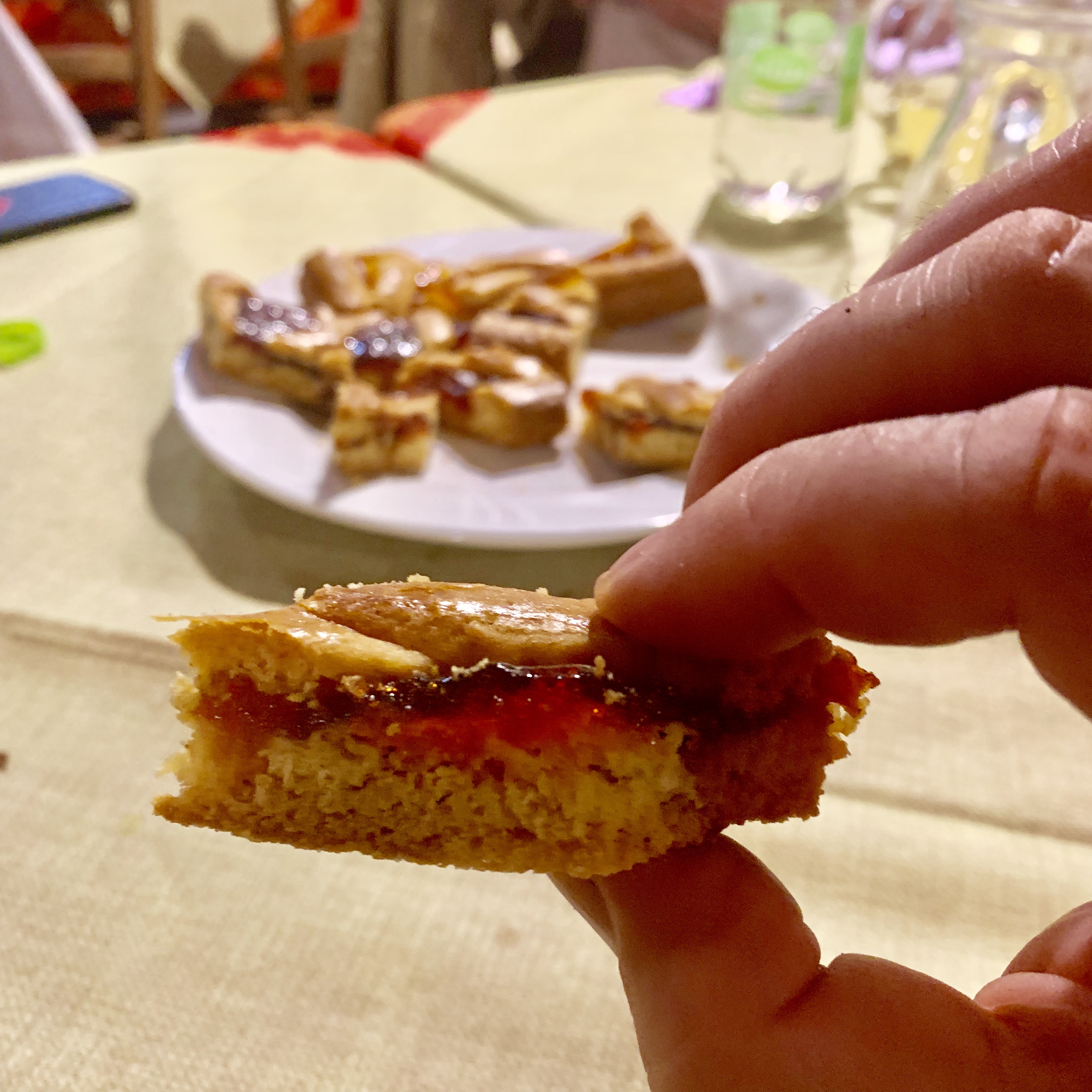
Sassoferrato
Sassoferrato is only a 16-minute 13-kilometer drive from Serra. On Fridays it has a great mercato that winds down the main street offering food, clothing, and kitchenware.
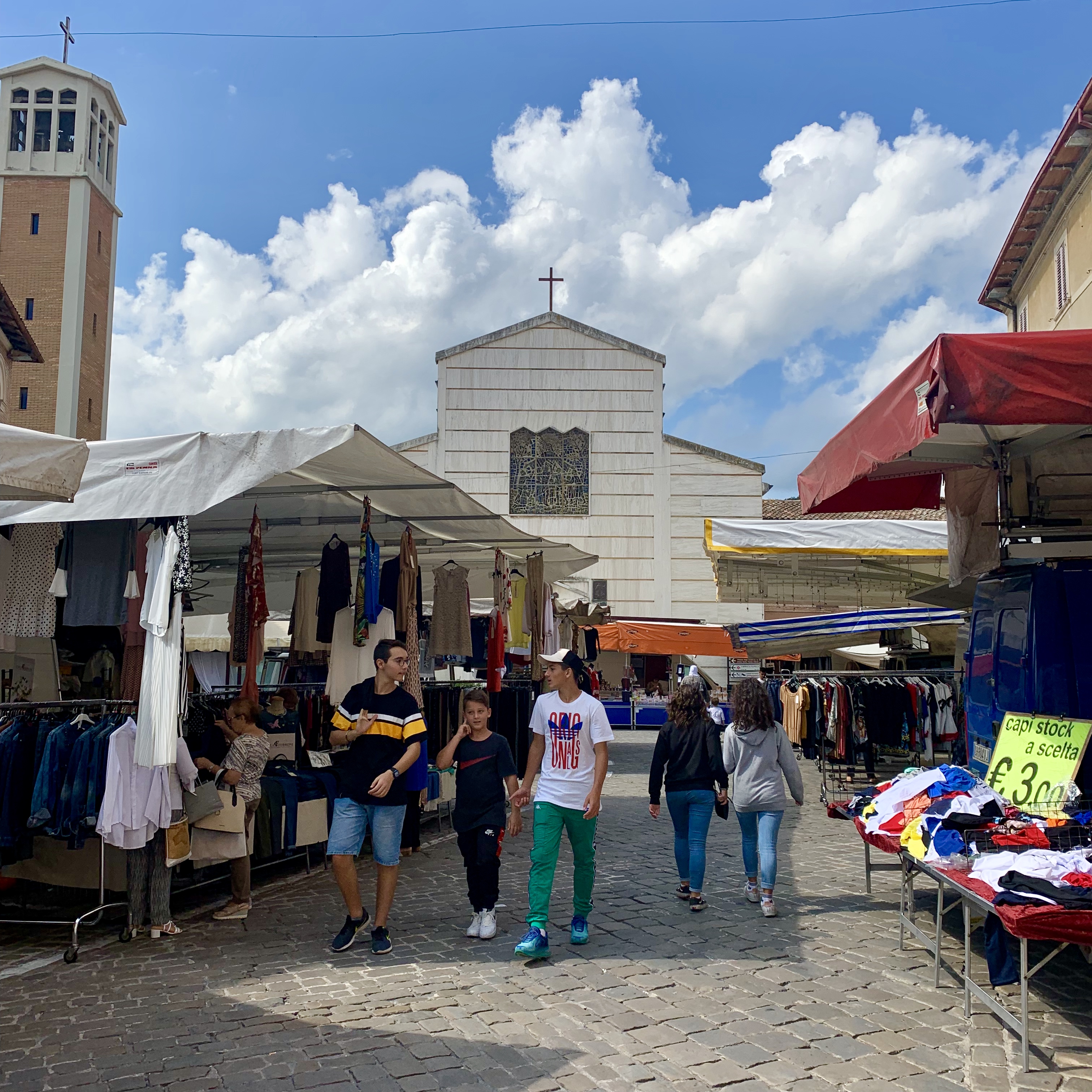
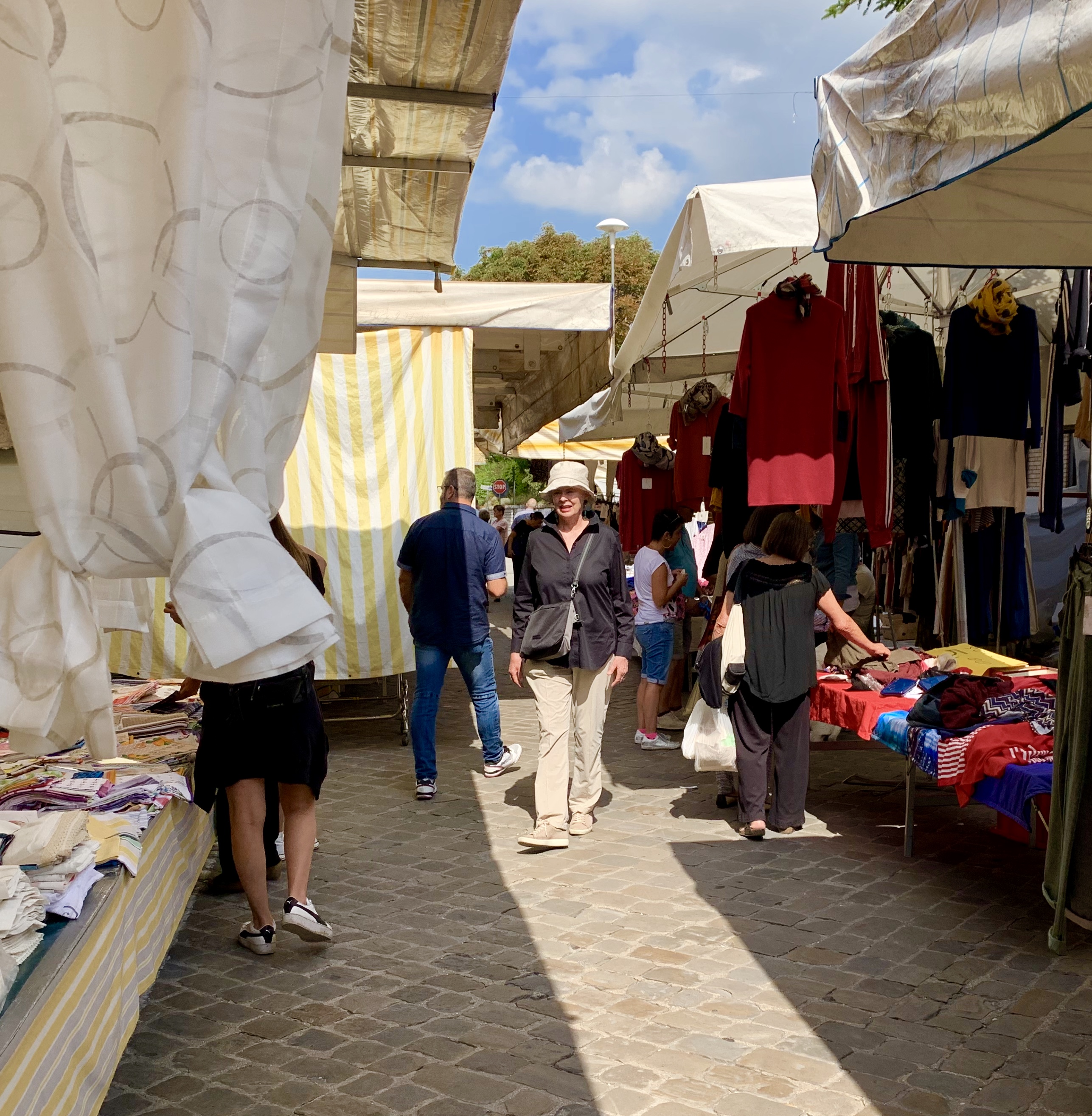
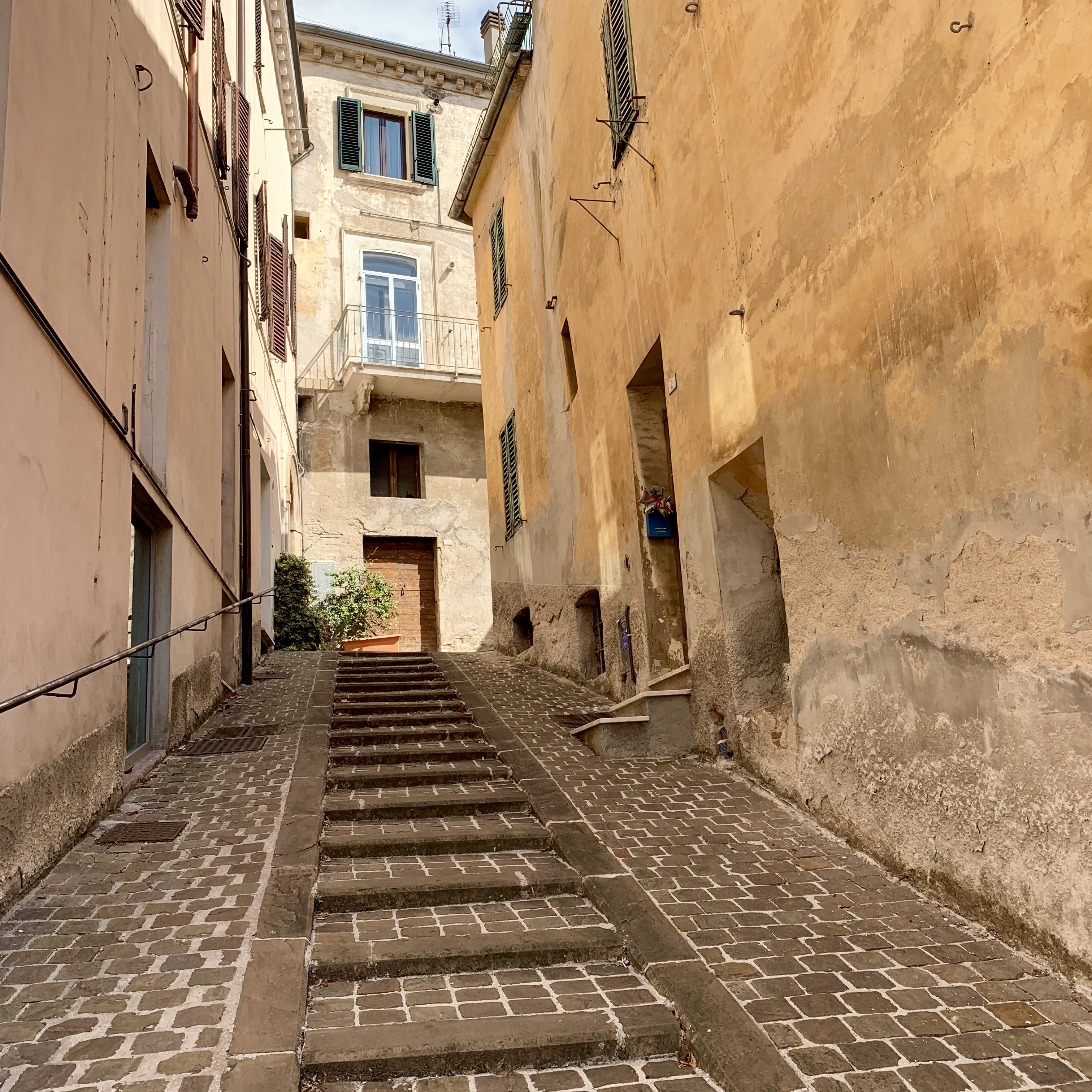
Pascelupo and Coldipeccio
Dave and Aldo Mattei’s father came from Pascelupo. Their mother Catarina came from Coldipeccio. Not too far a walk to find each other! Robert remembers going there in 1962. Uncle Joe Berardi drove the car (fast) on a gravel road that barely accommodated one car. It was one of the few times Robert heard his mother scream in terror. It was and still is in a fairly remote area. Only a few dozen homes appear to constitute each of the towns.
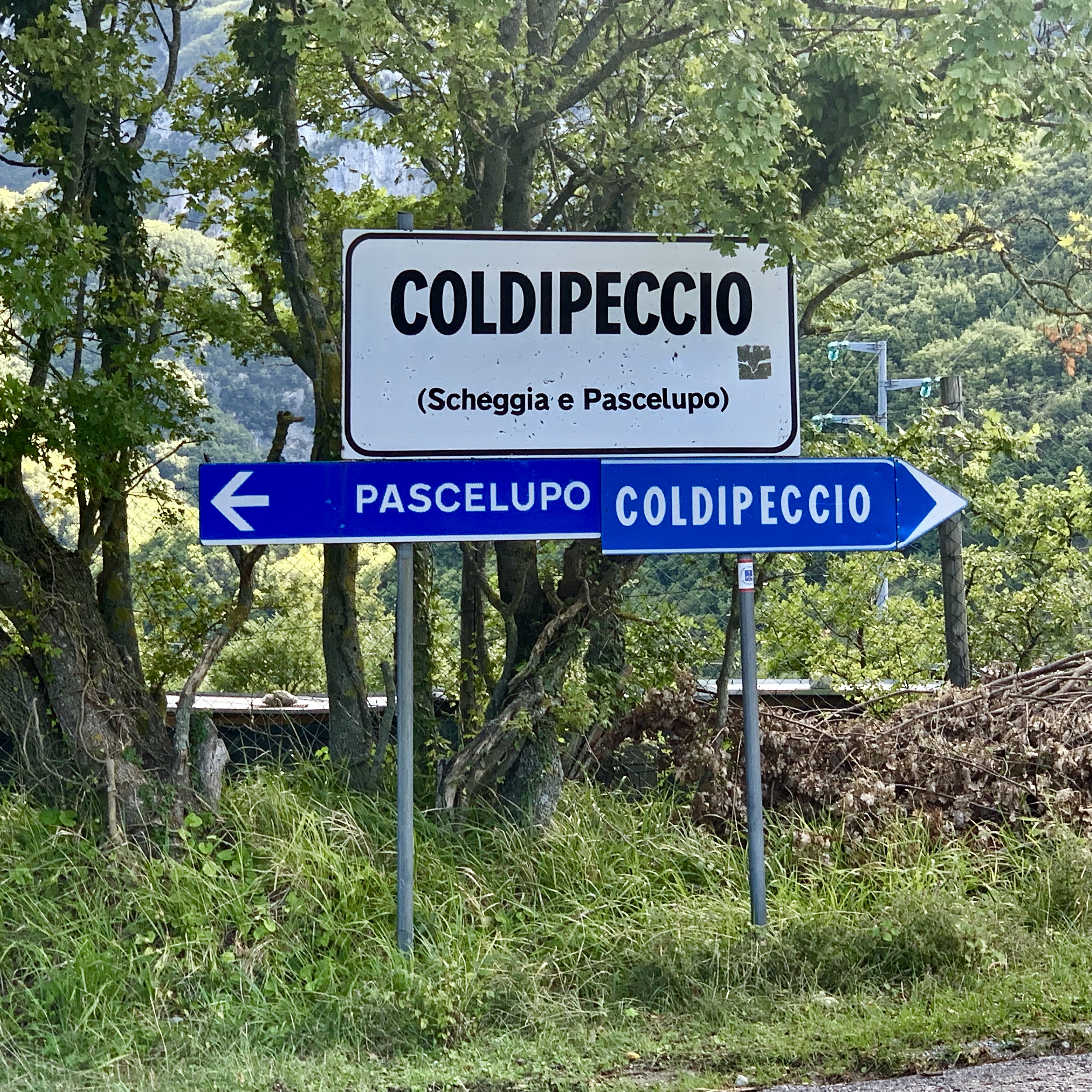
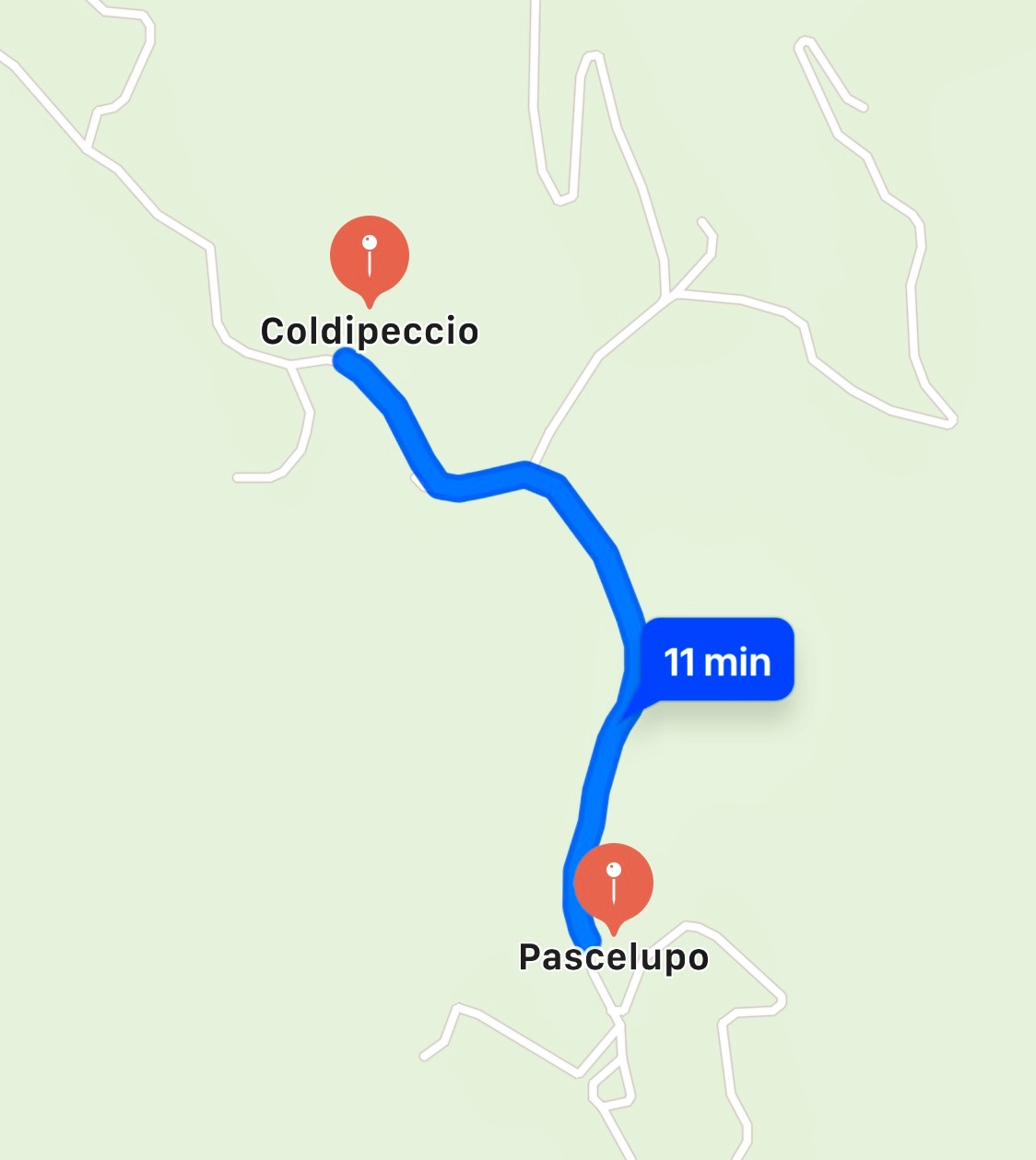
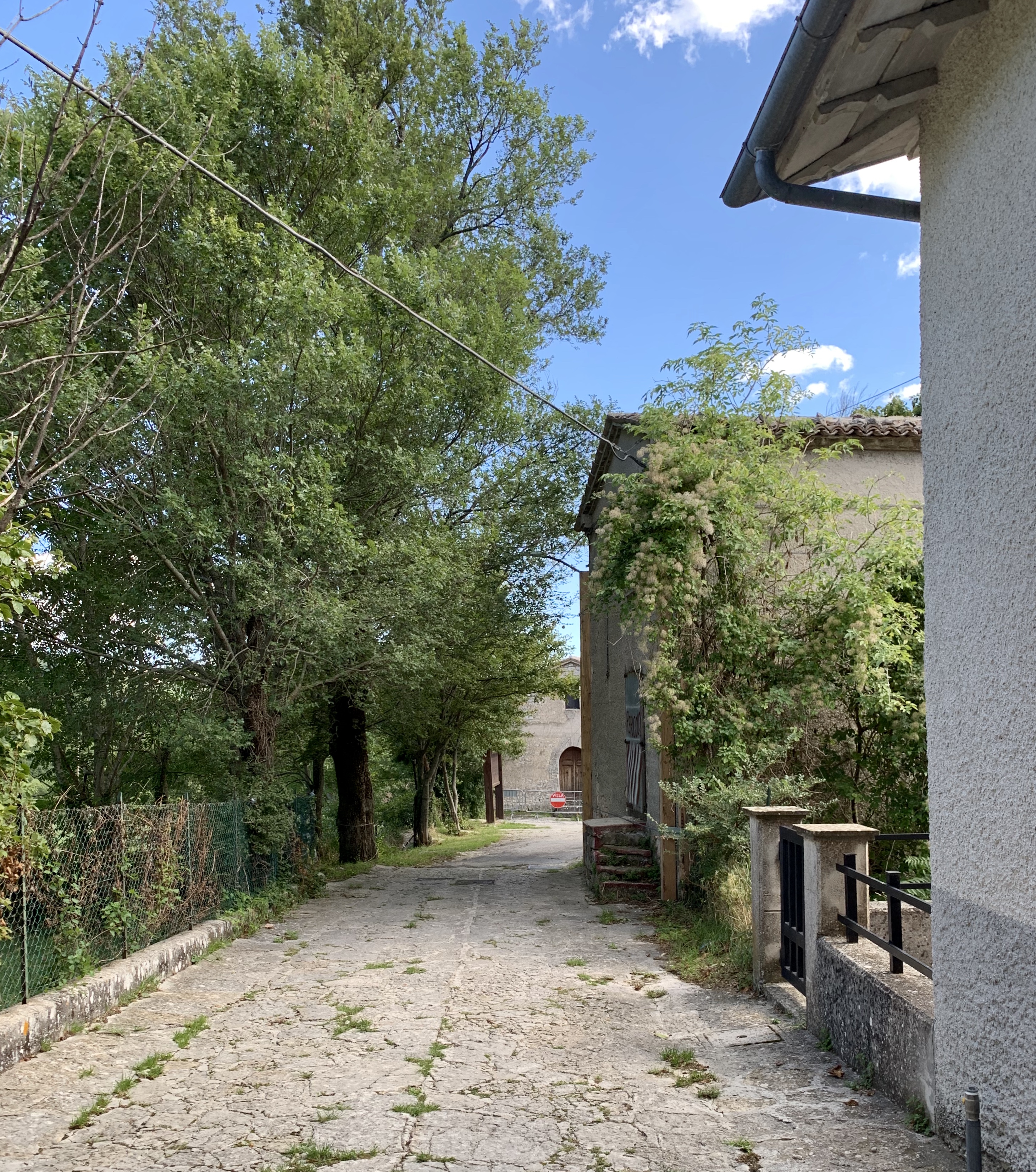
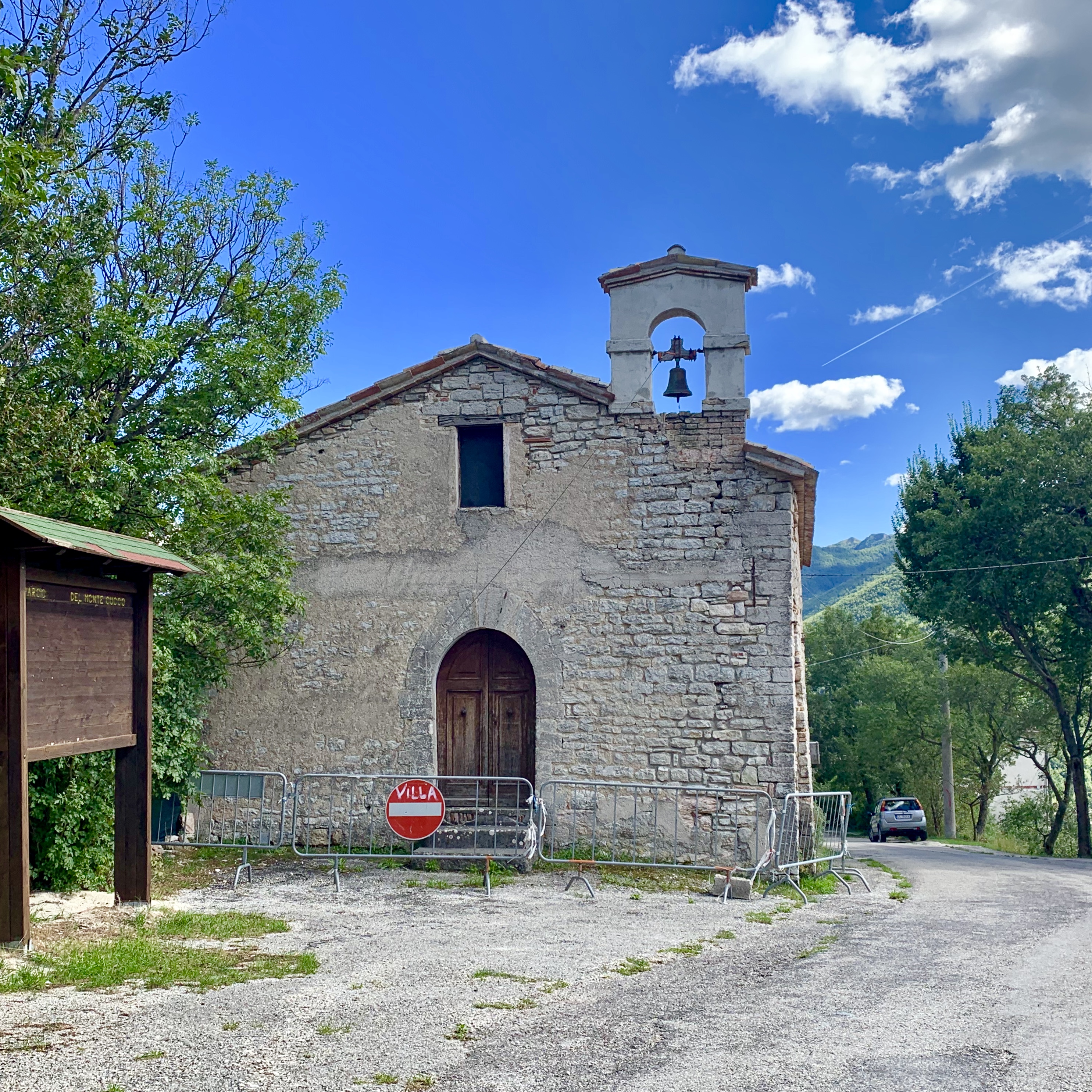
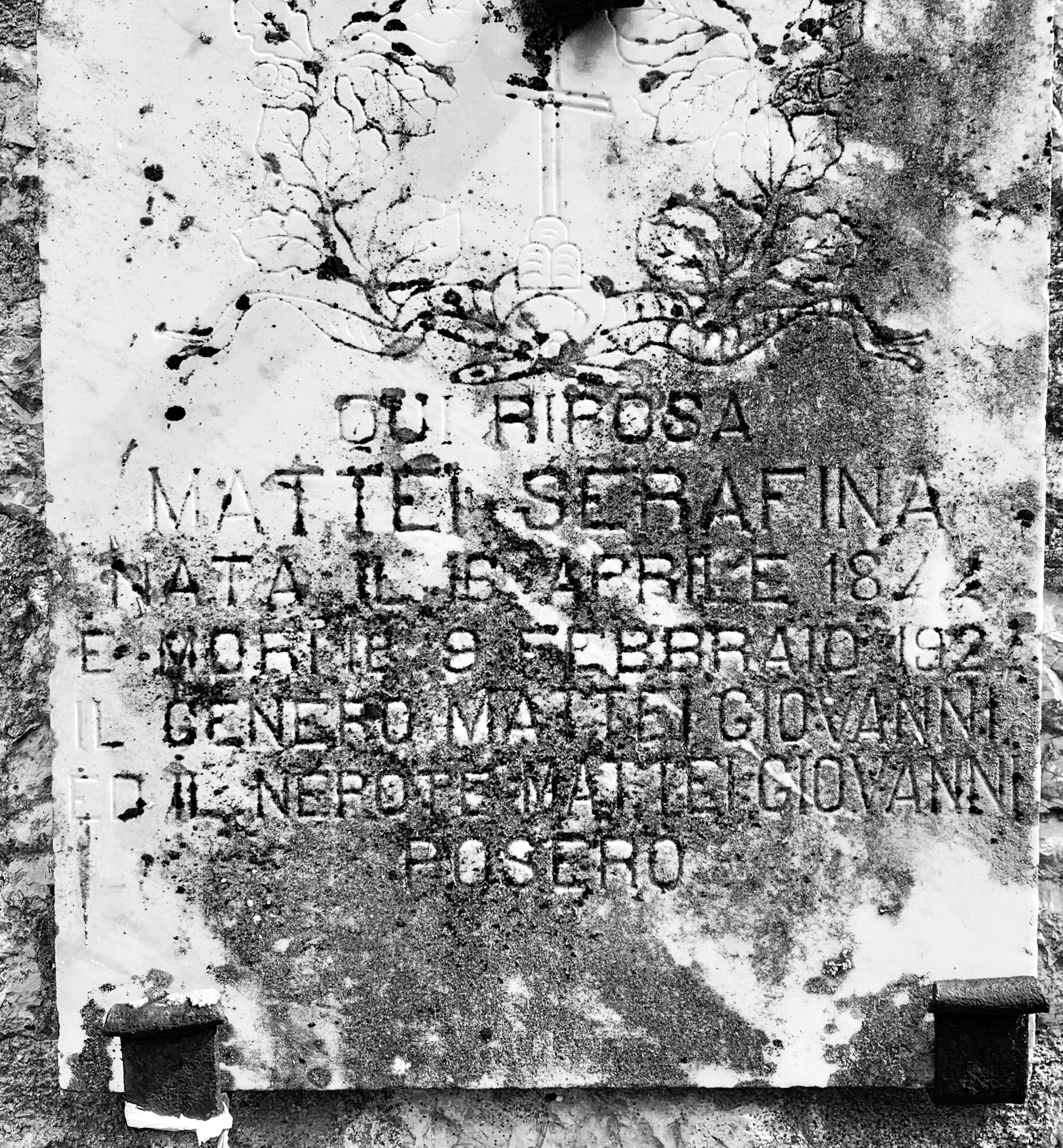
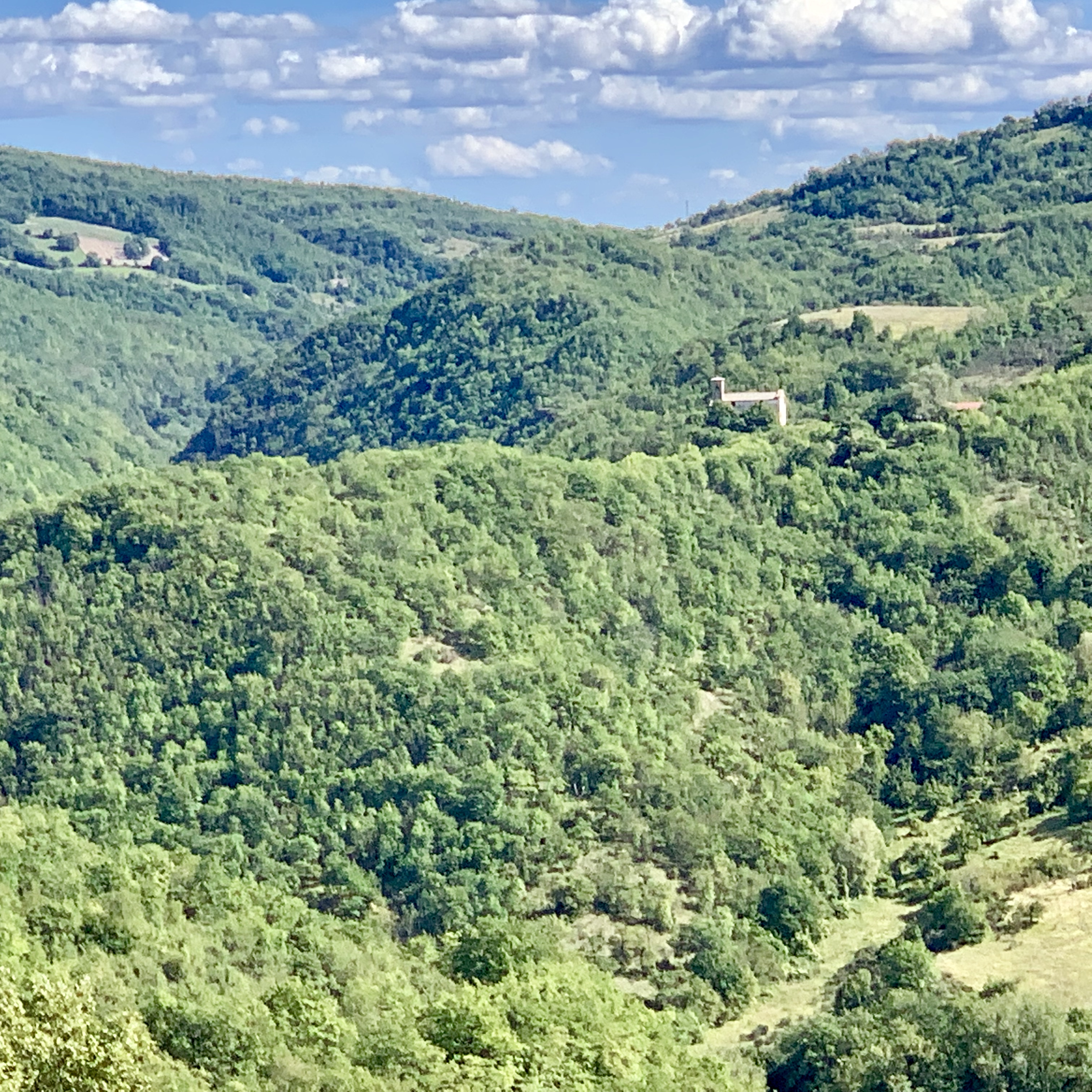


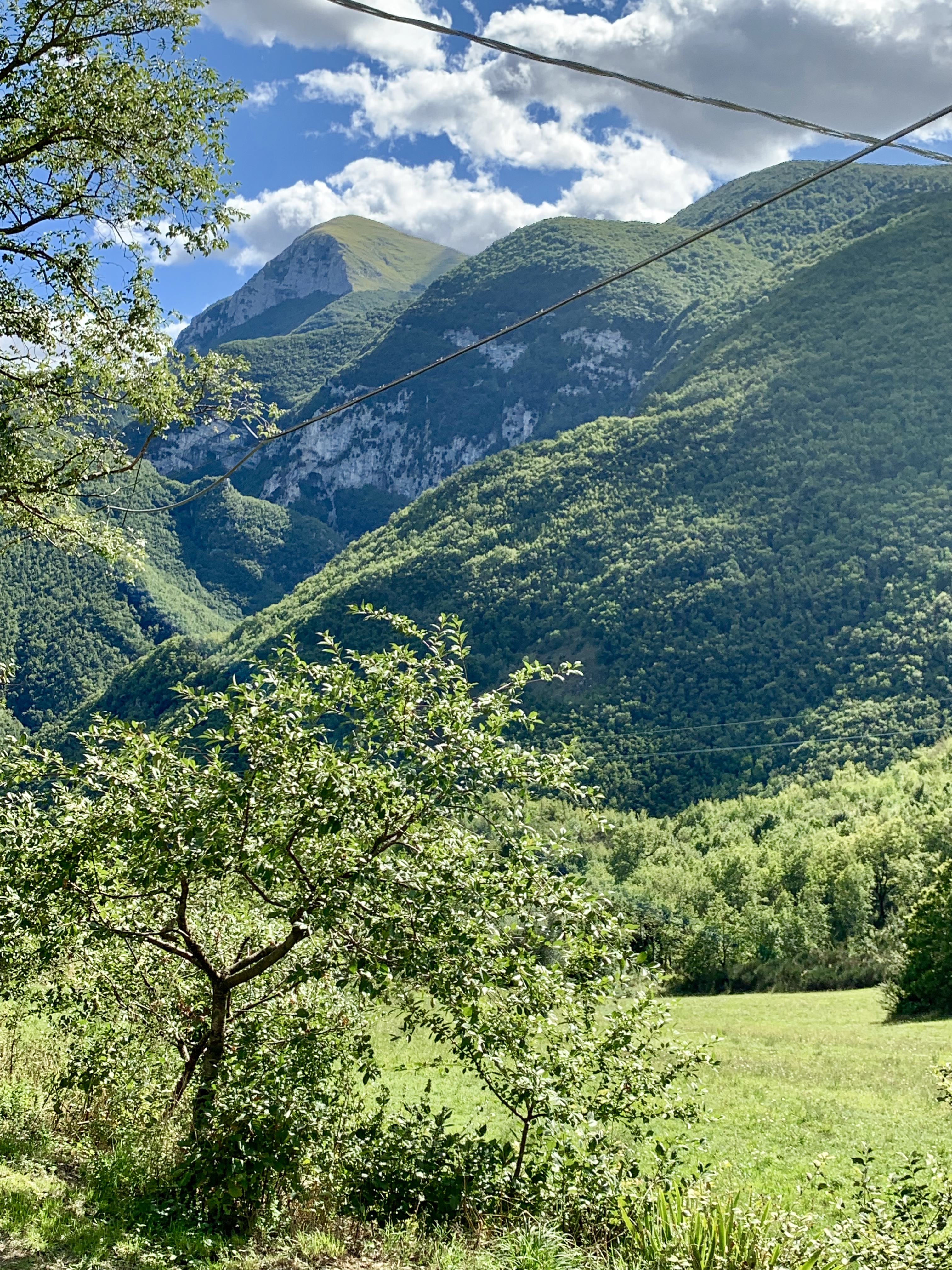
Abbey of Saint Maria di Sitria
Abbey founded by Saint Romualdo in the 11th century. This abbey is located between Serra and Isola Fossara. Robert and Leonard Berardi would often wonder about the history of this abbey as it laid derelict for decades. The good news is that is now undergoing restoration. The bad news is that it was closed when we went to see it. Next trip.
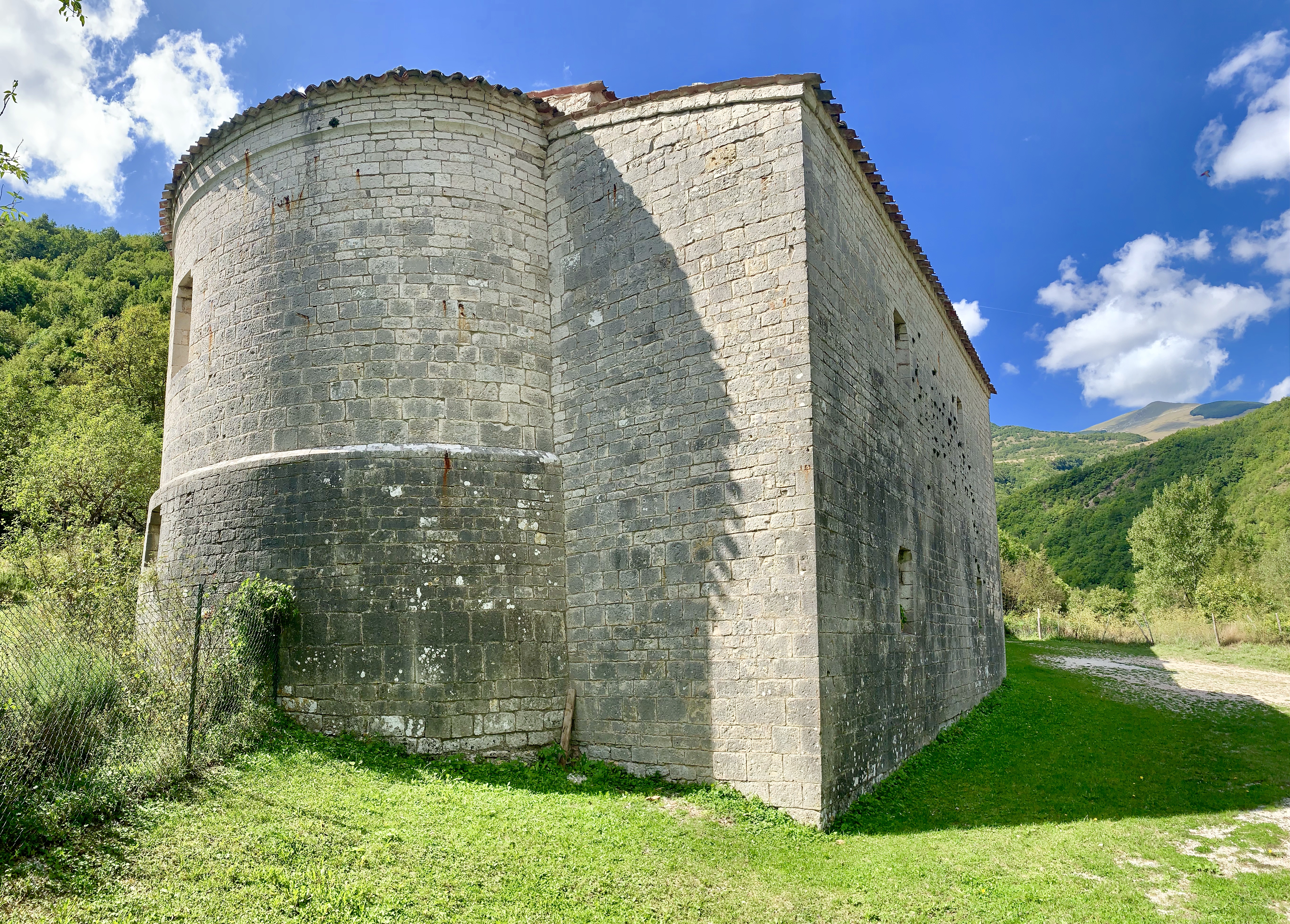
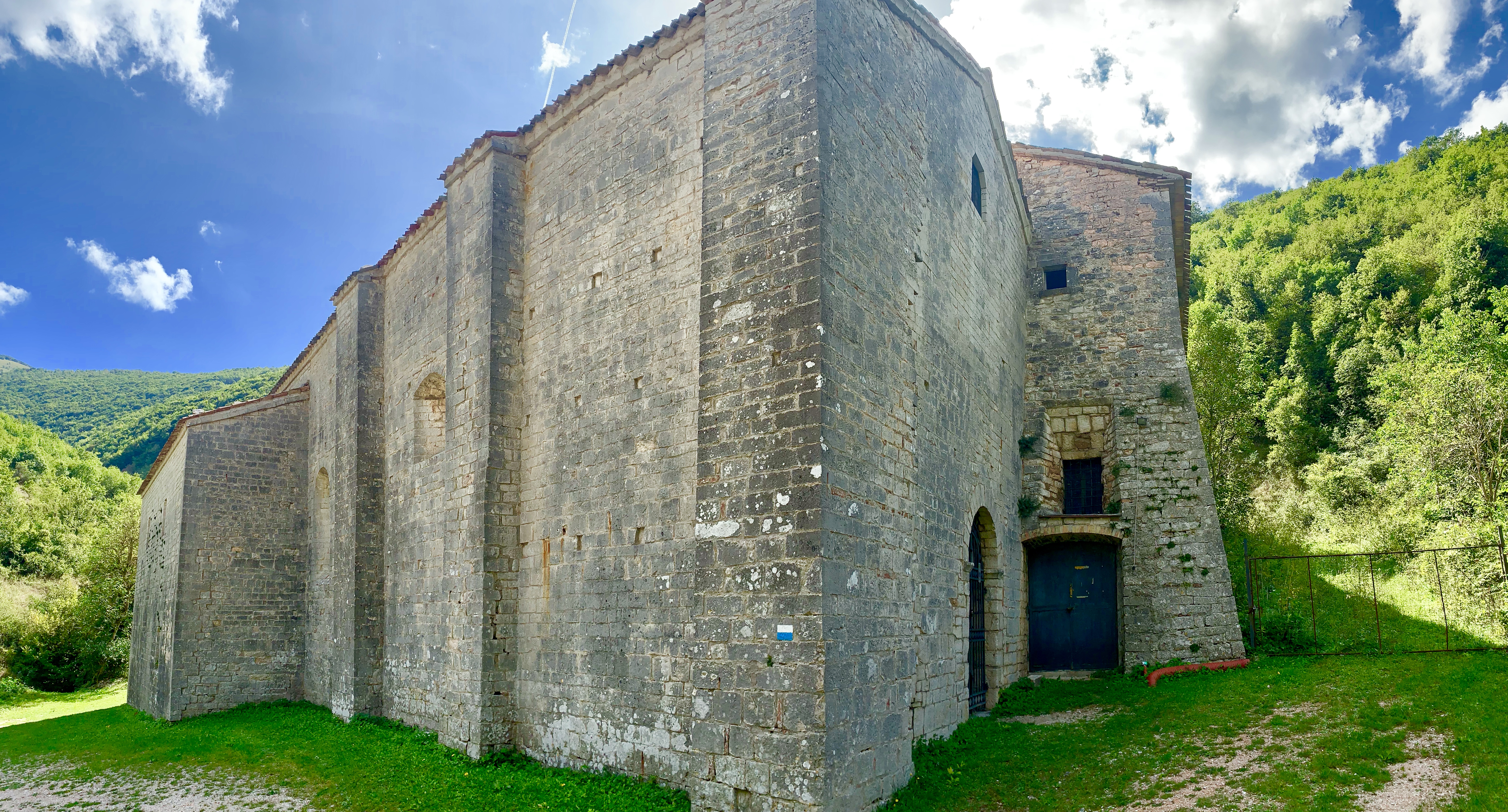
Serra wanderings
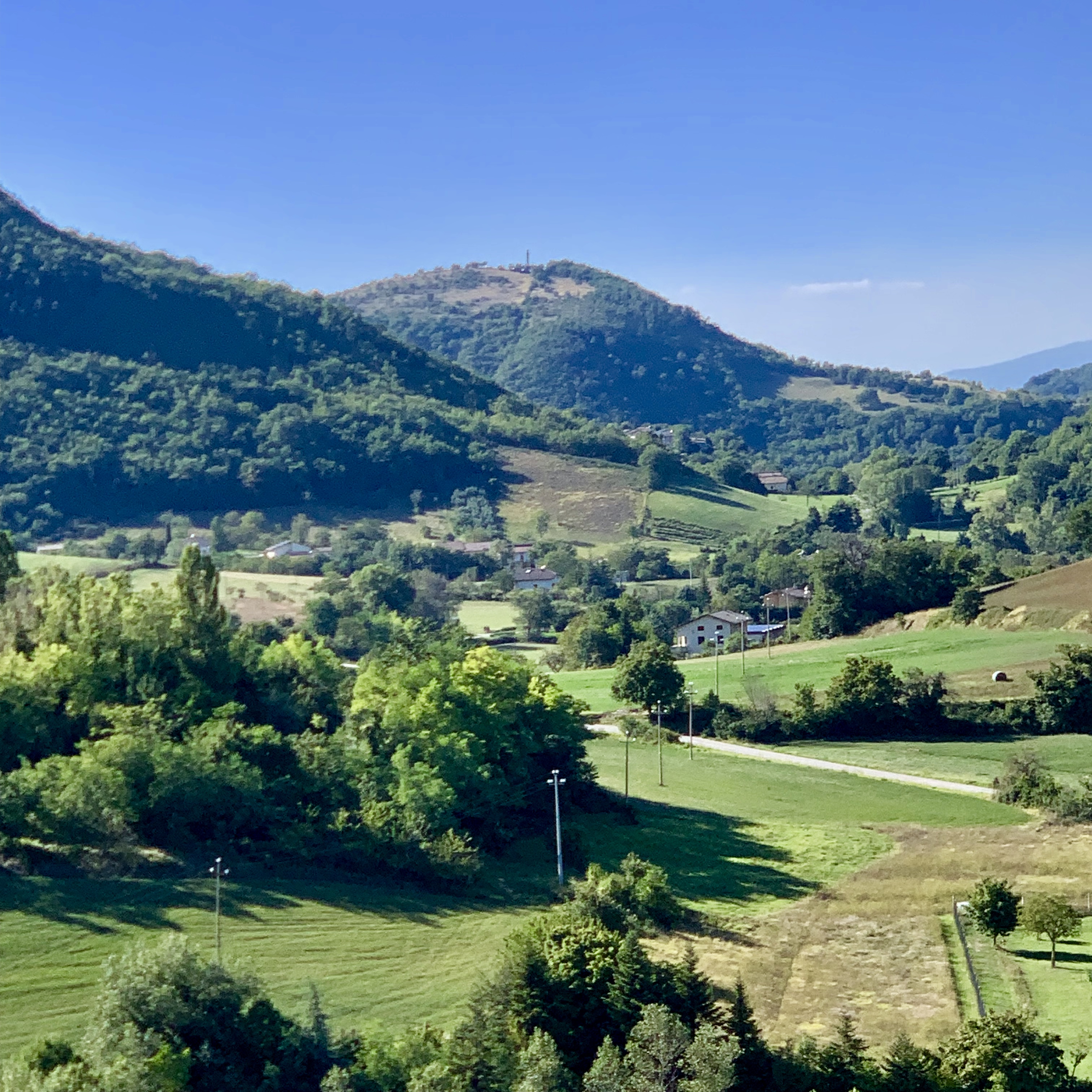
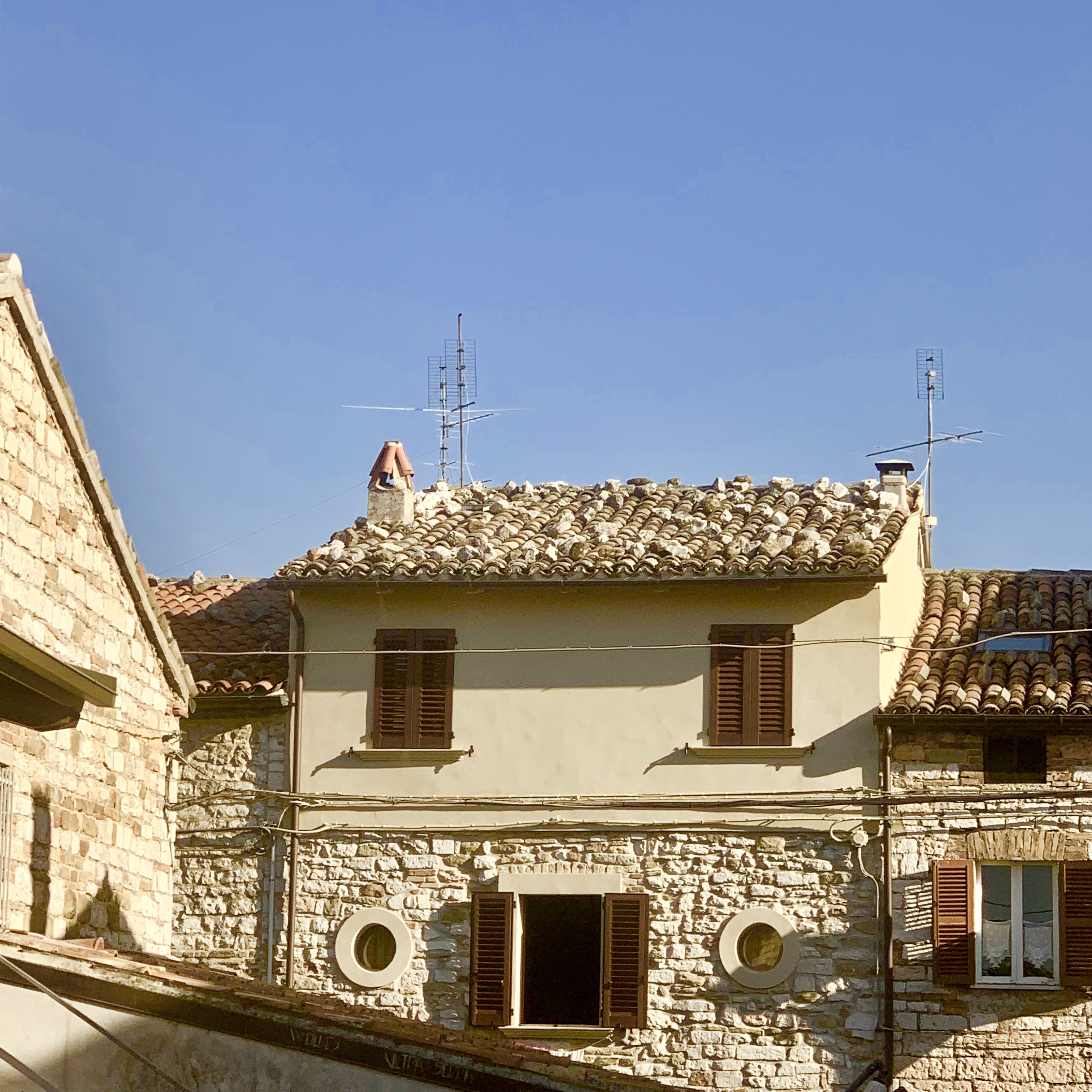

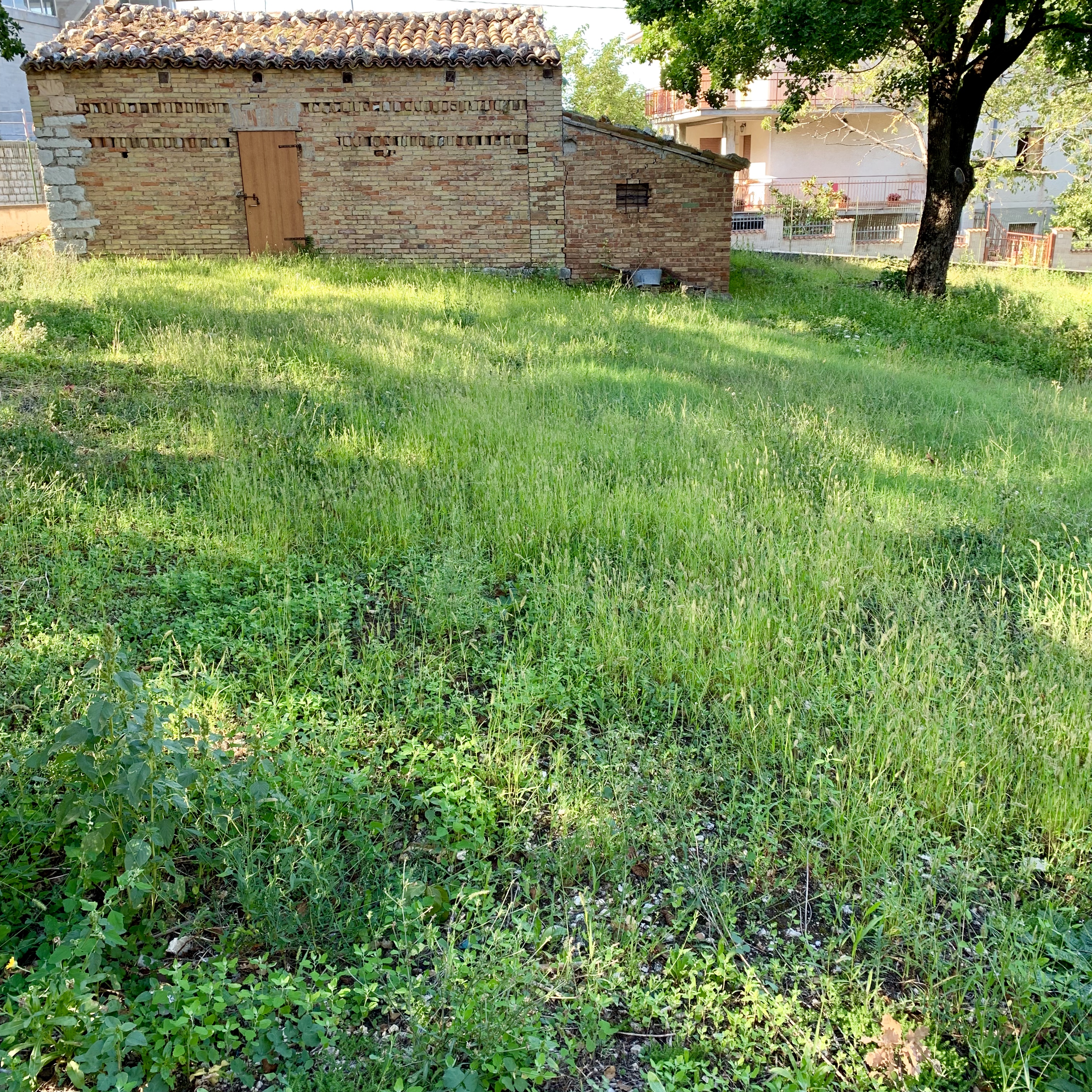
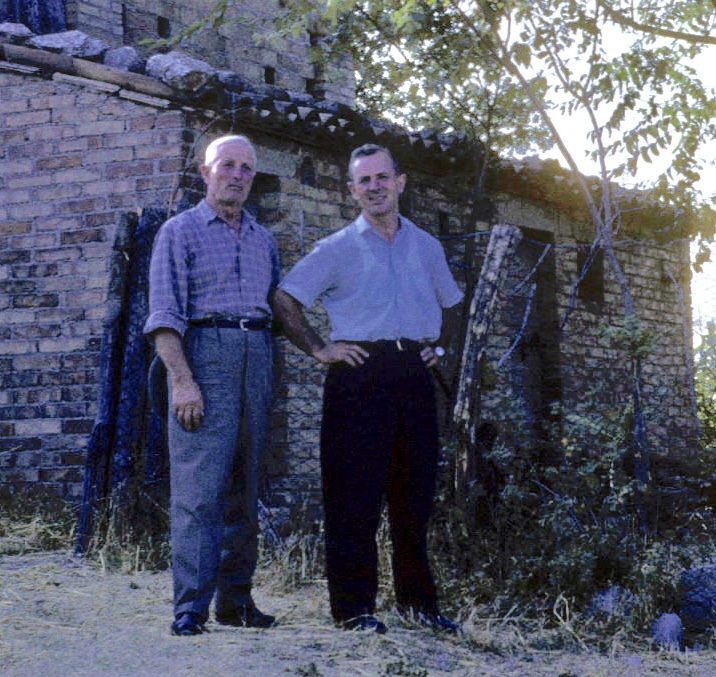
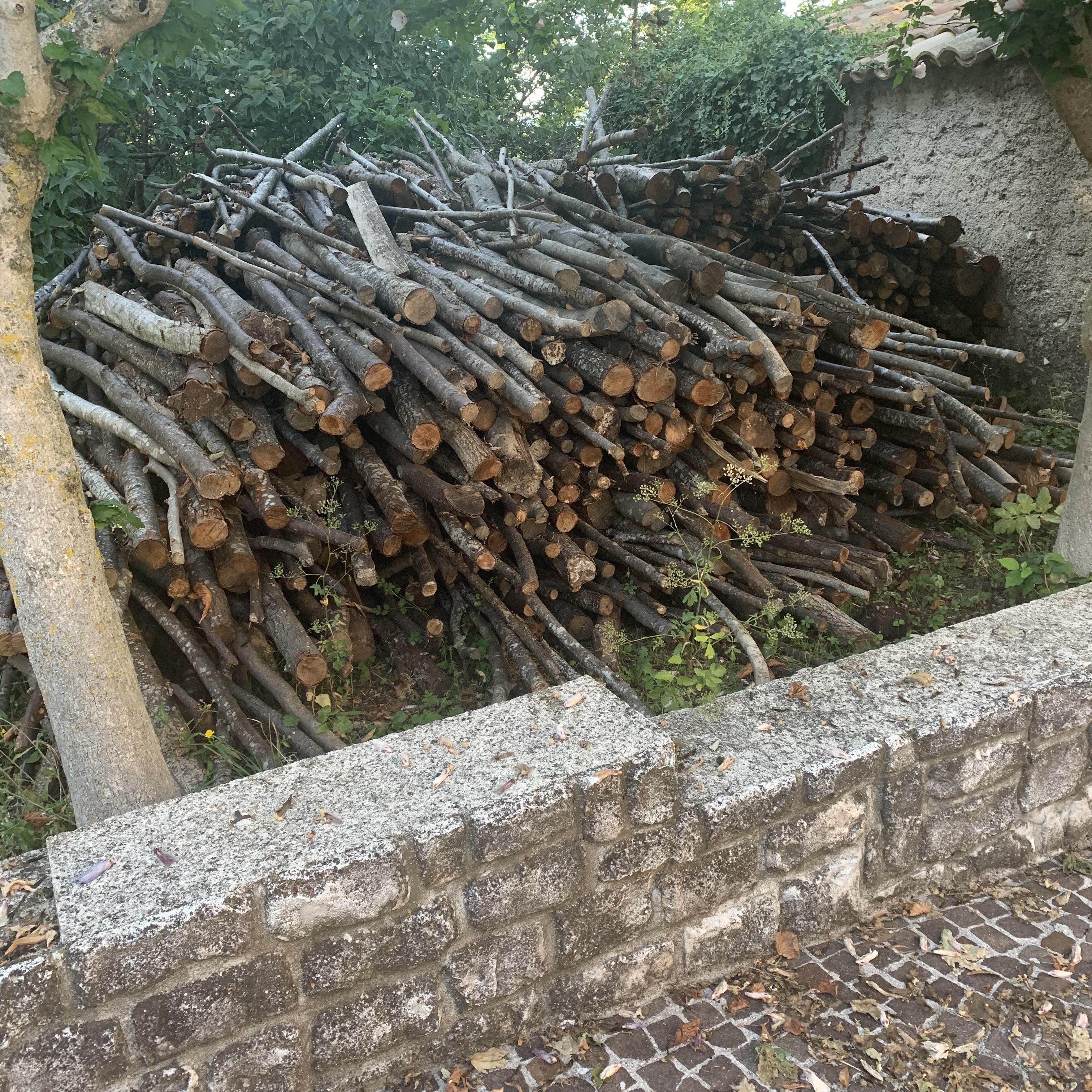
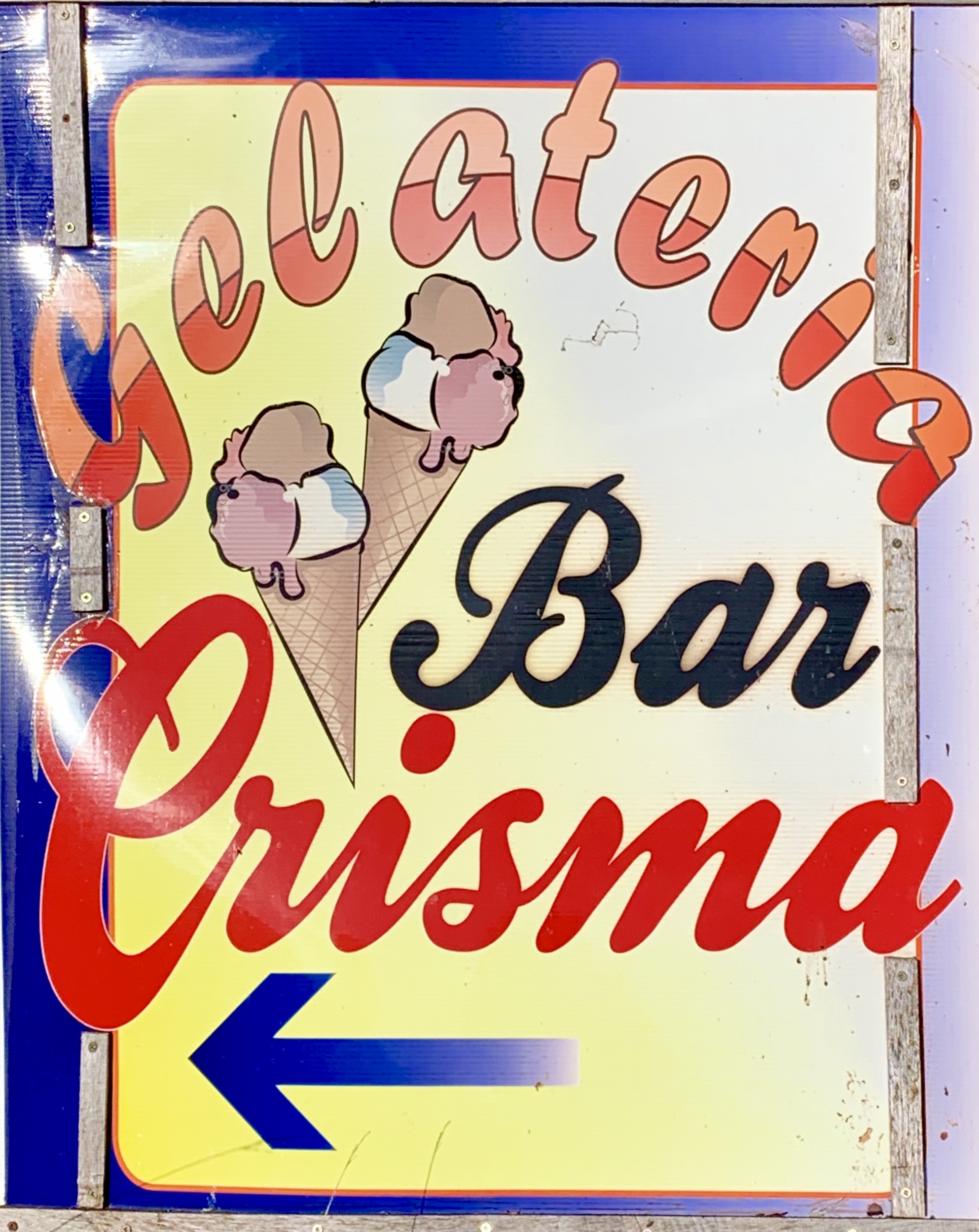
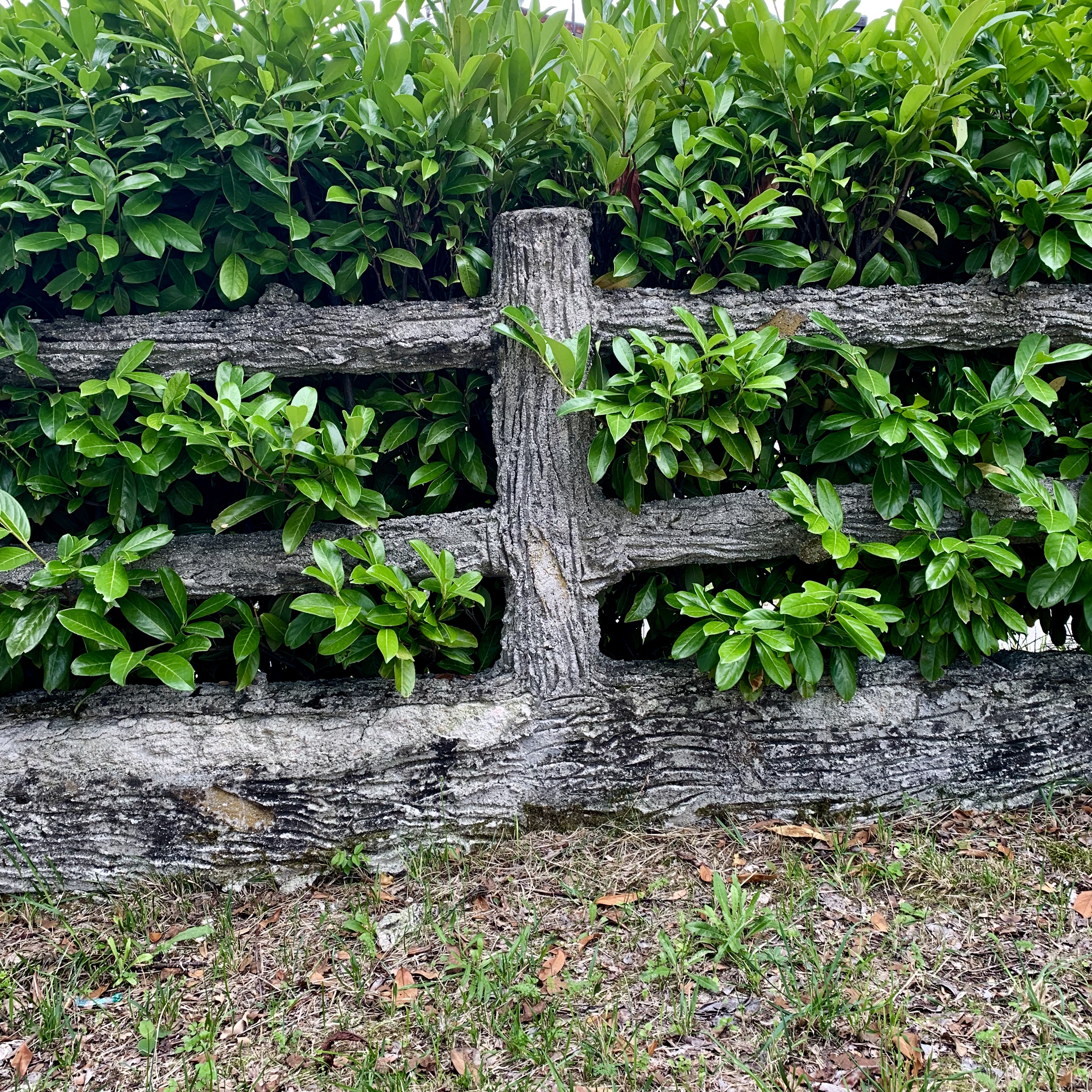
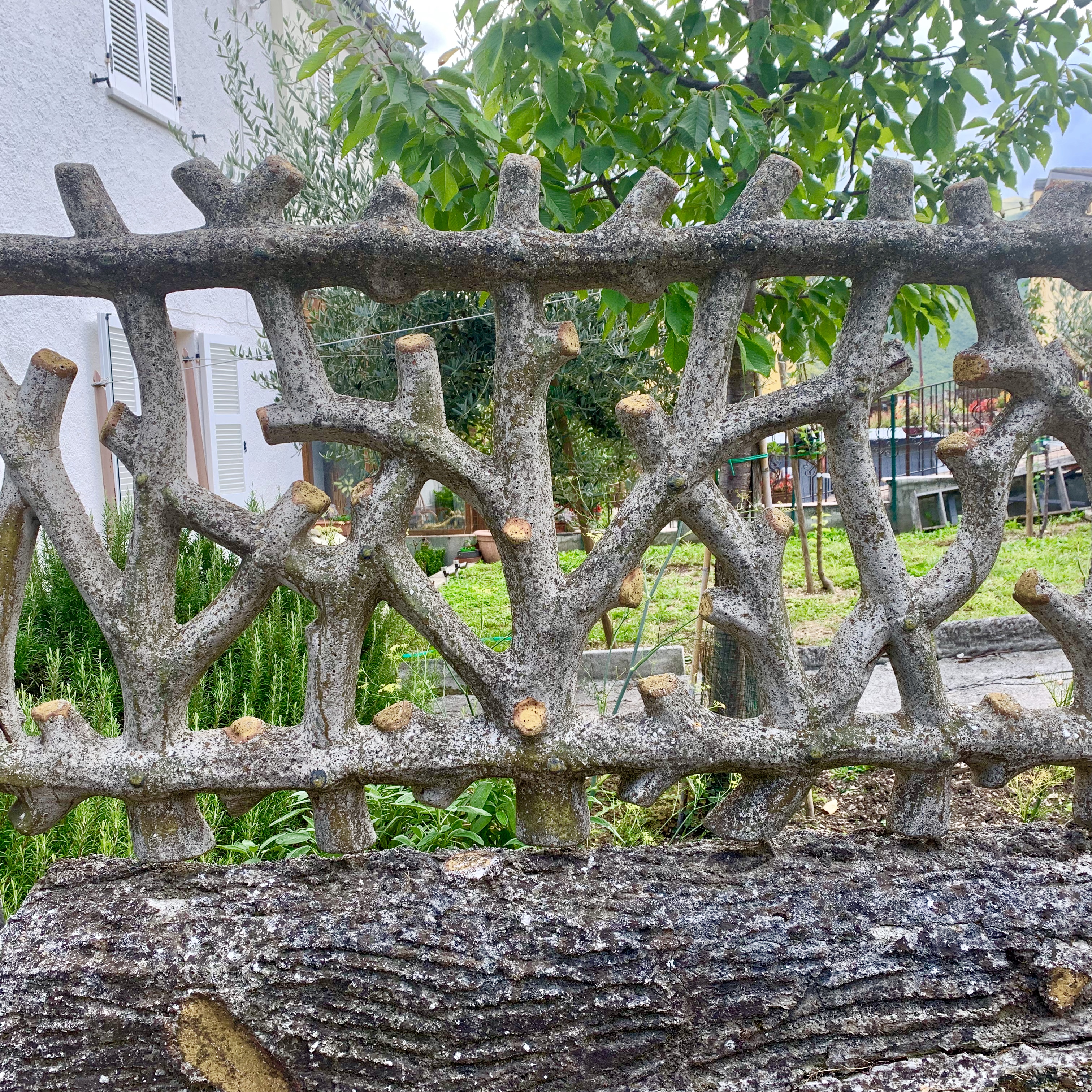
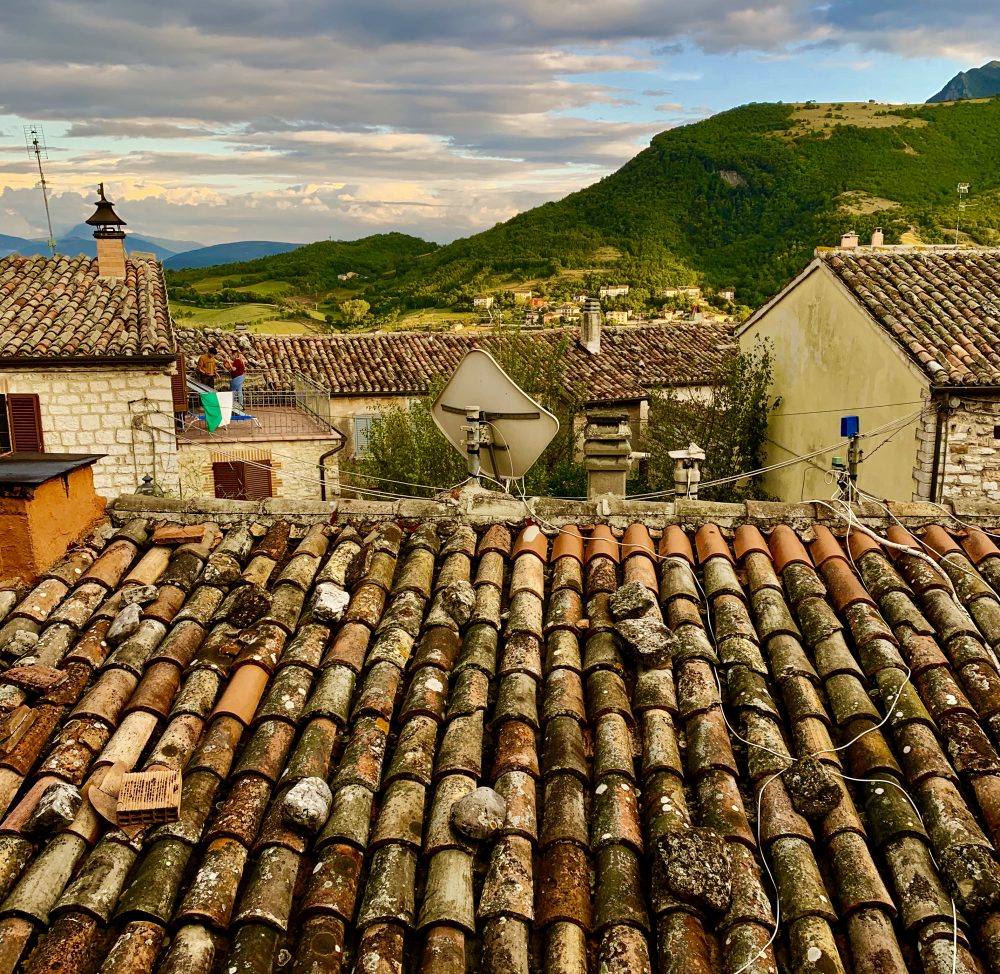
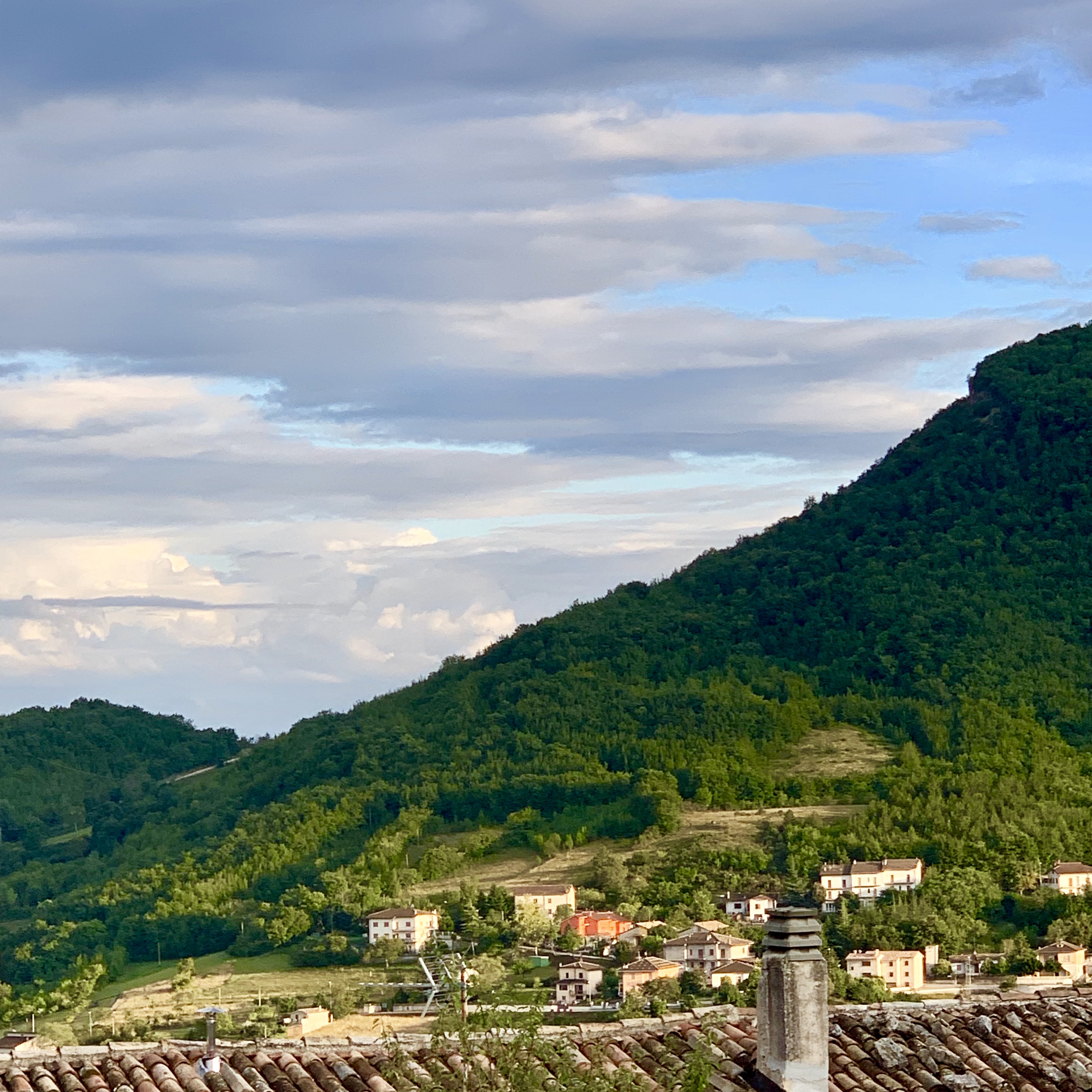
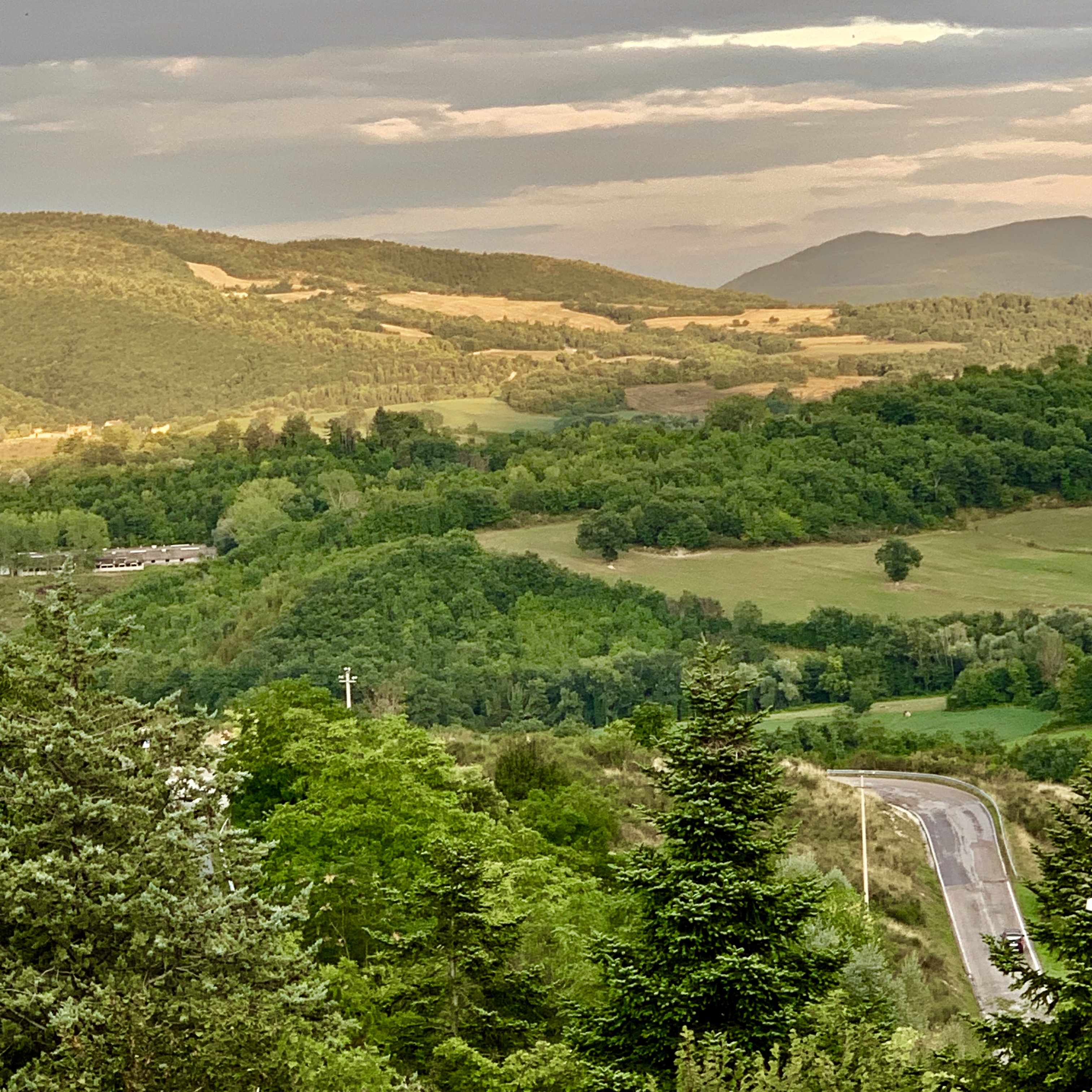
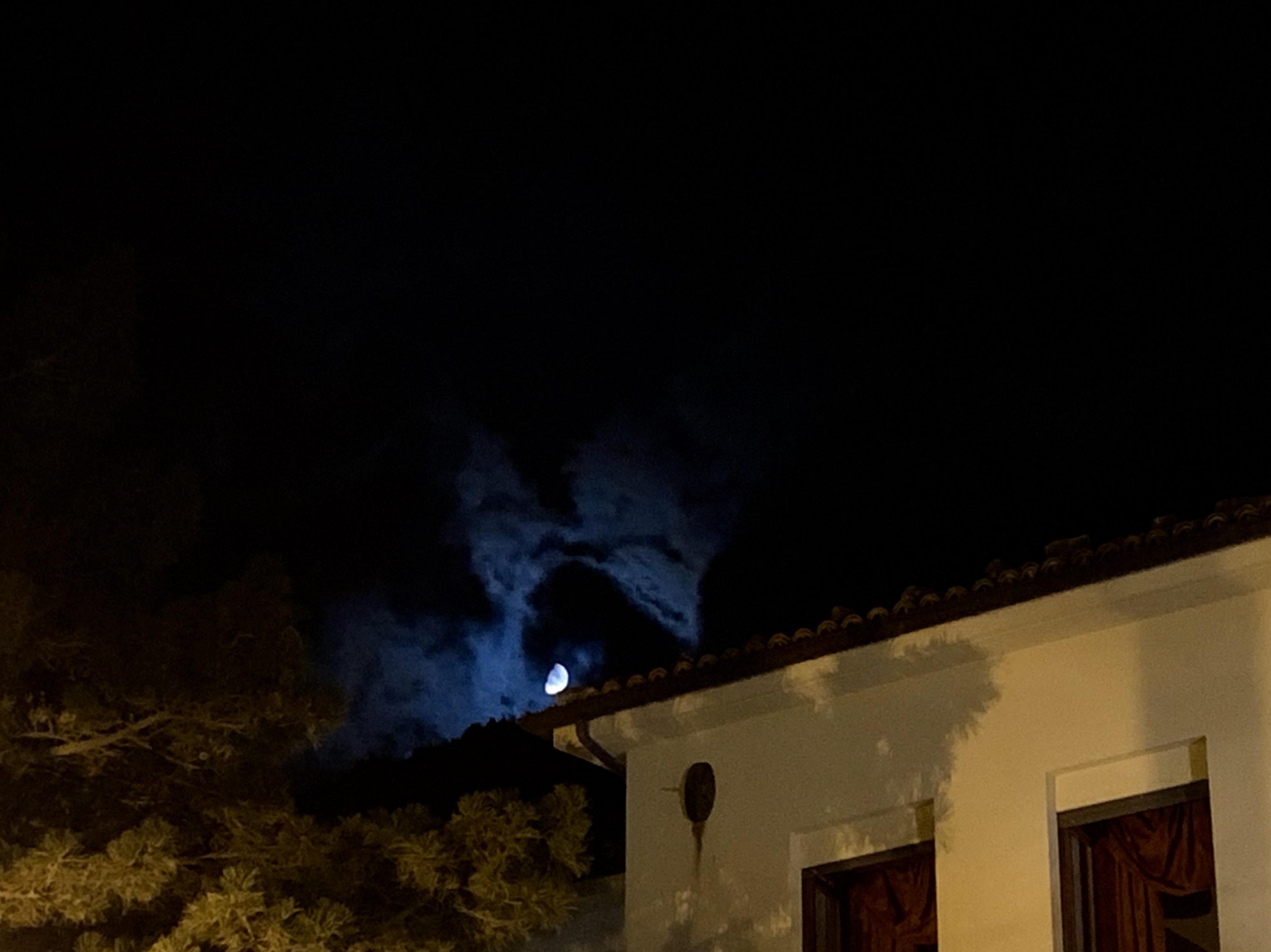
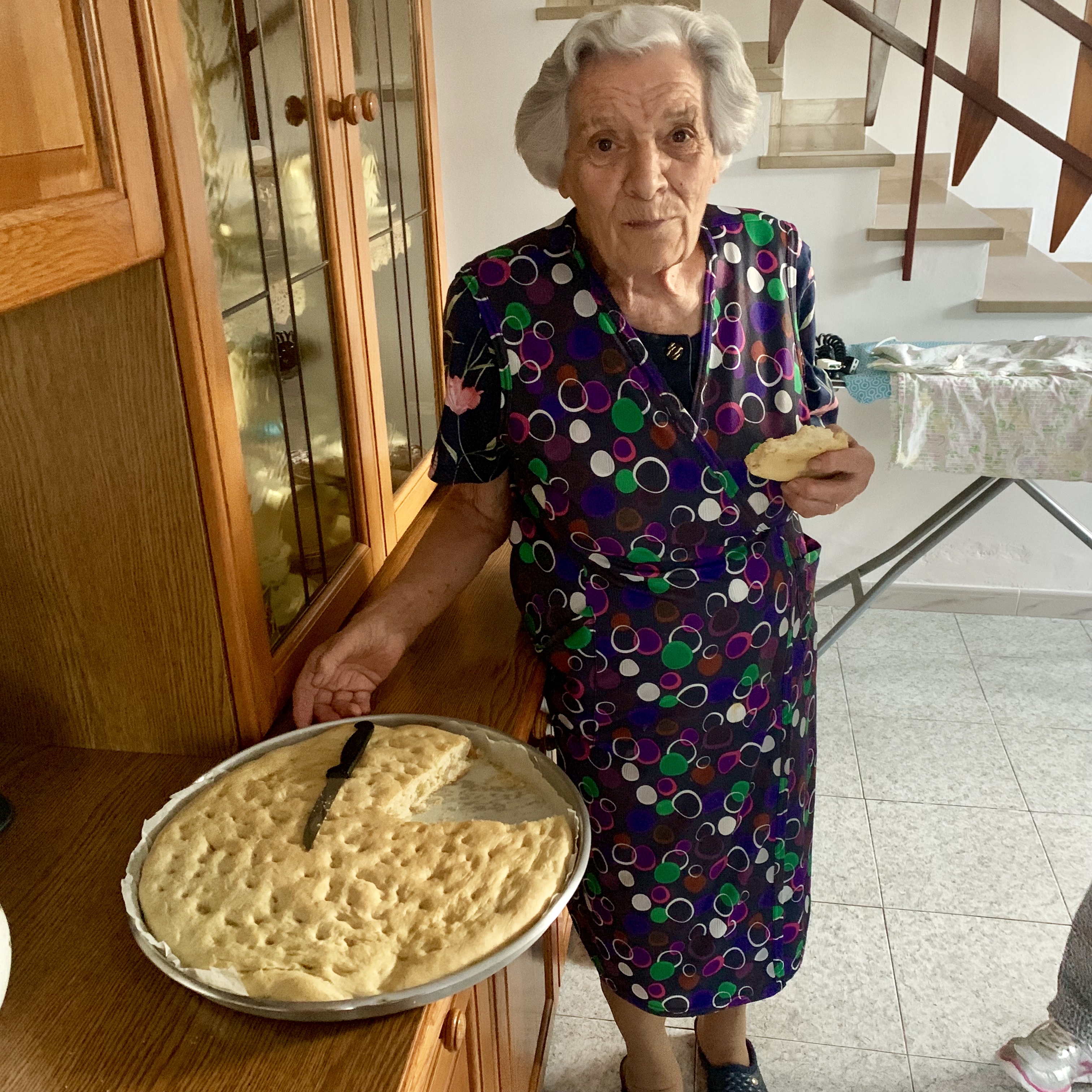
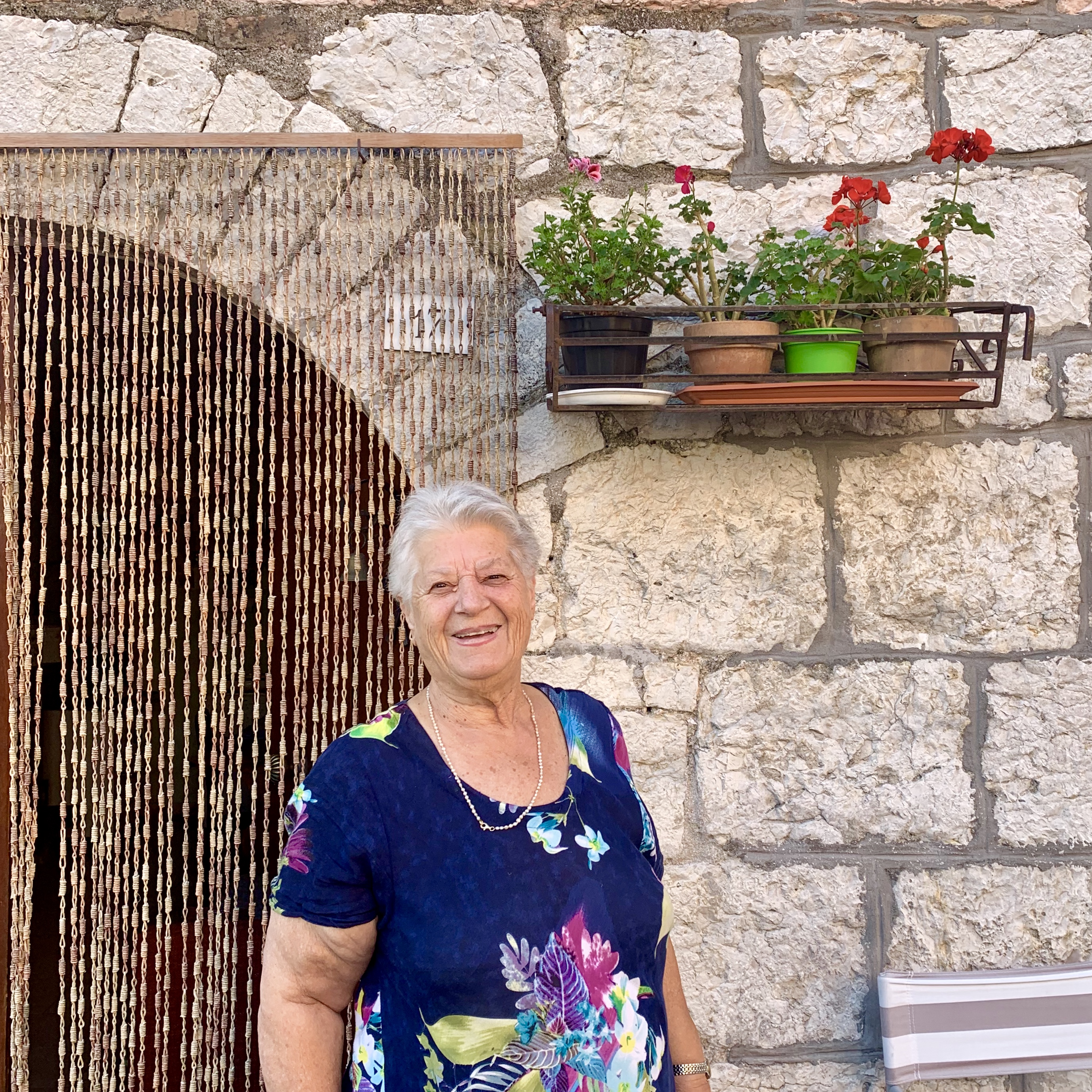
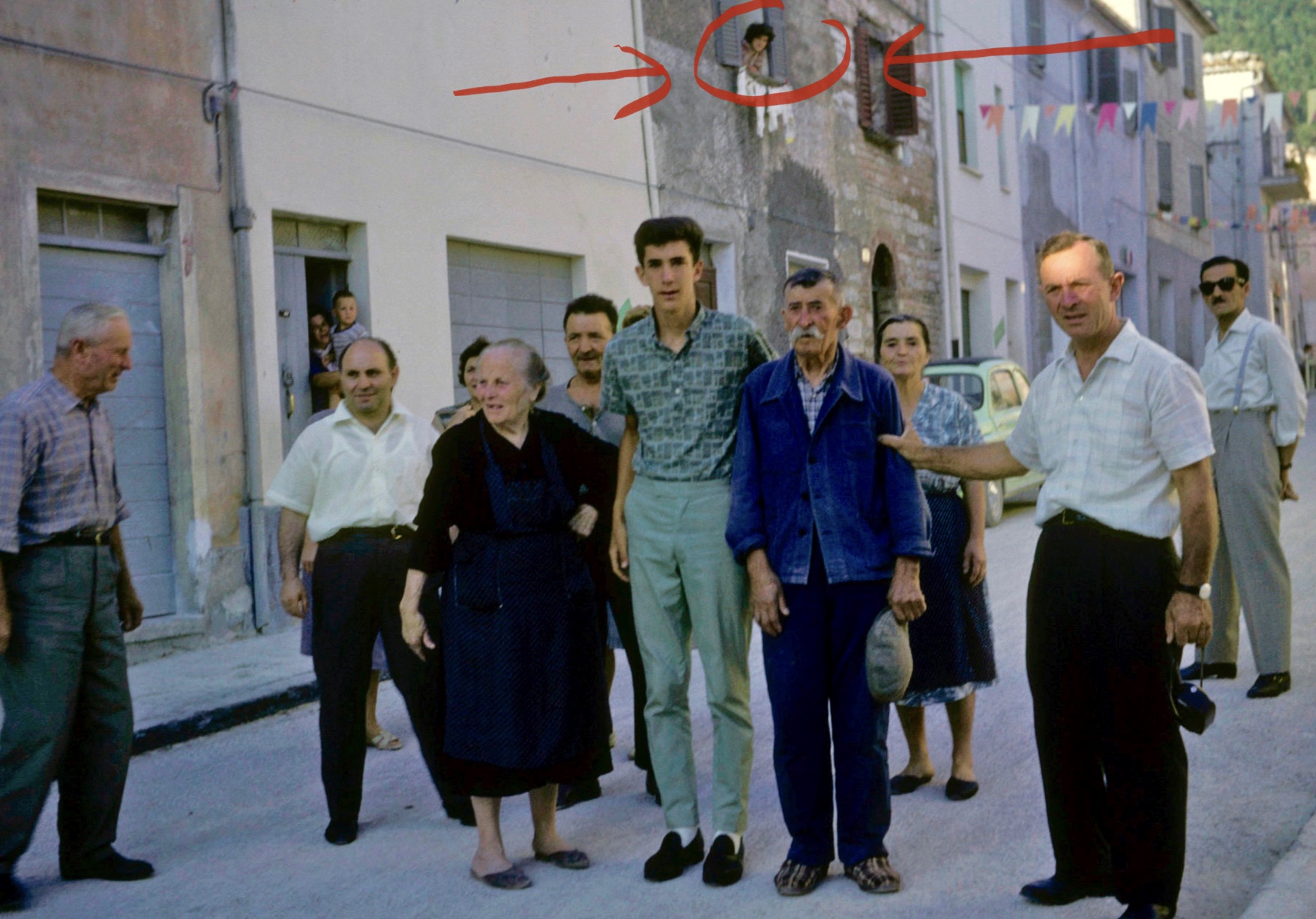
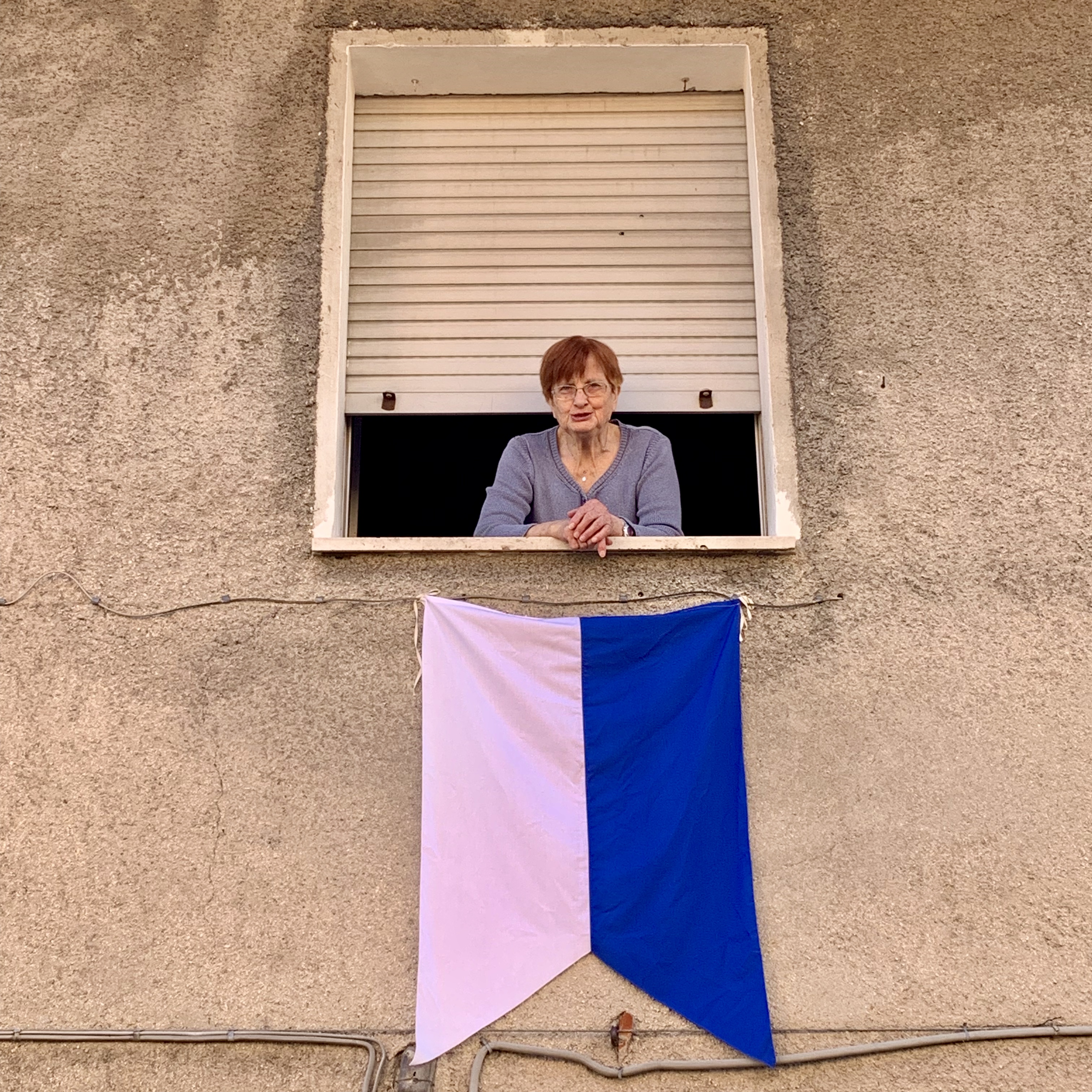
Preparations for the Palio della Rocca begin . . .






